Where Did the Towers Go?
Evidence of Directed Energy Technology on 9/11
"Directed Energy Weapons" refer to any number of types of unconventional and exotic weaponry.
The full range of these weapons is classified information, so no attempts will be made to distinguish between categories within the realm of energy weapons, as doing so would imply specific knowledge of all that are available.
In addition, no claim is be made about whether the directed energy weapon operates from a space-, air-, or ground-based platform, nor are any claims made about whether or not it involves sound waves, antimatter weapons, scalar weapons, a facility like HAARP, etc.
However, the evidence appears consistent with the use of energy weapons that go well beyond the capabilities of conventional explosives.
Wikipedia article on Directed-Energy Weapons
Although speculation about DEWs on 9/11 began shortly after the event, one of the first scientists with relevant credentials to publicly propose the DEW hypothesis was Dr. Judy Wood, a former professor of mechanical engineering.
The following material is largely from her book Where Did the Towers Go?, as well as from her old and new websites.
Where Did the Towers Go?
I. 9/11 Enigmas
II. New Nomenclature
III. Hurricane Erin & The Hutchison Effect
IV. Star Wars & Psyops
9/11 Enigmas
Some of the principal evidence that must be explained:
The Twin Towers were destroyed faster than physics can explain by a free fall speed "collapse."
They underwent mid-air pulverization and were turned to dust before they hit the ground.
The protective bathtub was not significantly damaged by the destruction of the Twin Towers.
The rail lines, the tunnels and most of the rail cars had only light damage, if any.
The WTC underground mall survived well, witnessed by Warner Bros. Road Runner and friends. There were reports that "The Gap" was looted.
The seismic impact was minimal, far too small based on a comparison with the Kingdome controlled demolition.
The Twin Towers were destroyed from the top down, not bottom up.
The demolition of WTC7 was whisper quiet and the seismic signal was not significantly greater than background noise.
The upper 80 percent, approximately, of each tower was turned into fine dust and did not crash to the earth.
The upper 90 percent, approximately, of the inside of WTC7 was turned into fine dust and did not crash to the earth.
One file cabinet with folder dividers survived.
No toilets survived or even recognizable portions of one.
Windows of nearby buildings had circular and other odd-shaped holes in them.
In addition to the odd window damage, the marble facade was completely missing from around WFC1 and WFC2 entry, with no other apparent structural damage.
Fuzzballs, evidence that the dust continued to break down and become finer and finer.
Truckloads of dirt were hauled in and hauled out of the WTC site, a pattern that continues to this day.
Fuming of the dirt pile. Fuming decreased when watered, contrary to fumes caused by fire or heat.
Fuzzyblobs, a hazy cloud that appeared to be around material being destroyed.
The Swiss-Cheese appearance of steel beams and glass.
Evidence of molecular dissociation and transmutation, as demonstrated by the near-instant rusting of affected steel.
Weird fires. The appearance of fire, but without evidence of heating.
Lack of high heat. Witnesses reported that the initial dust cloud felt cooler than ambient temperatures. No evidence of burned bodies.
Columns were curled around a vertical axis like rolled-up carpets, where overloaded buckled beams should be bent around the horizontal axis.
Office paper was densely spread throughout lower Manhattan, unburned, often along side cars that appeared to be burning.
Vertical round holes were cut into buildings 4, 5 and 6, and into Liberty street in front of Bankers Trust, and into Vesey Street in front of WTC6, plus a cylindrical arc was cut into Bankers Trust.
All planes except top secret missions were ordered down until 10:31 a.m. (when only military flights were allowed to resume), after both towers were destroyed, and only two minutes (120 seconds) after WTC 1 had been destroyed.
Approximately 1,400 motor vehicles were towed away, toasted in strange ways, during the destruction of the Twin Towers.
The order and method of destruction of each tower minimized damage to the bathtub and adjacent buildings.
More damage was done to the bathtub by earth-moving equipment during the clean-up process than from the destruction of more than a million tons of buildings above it.
Twin Tower control without damaging neighboring buildings, in fact all seriously damaged and destroyed buildings had a WTC prefix.
The north wing of WTC 4 was left standing, neatly sliced from the main body which virtually disappeared.
For more than seven years, regions in the ground under where the main body of WTC4 stood have continued to fume.
The WTC1 and WTC2 rubble pile was far too small to account for the total mass of the buildings.
The WTC7 rubble pile was too small for the total mass of the building and consisted of a lot of mud.
Eyewitness testimony about toasted cars, instant disappearance of people by "unexplained" waves, a plane turning into a mid-air fireball, electrical power cut off moments before WTC 2 destruction, and the sound of explosions.
Eyewitness testimony of Scott-pack explosions in fire trucks and fire trucks exploding that were parked near the WTC.
There were many flipped cars in the neighborhood of the WTC complex near trees with full foliage.
Magnetometer readings in Alaska recorded abrupt shifts in the earth's magnetic field with each of the events at the WTC on 9/11.
Hurricane Erin, located just off Long Island on 9/11/01, went virtually unreported in the days leading up to 9/11, including omission of this Hurricane on the morning weather map, even though that portion of the Atlantic Ocean was shown on the map.
Sillystring, the appearance of curious cork-screw trails.
Uncanny similarities with the Hutchison Effect, where the Hutchison Effect exhibits all of the same phenomena listed above.
Free-fall time of a billiard ball dropped from the roof of WTC1, in a vacuum
Start the timer when the ball is dropped from the roof of WTC1, assuming this is in a vacuum, with no air resistance (note, large chunks of the building will have a very low surface area-to-mass ratio, so air resistance can be neglected).
From the rooftop of WTC1, drop one (dark-blue) billiard ball over the edge. As it falls, it accelerates. If it were in a vacuum, it would hit the pavement, 1368 feet below, in 9.22 seconds, shown by the blue curve in the figure, below.
It will take longer if air resistance is considered, but for simplicity, we'll neglect air resistance. This means that the calculated collapse times are more generous to the official story than they need to be.
The "Pancake Theory"
According to the pancake theory, one floor fails and falls onto the floor below, causing it to fail and fall on the floor below that one, and so forth. The "pancake theory" implies that this continues all the way to the ground floor.
In the case of both WTC towers, we didn't see the floors piled up when the event was all over, but rather a pulverization of the floors throughout the event.
So, clearly we cannot assume that the floors stacked up like pancakes. Looking at the data, we take the conservative approach that a falling floor initiates the fall of the one below, while itself becoming pulverized.
In other words, when one floor impacts another, the small amount of kinetic energy from the falling floor is consumed (a) by pulverizing the floor and (b) by breaking free the next floor. In reality, there isn't enough kinetic energy to do either.
But, for the sake of evaluating the "collapse" time, we'll assume there was. After all, millions of people believe they saw the buildings "collapse."
Note that the top "block" begins to disintegrate before the damaged zone starts to move downward
WTC2, demonstrating there is little to no free-fall debris ahead of the "collapse wave."
If there was enough kinetic energy for pulverization, there will be pancaking or pulverization, but not both. That energy can only be spent once.
If the potential energy is used to pulverize a floor upward and outward, it can't also be used to accelerate the building downward. In order to have pancaking, a force is required to trigger the failure of the next floor.
If the building above that floor has been pulverized, there can be no force pushing down. As observed in these pictures, much of the material has been ejected upward and outward.
Any pulverized material remaining over the footprint of the building will be suspended in the air and can't contribute to a downward force slamming onto the next floor.
With pulverization, the small particles have a much larger surface-area-to-mass ratio and air resistance becomes significant. As we can recall, the dust took many days to settle out of the air, not hours or minutes.
So, even though the mechanism to trigger the "pancaking" of each floor seems to elude us, let's consider the time we would expect for such a collapse.
To illustrate the timing for this domino effect, we will use a sequence of falling billiard balls, where each billiard ball triggers the release of the next billiard ball in the sequence by simply passing it in space.
This is analogous to assuming pulverization is instantaneous and does not slow down the process. In reality, this pulverization would slow down the "pancake" progression, so longer times would be expected.
Thus, if anything, this means the calculated collapse times are more generous to the official story than they need to be. Billiard balls are used as timing devices because they are identical (same size, mass, surface, aerodynamic properties).
‘Progressive Collapse’ in ten-floor intervals
To account for the damaged zone, let’s simulate the floor beams collapsing every 10th floor, as if something has destroyed 9 out of every 10 floors for the entire height of the building.
This assumes there is no resistance within each 10-floor interval, i.e. we use the conservative approach that there is no resistance between floor impacts. In reality there is, which would slow the collapse time further.
Also, there was only damage in one 10-floor interval, not the entire height of the building. Thus, if anything, this means the calculated collapse times are more generous to the official story than they need to be.
The clock starts when the blue ball is dropped from the roof (110th floor). Just as the blue ball passes the 100th floor, the red ball drops from the 100th floor. When the red ball passes the 90th floor, the orange ball drops from the 90th floor, ... etc.
Notice that the red ball (at floor 100) cannot begin moving until the blue ball reaches that level, which is 2.8 seconds after the blue ball begins to drop.
This approximates the "pancaking" theory, assuming that each floor within the "pancaking" (collapsing) interval provides no resistance at all.
With this theory, no floor below the "pancake" can begin to move until the progressive collapse has reached that level. For example, there is no reason for the 20th floor to suddenly collapse before it is damaged.
With this model, a minimum of 30.6 seconds is required for the roof to hit the ground. It would take longer if accounting for air resistance.
It would take even longer if accounting for the structure's resistance that allows pulverization. The columns at each level would be expected to absorb a great deal of the energy of the falling floors. Thus, if anything, this means the calculated collapse times are more generous to the official story than they need to be.
‘Progressive Collapse’ in one-floor intervals
Similar to the previous case, let's consider a floor-by-floor progressive collapse.
The minimum time for the collapse, if every floor collapsed like dominoes, is 87-97 seconds.
‘Progressive Collapse’ at near free-fall speed
Let's say that we want to bring down the entire building in the time it takes for free-fall of the top floor of WTC1. So, If the entire building is to be on the ground in 9.22 seconds, the floors below the "pancaking" must start moving before the "pancaking" ("progressive collapse”) reaches that floor, below.
To illustrate this, use the concept of the billiard balls. If the red ball (dropped from the 100th floor) is to reach the ground at the same time as the blue ball (dropped from the 110th floor), the red ball must be dropped 0.429 seconds after the blue ball is dropped. But, the blue ball will take 2.8 seconds after it is dropped, just to reach the 100th floor in free fall.
So, the red ball needs to begin moving 2.4 seconds before the blue ball arrives to "trigger" the red ball's motion. That is, each of these floors will need a 2.4 second head start for falling -- before the "free falling" floor is triggered to drop.
But this also creates yet another problem: "the resistance paradox." How can the upper floor be destroyed by slamming into a lower floor if the lower floor has already moved out of the way?
So, for the building to be collapsed in about 10 seconds, the lower floors would have to start moving before the upper floors could reach them by gravity alone.
Did we see this? It seems pretty clear in some of the videos. The "wave" of collapse, progressing down the building, is moving faster than free-fall speed. This would require something like a detonation or destruction sequence.
Realizing that, for example, the 40th floor needs to start moving before any of the upper floors have "free-fallen" to that point, why would it start moving? There was no fire there. And, if anything, there is less load on that floor as the upper floors turn to dust.
In this picture, notice that WTC2 is less than half of its original height, yet has no debris that has fallen ahead of the demolition wave.
How could the ground rumble for only 8 seconds while WTC1 "disappeared?"
This part of the building surely took a lot longer to hit the ground as dust than it would have if it came down as larger pieces of material. Much of this paper is covered with dust, indicating that this dust reached the ground after the paper did.
There are a few tire tracks through this dust, but not many, so this picture was probably taken shortly after one (or both) of the towers were down.
If there had been a strong wind blowing the dust around, it would blow the paper away before it would have blown the dust onto the paper. So, the fact that much of the randomly-oriented paper is covered with dust indicates the relative aerodynamic properties of this dust.
In a conventional controlled-demolition, a building's supports are knocked out and the building is broken up as it slams to the ground; gravity is used to break up the building.
Here, it seems that the only use of gravity was to get the dust out of the air.
In conclusion, the explanations of the collapse that have been given by the 9/11 Commission Report and NIST are not physically possible.
A new investigation is needed to determine the true cause of what happened to these buildings on September 11, 2001.
The destruction of all seven WTC buildings and especially WTC1 and WTC2 may be considered the greatest engineering disaster in the history of the world and deserves a thorough investigation.
New Nomenclature
The 9/11 events were unprecedented. Research shows that the perpetrators used extraordinary means to conceal their modus operandi.
These facts create a need for a new vocabulary. Also, the use of generic language acknowledges that an observed process may not yet be well understood. This alternate terminology allows for the description of an observed process without unduly biasing the observed results.
Bullet holes, donuts & Blender
Dustification: General catch-all term of turning the building into dust
Energized clouds and rolling clouds
Nanohaze: looming dissociated material
Poof, poofing, poofed: Dustification of the WTC in a very short amount of time
Smoke rings: Segmented puffs of smoke, unnatural for "regular fires"
Toasted lot and toasted cars: Generic term for the odd destruction seen on vehicles, but is not limited to vehicles. A "toasted" vehicle means, "that vehicle is history; it's toast." It's a general term for an unknown process and does not necessarily imply heat.
Wheatchex: Sets of three outer columns connected by spandrel belts and look like "Wheatchex"
"Shaving cream" energy-level shooting up from an opening
The Snowball: A minute before this photo was taken from the southeast of the WTC complex, WTC2 (110 stories) would have been towering over Bankers Trust (40 stories).
Bankers Trust (BT) is the black building across the street from WTC2, and is between WTC2 and the camera. The building in the distance is WTC7 (47 stories).
The whitish mass of debris is round like a "snowball" and appears to be about all that is left of the upper 2/3 of WTC2. The lower 1/3 appears to still be intact with a little material having fallen below the snowball. This implies that the "snowball" phenomena has been progressing down the building faster than free-falling objects would travel in air.
Essentially no material has fallen below the snowball. There is no building above the snowball. Nearly 2/3 of the building is missing. It is hard to believe that the snowball is large enough to contain all of the missing material.
The Bubbler: This view of WTC1 (from the northeast) looks like a "bubbler" of dust. This does not look like a "collapse." Material is being launched upward and outward. The whitish material arcs over and begins to fall downward while the southern portion (away from the camera) appears to shoot straight up.
WTC6, an 8-story building, towers over the "rubble pile" remaining from WTC1 and 2. We know this photo was take before noon on 9/11/01. WTC7 can be seen in the distance. The Verizon Building is at a distance on the left.
This is a view from West Street, looking east across the remains of WTC1.
FEMA entered this photo on 9/13/01, which is the earliest date for any posts for the 9/11 event. Other photos they have for 9/13/01 show much more people and equipment present. So, it is believed that this photo was taken on 9/11/01, but entered into their files on 9/13.
Smoke from the towers blows to the southeast and travels along a fairly horizontal path. It is not blowing up and it is not blowing down. It is blowing out over Brooklyn.
After the towers are destroyed, the dust cloud rolls along the ground and some of it moves upward. It does not appear to be moving horizontally or downward. The southeast tip of Manhattan is covered in white dust.
A view from the northeast - There is a segmented appearance to these clouds.
Again, note the two-toned coloration.
The cars in the parking lot get covered in dust, but do not become toasted with the destruction of WTC2.
WTC1 is still standing, so this is cloud is flowing from WTC2.
Toasting vehicles at the car park - The cloud from the destruction of WTC1 rolls toward the parking lot.
The cars in the lot at the far right, in front of the red building, are not on fire.
The cars in the lot are still not on fire as WTC1 is destroyed
West Broadway is the street just to the left of WTC7 and runs top-to-bottom in this photo. A particularly energetic dust cloud rolls down West Broadway, ahead of the other ground level dust clouds.
This is the cloud flow from the destruction of WTC1. The white dust that is already on West street was left by the cloud from the destruction of WTC2, 30 minutes earlier.
WTC1 has just been destroyed and the ground-level dust clouds have somewhat cleared the area north (to the left) of the WTC complex.
Black smoke can be seen rising from the car lot. Whitish and faint dust clouds can be seen rising from Barclay Street, just behind WTC7. Stronger dust clouds are rising from in front of WTC7 (to the right) along Vesey Street and streets east of the WTC complex.
West Broadway, after the dust has cleared
Burned out cars and bus along West Broadway - Consistently, they seem to have missing door handles, and the gas tanks don't appear to explode.
West Broadway, with WTC5 fire at end - This is likely just before WTC7 was destroyed.
Notice how empty the streets are, while they are flooded with water and lots of fire hoses. Obviously the water lines weren't busted! The traffic light in the distance appears to still have power.
The Cloud chase
A view west along Vesey Street
We didn't see or hear of any streets filled with burned bodies. So, these clouds are likely not hot.
This is a view north, across Pine Street, which is parallel to Liberty Street and a block or two south of Liberty Street.
A view south along West Broadway Street from about the Chambers Street intersection
Fuzzyblobs
This looks like a "slot" is down the middle of West Street which is probably a ramp to an underground parking garage. There are several "fuzzyblobs" of blue-gray haze which appears to be a harmful material.
A firefighter near the right side of the photo is holding his nose, showing us that he senses and unusual odor. The fuzzyblob behind the yellow cooler drapes down over the concrete wall. The firefighter rubs his eyes while leaning on the wall, just in front of the cooler. Another firefighter runs toward the cooler (or away from what is behind him) with urgency.
There is a firefighter slumped over, down on the left side of the slot and he doesn't look very good. The firefighter closest to him looks concerned as he approaches. Just behind the concerned firefighter is another fuzzyblob. What is this material?
Trees
A fellow wearing a blue hard hat (and sleeveless shirt) stands down on the right side of the slot and looks over at the slumped-over firefighter with concern. Nothing about this scene is familiar to these firefighters. That is, a lot of strange things are happening, here. And why are the trees missing their leaves?
This is a view south from the intersection of Barclay and West Broadway.
WTC7 is to the right and WTC5 is the burning building on the left at the end of the street. The Postal Building is on the left. The Postal truck on the left side of the street nearest the camera appears fairly "eaten up" on its left side, while the Postal truck on the right side of the street appears to be undamaged. The Postal truck on the left has a fuzzy blob under its left rear bumper.
A toasted mail truck faces westward, parked behind the Postal building on Barclay Street
City Hall Park can be seen in the distance, across Church street. This damage does not appear to have been caused by a "normal" fire. There is no obvious sign of burned paper. The appearance of the back wheel area of the mail truck looks as if something radiated outward from the wheel.
It is very unlikely this mail truck was hit by debris, unless this debris did not follow the laws of physics and made several right-angle turns along its path to the mail truck. Curiously, the mail truck parked behind it looks OK.
Note the many leaves on this tree, as well as the light pole that looks discolored.
The discolored light pole on the left side of the previous photo can be seen between the fireman in the foreground and the pole he's holding. The top of that light pole is just to the left of his hat.
The car parked to the right of the tree appears to be the same car to the right of the tree in the previous figure. However, that tree appears to have fewer leaves.
It is not clear which tree this is. But, it is not doing well.
Venting & Fuming
What is in this cloud of fumes rising from the WTC site?
This is a satellite image captured on 9/12/01.
It appears that the cloud emerging from the WTC site stays together until it reaches a particular altitude where it begins to just disperse. There appears to be a kink in the cloud trail where this occurs.
Photo taken from the ISS
9/13/01 entered, likely from 9/12/01
WTC3 - Where did the building go?
No longer "venting," this pile is now just "fuming."
Most of WTC3 disappeared during the destruction of WTC1. The pedestrian walkway over the West Side Highway was connected to something that is no longer there. The remains of WTC2 can be seen near the center of the photo and the remains of WTC1 are partly visible in the lower right corner.
The toasted lot burns. Curiously, it's upwind from the WTC.
"Fuming" from the cars can be seen up West Street north of the WTC complex. The toasted lot is in front of the building to the right.
It appears that there are no cars on fire at the right side of the car lot. What was fuming in the previous photo?
Whoops! I guess that's molten metal under the sidewalks...
More fuming: 1, 2, 3, 4, 5, 6, 7
Nanodust: There does not seem to be a very wide distribution of dust size.
The Dirt
Street cleaning began within 24 hours of 9/11.
Streets and sidewalks can be scrubbed.
Lawns cannot. Perhaps this explains why they appear to have dumped fresh dirt on top of the dust in the "front yard" of WFC2, as it would cover the "fuming" dust.
A week later, they appear to have scooped it up and hauled it back out.
Why were the remains of this fire truck sprinkled with what looks like moist potting soil?
Clearly it didn't suffer from an out-of-control fire in these places. The paint above the tire does not look heat affected.
Why is dirt sprinkled on top of the beams?
Those pipes on the ground have a lot of rust! They are located near center of photo, between the two guys in the foreground. If they were looking for human remains, why would they dump dirt on it?
Who put all that dirt under where these guys are standing?
This "dust" looks like fine talc.
Why would there be dirt sprinkled on top of the rubble pile?
Why would there be dirt on top of the plaza?
This was the pedestrian walkway over West Street, between WFC3 and WTC6. Why would it have a huge amount of dirt in it?
Why, more than two weeks later is the dirt pile in front of (the former) WTC3 bigger?
Perhaps the addition of dirt helped the pile appear to grow larger after 9/11. Does fire cause instant rust?
Clean wrinkled beams now get dirt dumped on them
On 9/12/01, Giuliani said:
We were able to move 120 dump trucks out of the city last night. So it should give you a sense of the work that was done over night. And so, some of the debris has already been removed. More of it is being removed, and it will be done by barge all throughout the day today.
From 9/27, these four yellow dump trucks are heading south on West Street, toward the WTC complex. Each of the dump trucks carries a uniform load of what appears to be dirt.
This appears to be dirt being trucked away from the WTC complex.
Why is so much dirt coming and going? The four trucks ahead of the green one carry a uniform load of what appears to be dirt.
The large truck headed south appears to be hauling dirt.
WFC1, immediately after the event
Then, a few days later, the front yard of WFC1 appears to have fresh dirt on it.
The windows have round holes in them. They are double-paned windows, but the two windows do not show the same damage. In some cases, the inner window is intact while the majority of the outer window is missing. The marble-facade around the doorway is completely missing. The remaining building facade does not appear damaged.
Then, yellow bulldozers appear to be scooping up and removing all of the dirt from in front of WFC1.
Looking east, through the core of WTC1, there is still fuming from the wet dirt.
Note the puddle in the foreground...What molten metal?! There are pools of water under a rainbow.
Why are they still hosing down the "pile" in March 2002?
There appears to be dust still rising from the pile. Why? And why is there so much dirt, still?
The southeast corner of big bathtub is in the background. Why are they hosing down the dirt pile?
The southeast corner of the big bathtub again
Nanodust rises from the dirt pile. The workers are wearing respirators, not simple dust masks, six months after 9/11. The dust or nanohaze is very fine and does not settle out like regular dust would behind a vehicle on a dirt road. The policemen apparently are sifting through debris, looking for body parts.
Lathering Up
WTC2 blowing "smoke rings" while WTC1 spits out "sillystring"
Immediately after WTC2 was destroyed, WTC1 was lathered up. With the distraction of WTC2 going poof, perhaps they were hoping folks wouldn't notice?
These firefighters recognize there is something peculiar with this event.
Why is WTC1 lathering up? And why is WTC7 also lathering up?
This is Church and Reade, looking southward. It appears that WTC2 was just destroyed as the street is not yet coated with powder. Later photos of this area show a fine whitish dust coating the street.
The phenomenon shown in this image is a reminder of "silly string.”
Something analogous to "silly string" appears to emerge from the upper mechanical floors of WTC1.
The intermittent black fumes coming from WTC1 are a reminder of the smoke rings blown by a smoker. Normal fires don't do this.
Once upon a time...
Once upon a time, there was a building called WTC7, and then it went away.
It didn't even spill onto adjacent streets.
Looking West over the site of where WTC7 stood
The water shooting out of the Verizon building does not cause steam. The appearance of "steam" is where there is no watering of the pile.
Looking over the WTC7 pile from a window of the Verizon building
Note the dirt. This looks more like a Dagwood Sandwich than a "building collapse."
Looking eastward at the WTC7 pile from Barclay Street
The US Postal Building is in the background. Where did all this dirt come from?
Another view of the WTC7 pile from Barclay Street
That's not a small amount of dirt! The dirt piles are taller than the people wading through the dirt piles. What are they doing?
A view looking westward from Vesey Street
The Verizon building is in the background. Where did all the dirt come from?
A view of the WTC7 dirt pile from Barclay Street
"Toasted" Cars
One of the most mysterious and unexplained categories of phenomena that occurred around the WTC complex on 9/11 was that of the "toasted" cars.
The term "toasted" refers to condition, rather than cause, and is derived from the casual phrase "It's history, it's toast," meaning it is unsalvagable.
Although some of the cars did appear to have burned, paper right next to them did not. Some appeared to have wilted, as if subjected to high heat, while their plastic trim remained unaffected.
Some vehicles appeared to have burned on the inside but not on the outside. Vehicles were reported to have exploded and burst into flames by spontaneous combustion, and others were described as "half there and half disintegrated." Some vehicles were flipped upside down yet appeared relatively undamaged.
A reported 1,400 vehicles were damaged on 9/11, some of them as far away as the FDR Drive, about seven blocks from the WTC, along the East River.
These vehicles showed peculiar patterns of damage. For example, some vehicles had missing door handles or blown out windows; the window frames of others were deformed, their engine blocks disintegrated, their steel-belted tires left with only the steel belts remaining, while in other cases the front ends of vehicles had been destroyed while little or no harm had been done to the back ends.
Damage of these highly varied and extremely mysterious kinds cannot be explained by falling debris, jet fuel, conventional fires, or even thermite. What could have caused these kinds of damage?
Peculiar wilting of car doors and deformed window surrounds on FDR Drive
Notice the dust-covered car in front of and behind the toasted police car
Notice the two dust-covered cars under the bridge
How did the dust fall there? Obviously there were strong enough air currents to put it there.
Toasted cars in a lot near the WTC
Blistered car on FDR Drive with unburned upholstery and unburned plastic window molding
Front half of a car burned with a shiny, unburned rear end
What burned and dragged these cars and mangled the left rear wheel? Where are the door handles?
What was this thing across the street?
Was it a car? Was it a van? What caused that line of burn marks on the hood of the car in the foreground on the right? In the left foreground, the remains of a vehicle sit atop a white sedan. Are we looking at the front or the back end? It looks like the front end and if it is, its engine is missing. We can see daylight through the wheel.
Many vehicles had their outer surface peeled away like a sardine can. In some instances, clearly there is more than peeling paint was involved.
It appears that the sheet metal delaminated as though something caused the material to melt or disintegrate at a certain depth. In some cases it appears that there was more heat damage inside than outside and vice versa.
What happened to the axles, wheels, and tires?
On the doors, it appears that a heavy layer of paint peeled down from the top, yet the paint on the lower part of the doors has not been peeled away. How did the wheel get under the rear suspension?
The SUV on its right is missing all its window glass except for the windshield. The vehicle on the far right has no trace of tires, no door handles, no tail lights, and no windows. Why?
Why does this ambulance have melted inside doors?
The inside looks to have suffered more heat damage than the outside. What would cause that?
These pictures document a wide variety of damage to vehicles, including total incineration of vehicles, toasted and disappeared engine blocks, steel-belted tires with no rubber and only steel belts, deformed wheels, missing grills, broken and missing vehicle windows and mirrors, no door handles, wilted doors, and unburned paper next to burning cars.
Where did its engine go? The bottom of the tire has turned to goo below a distinct horizontal line in the tire.
A FDNY Hazmat truck in front of WTC6 on West Street
The remaining upper part of the truck has been peeled and evaporated in areas. The upper part of the cab is gone and the engine block seems to have disappeared. The photo was taken on 9/11 after WTC1 disappeared but before WTC7 collapsed
Why would the front of this fire truck wilt?
Is there something attractive about engine blocks? Why not gasoline fuel tanks?
The mail truck parked on the left side of the street looks burnt.
Why? The building on the left is the USPS Federal Building and on the right is WTC7. WTC5 is on fire at the end of the street. Why? If this area is hot enough for spontaneous combustion, why isn't the paper on fire? The cars on the right side of the street are also toasted.
A burned out SUV with missing windows and toasted front end is parked in front of WFC2 on West Street but will not be moving under its own power.
Cars along FDR drive were randomly toasted
These cars are at least 1/2 mile away from the WTC. Note the waviness of the tire tracks. What happened?
Wheels appear to have steel-belts from the tires still on them
The remains of a steel-belted tire without the rubber
The front end of this FDNY car is toasted and mildly deformed, while the door appears undamaged and the window glass is intact. The debris on this car suggests it was near the WTC.
While the bodies of these toasted vehicles still exist, they've been incinerated. All of the softer materials inside and out have disappeared.
This Toasted Interior was consumed except for the fire extinguisher.
The front half of car 2723 is toasted, but check out the new wax job on the back.
Notice the missing front door handle and the untouched back door handle.
What happened to the top half of car 1250? The doors are crinkled up, but the rear tire looks OK.
There is extensive damage to the front of car 2723, including no door handle on the driver's door. There is an unusual, unburned circular area on the rear door.
Hurricane Erin & the Hutchison Effect
Hurricane Erin: A Manufactured Storm
Is there a connection between the “Field Effects” associated with hurricanes and energy effects involved in destruction of the World Trade Center complex on 9/11?
Hurricane Erin was "born" on about September 1st, 2001, and traveled up towards New York City. Hurricane Erin was the closest to NYC on 9/11/01 and was the largest on this date (although wind speeds were greater the day before). Close-ups from photos of Erin on 9/11 clearly show the plume of material from the destroyed WTC.
Although Hurricanes Katrina and Erin were of comparable size (Erin was bigger, by most measures), the media reported very little about the potential risk Erin posed around the time of 9/11, compared to what was reported regarding Katrina – even before Katrina made landfall.
The development of “super cell” storms and their structure is similar to that of a Tesla Coil (used to create high voltage electrical discharges). The electrical properties of large storm systems may have some similarities to those of Tesla coils and there is a possibility that technology exists to utilize or manipulate the energy in these storm systems for “secondary” purposes.
Hurricane Erin on September 11, 2001
Hurricane Erin track - Hurricane Erin was the closest to NYC on 9/11/01. Why didn't we hear about this in the morning news?
Weather stations on 9/11 reported rain and thunder at JFK airport. They don't mention wind direction or that the wind shifted direction by 180°.
Where is Hurricane Erin?
Erin looks in on NYC on 9/11/01
Hurricane Erin, headed for New York City, viewed from space on 9/10/01
The International Space Station (ISS) passed over this storm system on multiple orbits.
The crew of the International Space Station (ISS) can see “terrorist carnage” in NYC on 9/11/01, but can't see a hurricane that was there, too? They passed directly over NYC on only one of their 90-minute orbits, but passed over or nearby Hurricane Erin on multiple orbits.
The day before 9/11, the Erin was a distance away from NYC and Cape Cod. The east coast was under a band of cloud cover that dissipated by the next morning.
Hurricane Erin on September 6, 7, 8, 9, 10 and 11
Best track for Hurricane Erin, September 2001
Track during the extratropical stage is based on analyses from the NOAA Marine Prediction Center.
Hurricane Erin track - According to the Canadian Hurricane Centre (CHC), Hurricane Erin entered the "Response Zone." A hurricane in this zone should presumably trigger a "response."
Erin was the third of a series of four "interrupted track" tropical cyclones during the 2001 Atlantic hurricane season. After re-forming, it strengthened to a category three hurricane on the Saffir-Simpson Hurricane Scale, just to the east of Bermuda.
NASA Makes A Heated 3-D Look Into Hurricane Erin's Eye
Hurricane Erin raced across the North Atlantic and along the eastern seaboard in September 2001. She was used as an experiment for a study to improve hurricane tracking and intensity predictions, allowing meteorologists to provide more accurate and timely warnings to the public. Studies show that temperatures measured at an extremely high altitude collected from a hurricane's center or eye can provide improved understanding of how hurricanes change intensity.
Hurricane Erin was analyzed during the fourth Convection And Moisture EXperiment (CAMEX-4), which took place from August 16 through September 24, 2001. The mission originated from the Naval Air Station in Jacksonville, Fla. The mission united researchers from 10 universities, five NASA centers and the National Oceanic and Atmospheric Administration. CAMEX-4 is a series of field research investigations to study tropical cyclones & storms commonly known as hurricanes.
Twenty instrumented packages, called dropsondes, were dropped into Erin's eye by two NASA research aircraft (the ER-2 and DC-8). The special packages included instruments that mapped temperature patterns. For the first time, researchers were able to reconstruct the structure of the eye in three dimensions from as high as 70,000 feet, down to the ocean surface, in great detail.
HURRICANE ANOMALIES
Stab Wounds
Hurricane Andrew stab wound (1992)
Levitation
How did this car get here? Why is the fence still vertical?
None of these three silver cars appear to have tumbled. The silver car on the far left appears totally unharmed. The silver car on the right appears to have a broken back window, but no other damage.
2002 supercell in Oklahoma vs. Tesla coil
Tesla Coil with an "eye" in the center
Anatomy of a hurricane 1, 2 and 3
A controlled environment? Hurricane Erin, September 1-17, 2001
Pressure, wind speed, and relative distance from NYC - 9/9/01 - 9/12/01
Magnetometer Readings 1, 2 & 3
9/11 and the Hutchison Effect
Scientists See WTC-Hutchison Effect Parallel
Photographic and video evidence suggest that the World Trade Center towers were destroyed using Directed Energy Weapons (DEW). Many of the observed effects resemble those seen in John Hutchison’s experiments.
John Hutchison is a Canadian inventor and experimental scientist who has been working with “field effects” for almost 30 years. The Hutchison Effect is a collection of phenomena discovered accidentally by John Hutchison in 1979 during attempts to reproduce the work of Nikola Tesla.
Hutchison uses radio frequency and electrostatic sources. The Hutchison Effect occurs in a volume of space where the beams intersect and interfere. The results are levitation of heavy objects, fusion of dissimilar materials such as metal and wood, anomalous melting (without heating) of metals without burning adjacent material, spontaneous fracturing of metals (which separate by sliding in a sideways fashion), and both temporary and permanent changes in the crystalline structure and physical properties of metal samples.
Hutchison has reproduced his experiments many times and the results are recorded on video and have been included in a number of TV documentaries that focus on unusual scientific experiments. Hutchison’s metal samples have been repeatedly tested by scientists, including a group at the Max Planck Institute in Germany, confirming Hutchison Effects.
Hutchison has suggested that the techniques he has discovered and developed have been further refined by places like Lockheed Skunkworks, S.A.I.C. (Science Applications International Corp.), and also by perhaps other defense companies.
Some of the effects and events seen in the vicinity of the World Trade Centre can be compared to the observed characteristics of the Hutchison Effect. These include:
Weird Fires - The fires seen near the badly damaged cars do not seem to ignite nearby office paper. Some photos show firefighters walking very close to or even through the fires.
Bent Beams and “Jellification” - Samples that Hutchison produced show very unusual effects on metal. Sometimes the metal “jellifies,” turning soft and losing form, leading to severe bending or fracturing of the sample. Sometimes samples erupt from the center and sometimes they turn to dust, similar to what happened to the WTC on 9/11.
Ongoing reactions - Hutchison’s samples often show an ongoing reaction, even after the energy field is removed. This “non-self-quenching” reaction seems to occur at the nuclear level. This also appears to be happening at Ground Zero (GZ).
Transmutation - Sometimes materials subjected to the Hutchison Effect seem to change at a molecular or even atomic level. This could be the explanation for the apparent rapid rusting at GZ, where steel rusts like iron. Also, some photographs show unusual effects on the aluminum cladding used on the twin towers that look similar to effects produced on Hutchison’s aluminum samples.
In some of his experiments, Hutchison observed “spontaneous combustion” where “fires appeared out of nowhere.”
He also confirmed that Col. John Alexander and others from the U.S. military visited him in 1983 and filmed his experiments with a team from Los Alamos National Laboratories (LANL). Canadian MP Chuck Cook and Dr Lorn A Kuehne of the Canadian Security Intelligence Service (CSIS) contacted him in 1986 and told him his work was “a matter of National Security.”
Asked about ongoing dirt removal and hosing down at the WTC complex (for years), Hutchison commented, “I think there is an ongoing reaction or ‘infection.’”
The damage done to the Bankers Trust (Deutsche Bank) building was repaired, but then they decided to take the building down. This evidence indicates there was a continuing reaction there. Rusting beams in the Bankers Trust building and in the temporary PATH train station also suggest ongoing reactions too.
Notice the similar "bending" in the beams from the WTC complex
Sometimes the metal “jellifies” - other effects are also seen.
A number metal effects have been observed in samples from the WTC and these show similar features to some of the samples made by John Hutchison.
Truss that held flooring together in a World Trade Center tower
Other columns from a World Trade Center tower
Column recovered from site of plane impact on World Trade Center North Tower
NIST research staff inventory steel recovered from the collapsed World Trade Center buildings.
Transmutation and rapid mutation have been observed as a result of the Hutchison Effect.
"Rustification" after 9/11
Round holes through glass, looking out of the One Liberty Plaza Bldg., over the remains of WTC4 and WTC5, with WFC2 in the distance, viewed through the far-left window.
Why is this firefighter choosing to walk though the fire instead of around it?
The paper under the car does not appear to be burning, yet the "dust" between the mail truck and the car does appear to be burning.
Why are vehicles burning while paper is not?
But, is this photo really what it seems? Note the exposed hydraulics.
Hydraulic fluid temperatures above 82°C (180ºF) damage most seal compounds and accelerate oil degradation. A single over-temperature event of sufficient magnitude can permanently damage all the seals in an entire hydraulic system, resulting in numerous leaks. The by-products of thermal degradation of the oil (soft particles) can cause reliability problems such as valve-spool stiction and filter clogging.
Some WTC pictures show cars that are upside down.
How? One of the key effects John Hutchison has reproduced many times is a “levitation” or “anti-gravity” effect. Objects are sometimes seen to levitate or if they don’t, they disintegrate.
The Lift and Disruption System or the Hutchison Effect is divided primarily into two categories of phenomena: propulsive and energetic. The system is capable of inducing lift and translation in bodies of any material. That means it will propel bodies upwards, and it will also move them sideways.
The Hutchison Effect has very strange energetic properties including severely disrupting inter-molecular bonds in any material resulting in catastrophic and disruptive fracturing.
It is also capable of causing controlled plastic deformation in metals, creating unusual aurora-like lighting effects in mid-air, causing changes in chemical composition of metals (it varies the distribution of the chemical content), and other long-range effects at distances up to around 80 feet away from the central core of the apparatus — all at low power and at a distance.
Ongoing Reaction
As of 2007, they were still changing dirt.
They officially said all fires were out at the 99-day mark. Why is this truckbed and tailgate fuming in March, 2002?
Near the bottom of GZ, it's a swamp, but is still fuming.
June 2006, looking north in the big bathtub. The new WTC7 is in the distance, on the right. This "puff-ball poofing" is why they need the dirt.
September 2006 - Where did that dirt come from?
September 2007 - Why are they taking dirt out?
Where did all of the rich-brown dirt come from? Certainly it was not dug up.
In October 2007, there was a fresh new pile of dirt. It could have been potting soil or topsoil. Why was it here? If this construction was for the foundation of a new building, what is the dirt for?
3 days later, the dirt pile was gone.
Yellow rubber hazmat suit? It's about 75°F, clear blue sky. Why the mutual hose-down job?
Why is this guy wearing a rubber hazmat suit?
Why is this inspection being done with white hazmat suits? This is the region where the old PATH terminal was.
Here you can see the ongoing rapid rusting of these beams.
The infected beams are removed.
Bankers Trust Building on Liberty Street, across from WTC2
This is Bankers Trust being taken apart. Recognize any "rustification" out there?
There seems to be a trend for where the really furry-looking rust is. (WTC2 was across the street, to the right of where the first photo was taken.) That red furry-looking beam is incredible! How many years at the bottom of the ocean would be required to to that?
Why is this beam shriveled up?
This seems to be a common theme. Note the holes in the beam, yet the white paint above that shriveled part is still good. It's like when you put a plastic straw over a fire; it crinkles up. This photo is from the Bankers Trust. Was it accidentally "infected" causing it to continue to disintegrate?
The door and front area of these cars appear to have delaminated, without burning the paint, but they are not manufactured as laminated parts.
Hutchison Effect sample of aluminum that appears to have delaminated into multiple layers
This sample seems to have something in common with 9/11.
Aluminum-Jellification from the Hutchison Effect.
9/11 fused engine and jelly truck
The only filing cabinet found: The paper still has its color, indicating this filing cabinet did not shrivel due to conventional heat.
Fused block of WTC debris referred to as "the Meteorite."
Knife in aluminum, Hutchison Effect sample
Wood in aluminum, Hutchison Effect sample
From 9/11, note the print on these compressed pieces of paper.
Hutchison Effect sample. Part of this aluminum bar blew out of the hole as dust.
GZ workers descend into the subbasements below WTC2
While there is extensive damage, there is little building debris at the bottom of the hole. There is no sign of molten metal.
WTC steel beam bent like a horseshoe
Hutchison Effect sample vs. WTC steel beam
The spandrel belt looks like a wet tissue was draped across the beams and spray-painted bright red
The rubble "piles" don't appear to be above 1-story in height, compared to the height of WTC5 (in upper-left region of the photo), which was a 9-story building.
Scott Packs are presurized tanks of air worn by fire fighters. In the World Trade Center Task Force Interviews, multiple firefighters independently reported hearing or seeing Scott Packs "blowing up" or "letting go." If the metal of a pressurized tank began to dissolve, became weak, or "jellified," obviously it would explode.
“It must have had Scott bottles or oxygen bottles on it. These were going off. You would hear the air go SSS boom and they were exploding.” -Firefighter Patrick Sullivan
"The Scott cylinders and the oxygen cylinders were all letting go. They were all blowing up left and right." -Firefighter Todd Heaney
"Whatever the force was, it was so strong that it went inside of the bag. But we were there. Vehicle 219 was destroyed...We saw the sucker blow up. We heard 'Boom!'" -Firefighter Rene Davila
What has instantly rusted this steel?
Why is this steel beam as thin as toilet paper?
Collection of Hutchison Effect samples
Hutchison Effect vs. 9/11 "tipping top"
The "Deep Mystery" of Melted Steel
There is no indication that any of the fires in the World Trade Center buildings were hot enough to melt the steel framework.
Jonathan Barnett, professor of fire protection engineering, has repeatedly reminded the public that steel--which has a melting point of 2,800 degrees Fahrenheit--may weaken and bend, but does not melt during an ordinary office fire.
Yet metallurgical studies on WTC steel brought back to WPI reveal that a novel phenomenon--called a eutectic reaction--occurred at the surface, causing intergranular melting capable of turning a solid steel girder into Swiss cheese.
Materials science professors Ronald R. Biederman and Richard D. Sisson Jr. confirmed the presence of eutectic formations by examining steel samples under optical and scanning electron microscopes. A preliminary report was published in JOM, the journal of the Minerals, Metals & Materials Society. A more detailed analysis comprises Appendix C of the FEMA report.
The New York Times called these findings "perhaps the deepest mystery uncovered in the investigation." The significance of the work on a sample from Building 7 and a structural column from one of the twin towers becomes apparent only when one sees these heavy chunks of damaged metal.
Stars Wars & Psyops
Many express disbelief that energy weapons exist outside of science fiction, until they're reminded of the Star Wars Program, also known as the Strategic Defense Initiative (SDI)
"The Strategic Defense Initiative Organization (SDIO) was set up in 1984 within the US Department of Defense to oversee development.
An array of advanced weapon concepts, including lasers, particle-beam weapons, and ground and space-based missile systems were studied, along with sensor, command and control, and high-performance computer systems needed to control a system consisting of hundreds of combat centers and satellites spanning the globe and involved in a short battle.
Reagan called upon American scientists and engineers to develop a system that would render nuclear weapons obsolete. Elements of the program reemerged in 2019 with the Space Development Agency (SDA)."
Energy weapons do exist and have been developed for over 100 years, and most of this technology is classified information. It can also be assumed that such technology exists in multiple countries.
In 2018 the US Department of Defense published the following:
“Directed energy weapon systems employ lasers, microwaves and particle beams against enemy targets. Each of these systems has its own advantages and each has its own disadvantages. We should not lose our way with some of the other technologies that were pioneered in the ’80s and early-’90s and now stand available for renewed effort.”
Since this tech was being developed in the 80s (and earlier), it would be very reasonable to presume it was ready to use on a grand scale in 2001.
The evidence from 9/11 rules out a Kinetic Energy Device (bombs, missiles, etc.) as the method of destruction as well as a gravity-driven "collapse."
The "Bathtub"
The World Trade Center was built on terra firma protected by an underground "bathtub" or foundation ring down to bedrock seven stories below the surface of lower Manhattan.
This sturdy enclosure some call the "slurry wall" shielded the foundation of the Twin Towers as well as WTC buildings 3 & 6. According to Wall Street Journal architecture critic, Ada Louise Huxtable, this structure "…saved lower Manhattan from the waters of the Hudson River" (WSJ 9-28-06, p. D8).
Many observers worried about whether the wall would continue to do its job to prevent flooding but “to the relief of the engineers, there is no evidence that the 70-foot-deep retaining wall around the basements has been damaged or breached, although the collapse of the towers left one section perilously unsupported.”
In the SPIKE TV documentary about the iron workers at Ground Zero, one remarked, "You know, it was amazing, it didn't really damage [that much] ... if they had fallen over sideways, could you imagine the damage to Lower Manhattan?"
WTC Station Platform after the event; this PATH train wasn't crushed.
On September 11 the bathtub mysteriously remained without significant damage despite two quarter-mile tall towers allegedly collapsing on it. How did the bathtub avoid significant damage despite a million tons of WTC material supposedly slamming into it?
Even if no material directly hit the bathtub, serious seismic impacts on bedrock would have damaged walls, wall corners and tunnels under WTC leading under the Hudson River because of motion similar to that caused by an earthquake.
The bathtub was not built to withstand such colossal impact, we may be assured, because New York is not an active seismic zone. Although a disputed number, each tower weighed an estimated 500,000 tons and the official story insists airplane damage and fires caused each tower to collapse symmetrically into its own footprint.
No bathtub structure could remain unscathed after a mountain of quarter-mile high material was dropped on it twice. The intact bathtub appears to contradict the official theory of a gravity-driven collapse in which virtually the entire weight of the Twin Towers would crash into the bathtub.
This figure show diagrams of the PATH (Port Authority Trans Hudson) rail lines from New Jersey under the Hudson and up into the bottom of the bathtub of the World Trade Center. The south rail lines that run from New Jersey and the north lines return to NJ.
The base of the bathtub is bedrock and the Twin Towers, rail lines and tunnels were anchored to that bedrock. If the bedrock were dramatically shaken, fissures in the tunnels would allow water to back up into the bathtub.
This gives a graphic look at how large the PATH layout is within the big bathtub. The rail lines and platforms remain in their original locations, suggesting that the underground damage to PATH was not devastating.
Some superficial damage to the top of the bathtub is visible in the foreground along the eastern wall, beneath where WTC 4, a 9-story building, once existed
The big bathtub suffered only minimal damage. There was no functional damage, only superficial. PATH trains resumed operation in November, 2003.
Outside the bathtub east wall and in the shallow bathtub, even the subway suffered surprisingly little:
Considering the devastation near the trade center, and the fact that the tunnels were only five feet below the road surface in some places, complete tunnel collapses were not as extensive as some engineers had feared.
Four of the seven PATH train cars under WTC were not damaged.
This picture shows contents from the Warner Bros. store in the WTC shopping mall at the concourse level (first subbasement).
This shows figures recovered from the Warner Bros. store at the World Trade Center mall kept at hangar 17 at JFK international airport. Roadrunner does not have a scratch on him despite surviving the destruction of WTC 2 above him.
Earthquakes
Here is a similar diagram for the destruction of WTC 1 on 9/11, which measured 2.3 on the Richter scale. The data appear very different from the earthquake, with smoother, fewer spikes and with no distinctive S and P waves.
Most importantly, the amplitude of the 9/11 disturbance is less than half that of the January earthquake, despite a similar peak Richter reading. It is almost as if the data from 9/11 have attenuated, that peak movements have been reduced by some kind of filtering process.
Does this difference reflect real data, that is, differences in real phenomena accurately recorded? Or have the data been filtered asymmetrically or differently? Or have the data been completely manufactured? We do not know, but for the sake of the analysis we use the Richter values reported. Could they have been lower than reported? Yes.
Kingdome vs. Twin Towers
The Seattle Kingdome was demolished on March 26, 2000. Built of reinforced concrete, it had a 720-foot outer diameter, a footprint of 407,000 square feet, stood 250 feet tall and weighed an estimated 130,000 tons.
The implosion "created the equivalent of a magnitude 2.3 earthquake, with no vibration damage to adjacent structures." The Kingdome left a debris pile 30 feet high, 12% of its former height.
Each twin tower, by contrast, had 43,000 square feet, just over a tenth of the Kingdome footprint, and weighed an estimated 500,000 tons, or nearly 4x the Kingdome.
Both the footprint and the weight of the twin towers were an order of magnitude different from the Kingdome, yet the Lamont-Dougherty station at Columbia University only reported a peak of 2.3 Richter scale reading for WTC 1 and 2.1 for WTC 2, about the same as the Kingdome.
A reading similar to the Kingdome would be impossible if the twin towers were destroyed by conventional means (bottom up) because much greater weight would have slammed into a much smaller chunk of land and therefore would have shaken the ground far more than the Kingdome did.
Each tower’s collapse should have registered at least four on the Richter scale given two orders of magnitude difference between the twin towers and Kingdome dimensions.
The apparent fact that the Richter reading peaked at 2.3 and the disturbance lasted only 8 seconds indicates an extraordinary high-energy weapon was used top-down to preserve the bathtub and surrounding structures.
And where are the data from the other seismic recording stations shown here? Are they being withheld?
Careful data on the Kingdome demolition on March 26, 2000 are available. They allow us to estimate what the earthquake-equivalent impact of the Twin Tower destruction should have been. The Kingdome data are pre-9/11 and unlikely to be politically corrupted.
Bedrock conditions are important in affecting earthquake-equivalent (Richter) readings. If a structure is anchored directly to bedrock, its demolition will yield a higher Richter than if it were not anchored in bedrock.
Why? Because if not anchored to bedrock, the energy released by demolition is dissipated via the earth "cushioning" materials. If anchored to bedrock, the released energy directly impacts bedrock, "pinging" the earth directly without any dampening, allowing the signal to carry better to recording stations.
The Kingdome was not anchored in bedrock.
If the Kingdome Richter value was a 2.3 reading transferred through soft material, a building with 30x the potential energy anchored directly in bedrock should have transferred a much higher signal to earthquake monitoring instruments.
Amazingly, the south tower reading of 2.1 was lower than the Kingdome’s 2.3 despite the tower having 30x the potential energy and being anchored in bedrock.
The difference in these Richter readings imply the Tower had only 60% of the potential energy of the Kingdome instead of the real range of 3,000%, an absurd implication.
So, if we assume every floor contains 1/110th of the building's total mass, the bottom 20 floors of WTC1, alone, have the same potential energy as the Kingdome.
But, when the event was all over, we didn't see the lower floors stacked up like pancakes that had slammed to the ground. What happened to all the concrete and marble? What happened to all the glass? What happened to all the desks?
What we did see was a bunch of steel beams. So, if we were only left with steel beams, how many floors worth of steel would have the same PE as the Kingdome?
With the Kingdome as reference, the "collapse" of the 110 floors of WTC1 should've registered at least 3.8 on the Richter scale.
It would take just the lower 20 floors to generate a reading of 2.3.
WTC2 was recorded at 2.1, equivalent to only 16 floors.
From Dust to Dust
The government maintains that the Twin Towers were each hit by aircraft and the subsequent fires weakened the steel in the upper stories, initiating a gravity-driven "pancake collapse," as illustrated here. The rubble pile should be at least 1/8 of the original building height.
There are many problems with this hypothesis. The most obvious problem with it is the near free-fall speed of the destruction of these buildings.
A second problem is the paucity of remaining material. Where are the concrete floors? Where is the office furniture? Where is the office machinery? Where are the filing cabinets? Where is the wall board? Where are the bookcases?
An illustration of what the actual destruction looked like. The rubble pile was no more than 2% of the original building height. Both towers went "poof."
It was widely reported that a substantial amount of WTC steel was sold as scrap, put on barges, and shipped to China to be melted down. But this picture shows how little steel was on the ground shortly after destruction of the WTC towers.
There is evidence that steel was transported to Fresh Kills Island to be stored. This steel may or may not have been subsequently shipped to China, but it couldn't have been a large amount.
Steel beams appear to disintegrate into steel dust
Steel columns disintegrate into steel dust with WTC7 and water tower in the foreground
Video clip of steel turning to steel dust
People run by as steel "wheatchex" turn to dust and the building turn to dust
The building appears to be dissolving into powder. We don't we see any solid parts of a falling building here.
An interesting detail is what appear to be "bullet holes," with dense perimeters, distributed throughout the dust cloud. These bullet holes seem to be at the origin of the rapidly-expanding dust cloud.
As WTC2 is destroyed, disintegrating steel "wheatchex" showered down on WTC3, the Marriott Hotel.
Steel wheatchex turn into a brown blob. Small circles identify a few bullet holes.
One of Bill Biggart's last pictures, perhaps his next to last picture
Bill Biggart's last picture. WTC3 was partly destroyed in bizarre fashion during the destruction of WTC2. Special thanks to Bill Biggart for this very valuable piece of the puzzle.
WTC3 was reduced to this 3-4 story high debris stack. A lower section of WTC1's west wall lays across the West Side Highway.
Most of WTC3 disappeared during the destruction of WTC1. The pedestrian walkway over the West Side Highway was connected to something that is no longer there. The remains of WTC2 can be seen near the center of the photo and the remains of WTC1 are partly visible in the lower right corner.
"Building vapor" wafts up from the WTC1 and WTC2 "piles"
Where is it coming from? It resembles steam off of a manure pile. It does not seem to originate from a single point, but rises over a wide zone, like a haze in a fairly uniform fashion.
Aluminum cladding and paper lay in the street, but where is the steel? And why isn't more of the paper on fire?
Why is it only paper that survived and not office furniture and equipment? Most of this paper must have been in steel filing cabinets and bookshelves.
The twin towers together had an estimated 30,000 computers for nearly 50,000 workers. So, 45,000 filing cabinets would not be an unreasonable estimate.
It is reported that 200 complete bodies were recovered out of the nearly 3,000 victims, which is about 1/15th. At the same ratio, we would expect 3,000 complete filing cabinets of the 45,000 should have survived intact. Yet only one shrunken filing cabinet was found.
The destruction of WTC2 envelops lower Manhattan in a blizzard of ultra-fine dust
Dust covers an abandoned produce stand in lower Manhattan
GZ workers walk in thick dust atop the rubble pile, hardly higher than the lobby level
Ground-level view of the enormous quantity of dust wafting skyward - Conventional demolition dust does not do this.
In addition to the dramatic dustification of the WTC buildings, many windows appear to have been blown out from the inside. But, perhaps they shattered without being blown in or out.
This image shows exercise equipment inside WFC2 where the windows are blown/shattered.
Traditional controlled demolition doesn't do this, this this and this.
On the afternoon of 9/11/01 the "rubble pile" left from WTC1 is essentially non-existent. WTC7 can be seen in the distance, revealing the photo was taken before 5:20 PM that day.
WTC6 from across Vesey street - WTC6 is an eight-story building and it dwarfs the rubble pile of WTC1.
You can see the remains of WTC1 on the other side of WTC6 (WTC6 is in the foreground). The amount of rust on beams adjacent to the hole in WTC6 is impressive.
WTC7 - An excellent job, for sure! No parts spattered on adjacent buildings.
WTC7 left a bigger pile than either WTC1 or WTC2. Note how small the people are relative to the "pile."
WTC7 was not completely pulverized. Note the wall-board that remained on the surface.
Clearly WTC7 was not taken down by conventional controlled demolition. However, the destruction of WTC7 appears to have been different than WTC1 and WTC2.
WTC2 "fell" first and the top tipped first, before it "fell." Why? It appears that this was done to minimize damage.
If WTC1 is destroyed first, it would be good to stay away from WTC2 (purple zones right and down) to avoid complicating the situation for the subsequent job. However, if WTC1 tips north, it risks damaging the Verizon building and WTC7. If WTC1 tips west, it risks damaging WFC2 and WFC3.
If WTC2 is destroyed first, it would be good to stay away from WTC1 (purple zones left and up) to avoid complicating the situation for the subsequent job. However, if WTC2 tips south, it risks damaging the Bankers Trust building. But if WTC2 tips east (to the right), it only risks damaging WTC4.
Because of its close proximity to WTC2, it can be assumed that WTC4 will be destroyed anyway. Similarly, because of its close proximity to WTC1, it can be assumed that WTC6 will be destroyed anyway. So, to minimize damage, the optimal choice would be to destroy WTC2 first, while tipping the top portion to the east, and the remaining portion of the building may be more manageable.
Holes
Every building that was destroyed had a prefix of WTC. There was surprisingly little collateral damage to nearby buildings that were not targeted.
Notice how straight the vertical holes were that cut down through WTC6
This photo highlights the depth of the hole in WTC6 - While there is abundance of aluminum cladding on the roofs of buildings 5 and 6, there is little or none in the holes.
The vertical holes in WTC6 (U.S. Customs Building) have the shape of cylindrical core samples in soil. What could have done this? Whatever it was produced vertically straight holes while doing little apparent horizontal damage to the balance of the interior of WTC6. In addition, the parking garage below WTC6 remained essentially undamaged.
Banker's Trust, a 40-story building, had pulverized dust and some WTC aluminum cladding on its roof -- plus some damage mostly confined to its lower floors. This same pattern prevails in other damaged buildings adjacent to the WTC complex.
This is surprisingly little damage following destruction of 110-story buildings directly across the street. Why is there no serious damage to the adjacent buildings above the 20th floors of those buildings? Such damage is less than 20% of the height of a Twin Tower.
Disintegration and pulverization into talcum-powder-sized dust above the 20th floors might explain this.
WTC5 on the left, the U.S. Postal Service building, and the two buildings to the right (north) of the postal building, have only modest dust and a few pieces of aluminum cladding on their roofs. A jet engine piece was found at the corner of Murray and Church Streets as indicated.
WFC2 had only pulverized dust and WTC aluminum cladding on its roofs - WFC2 suffered only window damage only to its lower floors, despite the destruction of a 1/4-mile high building across the street.
In this image, some debris has been cleared but the pulverized dust is still emerging - If most of the steel from the upper floors of WTC1 and WTC2 was pulverized, then how much steel was really shipped as scrap to China? Does anyone have these figures or the receipts?
A view over the dome of WFC2 shows the damage to WTC6 in the center of the photo - To the left is the collapsed WTC7. Its debris stack is at least five stories high. To the right of WTC6 is the remaining north wall of WTC1 which leans toward WTC6.
Where did the wall go? Where did the top 100 floors of the north wall go? They did not fall on WTC6 or WTC7 because there are no steel wheatchex there. Some of the core of WTC1 remains, but where is the rest of the core? The amount of steel on the ground barely covers the ground.
This shows the vertical cut-outs in the center of WTC6 - To the left of WTC6 are the remains of WTC1. Note the fairly consistent diameter of the holes, which are essentially empty.
No collapsed floors are visible at the bottom of the hole and the heart of the building is gone. A bomb cannot do this. The debris inside the building is minimal and it all is at ground level, no deeper.
The base of the north wall of WTC1 is to the left of WTC6, and you can see the remains of a cluster of core columns in the center of the WTC1 footprint. The debris from WTC1 is almost non-existent, dwarfed by the remains of the 8-story WTC6.
Inside the 8-story WTC6 hole - The vertical cut-outs do indeed appear to go completely to the ground floor, with relatively little debris remaining. The evidence suggests that all 8 floors somehow were pulverized or "disappeared."
This image shows the roof of WTC5, with considerable aluminum and some steel wheatchex on the left (south) and top (west).
What could cause these holes? WTC5 is not adjacent to a Twin Tower, as WTC4 and WTC6 were. Thus WTC5 was less likely to suffer damage from the destruction of a Twin Tower than WTC4 and WTC6 were.
The remains of WTC4, a 9-story building, are at the lower left and the remains of WTC5, a 9-story building, are on the right - The main part of building 4, a 9-story building, virtually disappeared, leaving the north wing standing.
The main part of WTC4 disappeared with virtually no debris left on the ground. The "new" left-hand (south) side of the remaining wing of WTC4 is remarkably vertical and linear, appearing to have been cut straight down through the building from above. What could have made such a straight cut through WTC4, slicing off a large portion of the building?
The north wing of WTC4, as viewed from Church Street looking west, appears surgically removed from the main body of WTC4, which has essentially disappeared - If WTC2 fell on it and squashed the main building, where is the part of WTC2 that did this?
Ground Zero workers near a stepladder in hole 2 in Liberty Street, identified here - The remaining wall of WTC2 is in the background.
In the image with the workers there is some strange "toasted" steel. There is a long red beam that rises from the lower-right corner that looks wavy like a serpent. Before the steel disintegrates, does it crinkle, become wavy, or shrivel?
Near the tip of the "serpent" there is a vertical piece of material that has a gold-copper appearance. Below the ladder, there are two similar gold pieces that are highly reflective. The WTC2 shows a strange pattern where the lower portion of a steel column is missing, but not its upper portion.
Was gravity acting up at that point? In the background, behind the ladder, you can see a section of intact sidewalk with almost no debris on it. This is at the base of the 110-story South Tower, yet the sidewalk was not crushed by falling debris.
GZ workers descend into the subbasements below WTC2 - While there is extensive damage, there is little building debris at the bottom of the hole. There is no sign of molten metal. A worker in the distance walks along a massive core column.
This hole adjacent to WTC2 is through sidewalk and pavement exhibits a number of anomalous effects - One example is the missing lower portion of that beam on the right end.
The three outer columns in the center of the picture have a strange flanged appearance as if they had unfolded, and they look cooked. It looks as if a steel wheatchex dove into the hole. The fact that you can only see the tip of the wheatchex shows how far down the hole goes.
The WTC2 columns are "pitch fork handles" at the lobby level, spaced on 10-foot centers. A six-foot person could lay between the columns with his feet against one column and reach out and almost touch the adjacent column. Large cars and trucks can fit between these columns.
Therefore the column unwrapping effect is huge. In addition, there are "serpent-like" steel beam remnants hanging over the hole and they look as though they stopped short of complete disintegration.
The metal in the lower right corner of the picture, with a camouflage appearance, looks deformed and dissolved as if attacked by acid. There is a large amount of material distributed throughout that looks as if it were run through a paper shredder. In the lower levels, concrete rebar is exposed apparently because the concrete attached to it was pulverized.
These look like healthy beams, not damaged/failed beams. These folks are suspended only a few stories above the ground, with little to no rubble pile below them.
This photo was taken inside the mall on one week later - Does this look like a 1/4-mile tall tower crash-landed or pancake-collapsed into the basement? The mall is the first floor below all this steel, yet the mall was not crushed.
Combust & Rust
The tires and even the pavement under the car are on fire. The windows appear to be intact with no visible interior fire. There is line of fire along the trunk lid. The right front fender is deformed and has turned white.
A minivan is consumed by flames. The fire rages inside the vehicle, contained by the remaining windows. The fire appears more intense at the front where the engine is.
This fire seems to be very selective.
What could have caused such extensive damage to this car? Has the passenger side shoulder harness survived? Where's the steering wheel?
Why is this fire truck burnt? It is missing its front grill, headlights, and related front end bright-work. Where are the tires?
The cars parked in the back suffered extensive damage.
The car on the left and on the far right look like they have had their engines eaten. The cars in the foreground experienced less damage, but many windows are missing, however partial and whole windows also remain.
After WTC2 was destroyed there don't appear to be any fires.
The cloud from the destruction of WTC1 rolls toward the parking lot.
Just after WTC1 is destroyed, fires start to burn the vehicles in the large lot, but not the paper. Why?
The vehicle fires increase in strength as sunlight begins to emerge through the clearing dust cloud.
How did these cars catch on fire?
Toasted cars in the lot northwest of the WTC complex. There is little visible rust, so the photo was probably within a day or two of 9/11/01.
After 10 days the rust is noticeable.
Those wheels look fairly good which means they probably aren't steel.
The background is near the WTC.
What caused this damage?
Psyops
It has been widely reported that molten metal burned at Ground Zero (GZ) for up to 99 days despite continuous water poured on them and numerous rain storms.
Supposedly, this is a smoking gun for controlled demolition. But, are these stories true?
The official government image of thermal hot spots at Ground Zero five days after the event
Assuming the data are valid, the image from September 23 shows no large hot spots anywhere, casting doubt on the stories of long-lived molten metal. There are other reasons to doubt the stories of "pools of molten metal."
The stories of molten metal come from interested parties like the head of Tully Construction and Controlled Demolition, Inc.
There are no photos of molten metal that we believe are reliable.
There are no photos of the solidified molten metal after it cooled either in place or being carried out. There's no evidence of molten metal before, during, or after.
The molten metal may be a cover story to hide the grim truth. Vehicle dust kicked up on a dirt road does not take six months to settle out. Dust from traditional controlled demolition settles out quickly, even after being jack-hammered and pushed around.
But the dust at the WTC was so ultra-fine that hosing it down would have been a wise thing to do. It is quite possible that GZ workers were not hosing down molten metal but were hosing down ultra-fine dust and the fumes of molecular dissociation.
Explosions
The use of DEWs on 9/11 doesn’t mean some demolition variant wasn’t employed that day. However, controlled demolition is woefully inadequate to explain the nature of the towers' destruction.
Cold Fusion & Thermite
Steven Jones sabotaged the 911 truth movement, as he did with Cold Fusion.
Steven Jones is an opportunist who was tipped off by "DoE informants" to help cover up cold fusion tech (he’s a glowie). Eugene Mallove blew the whistle and was murdered under suspicious circumstances.
The film "Heavy Watergate" has more information about Jones sabotaging Pons and Fleischmann and their cold fusion breakthrough.
Steven Jones' doctored image where he claims the bright-white spots are evidence of thermite. The psyop is to train the viewer to see "thermite" when they see this photo.
Where is the proof of concept for the thermite hypothesis? Where is the proof that thermite or thermate has ever been used to bring down major buildings in controlled demolition (not simply cleaning up debris)?
Richard Gage & AE911Truth
The 9/11 “Truth” movement was infiltrated from multiple fronts. Why does Richard Gage of "Architects and Engineers for 9/11 Truth" repeatedly play dumb when confronted with 9/11 anomalies that can't be explained by the conventional explosives/thermite hypotheses?
Why do they dismiss the New York City seismographic data? The University of Alaska magnetometer data? The undamaged "bathtub"? The "toasted" cars?
Was the 9/11 Truth Movement sabotaged by bad actors?
What are the implications if we can prove exotic technology was used on 9/11?
It would change everything.
We could bring the perpetrators to justice and create a freer world.
But first…
Where DID the towers go?


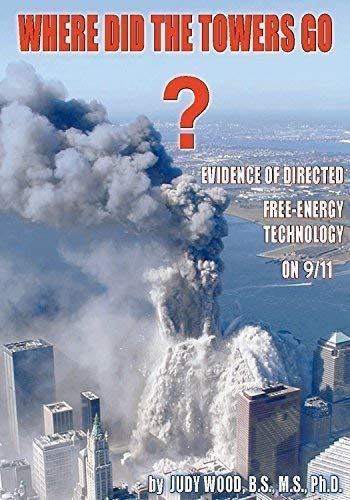
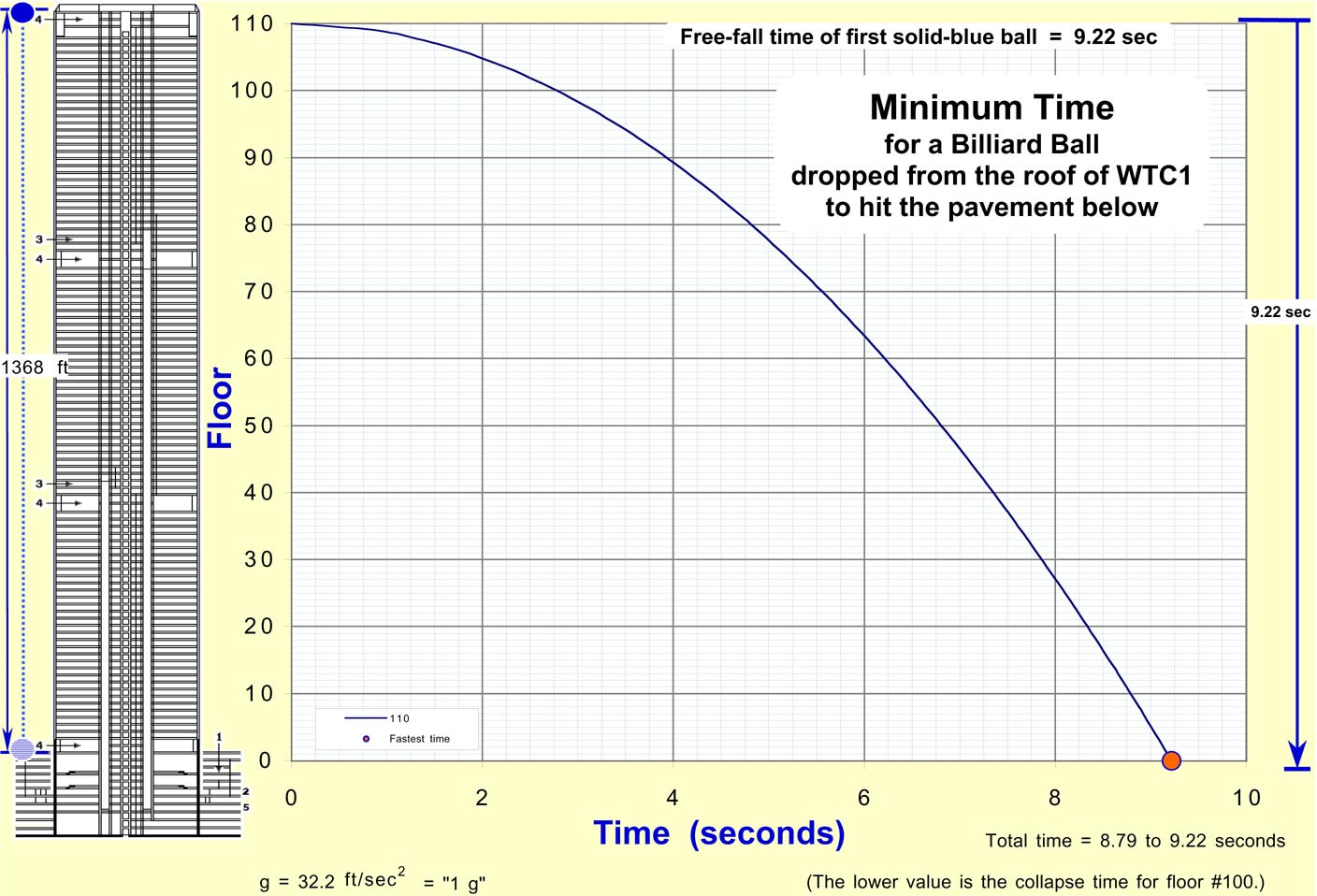
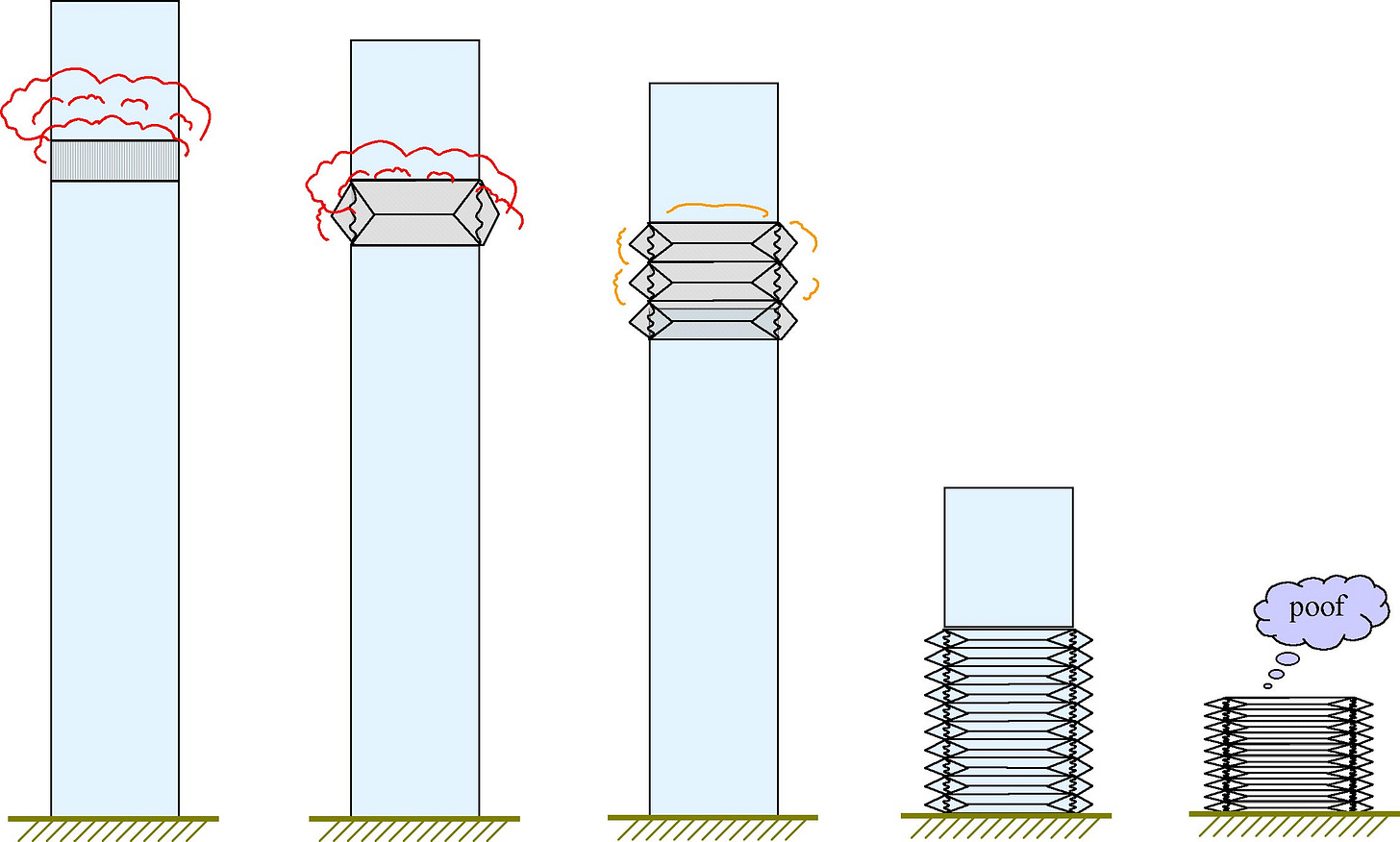


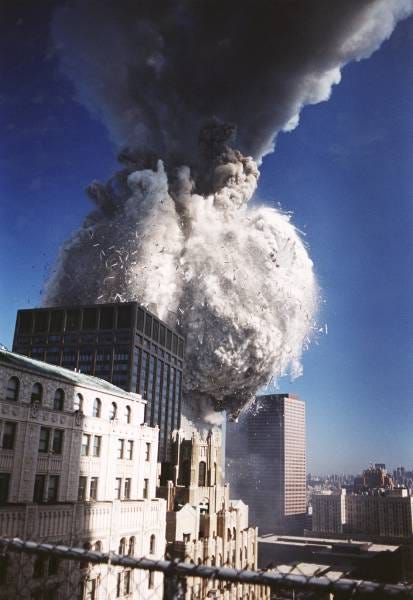

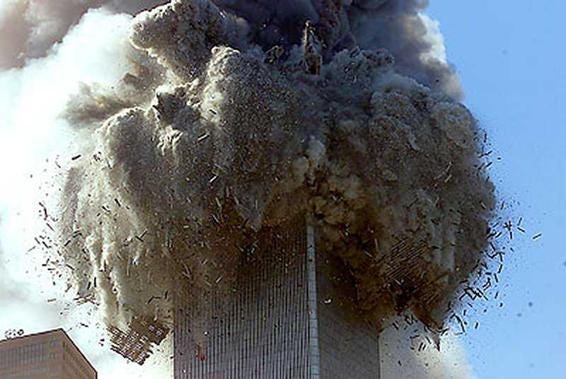

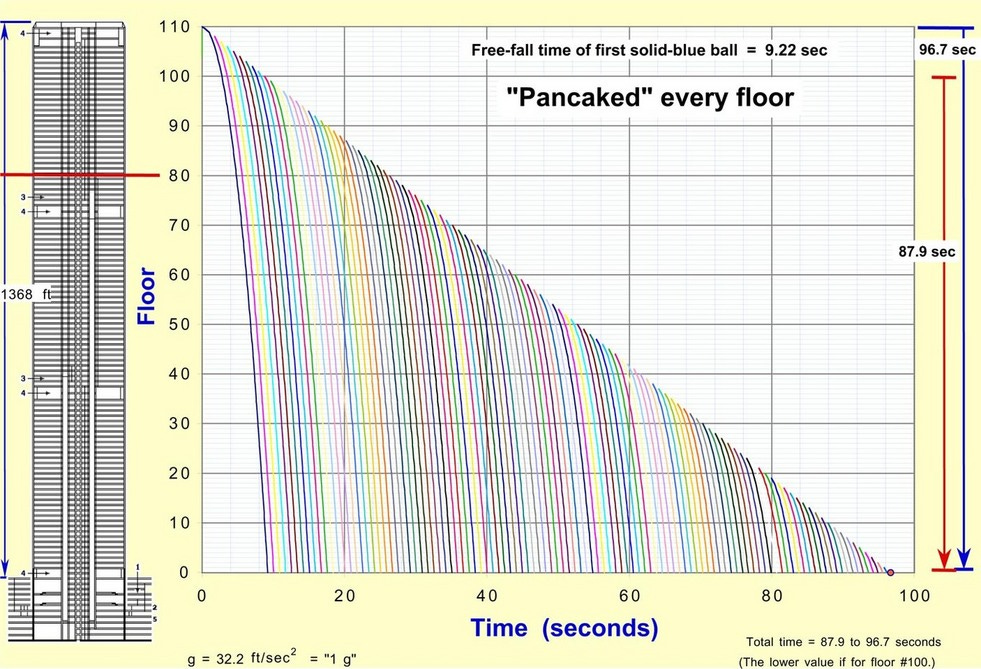


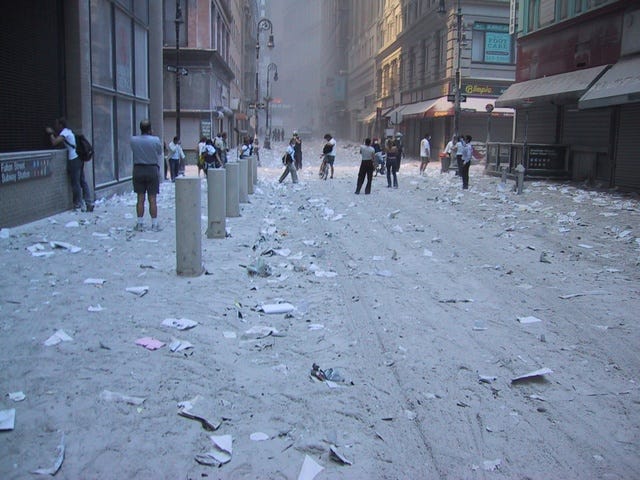

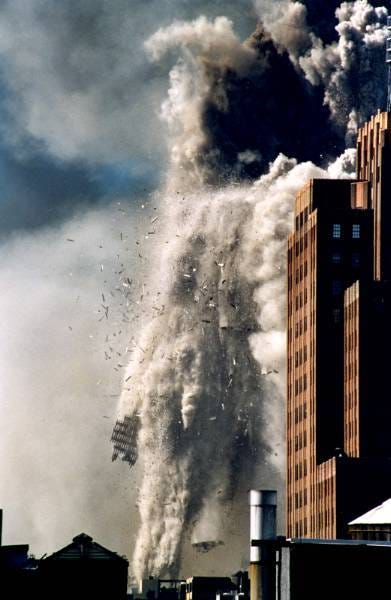
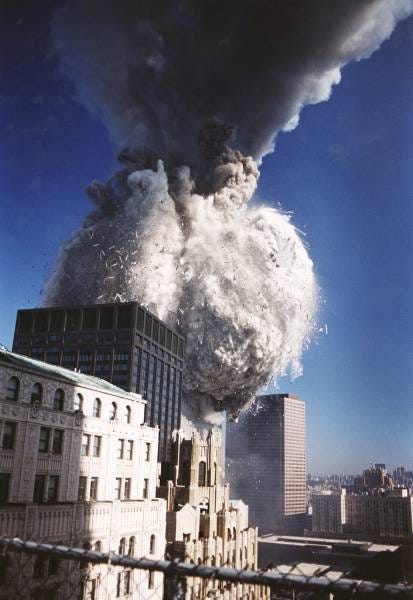
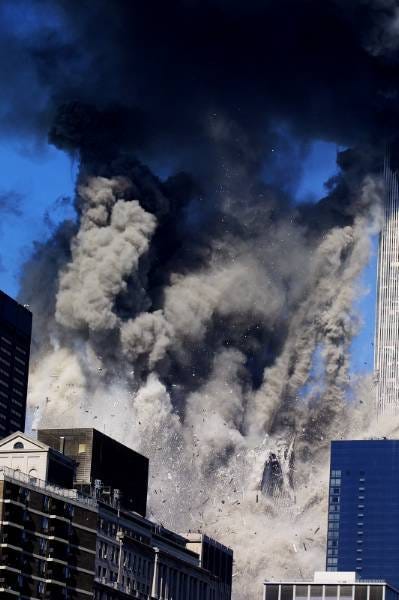


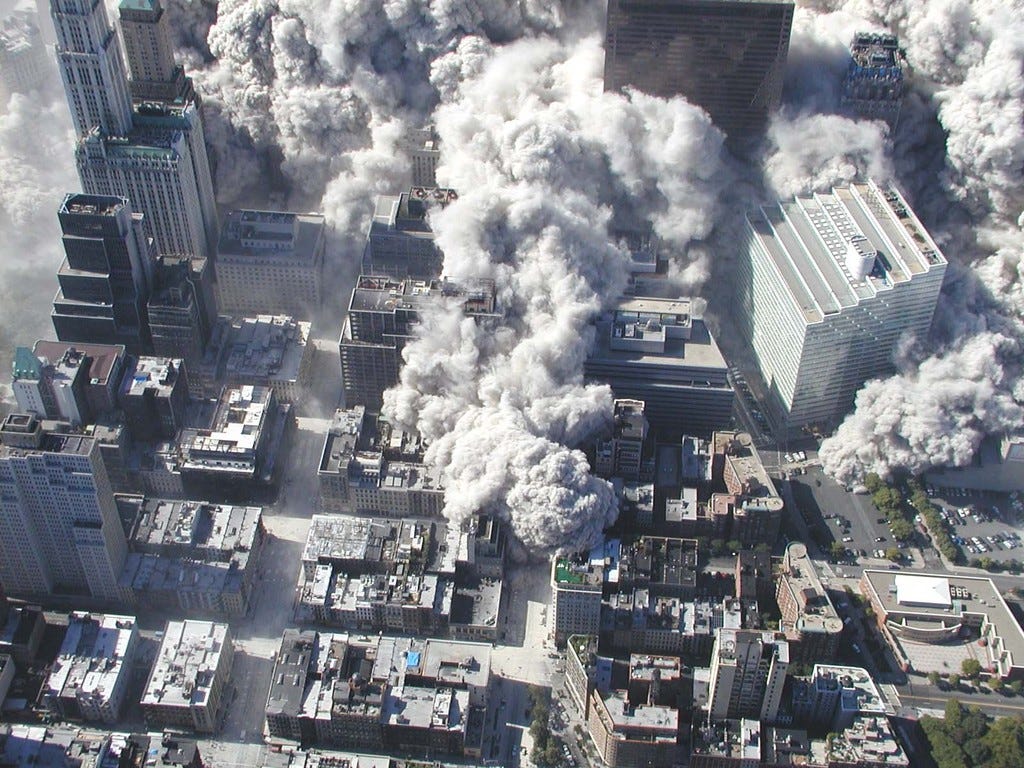

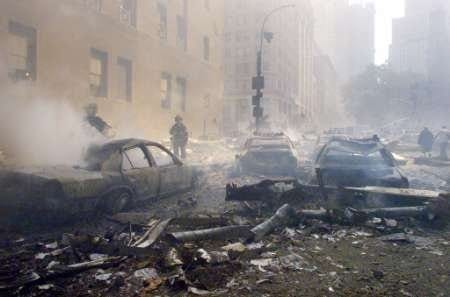
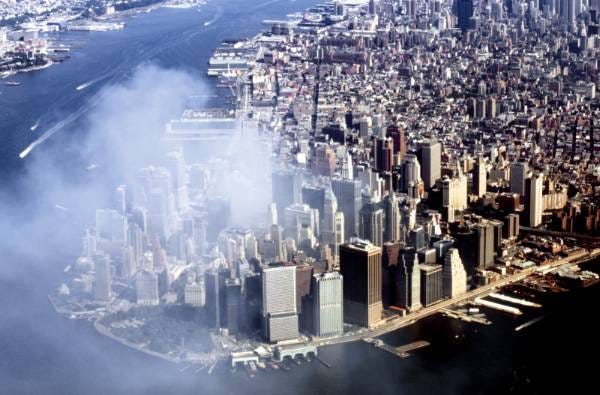

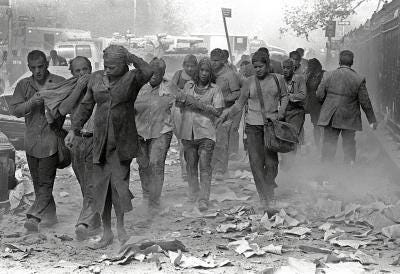
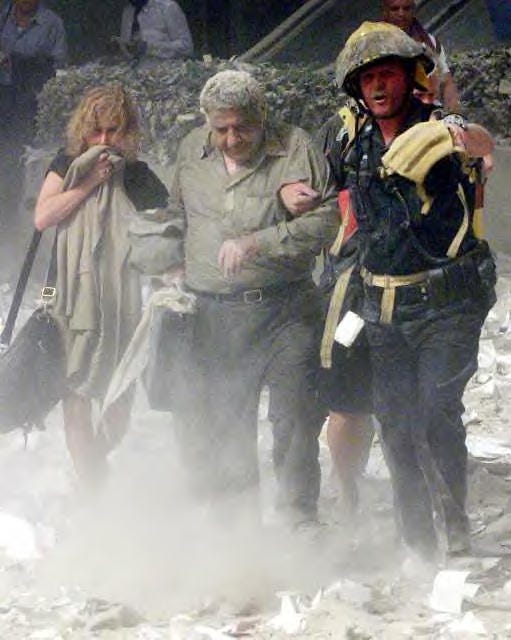
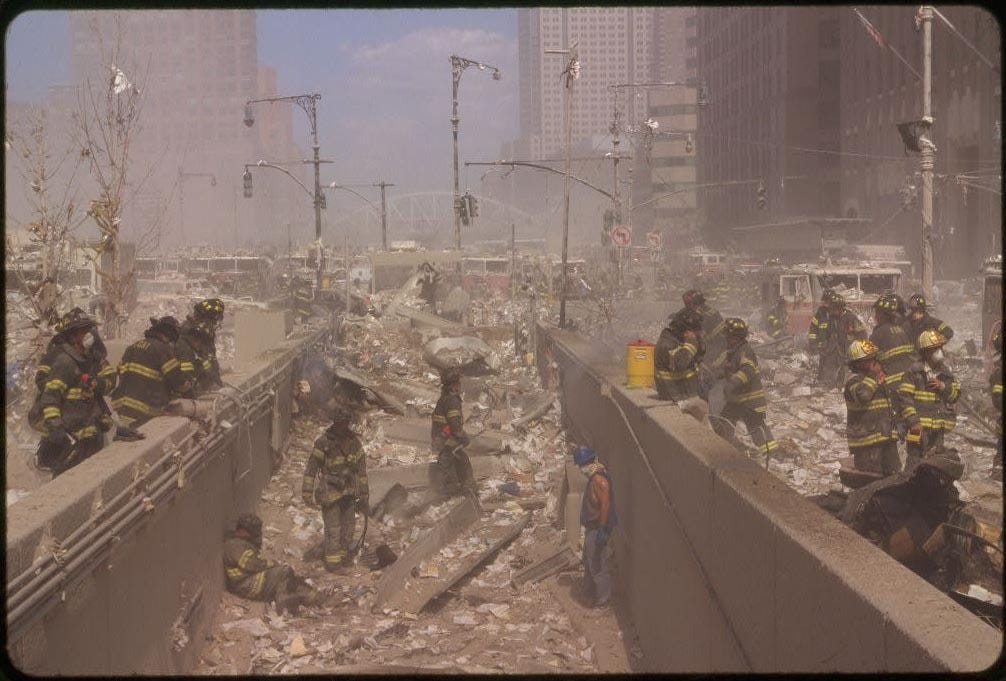
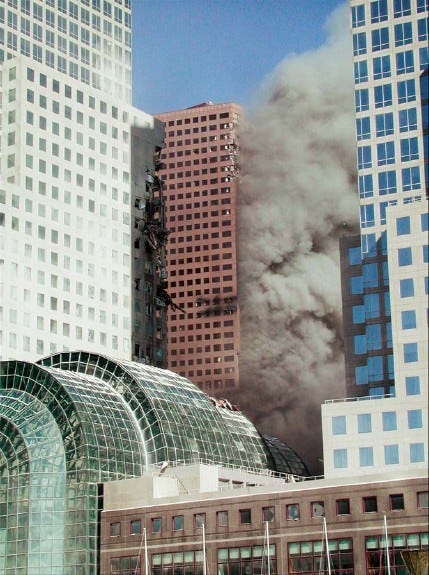
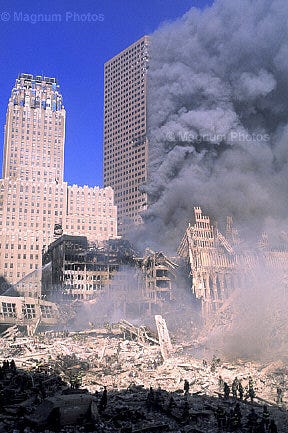

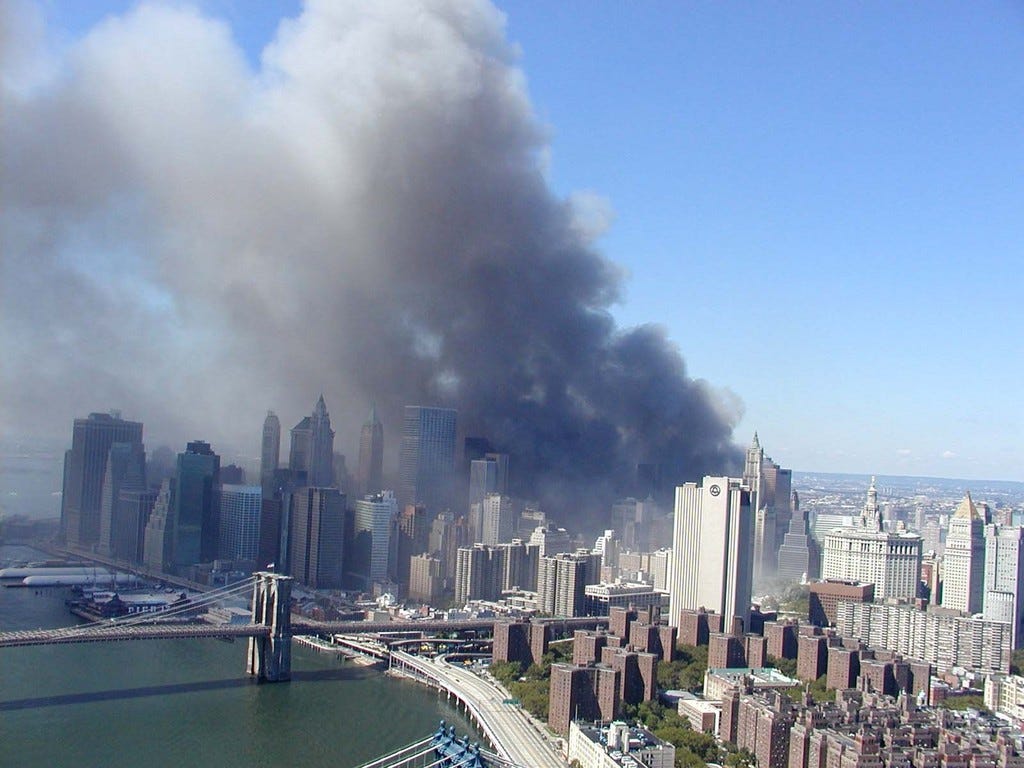
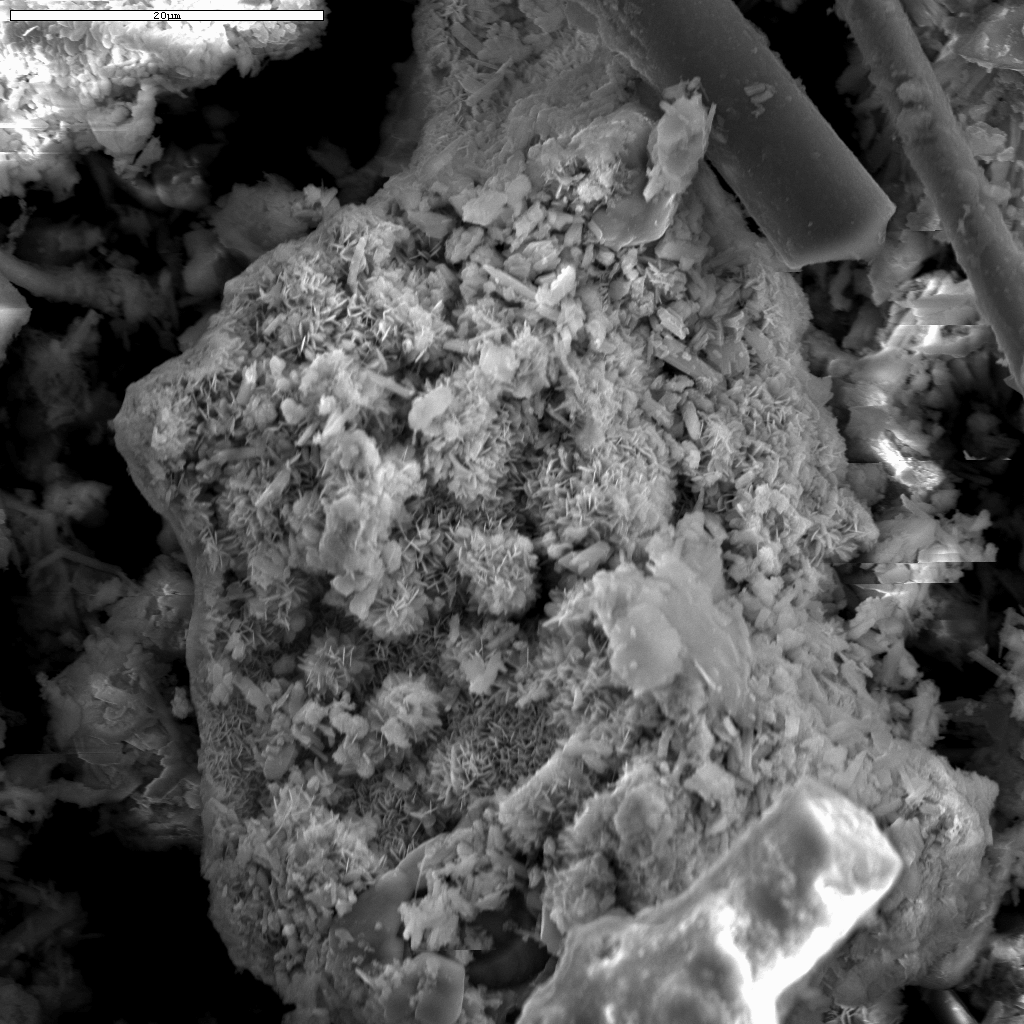



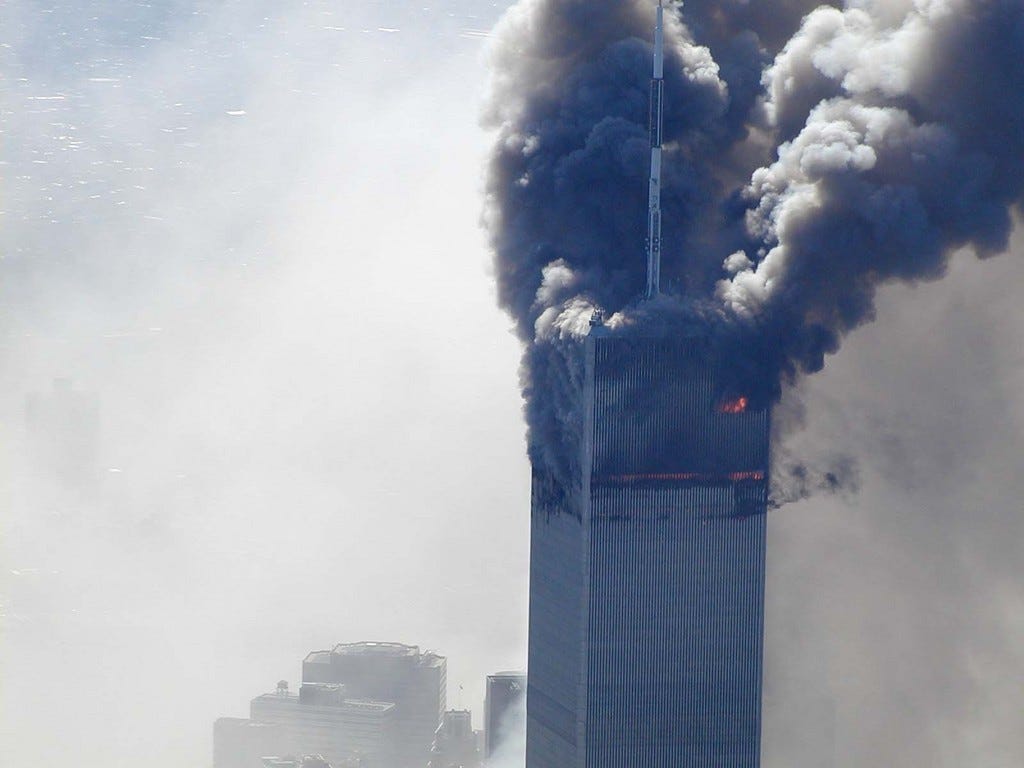

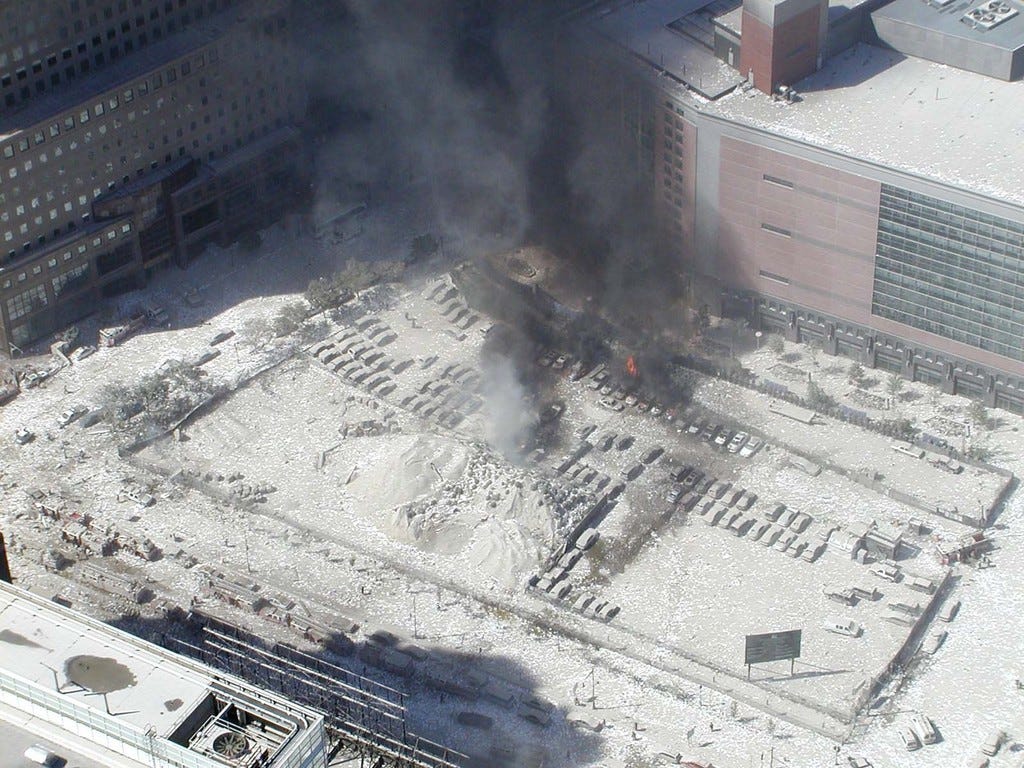

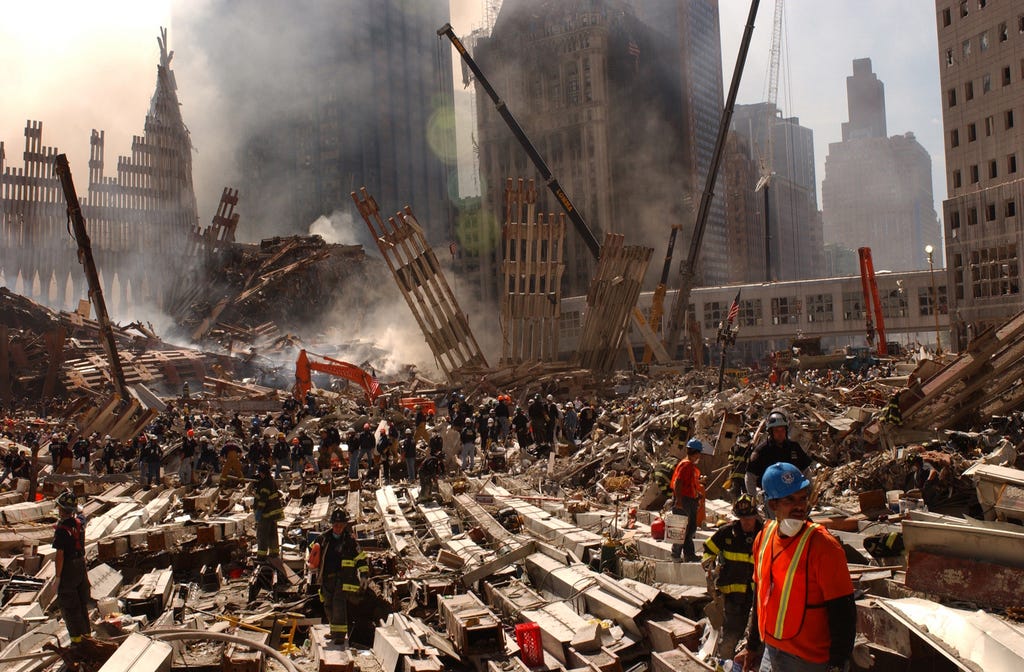
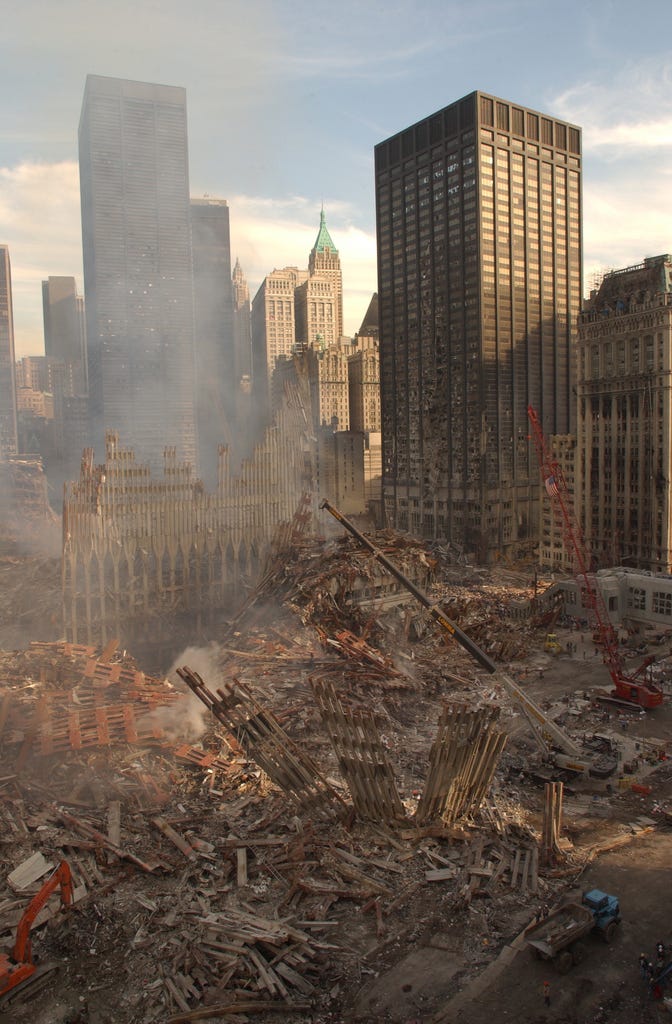
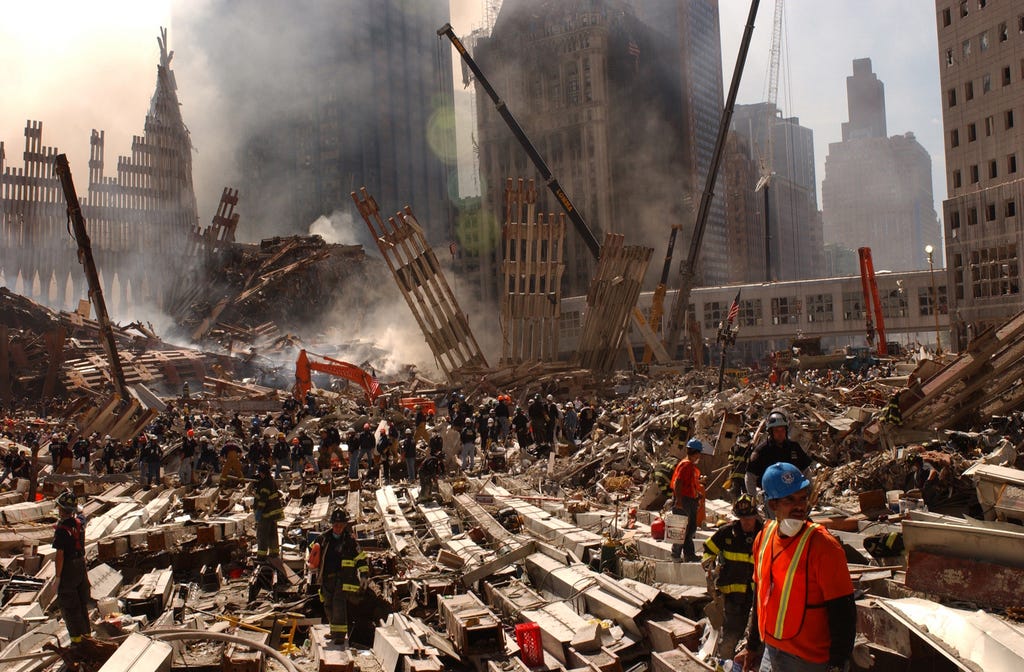
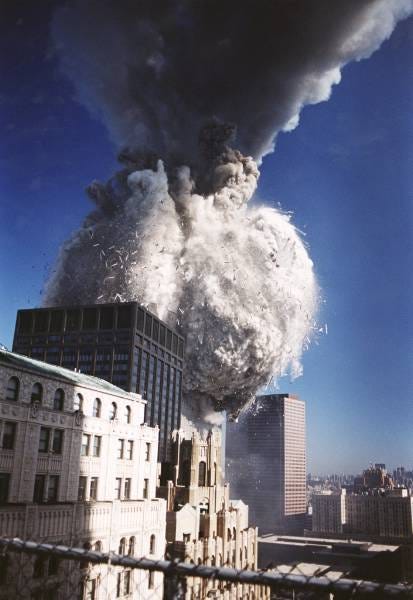
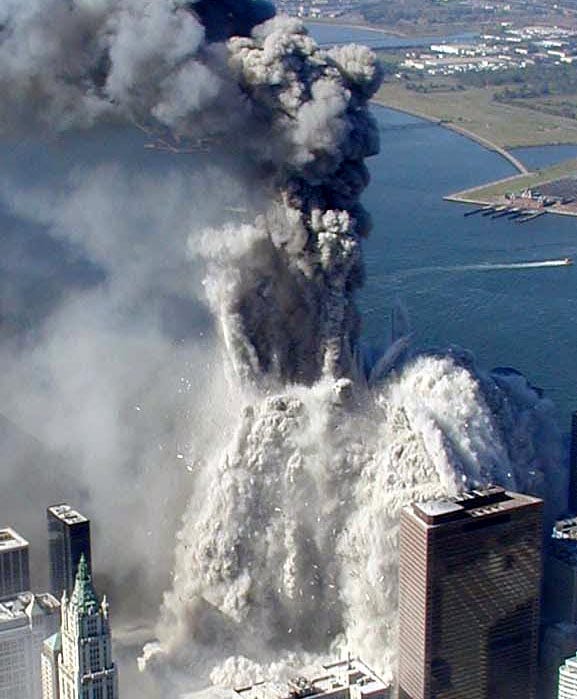

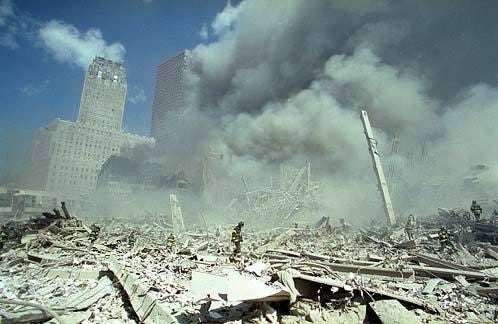
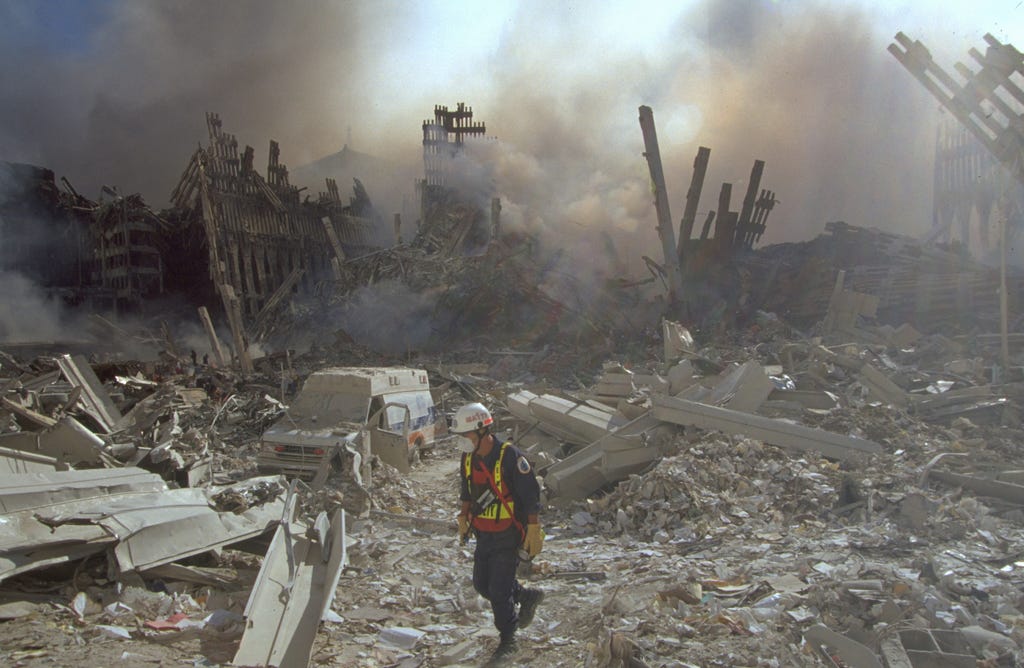
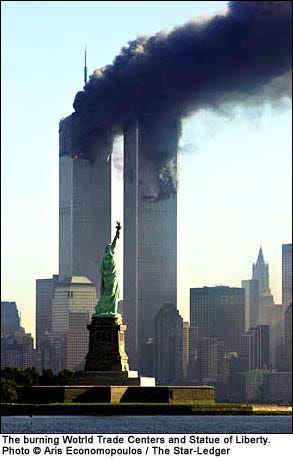
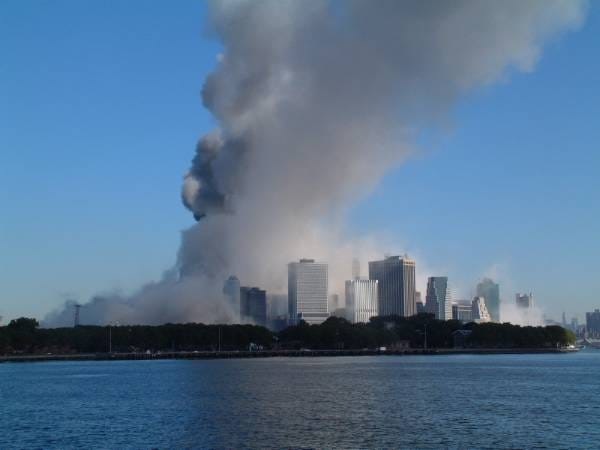
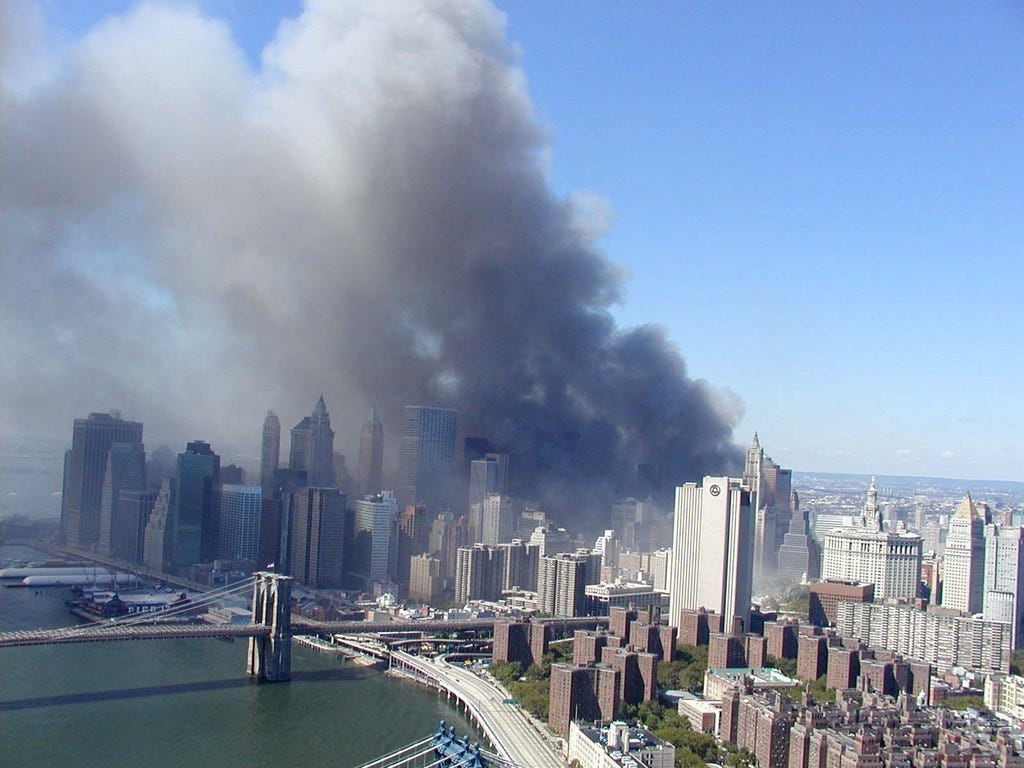

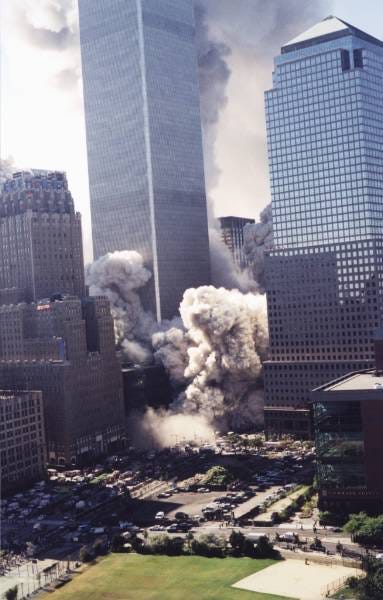
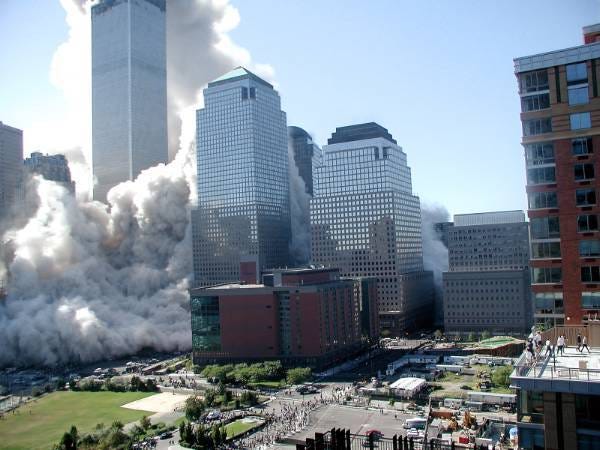
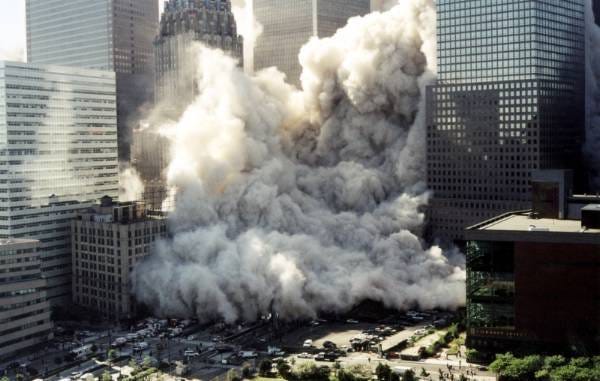

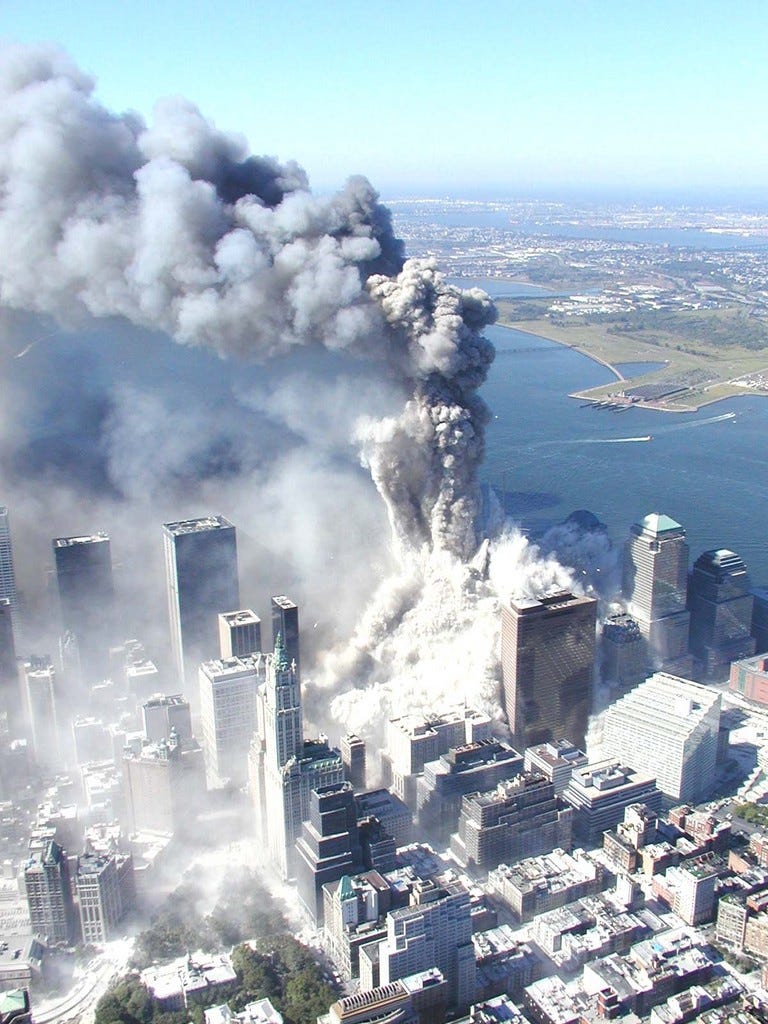
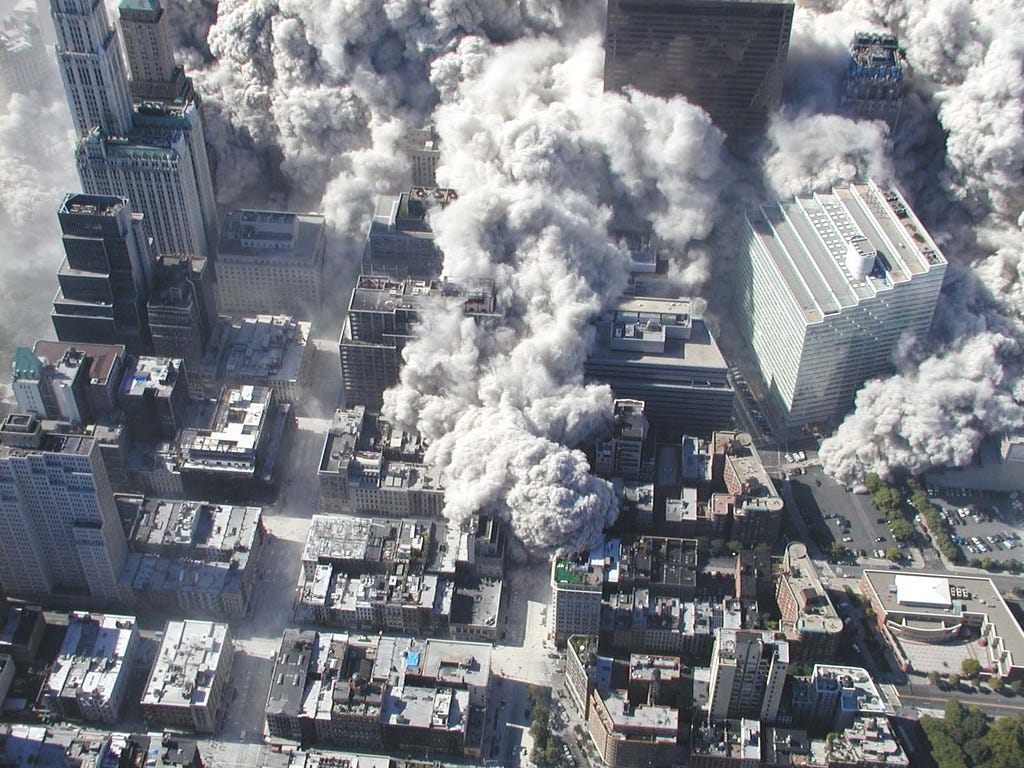
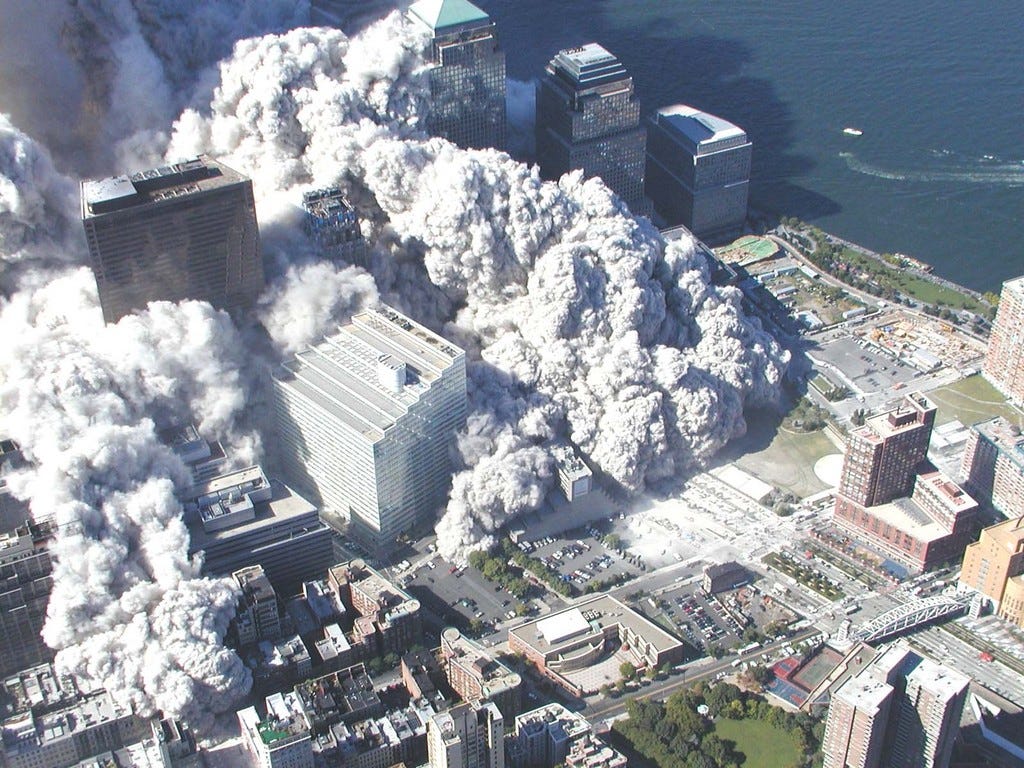


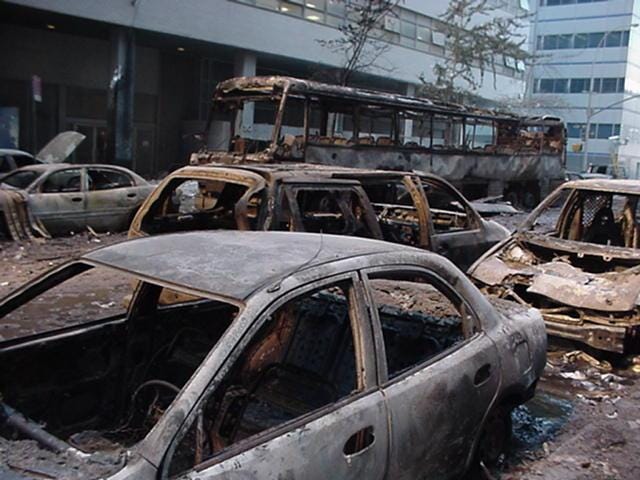
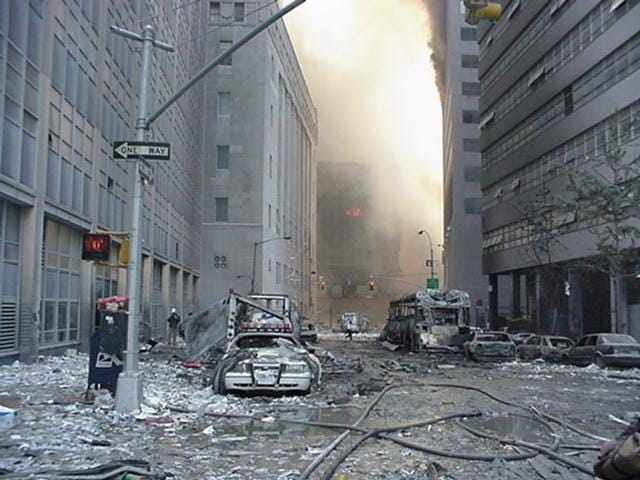
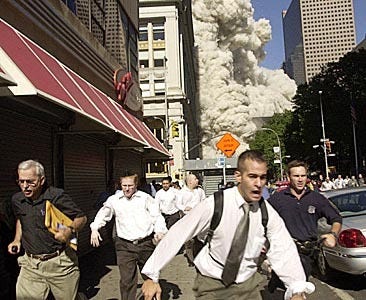


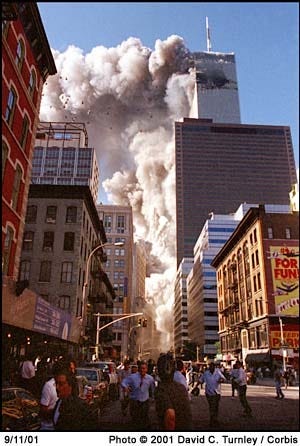
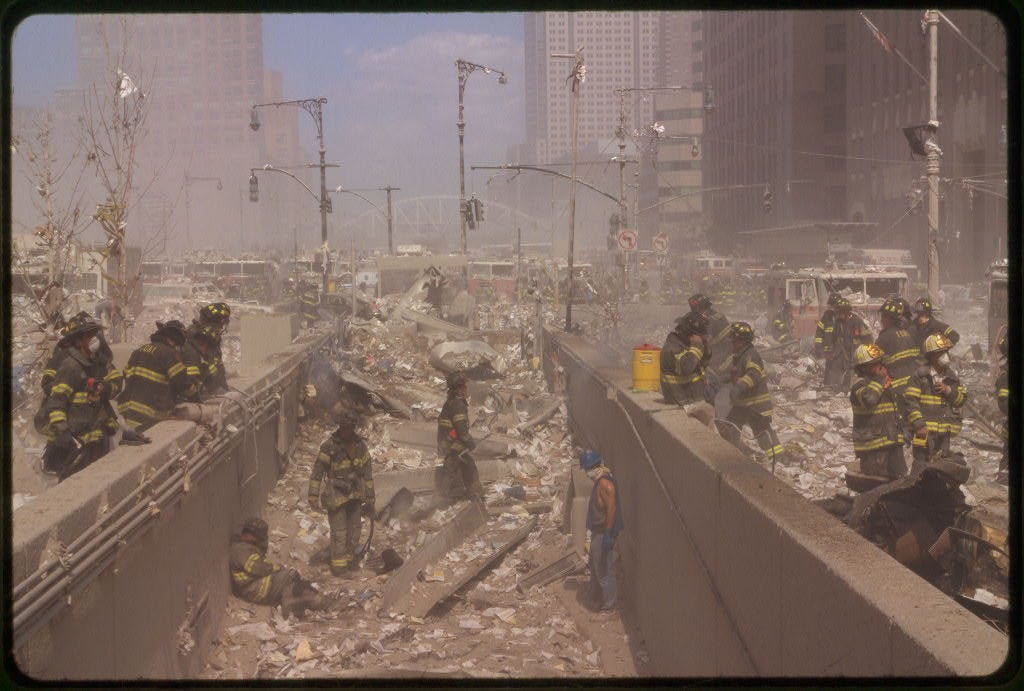
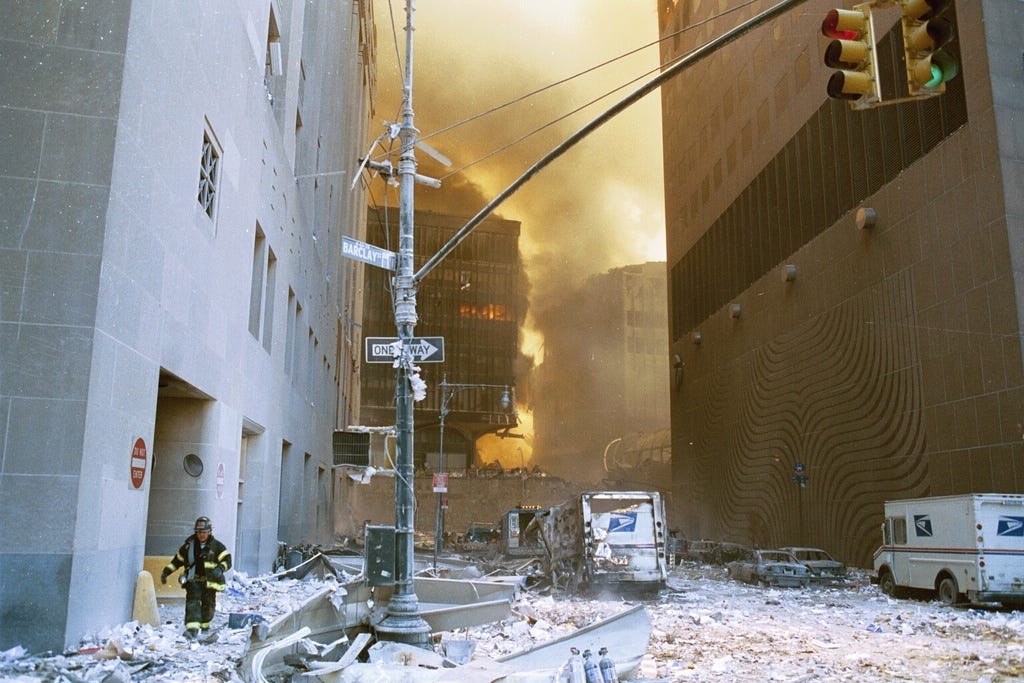


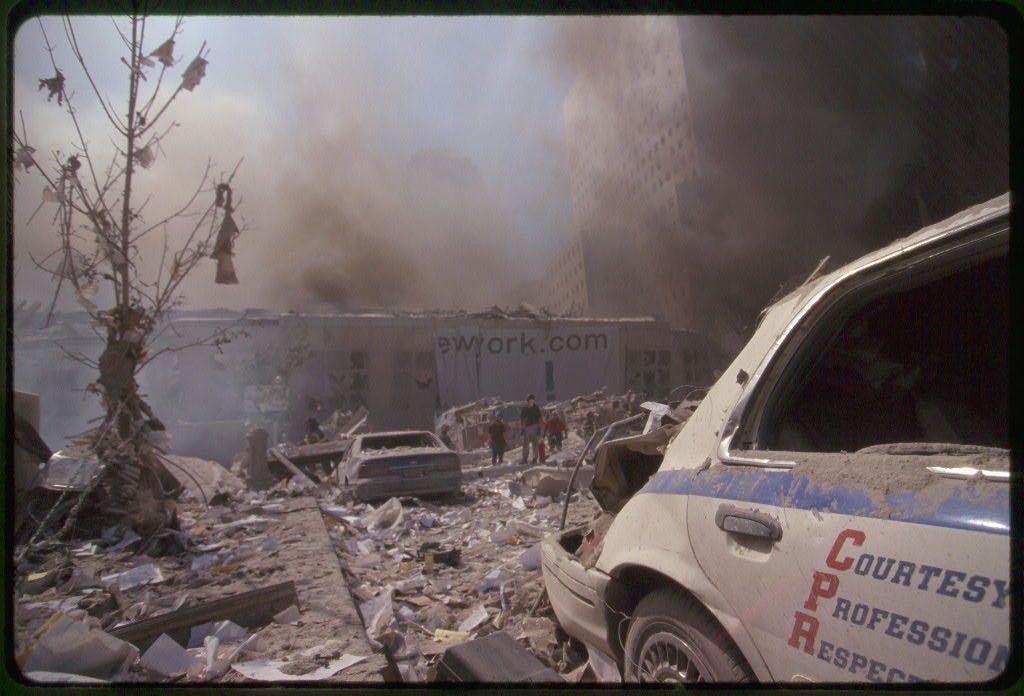
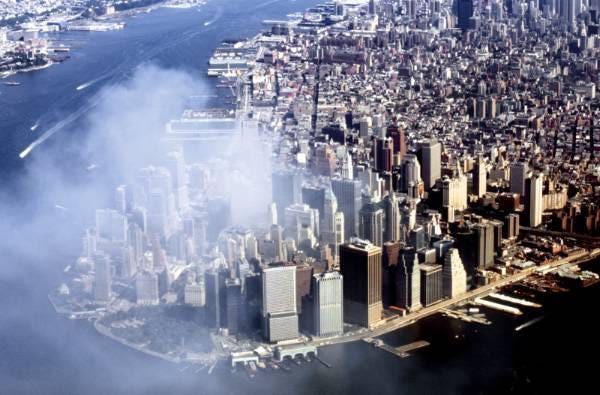
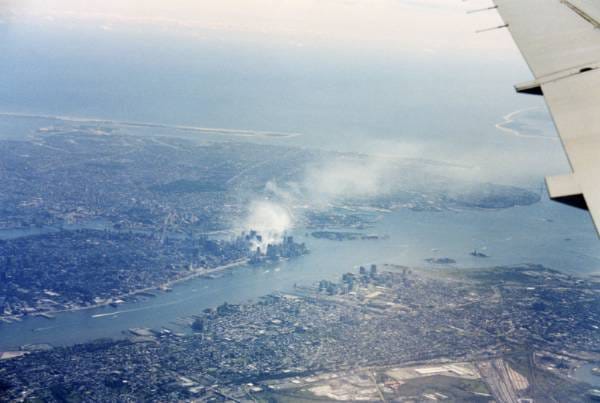
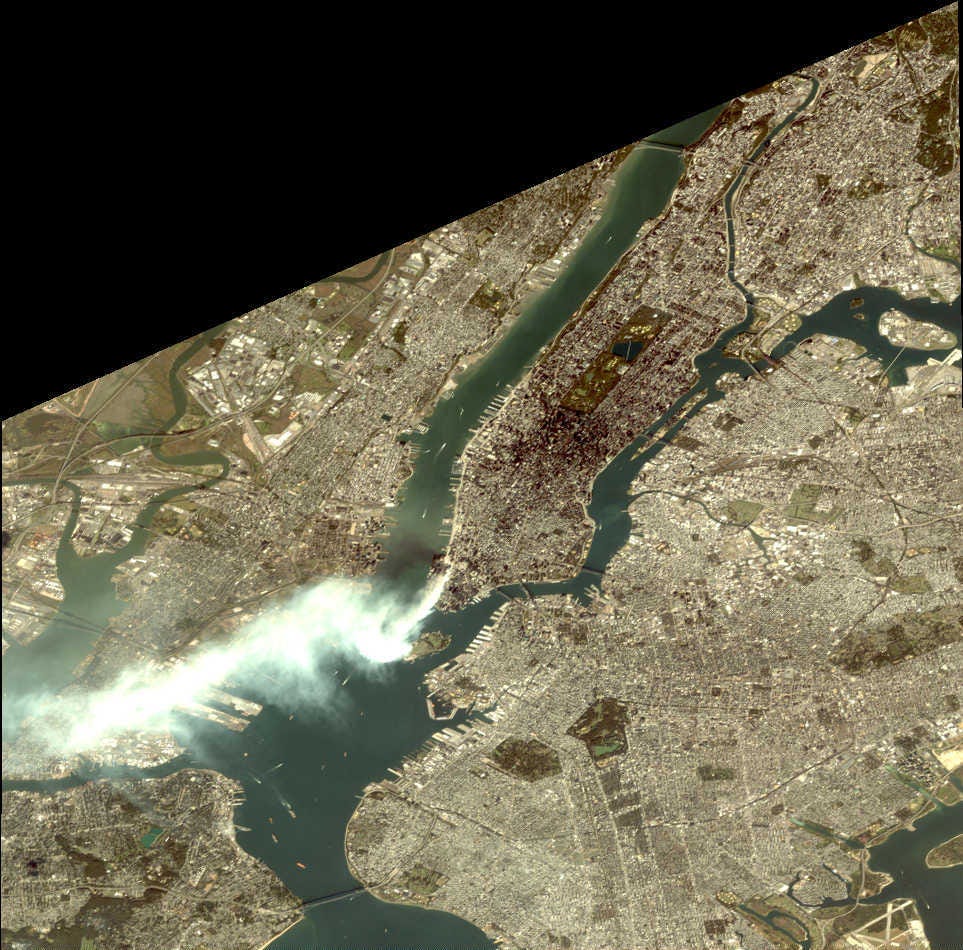


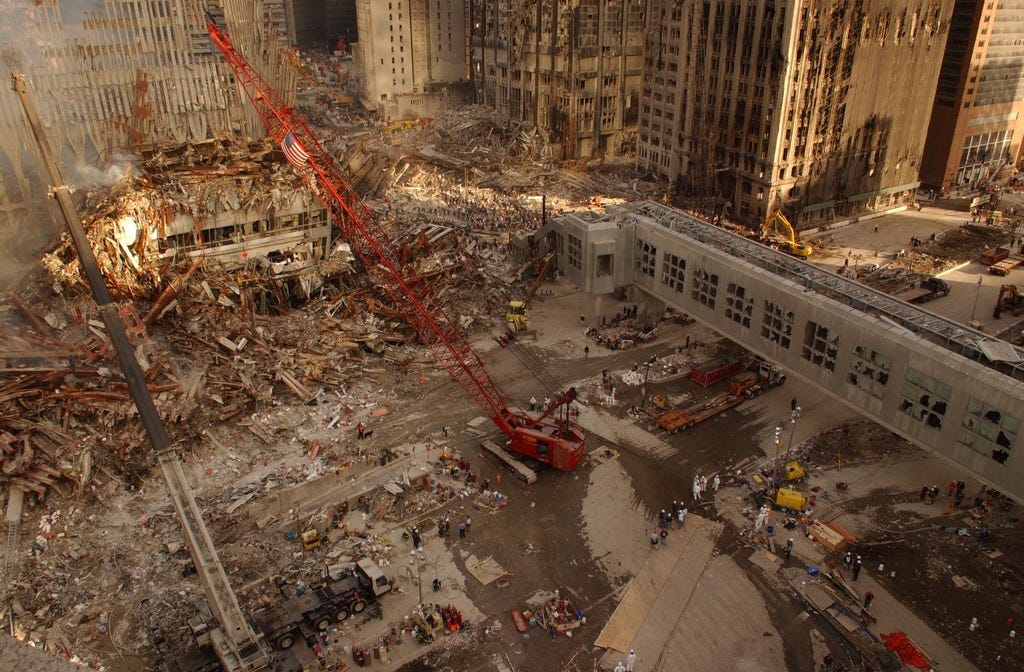
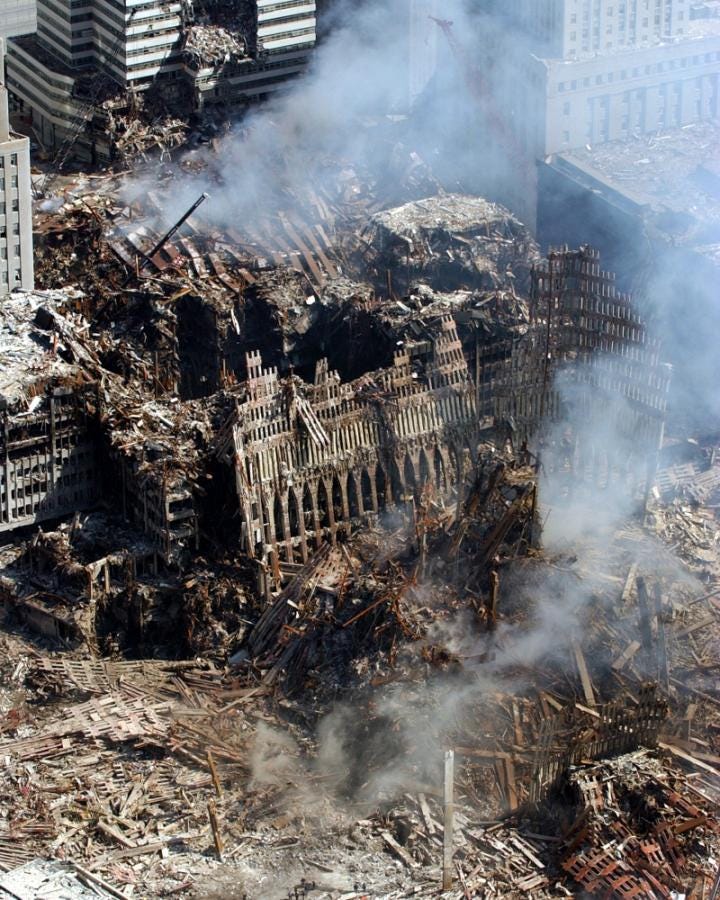
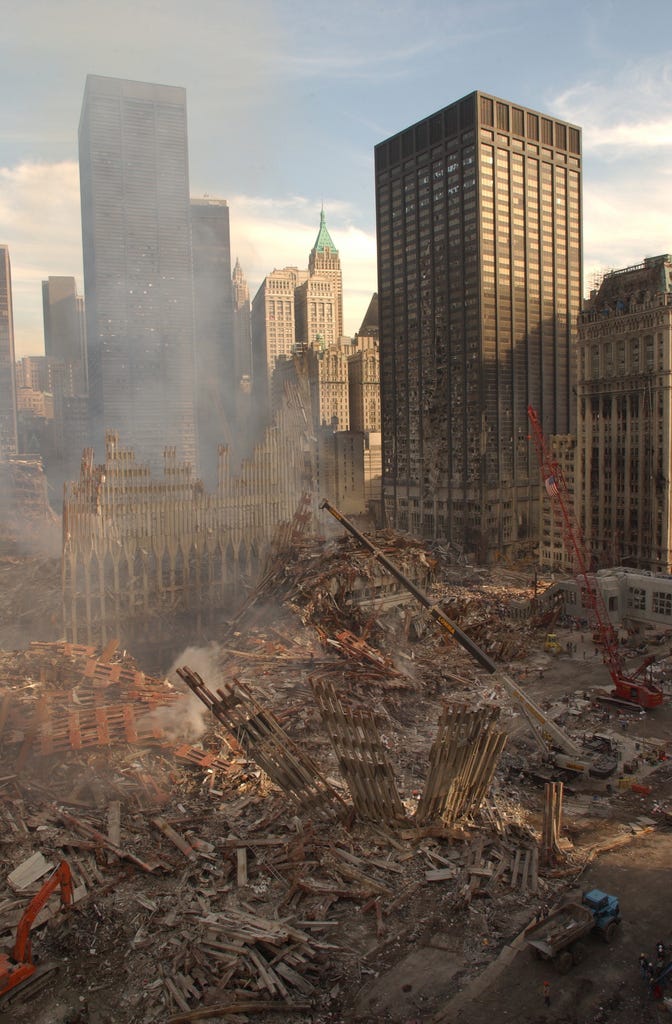
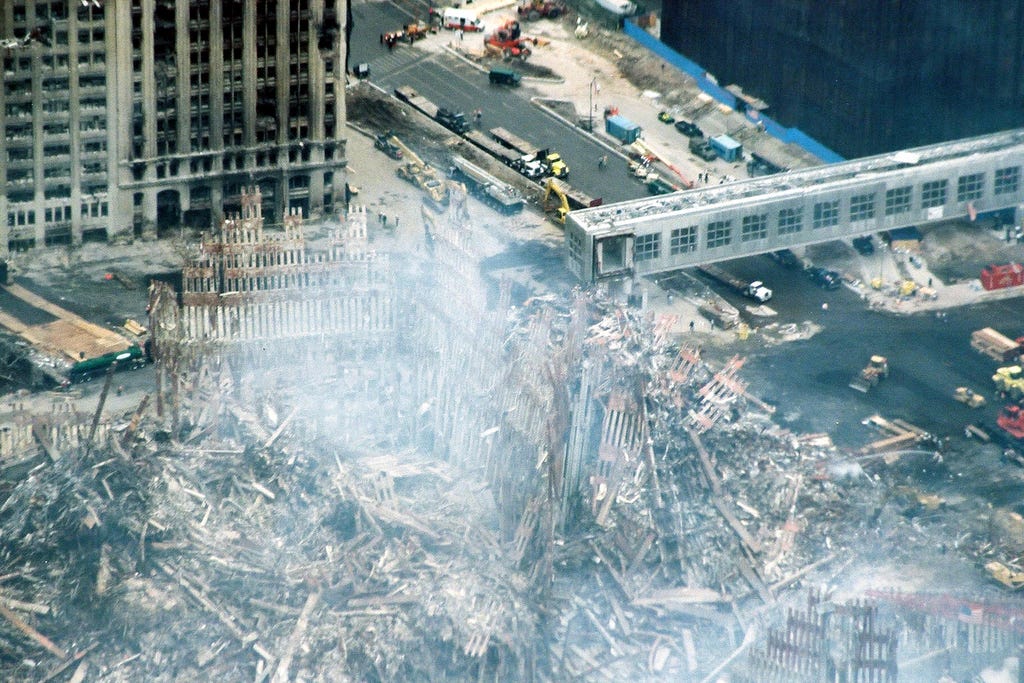

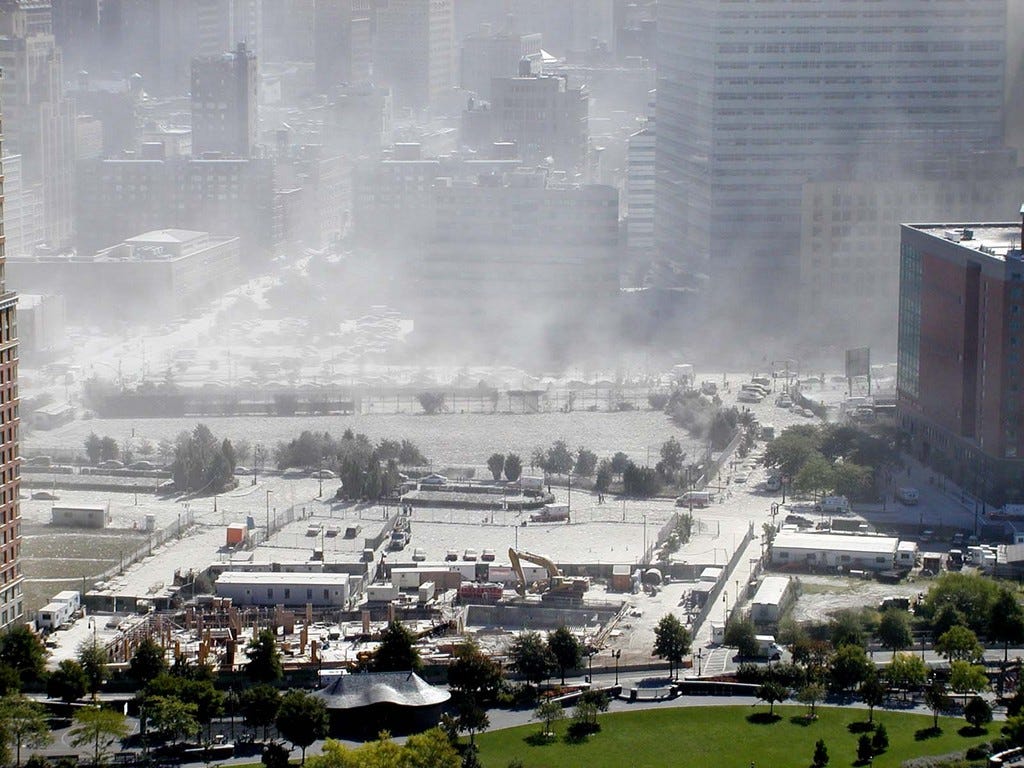
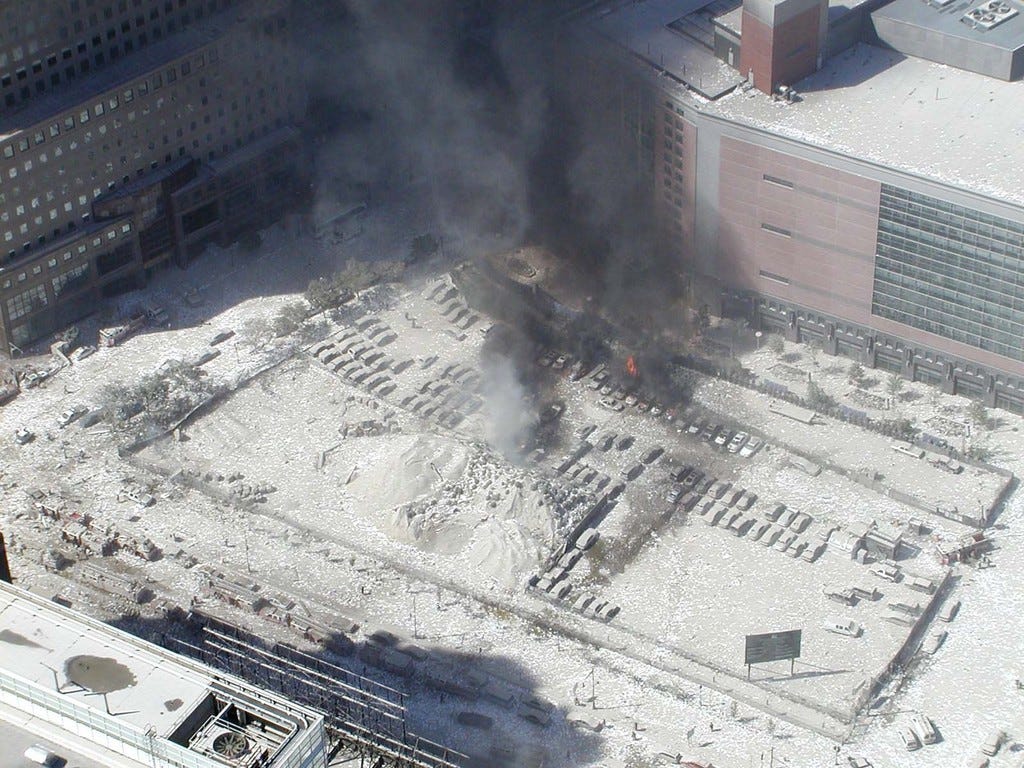
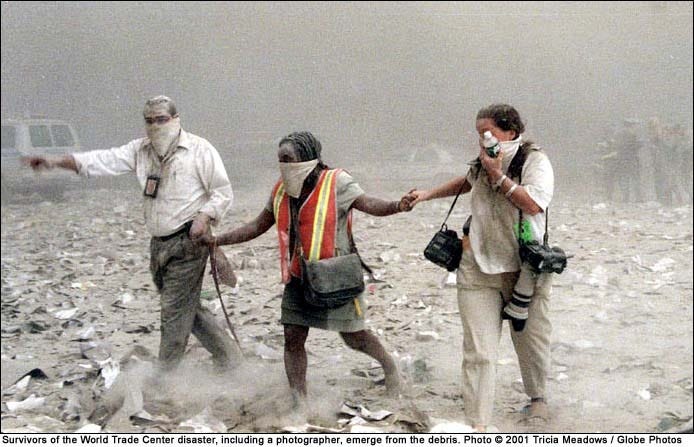
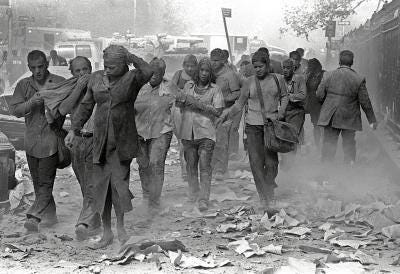

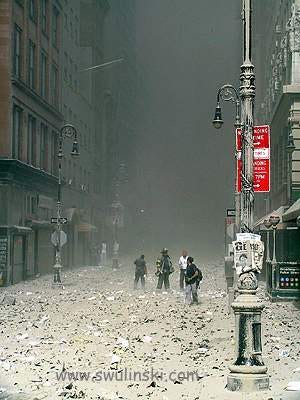
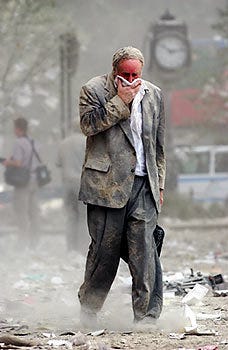
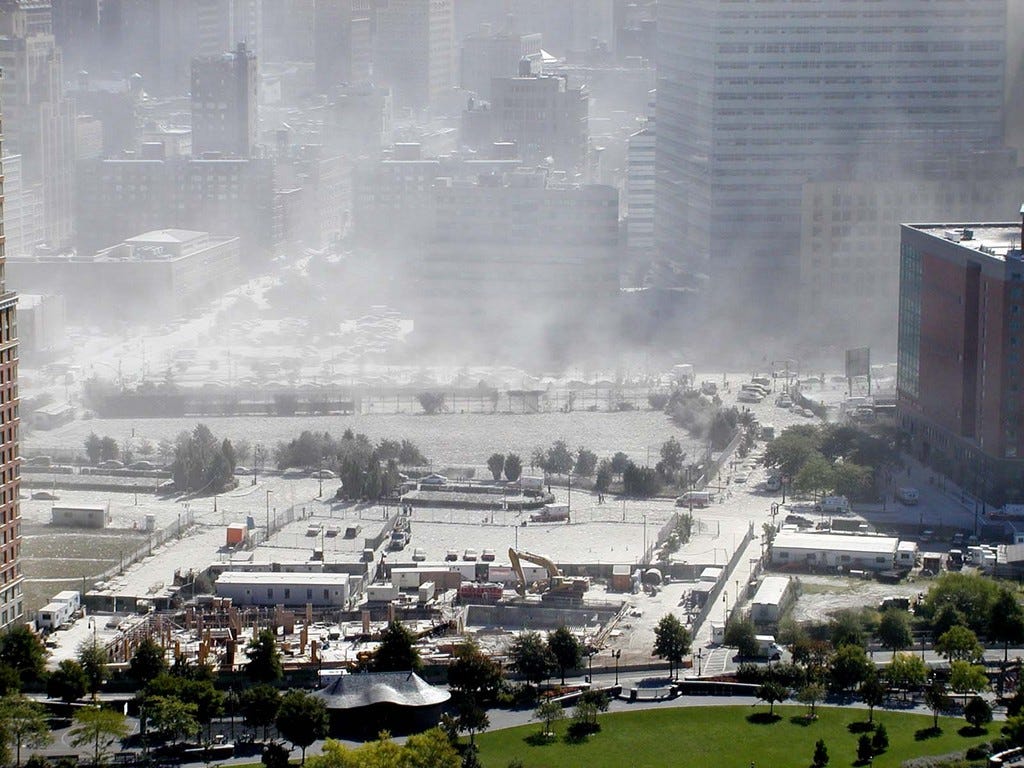
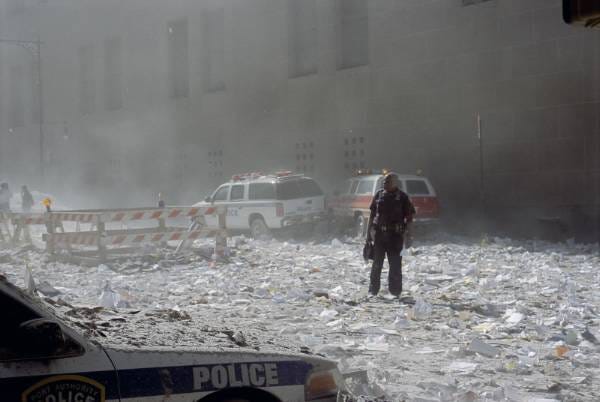

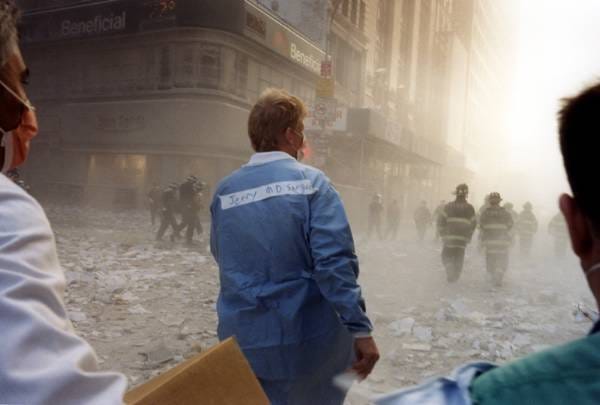
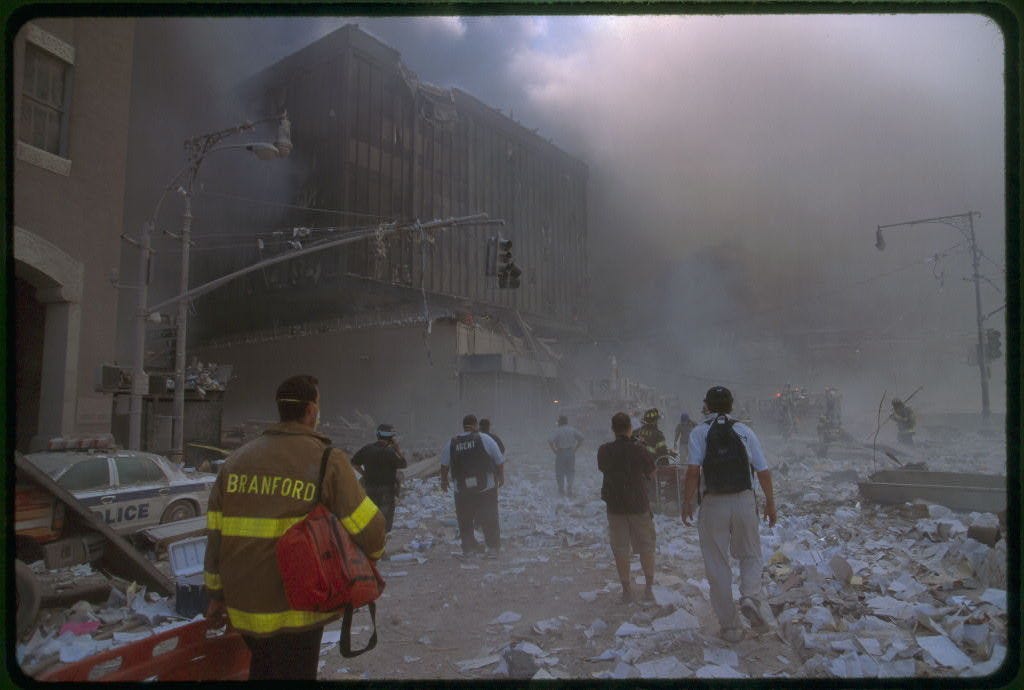
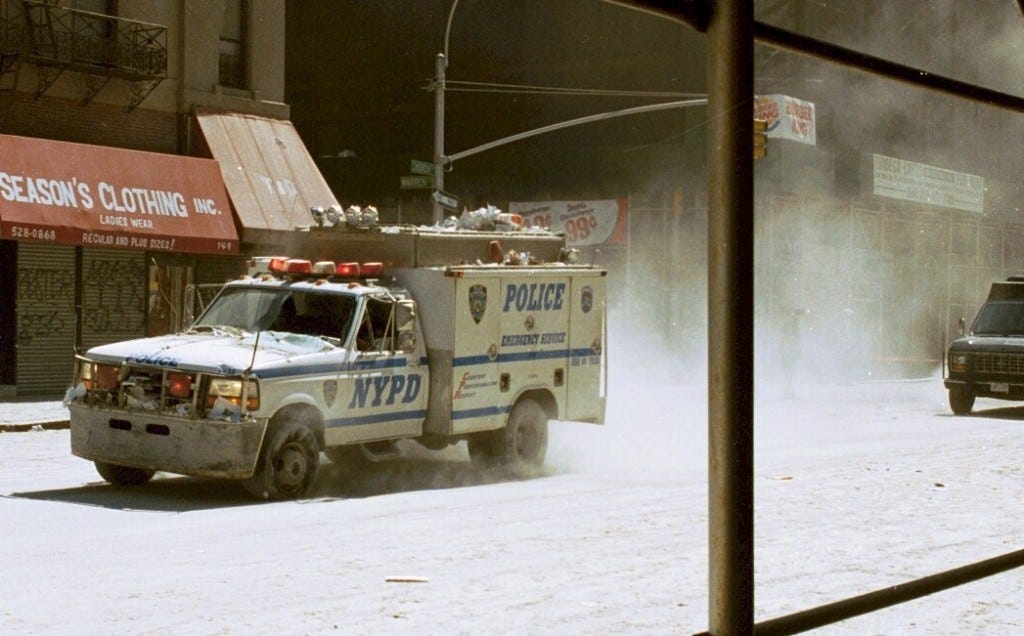
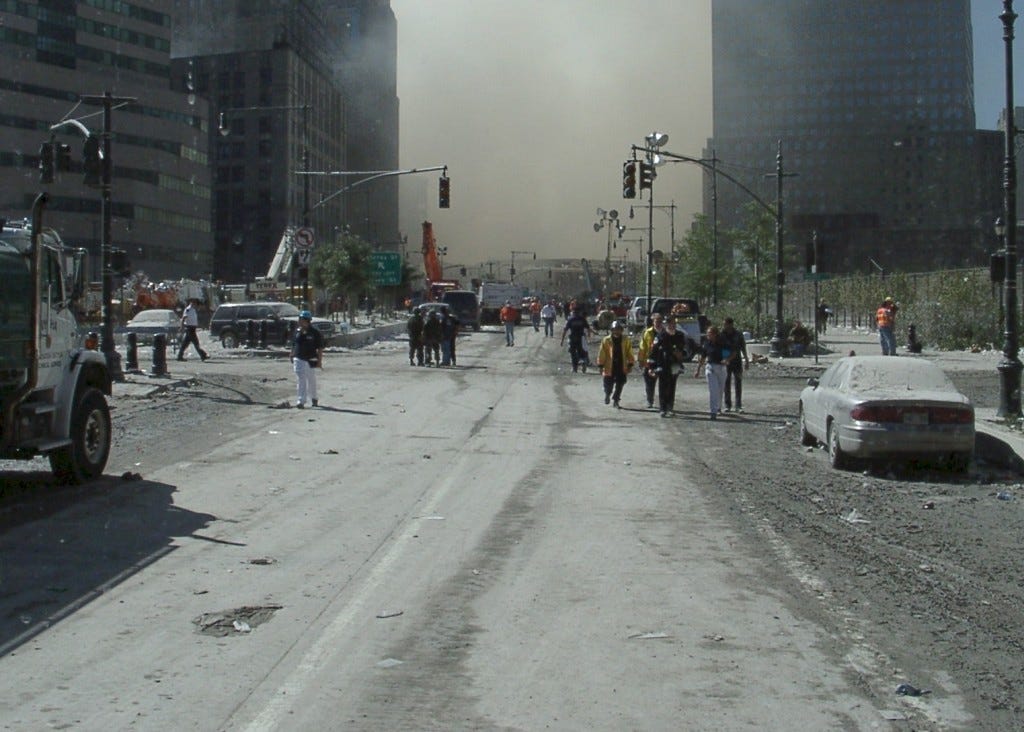
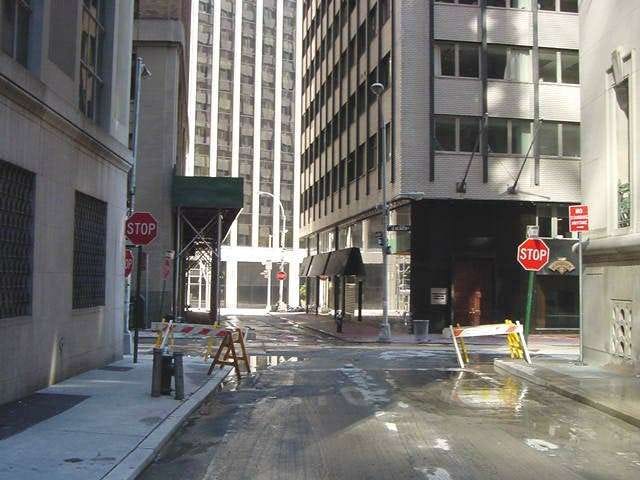
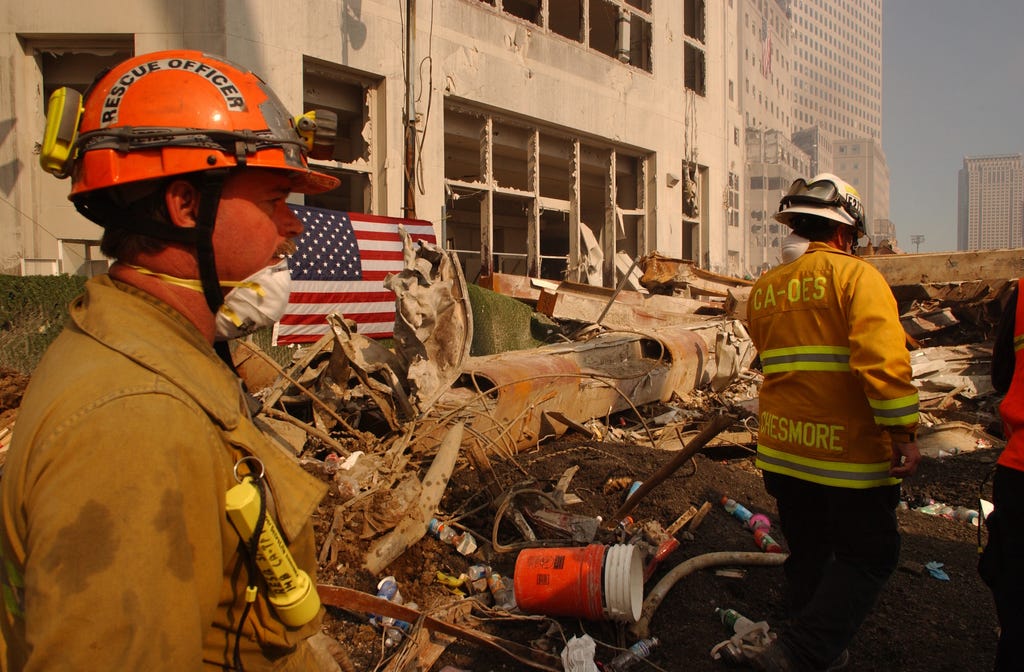

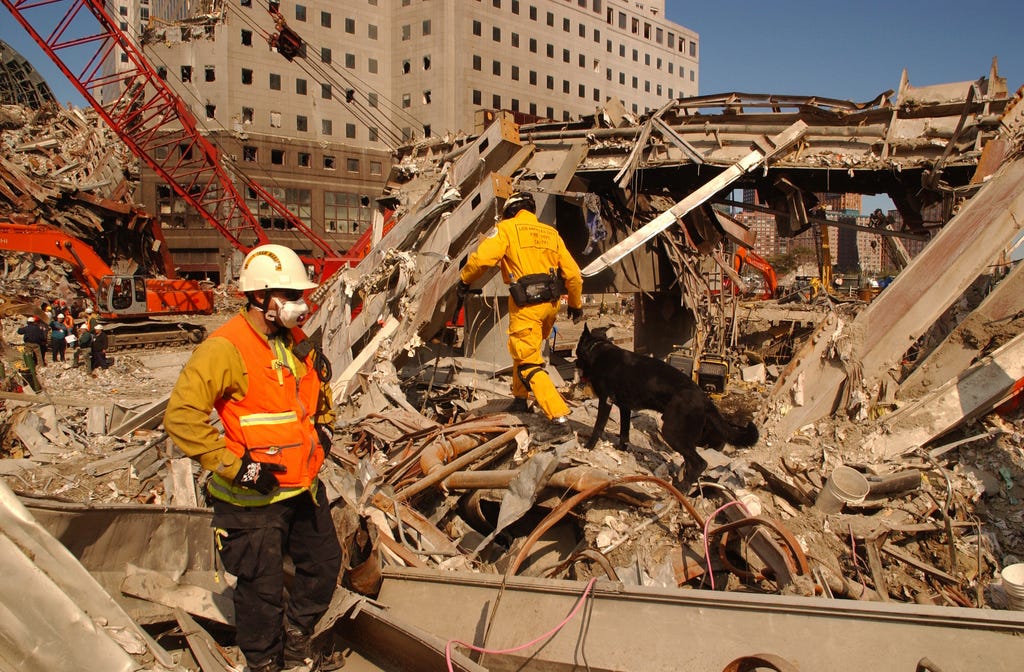

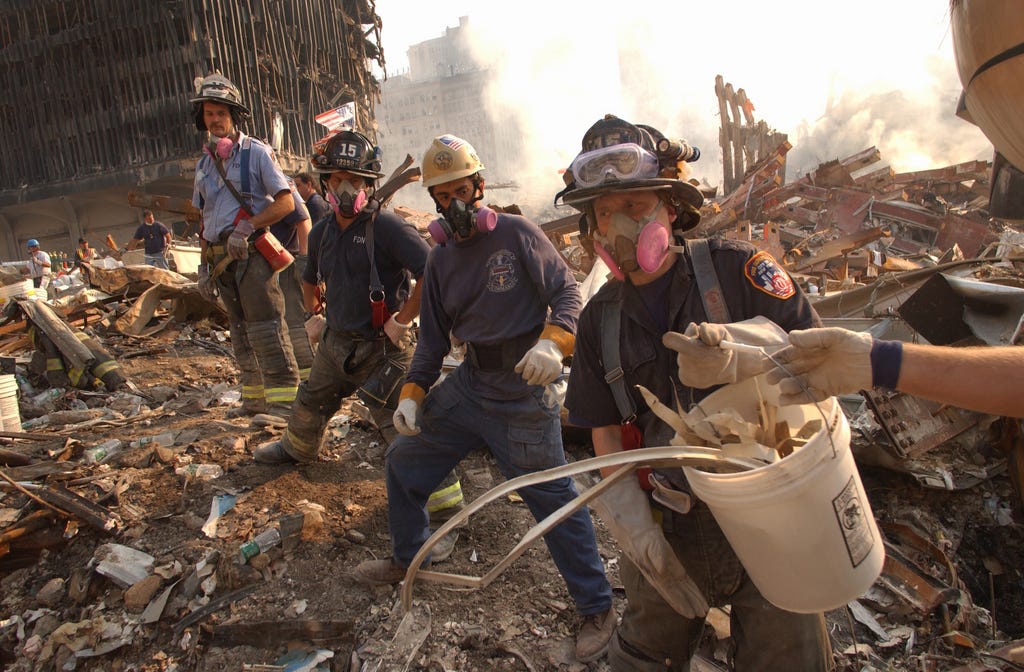

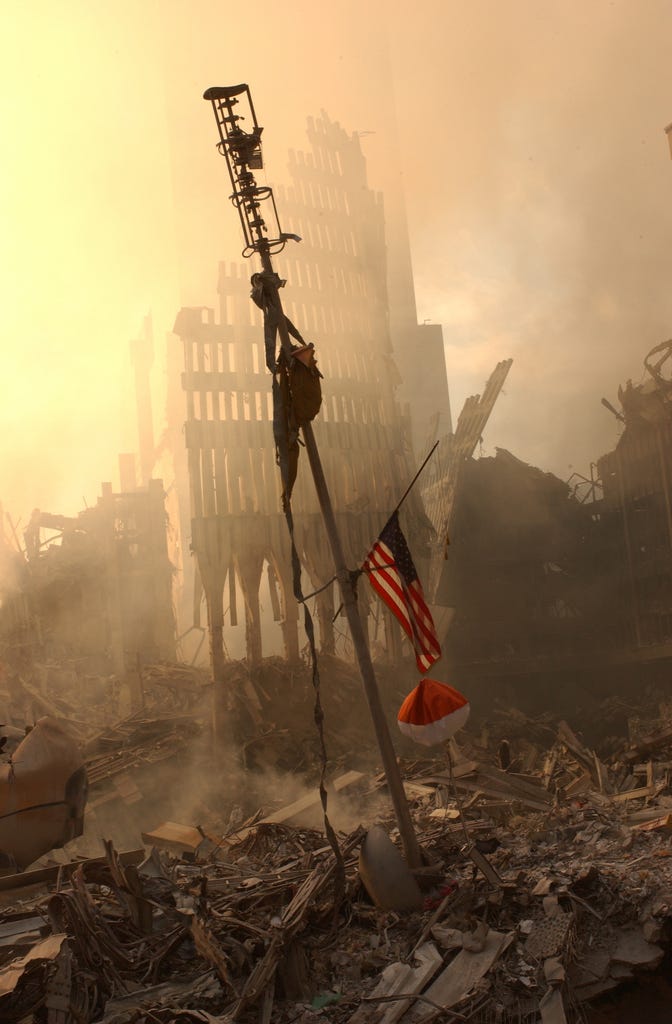
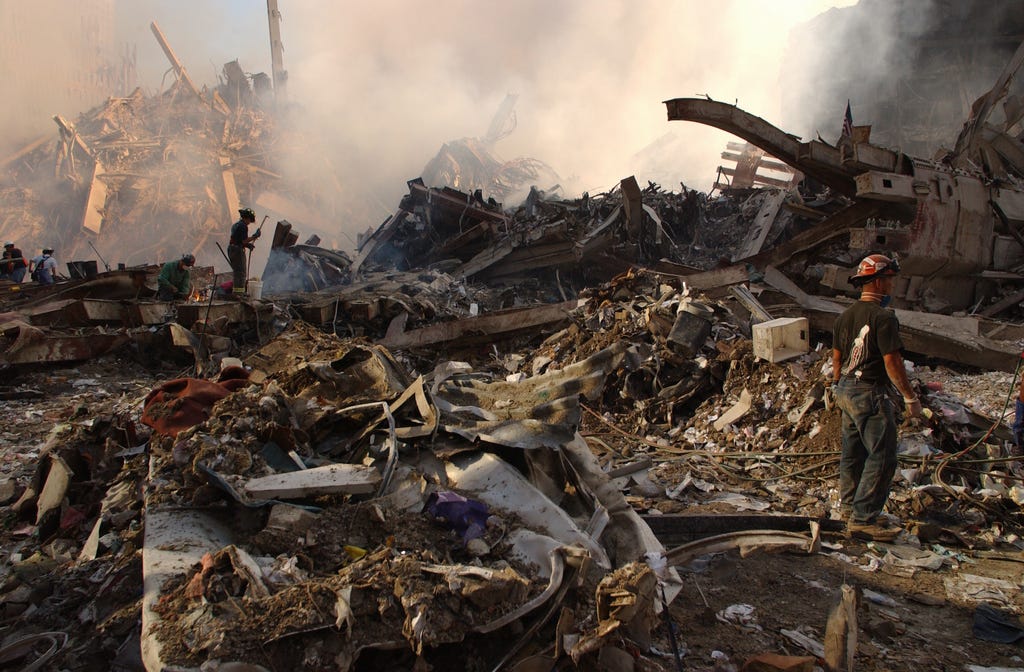
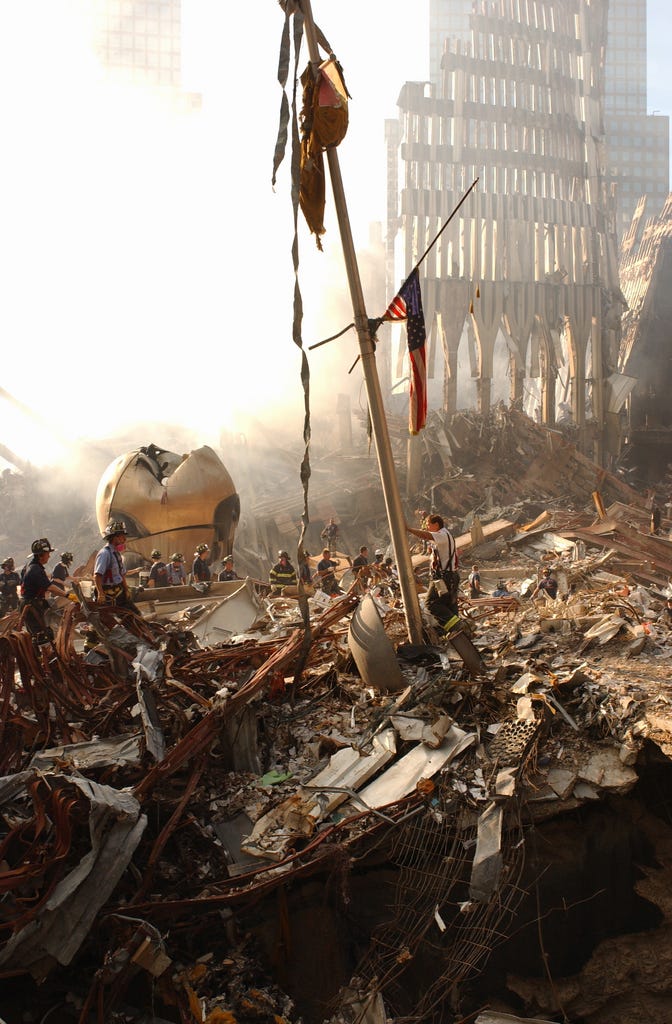
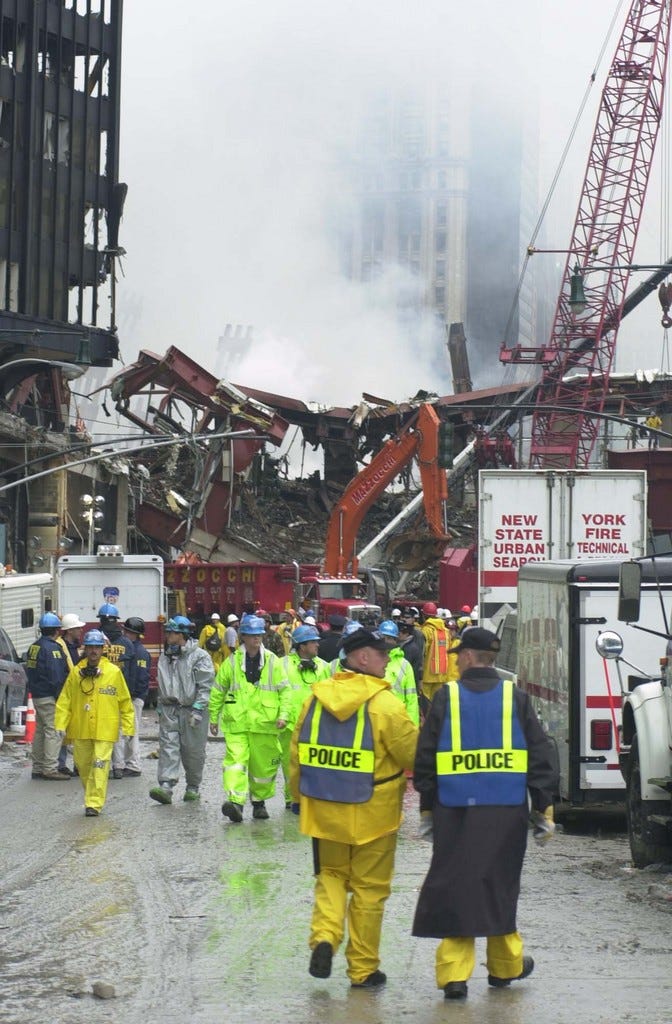


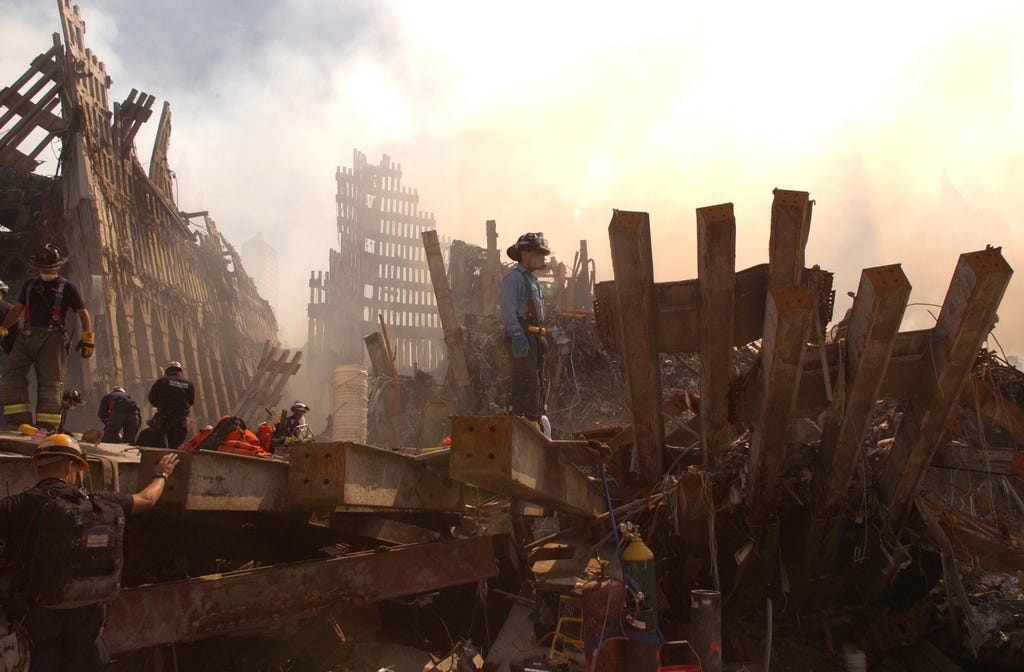

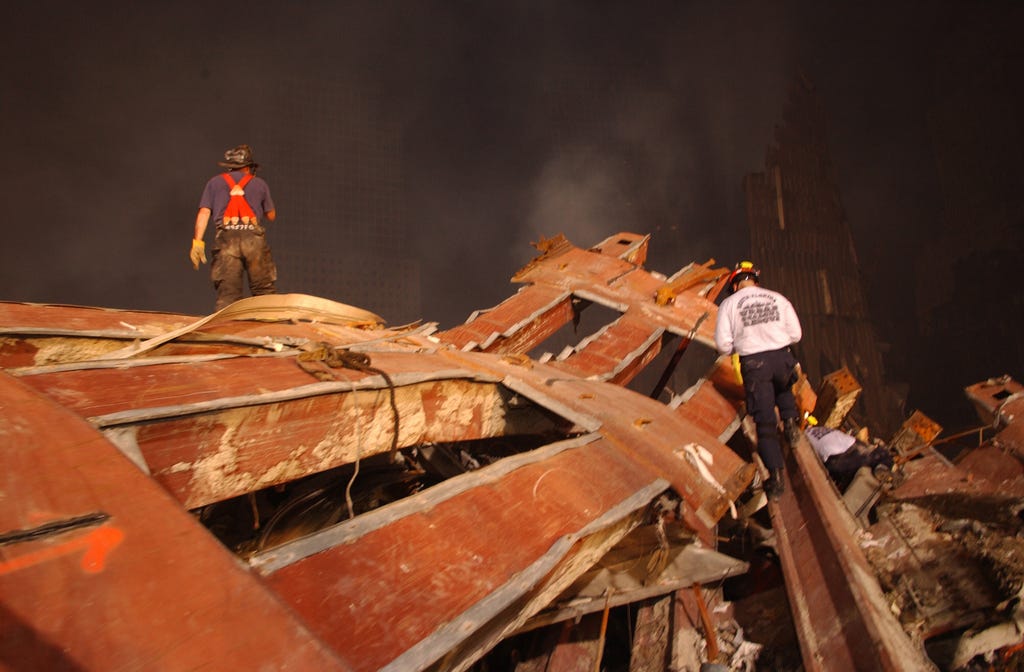
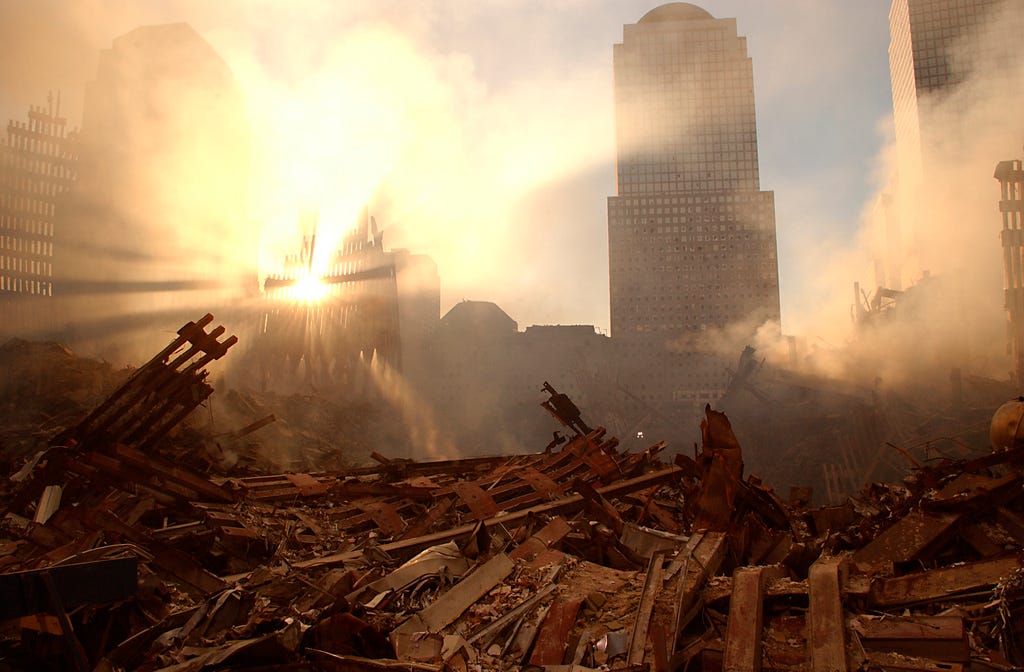
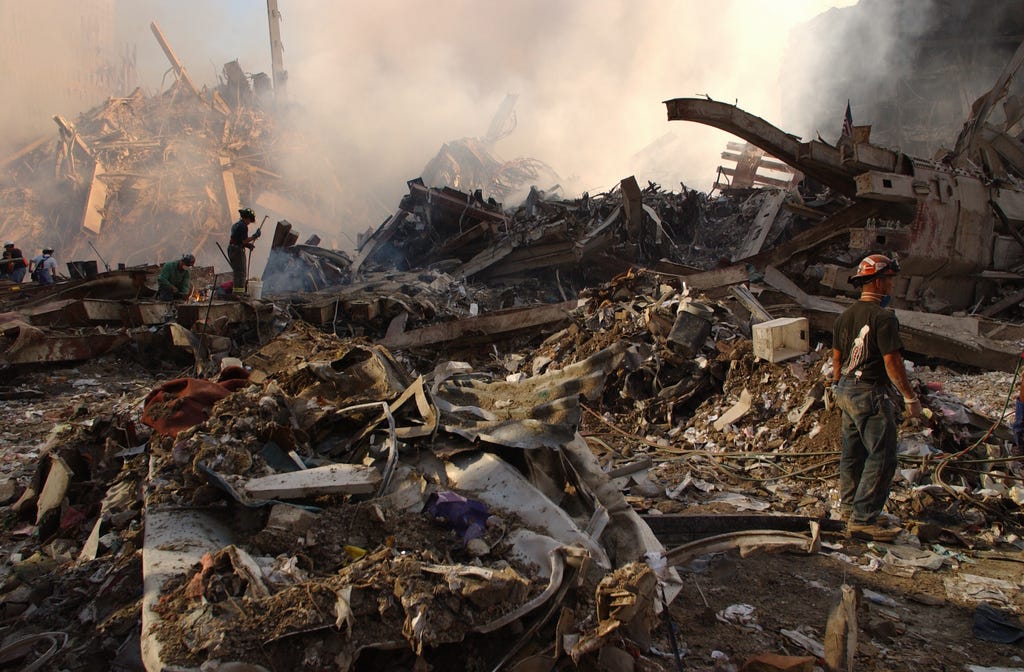
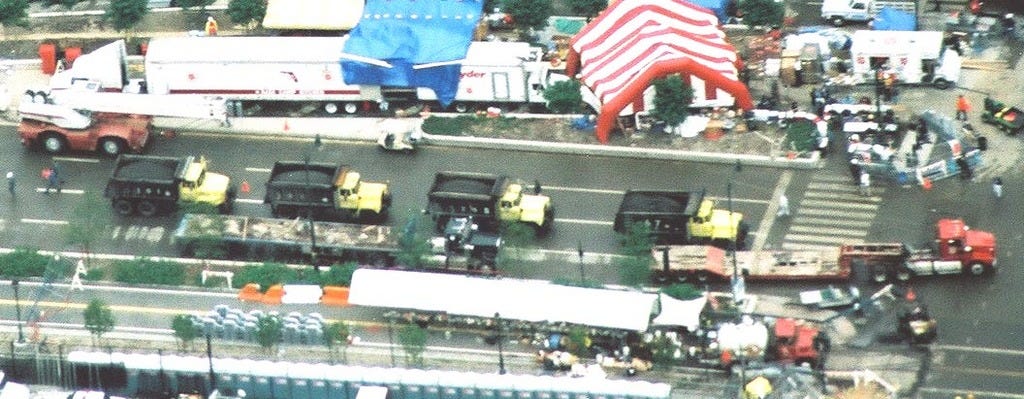

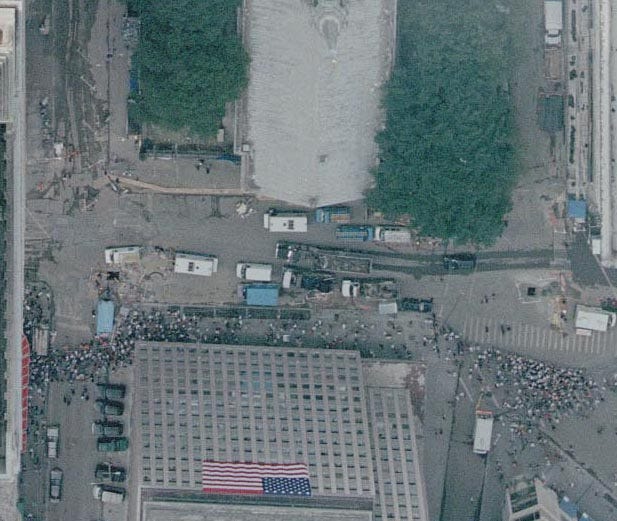
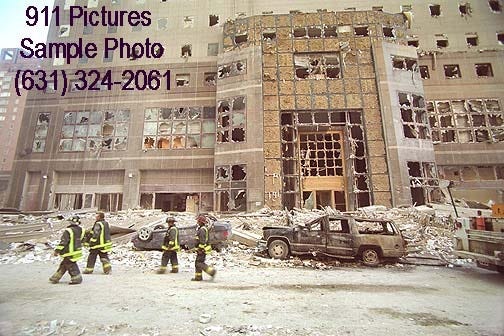
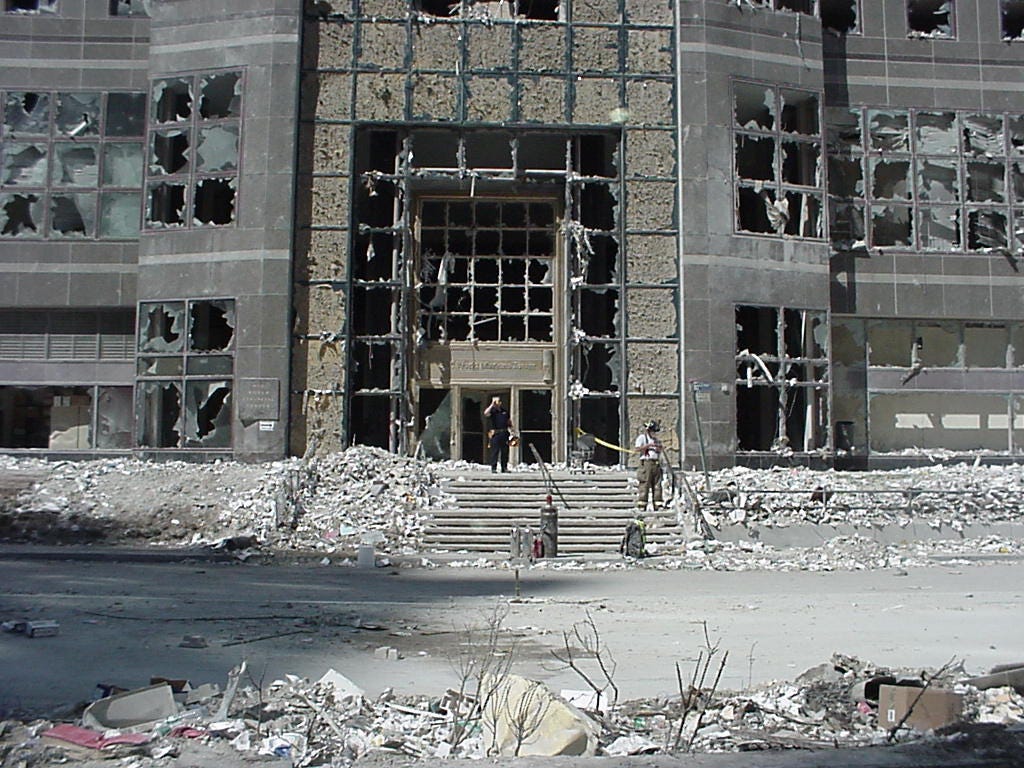
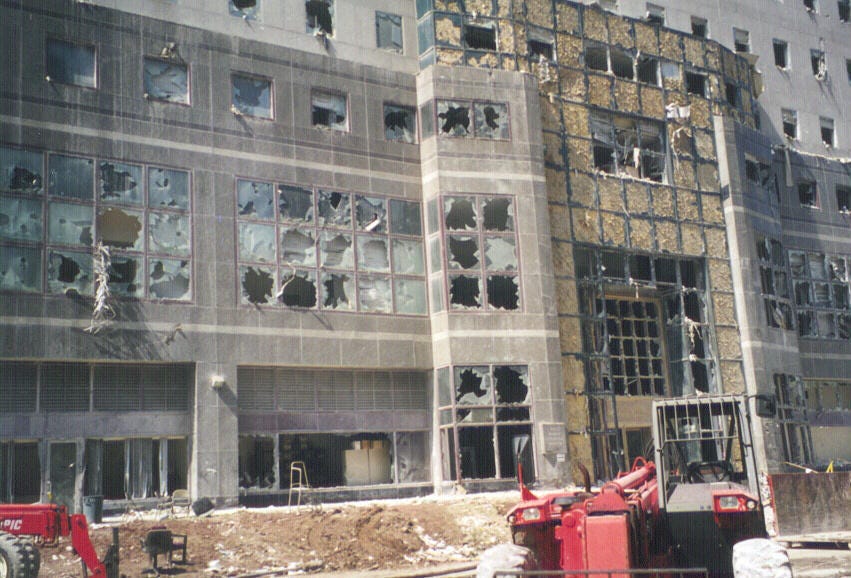
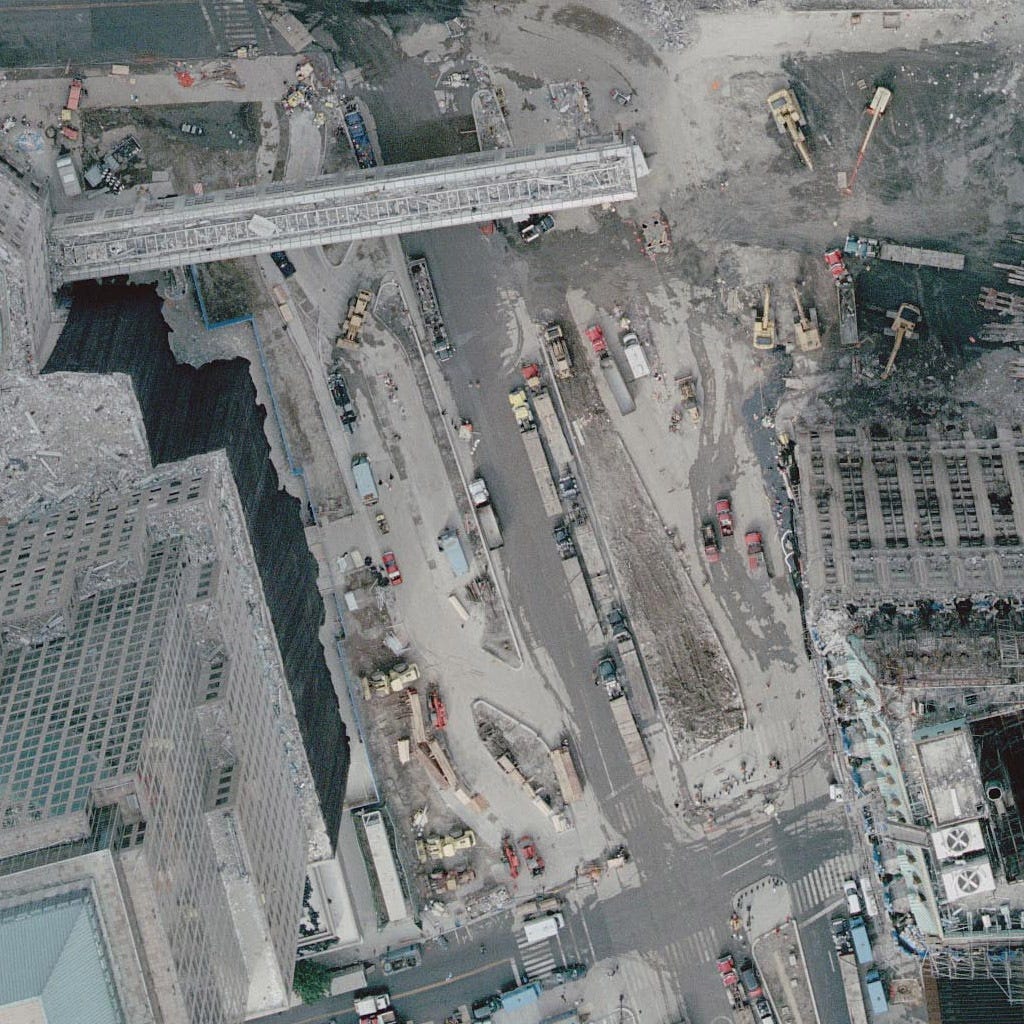
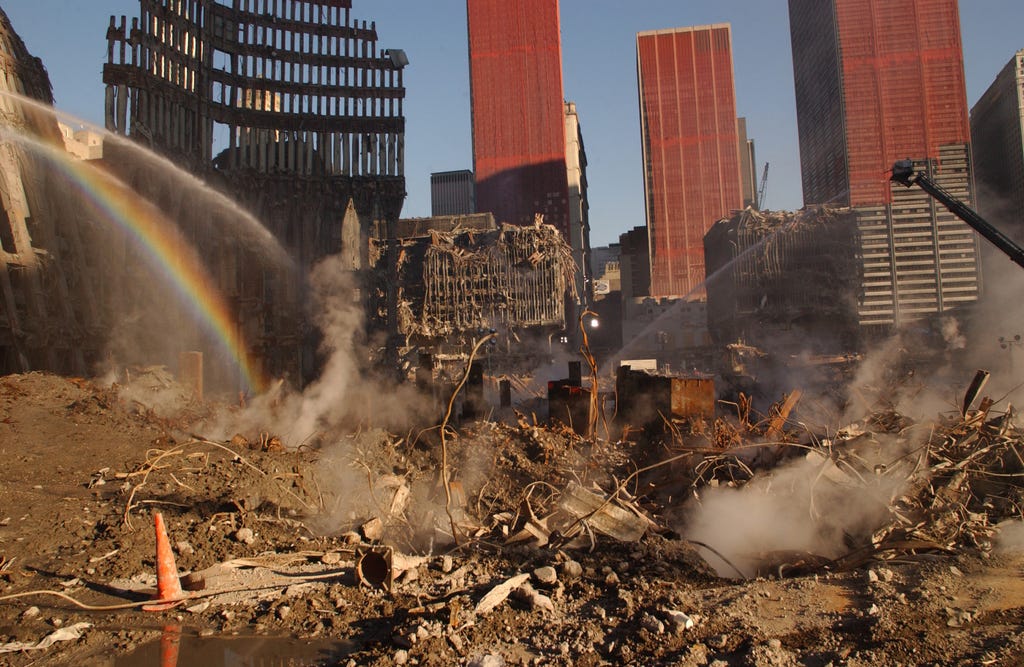



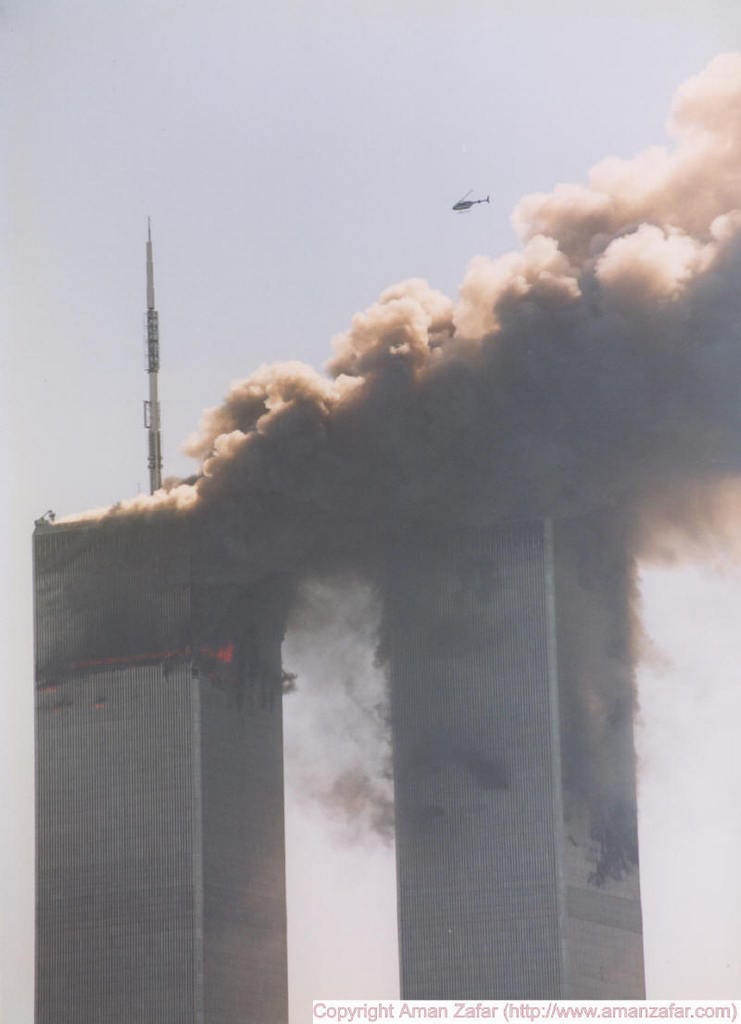
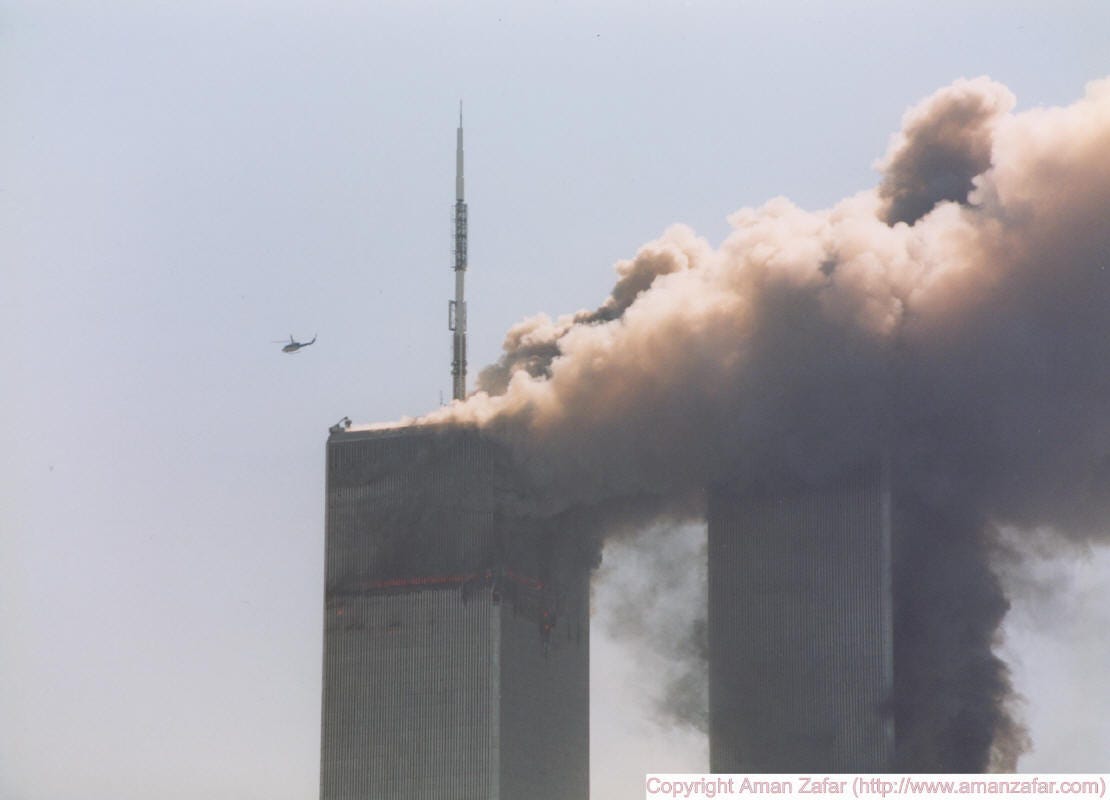
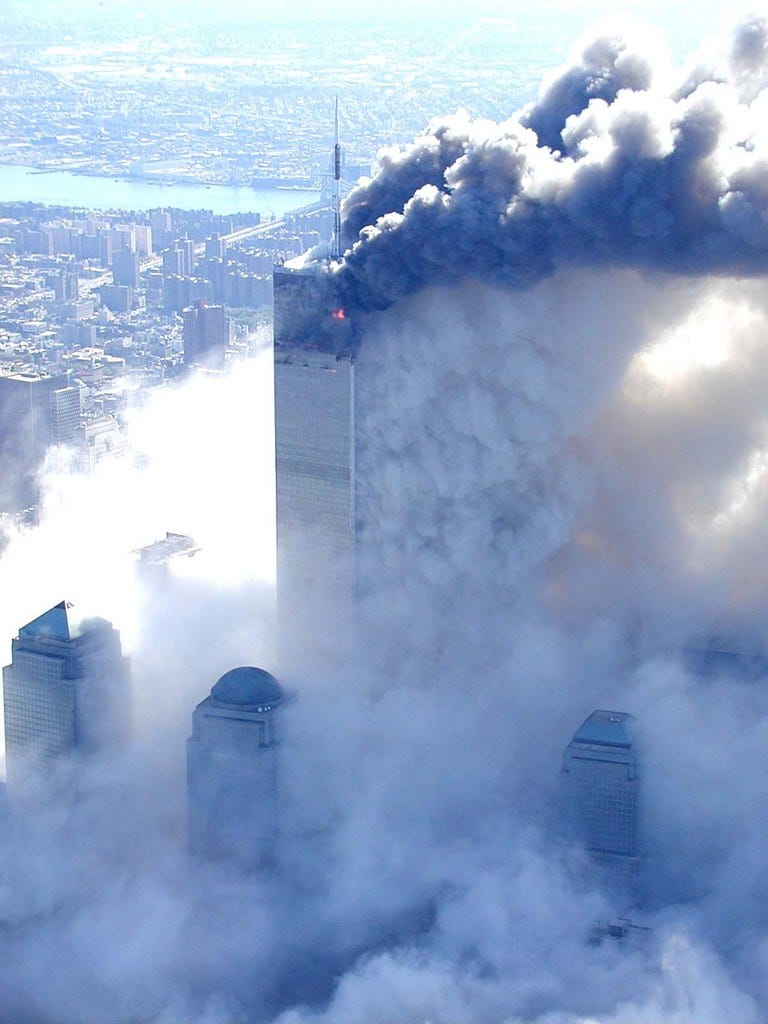
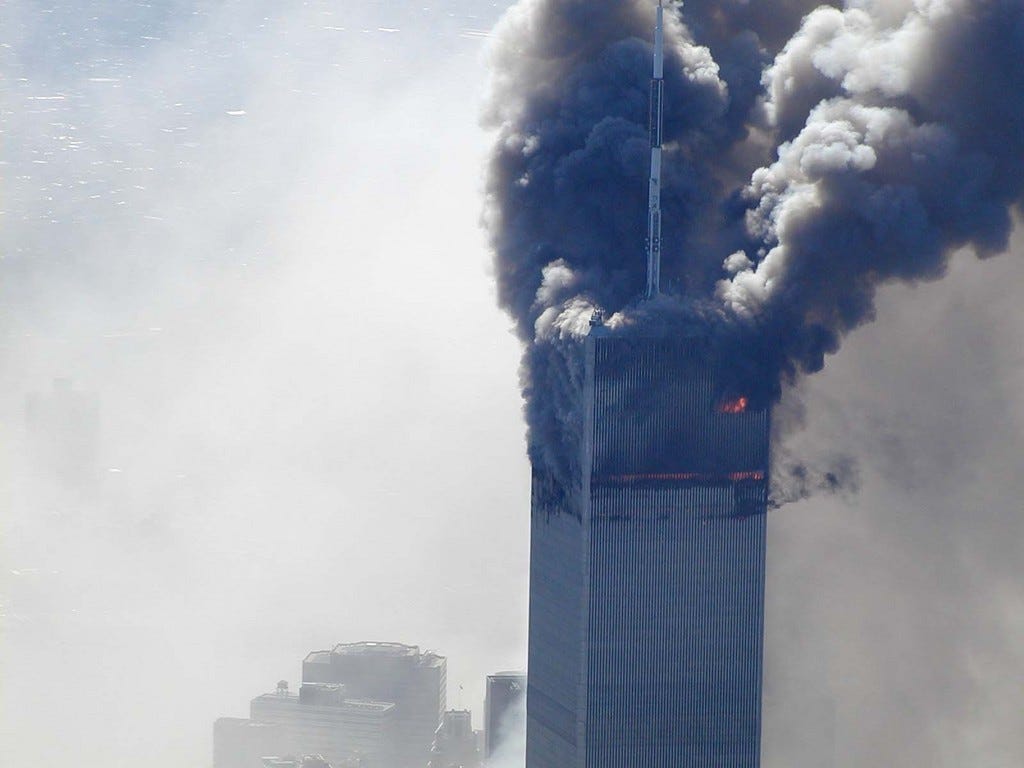

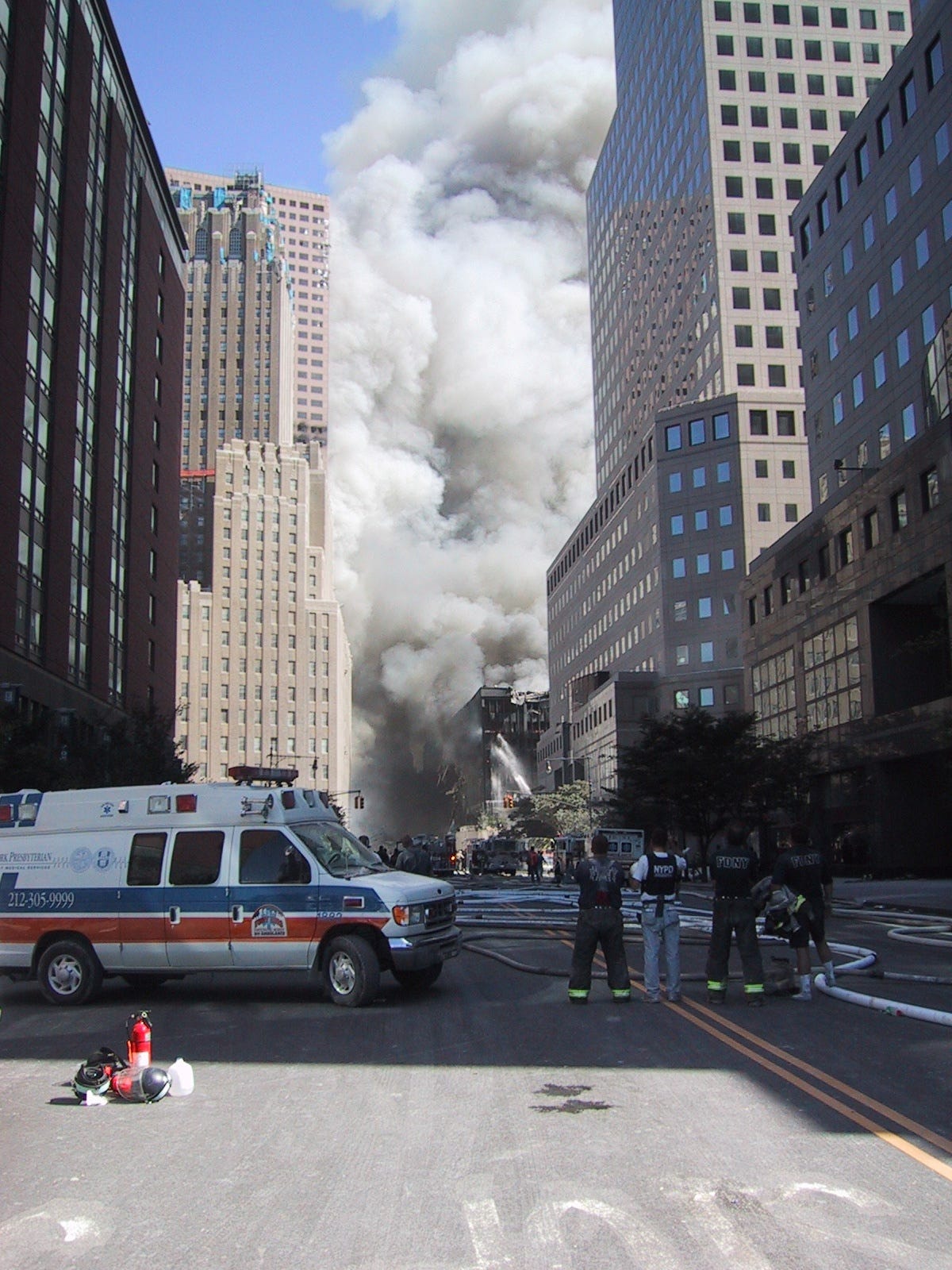
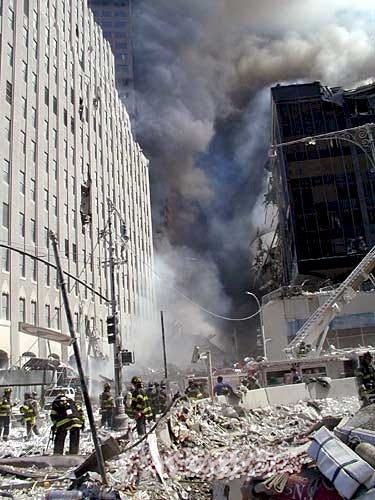
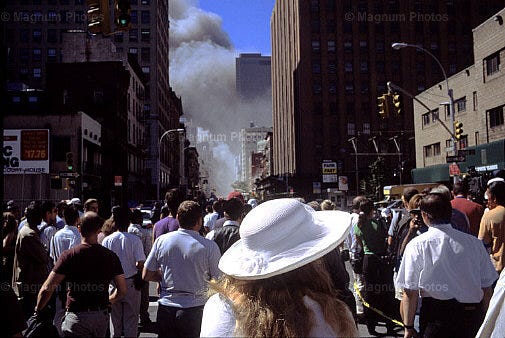
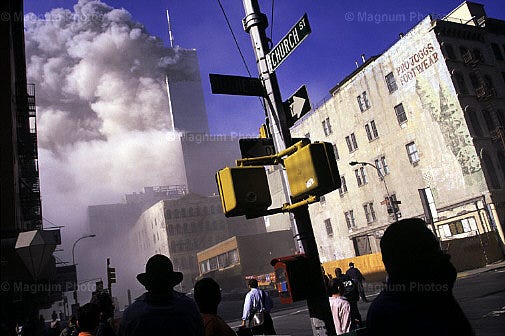


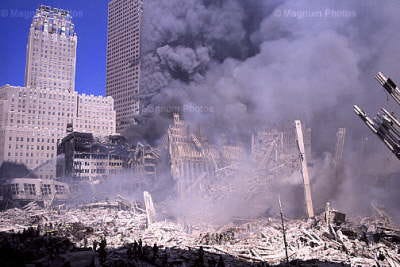
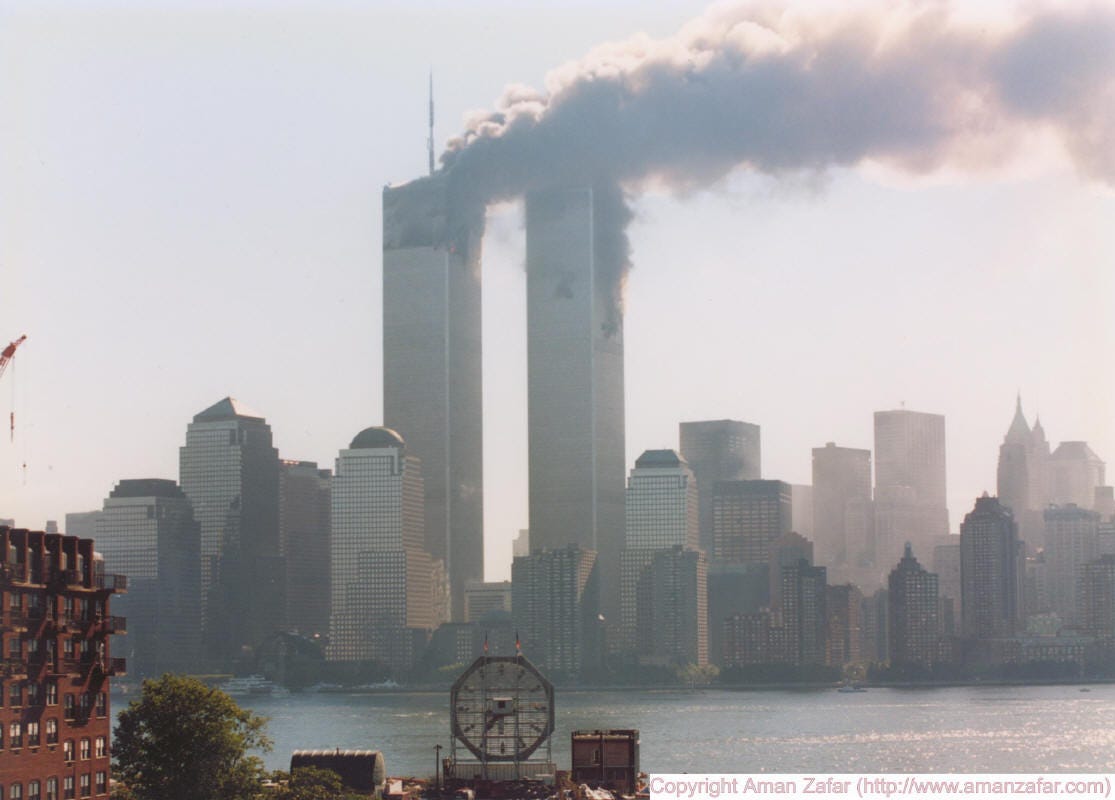

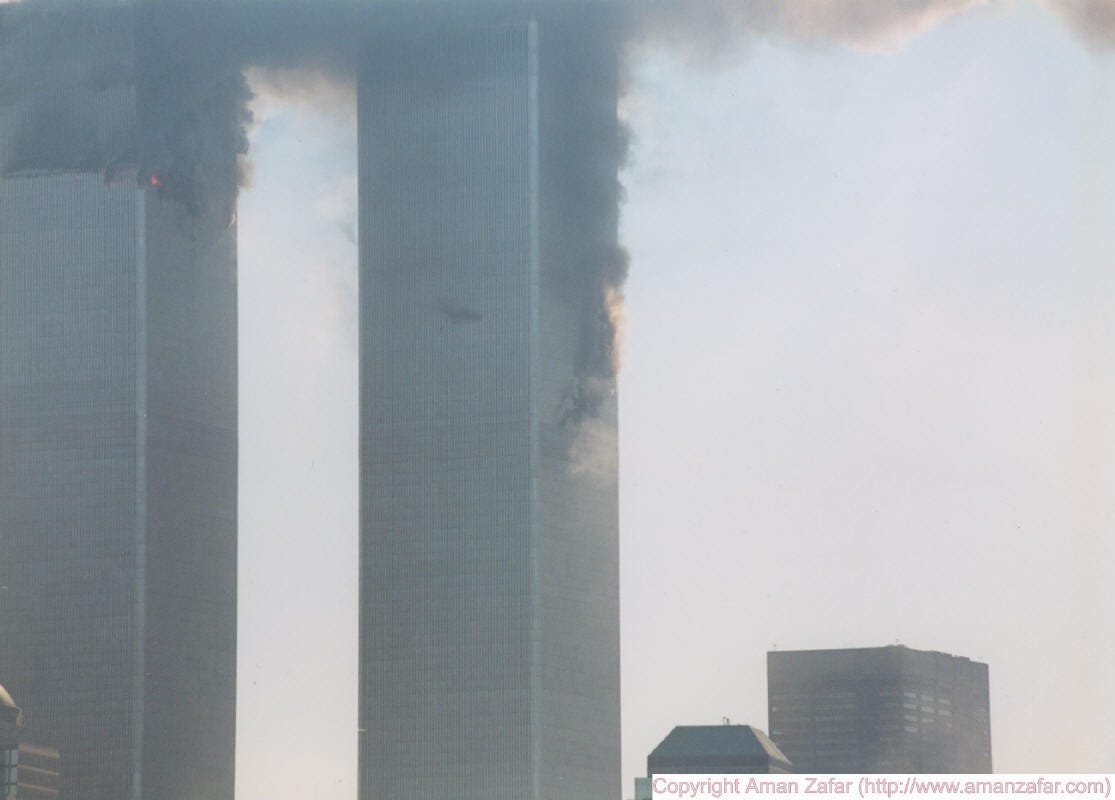
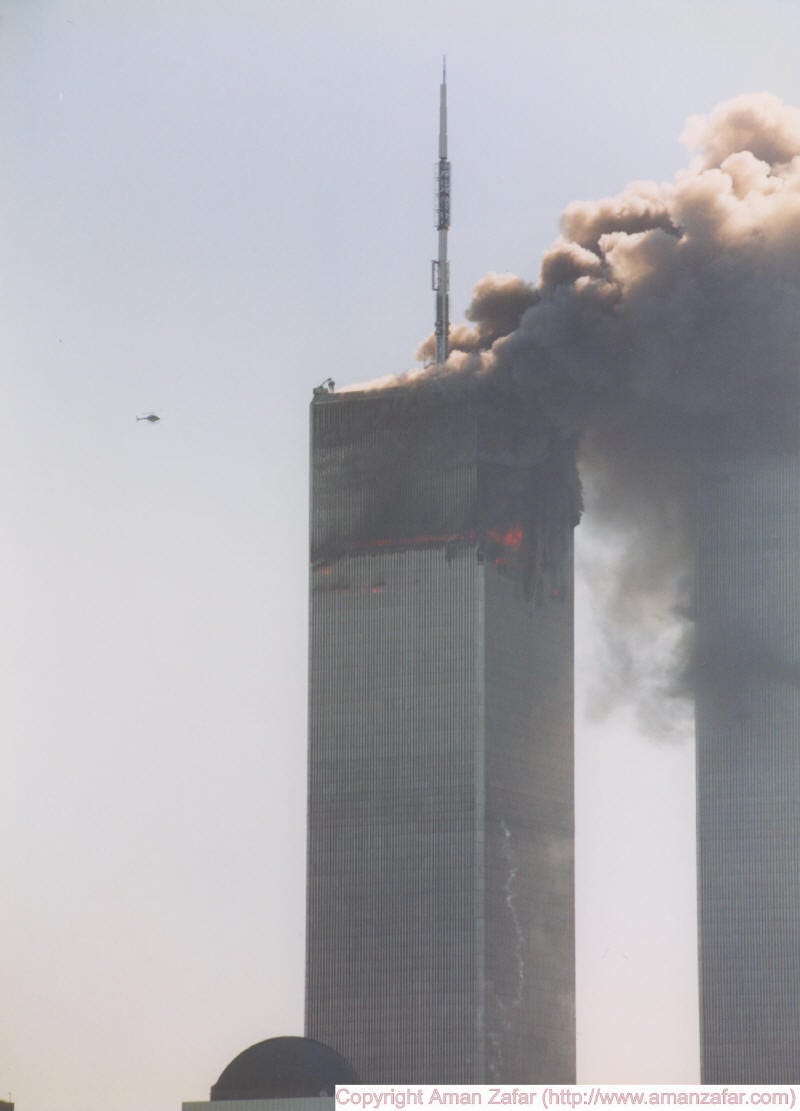
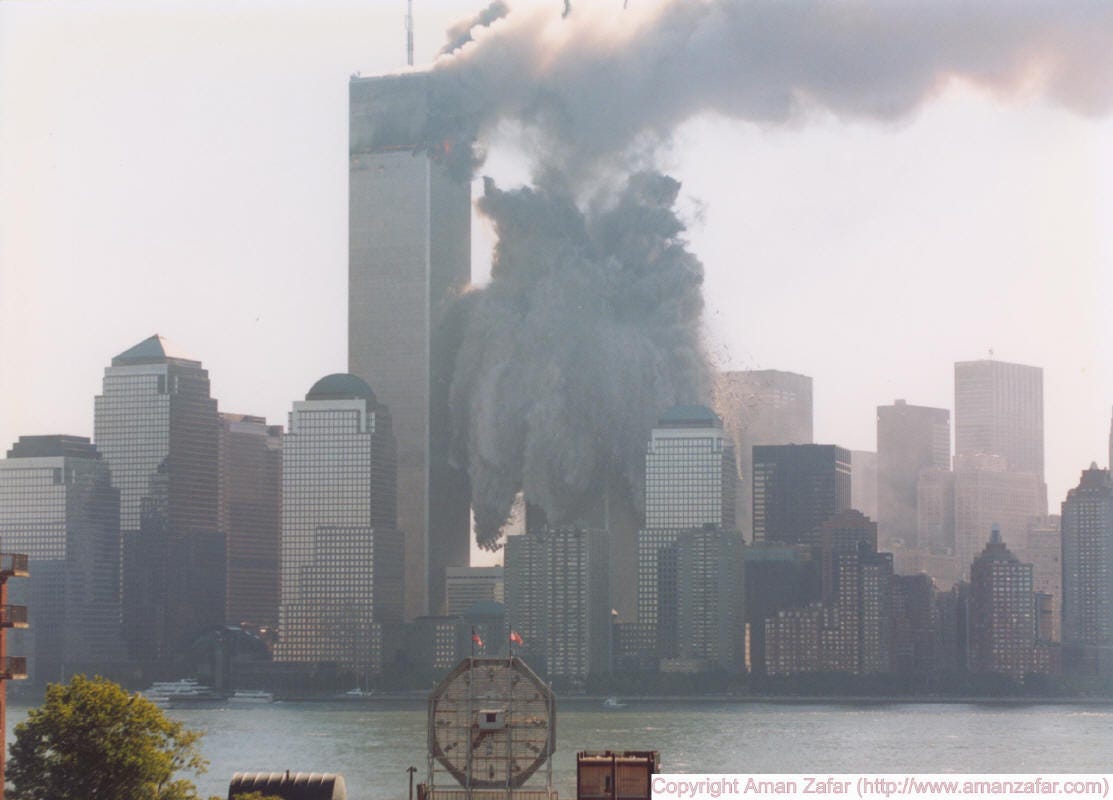
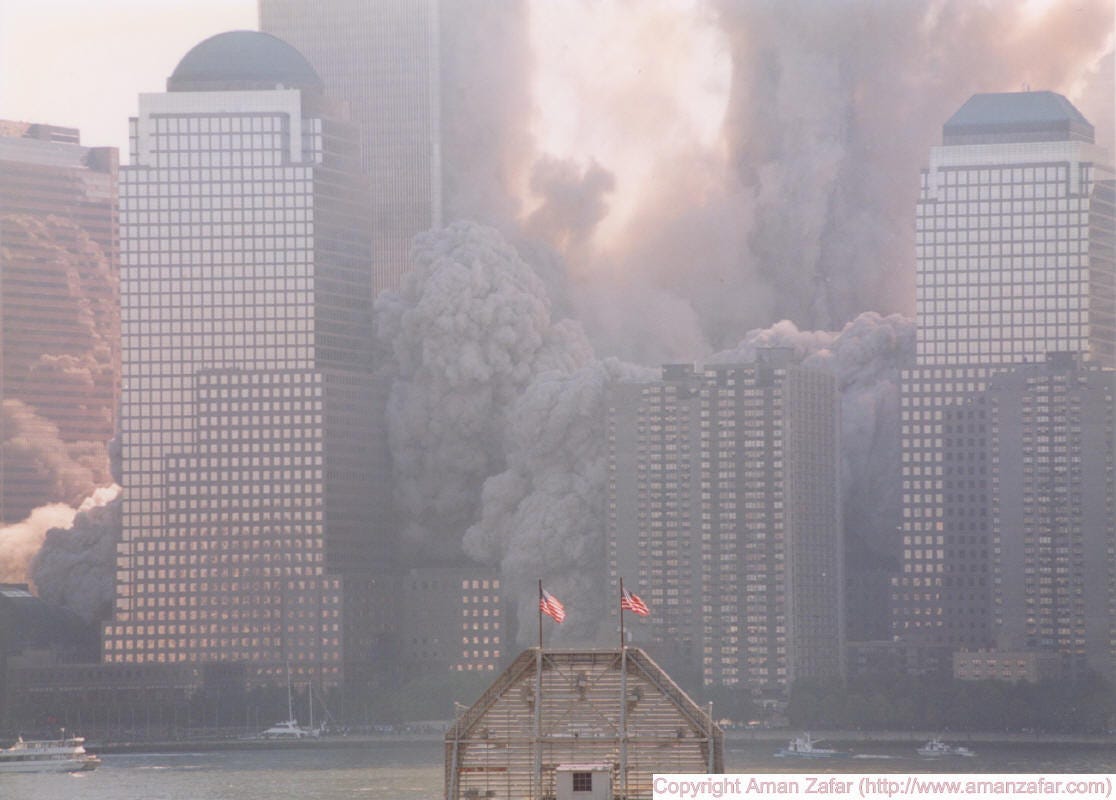

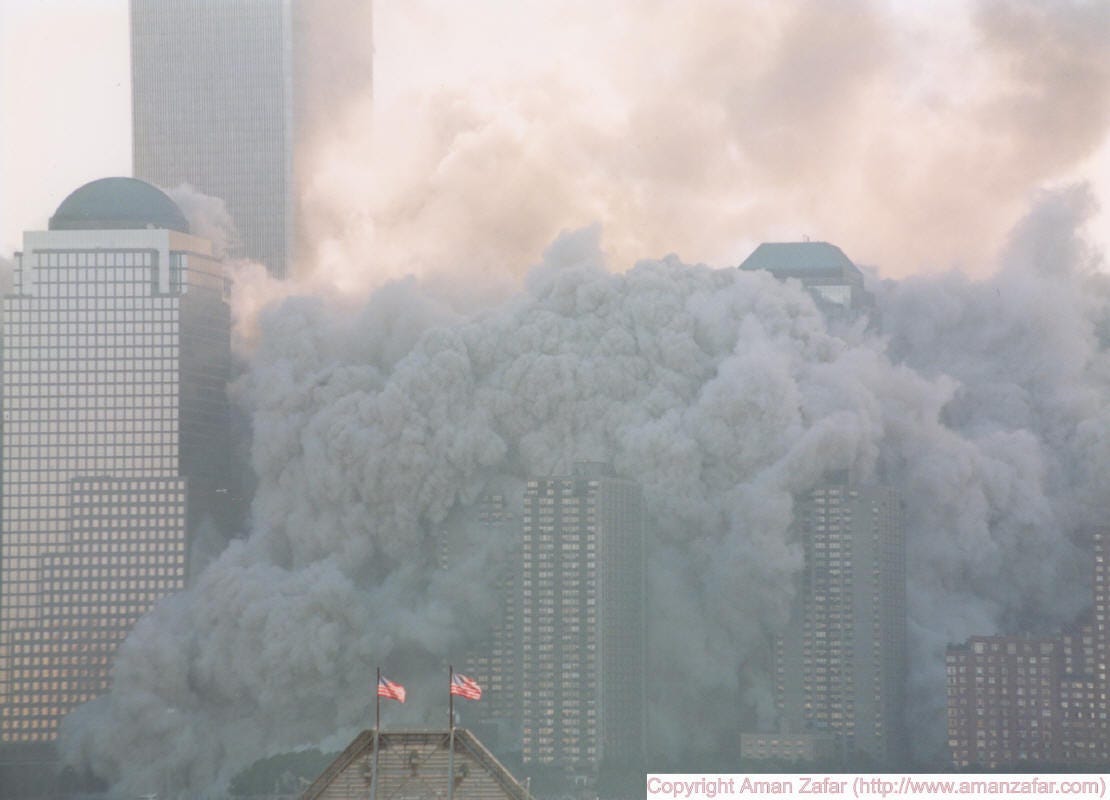
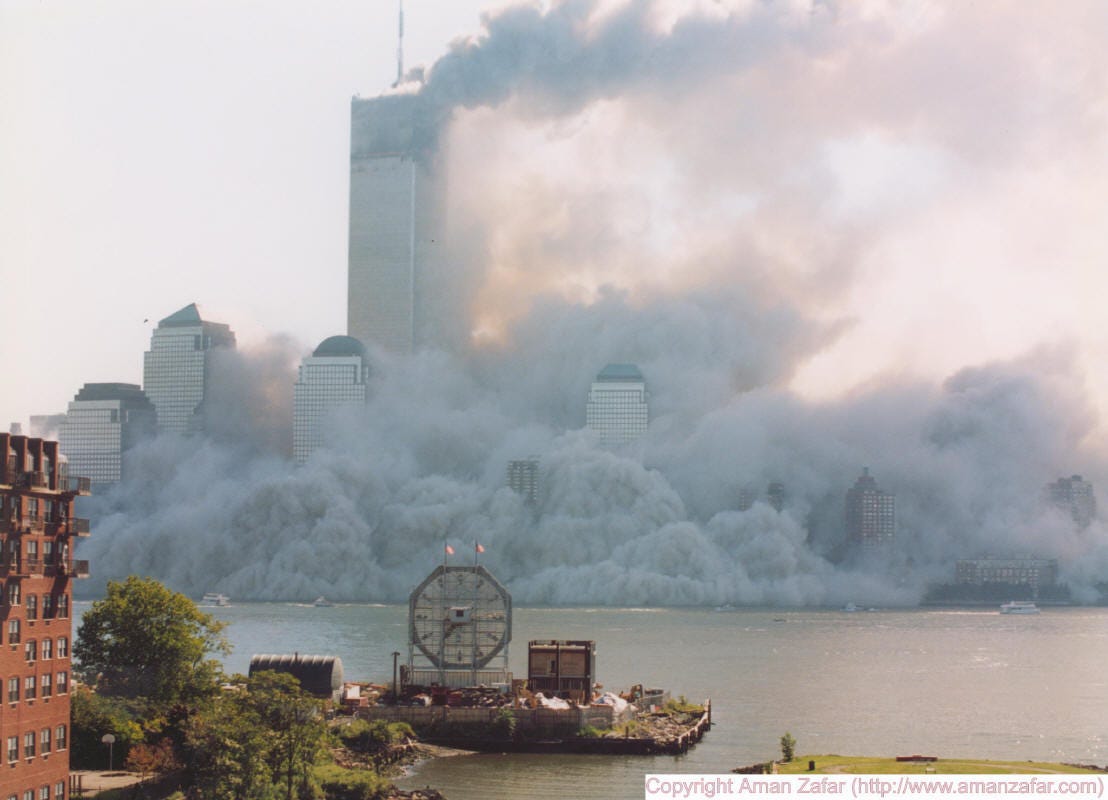
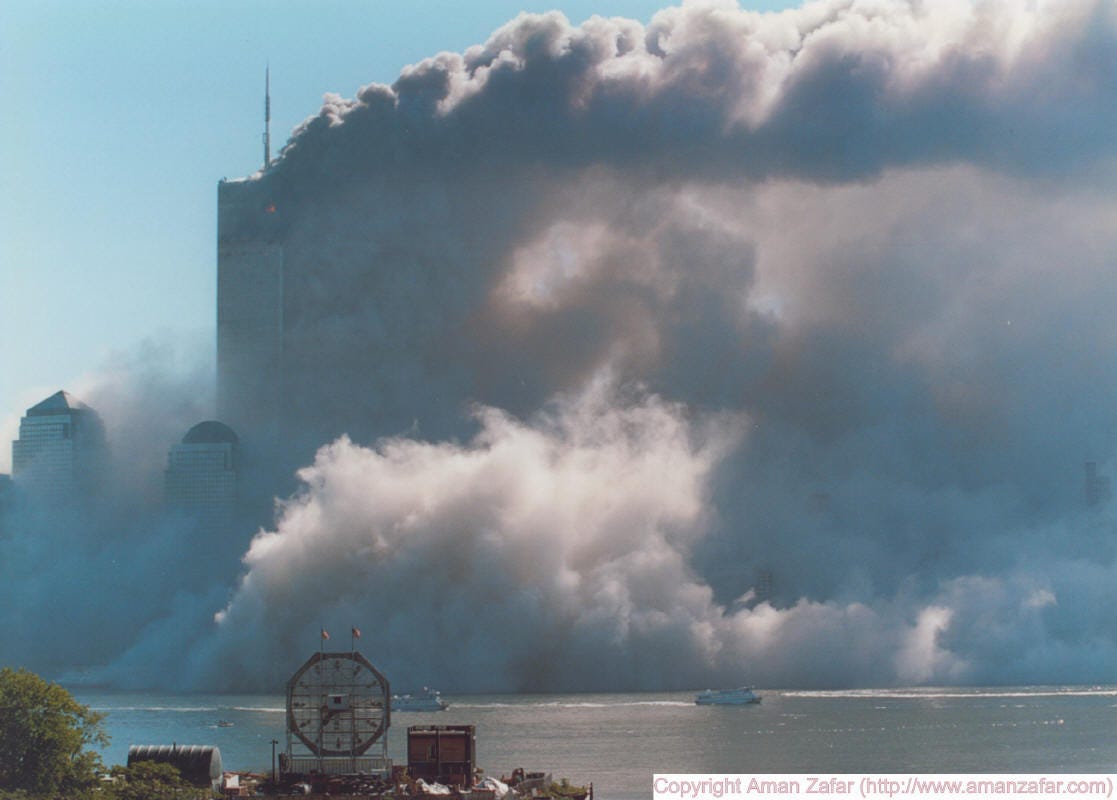
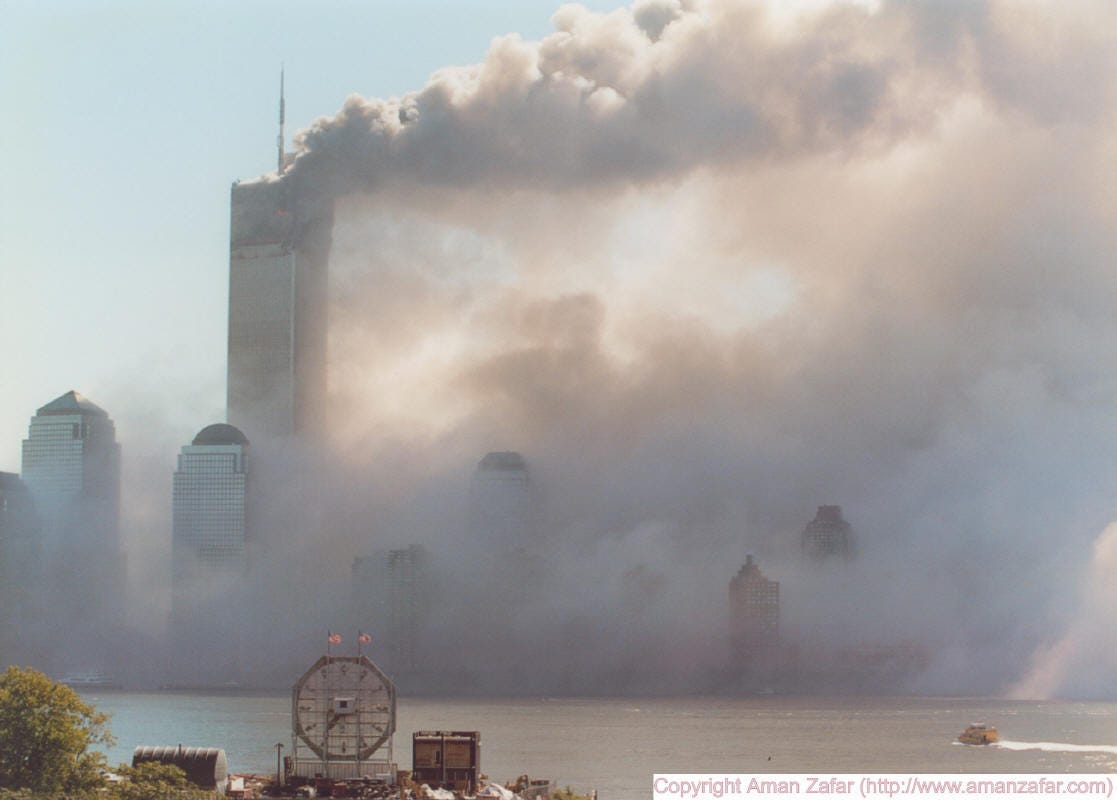
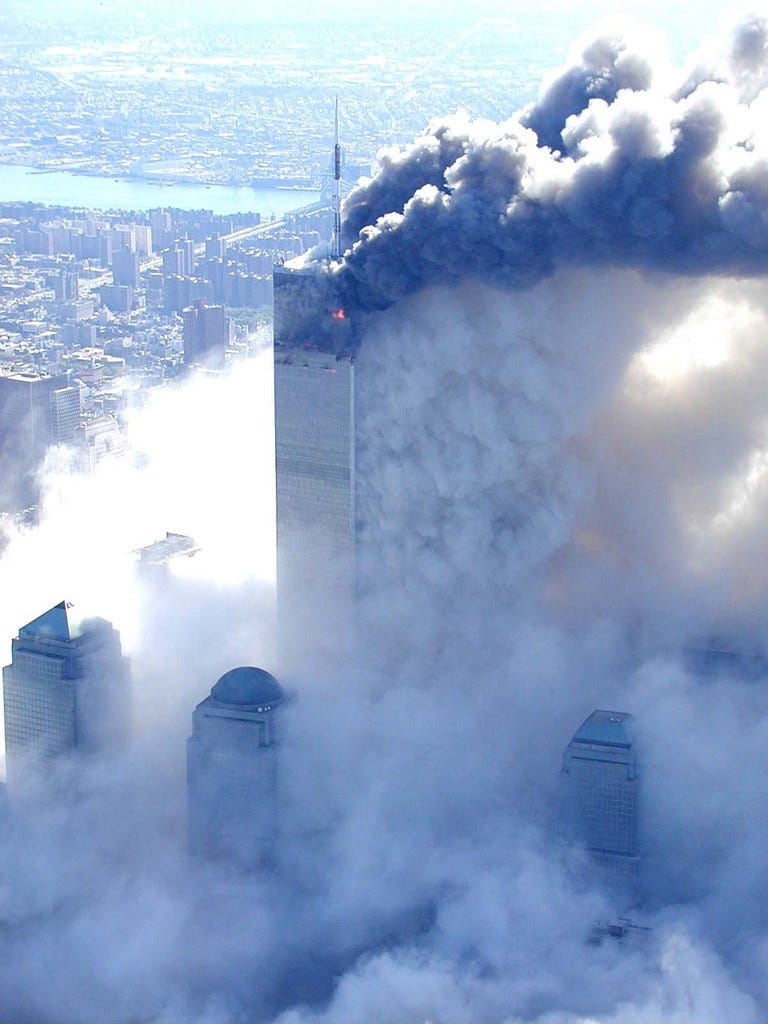
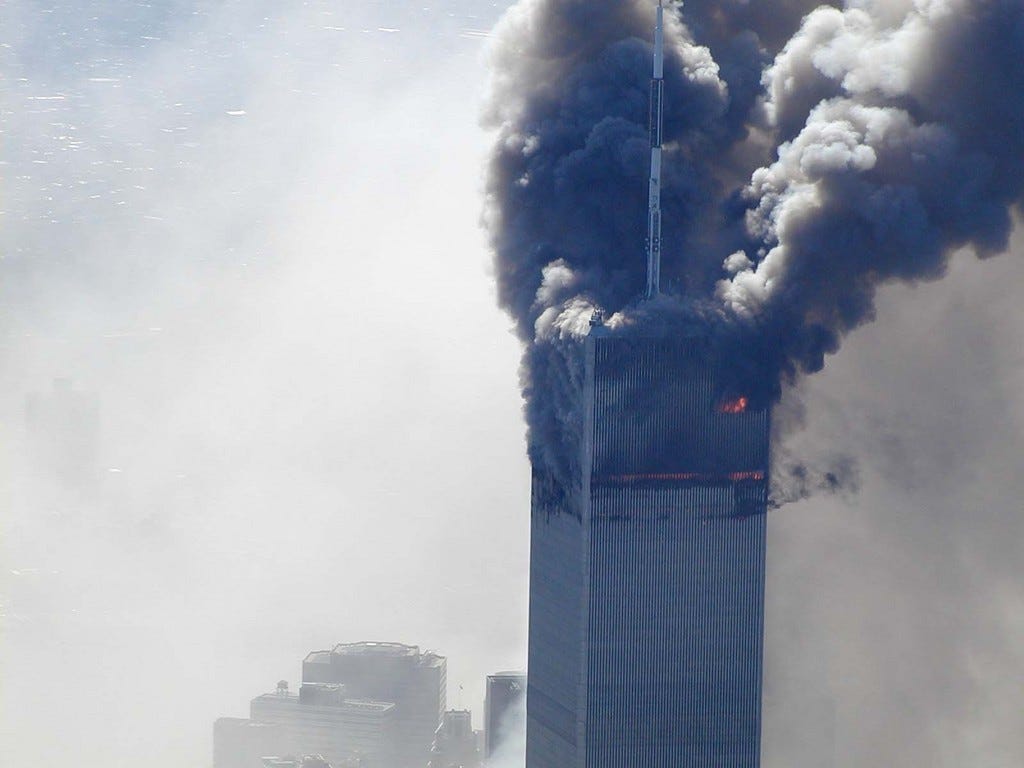
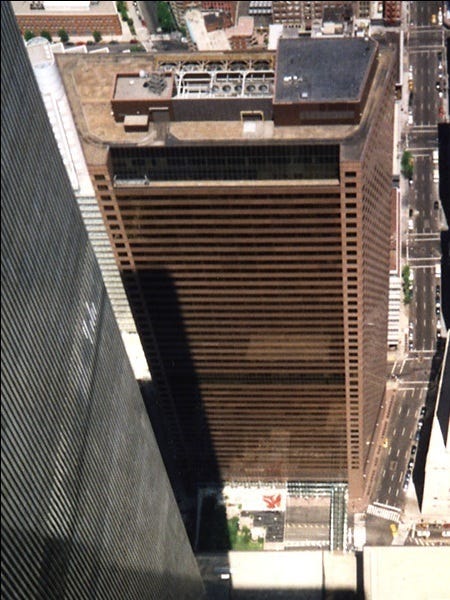
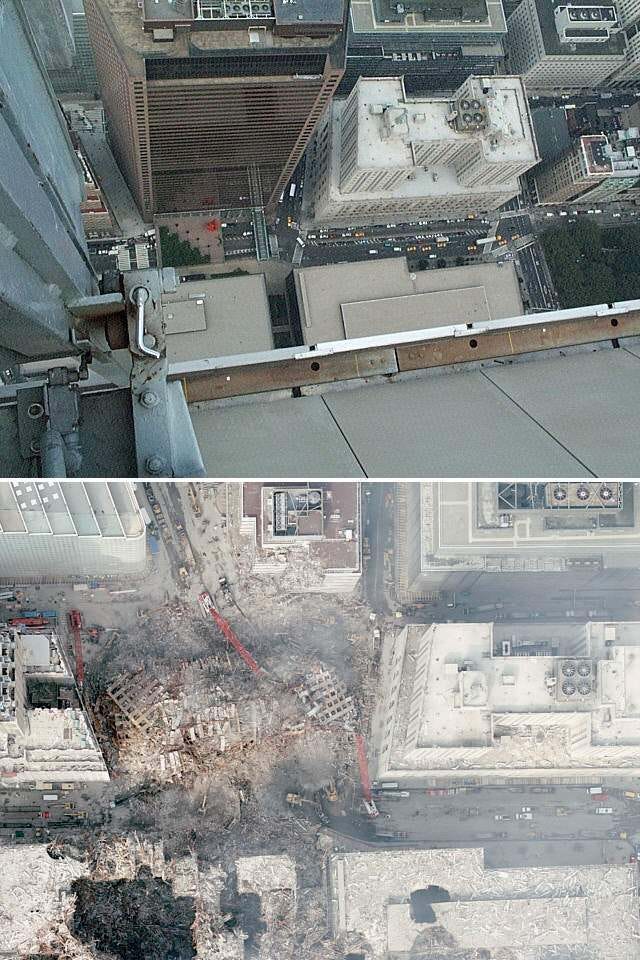

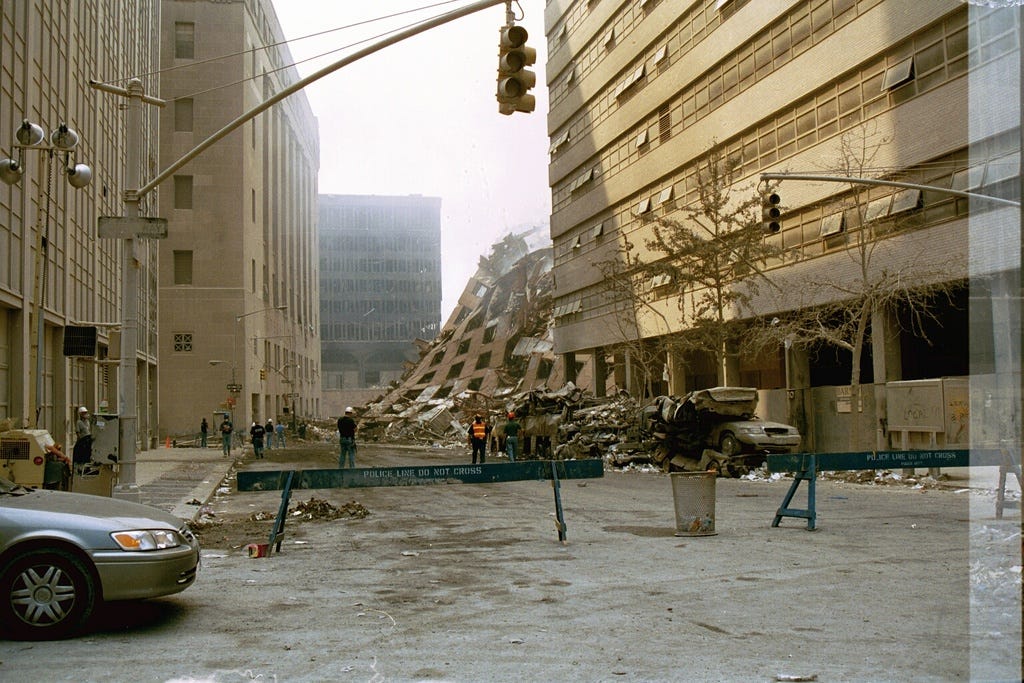
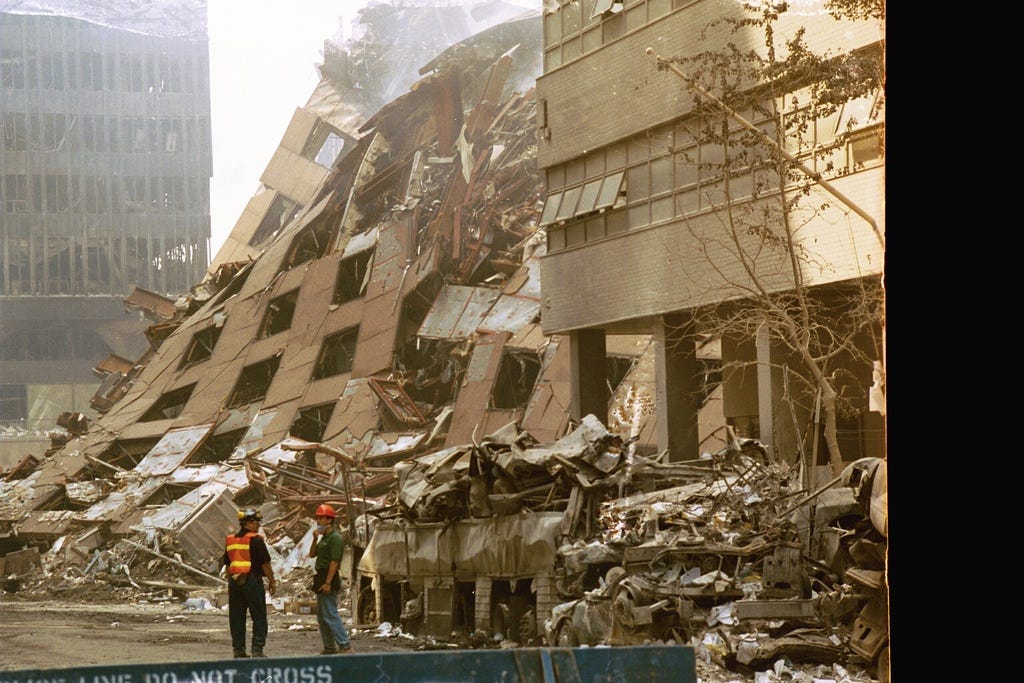
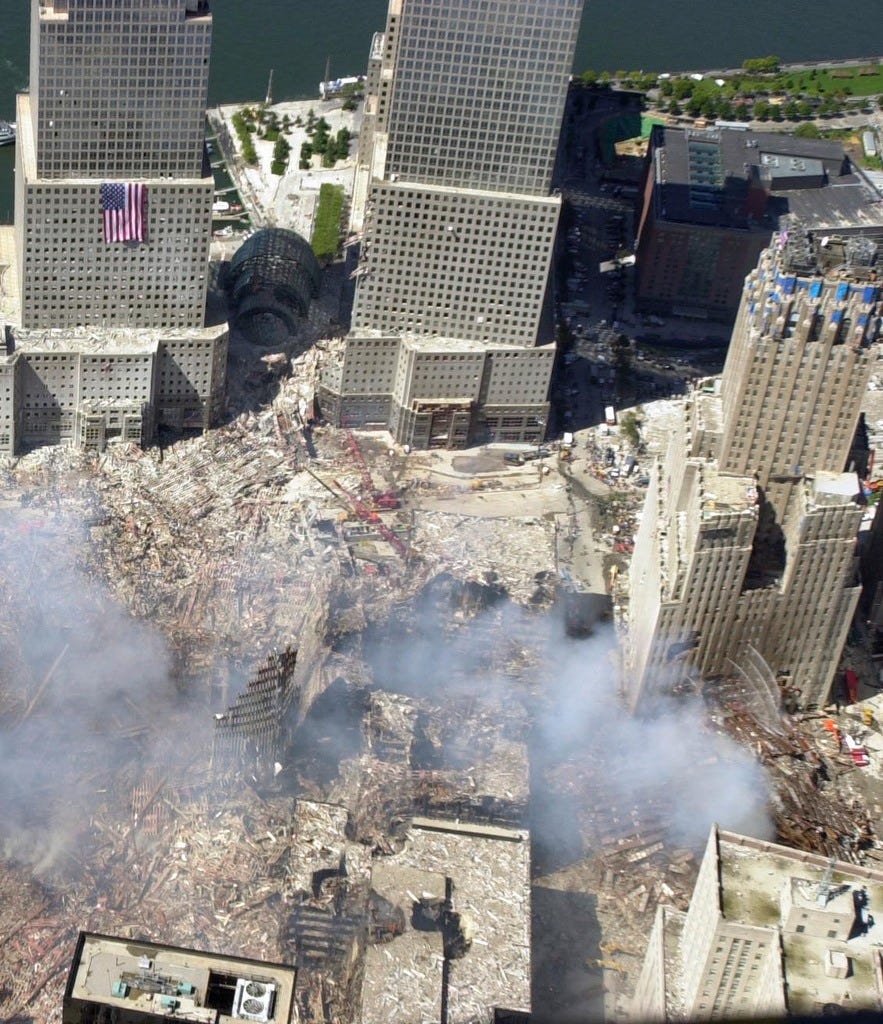
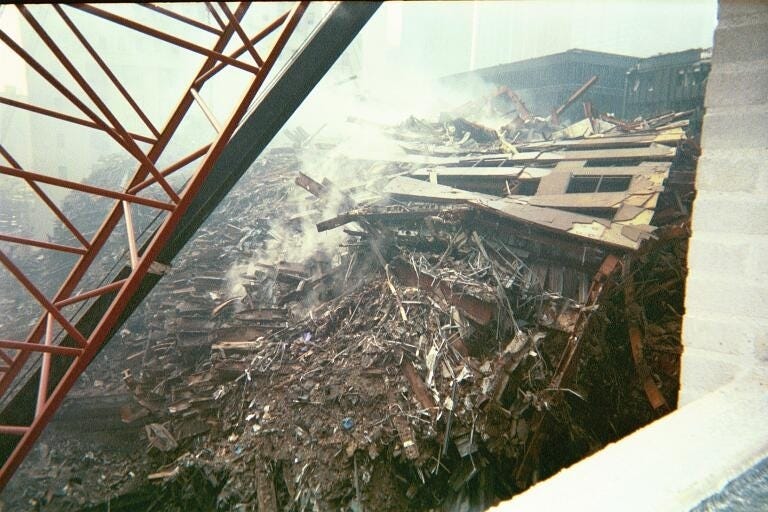
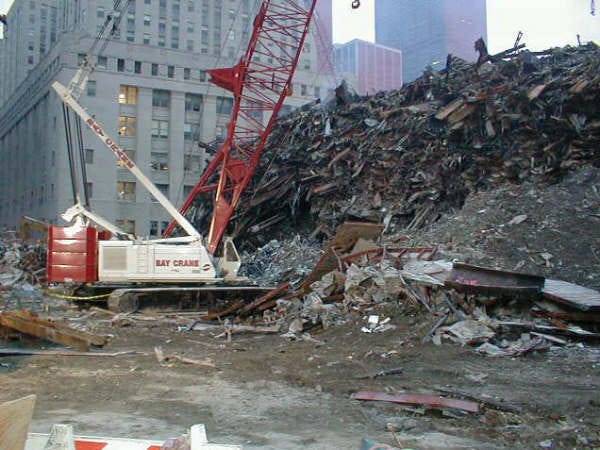
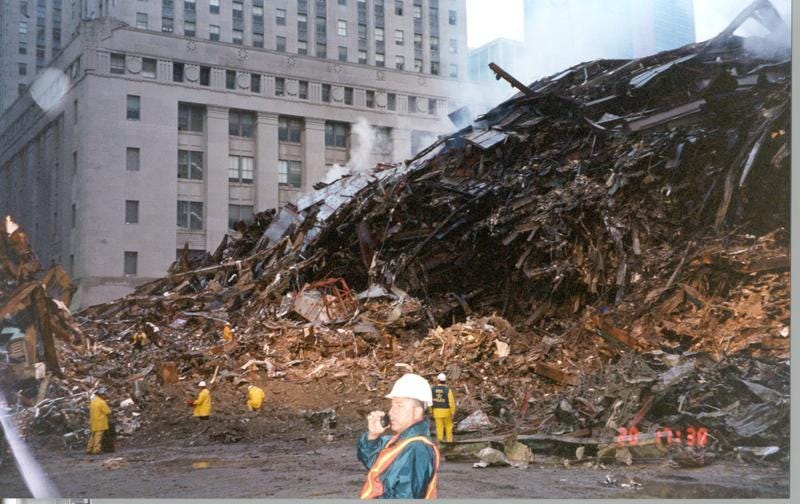
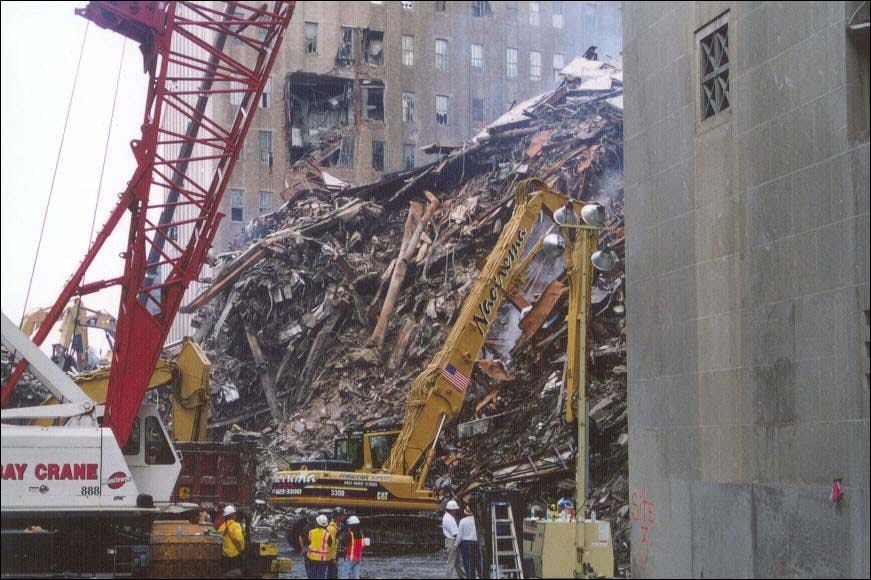
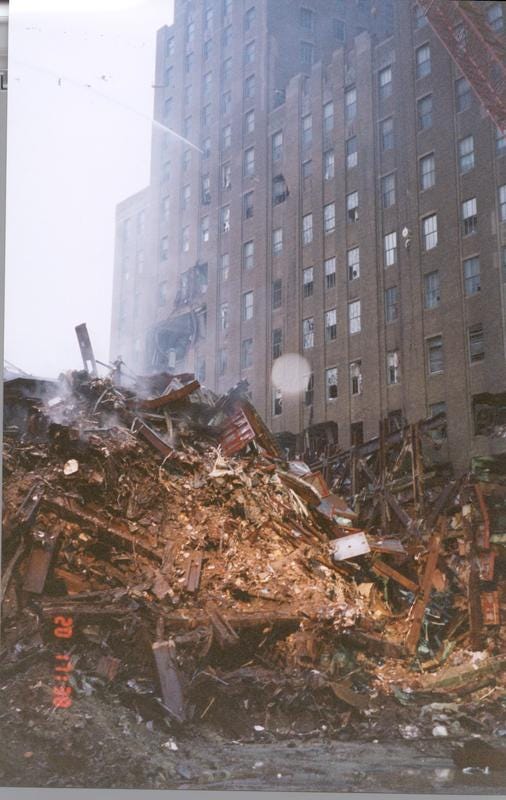
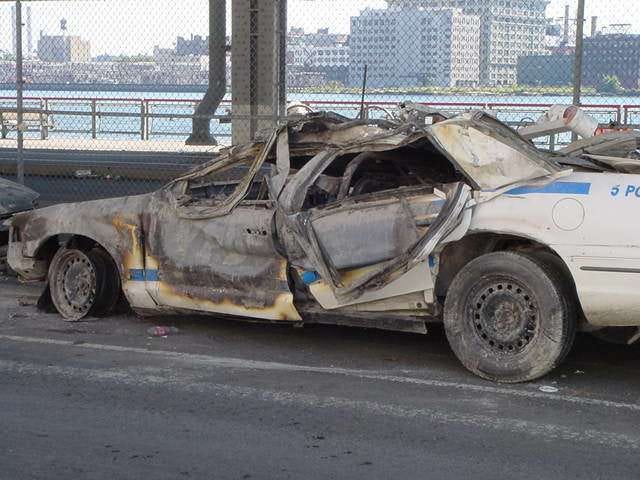
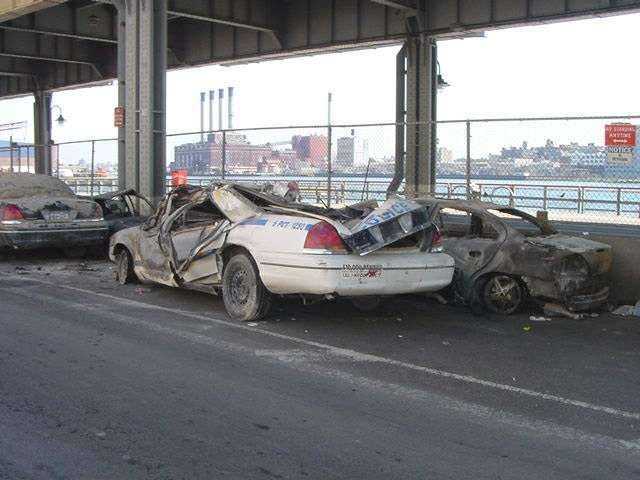
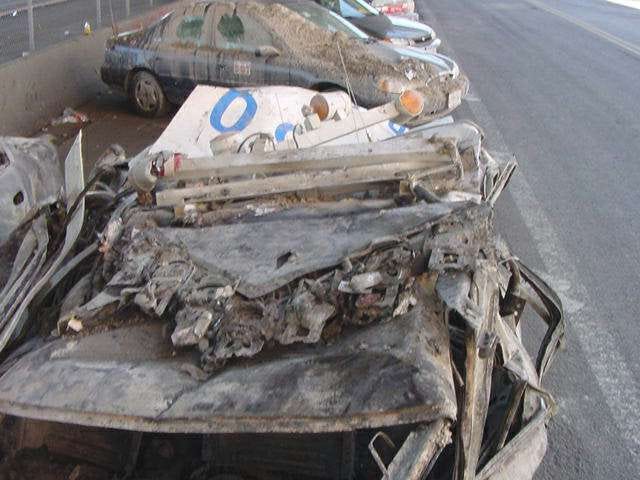
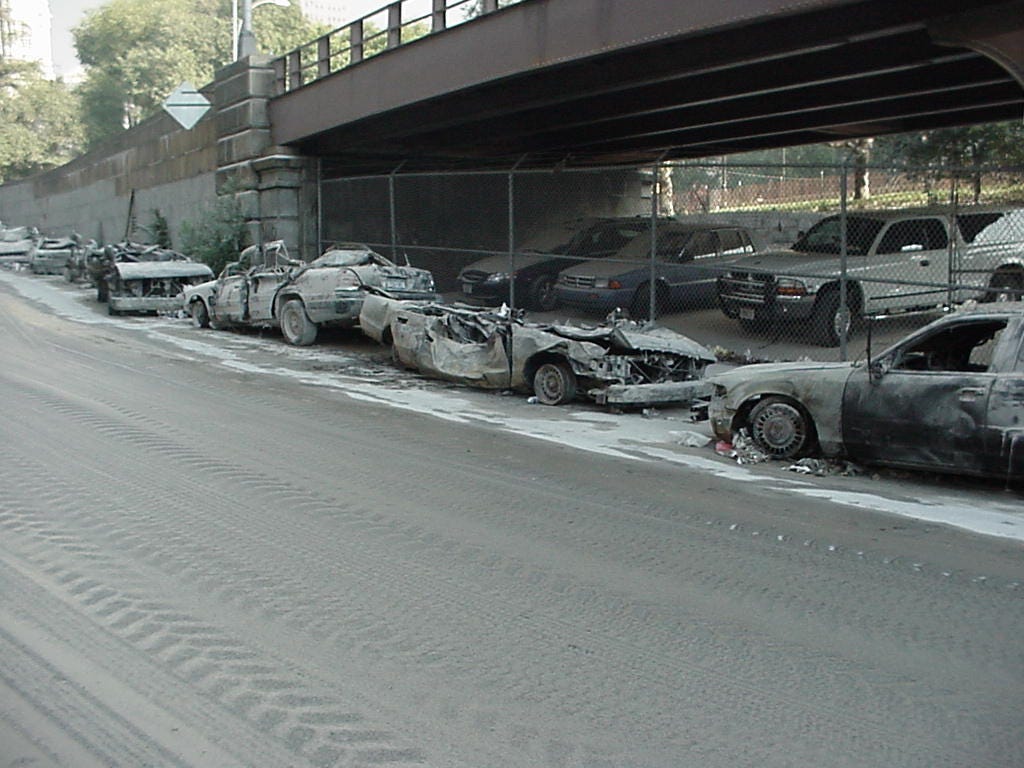
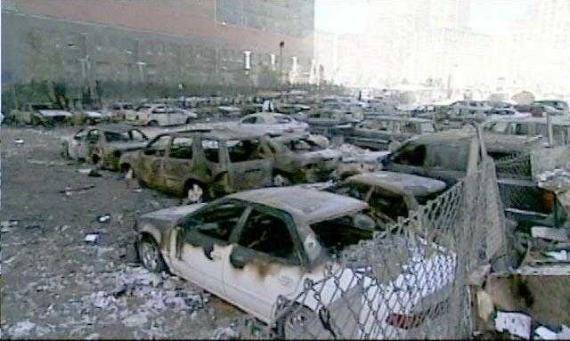
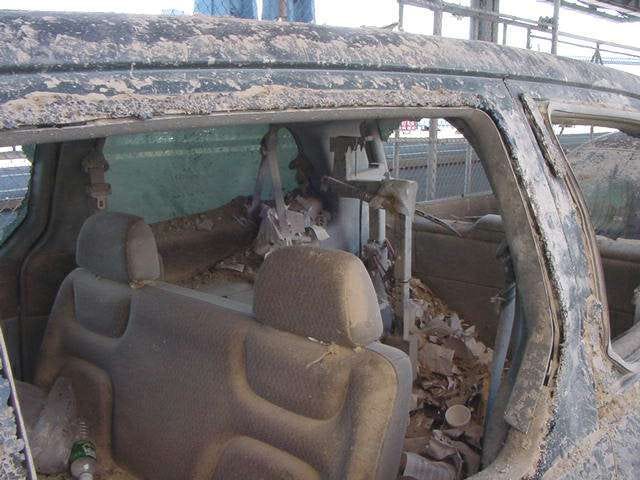
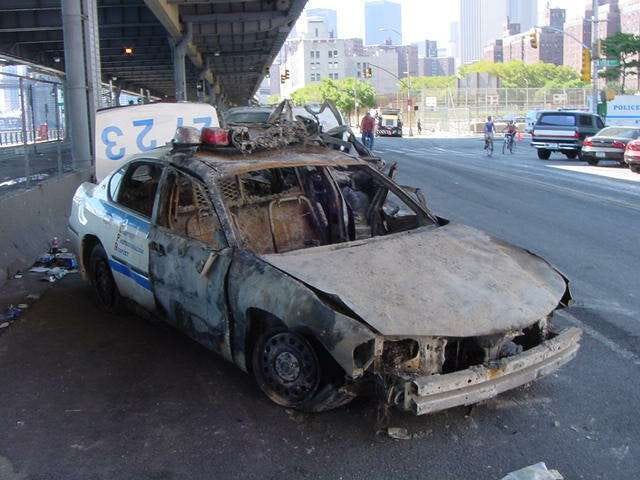
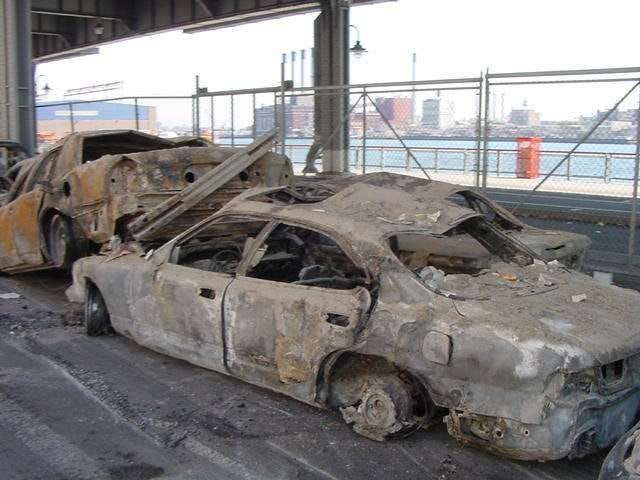
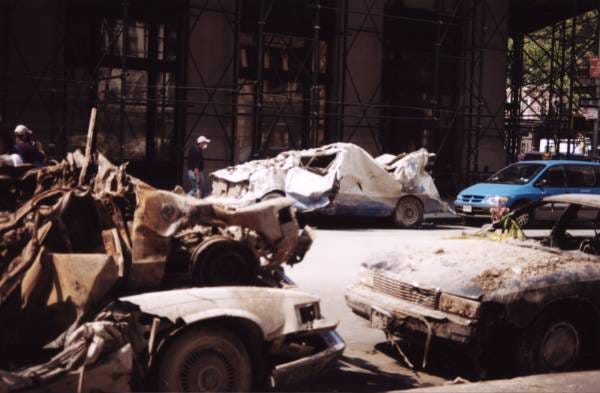

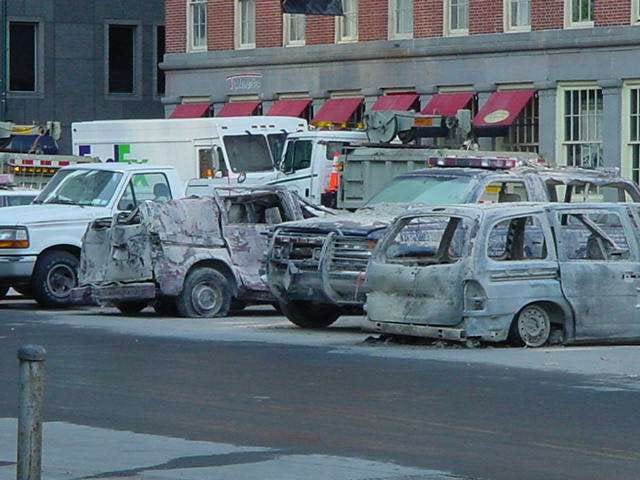
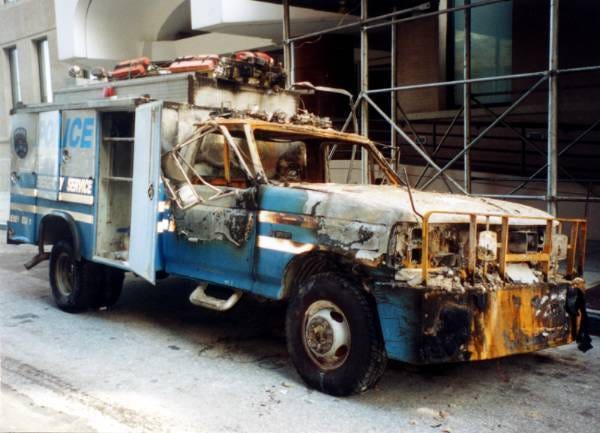
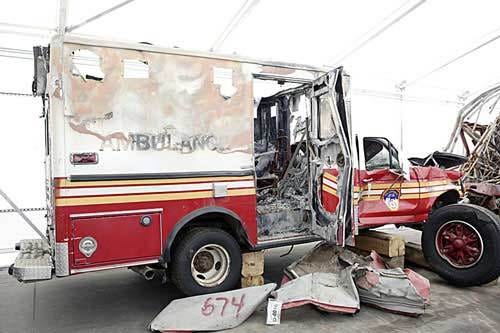
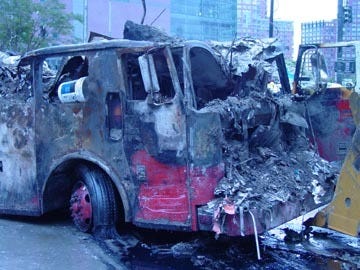
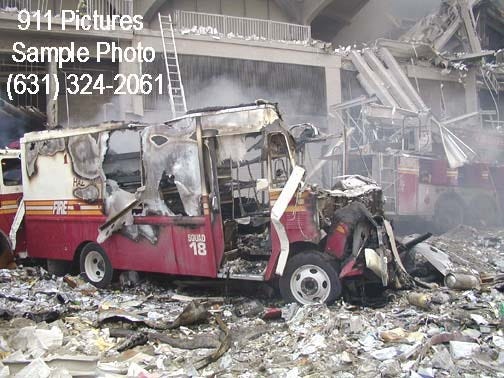
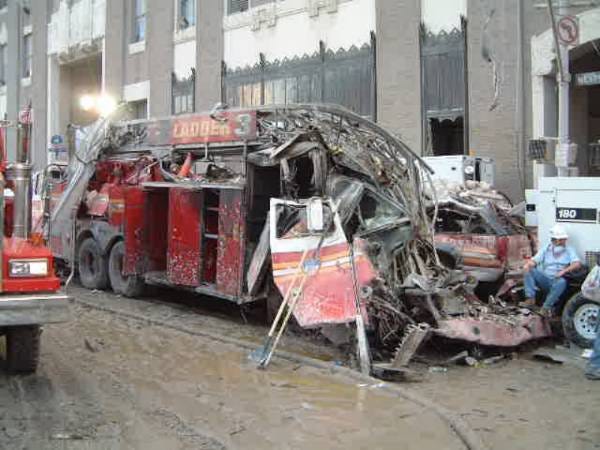

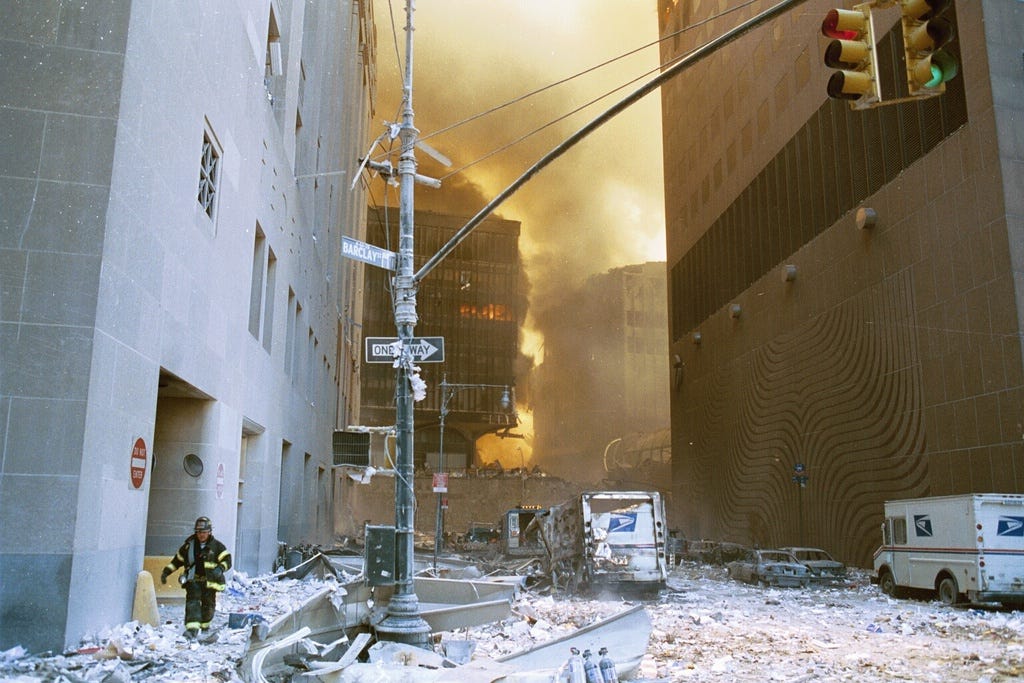


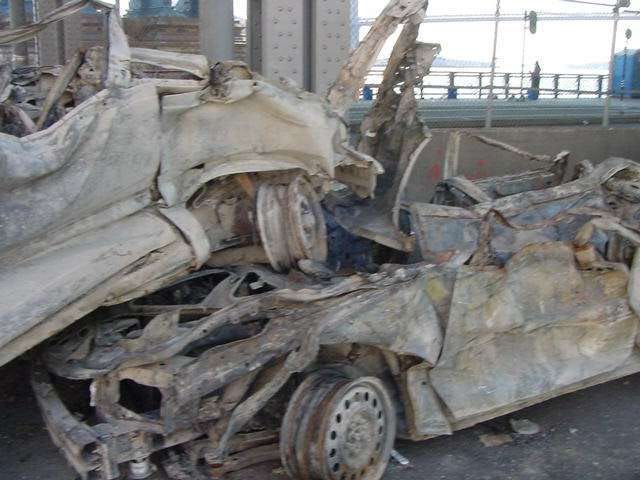
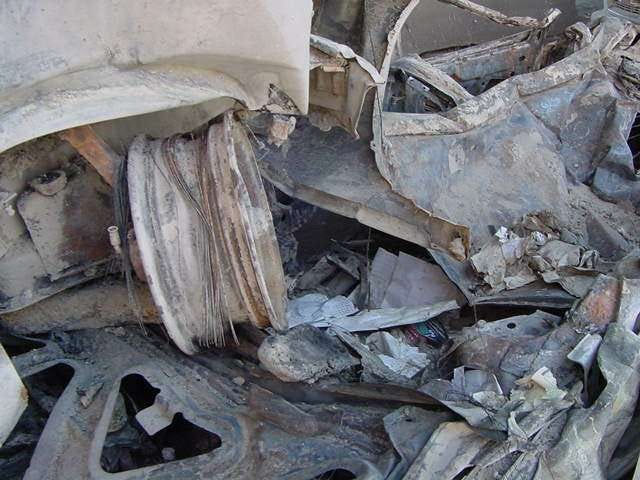

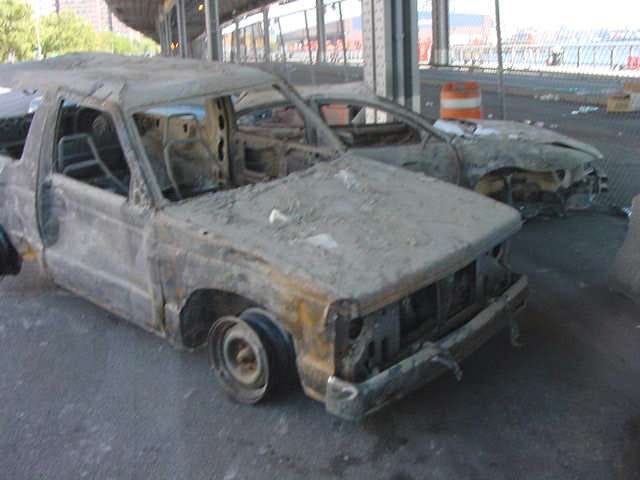
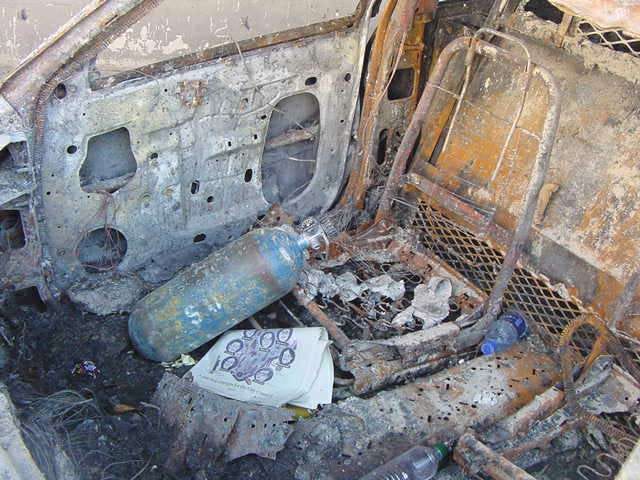
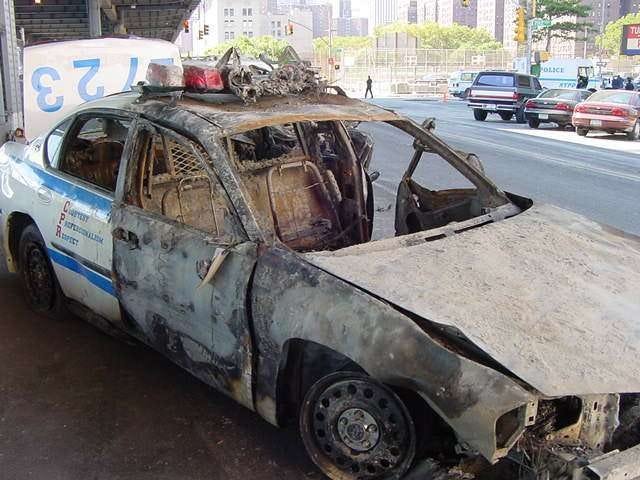
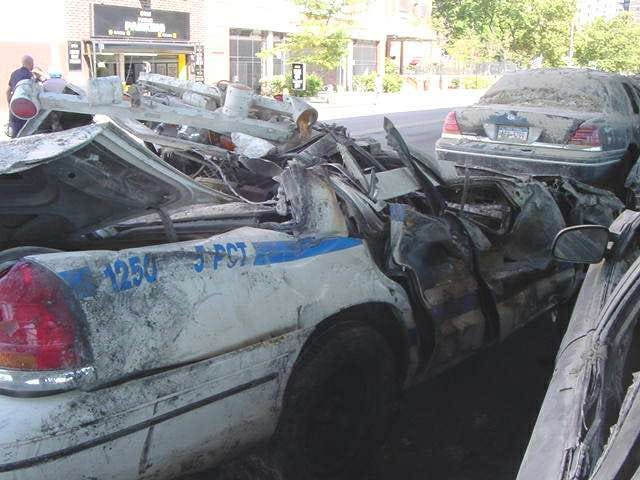
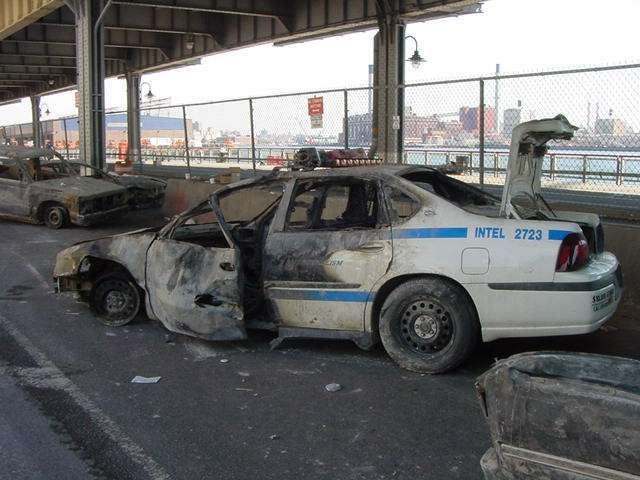
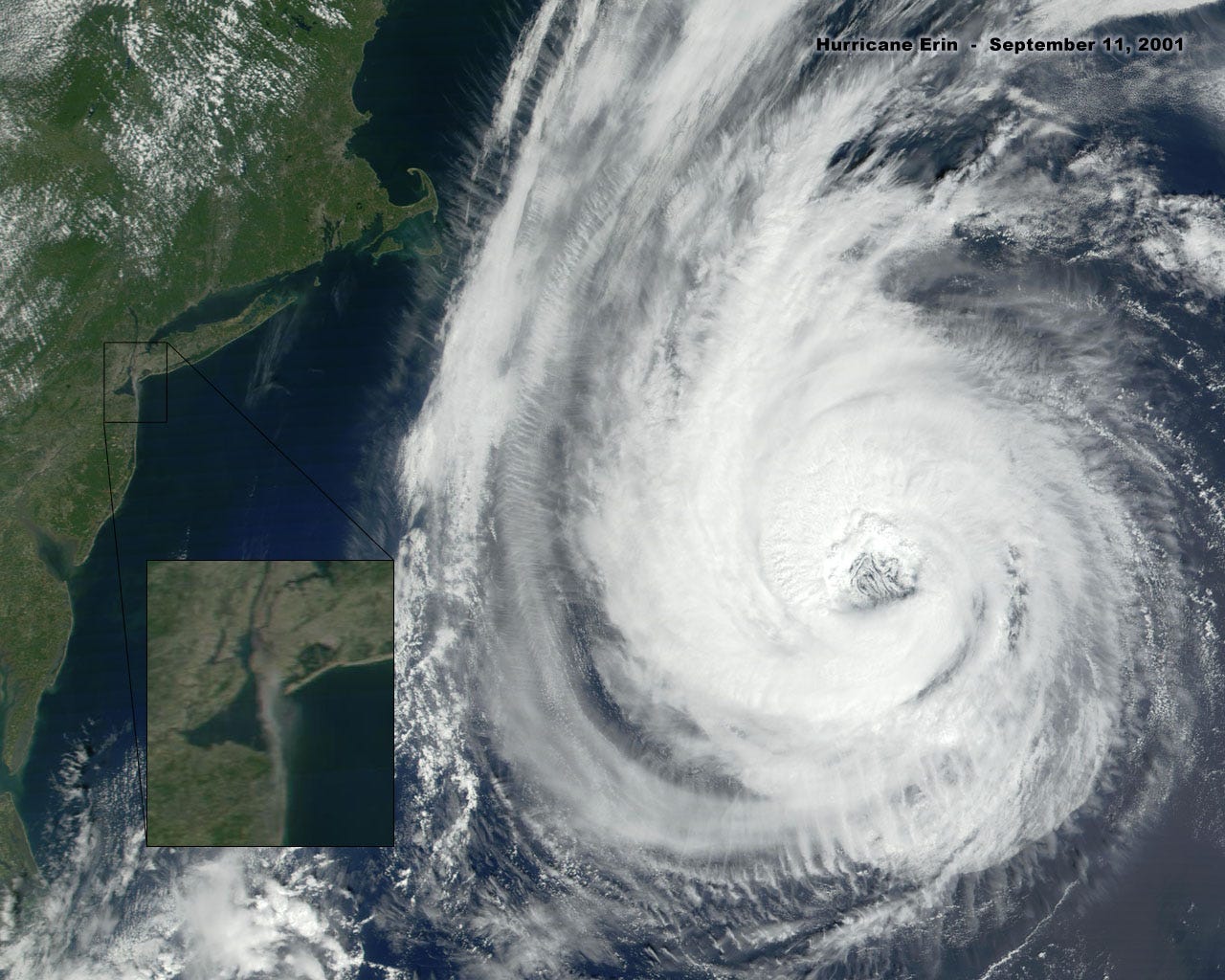


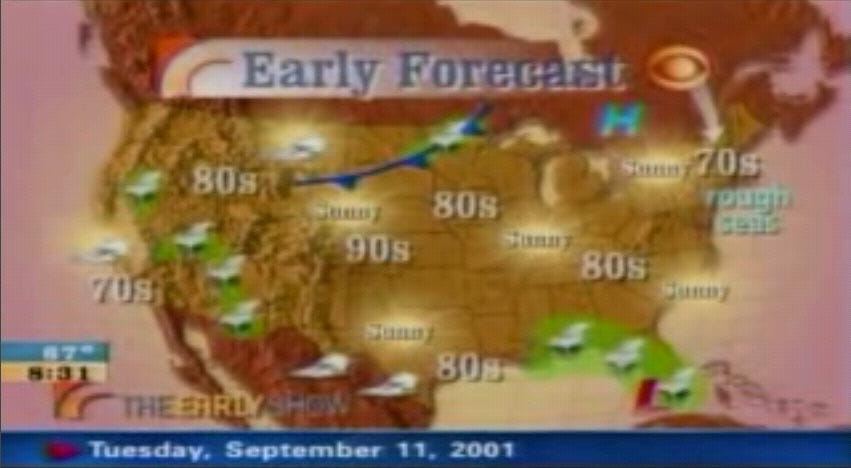


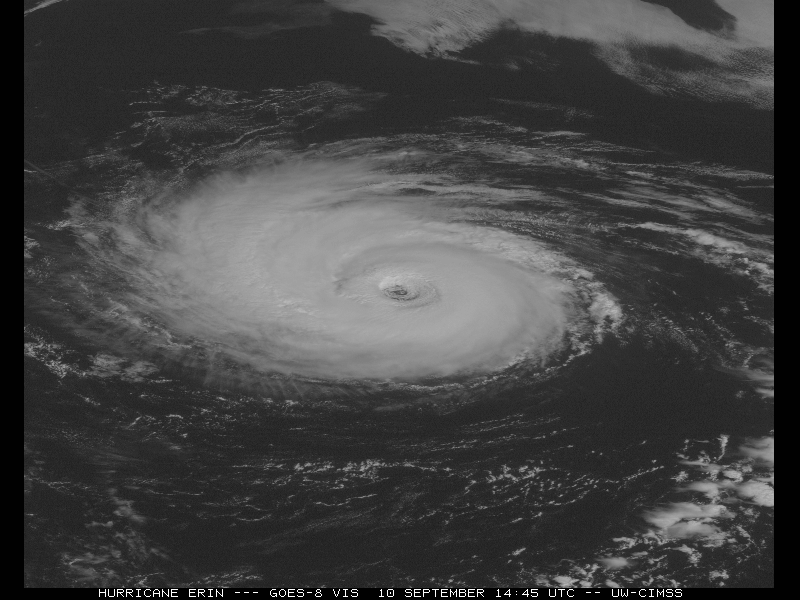


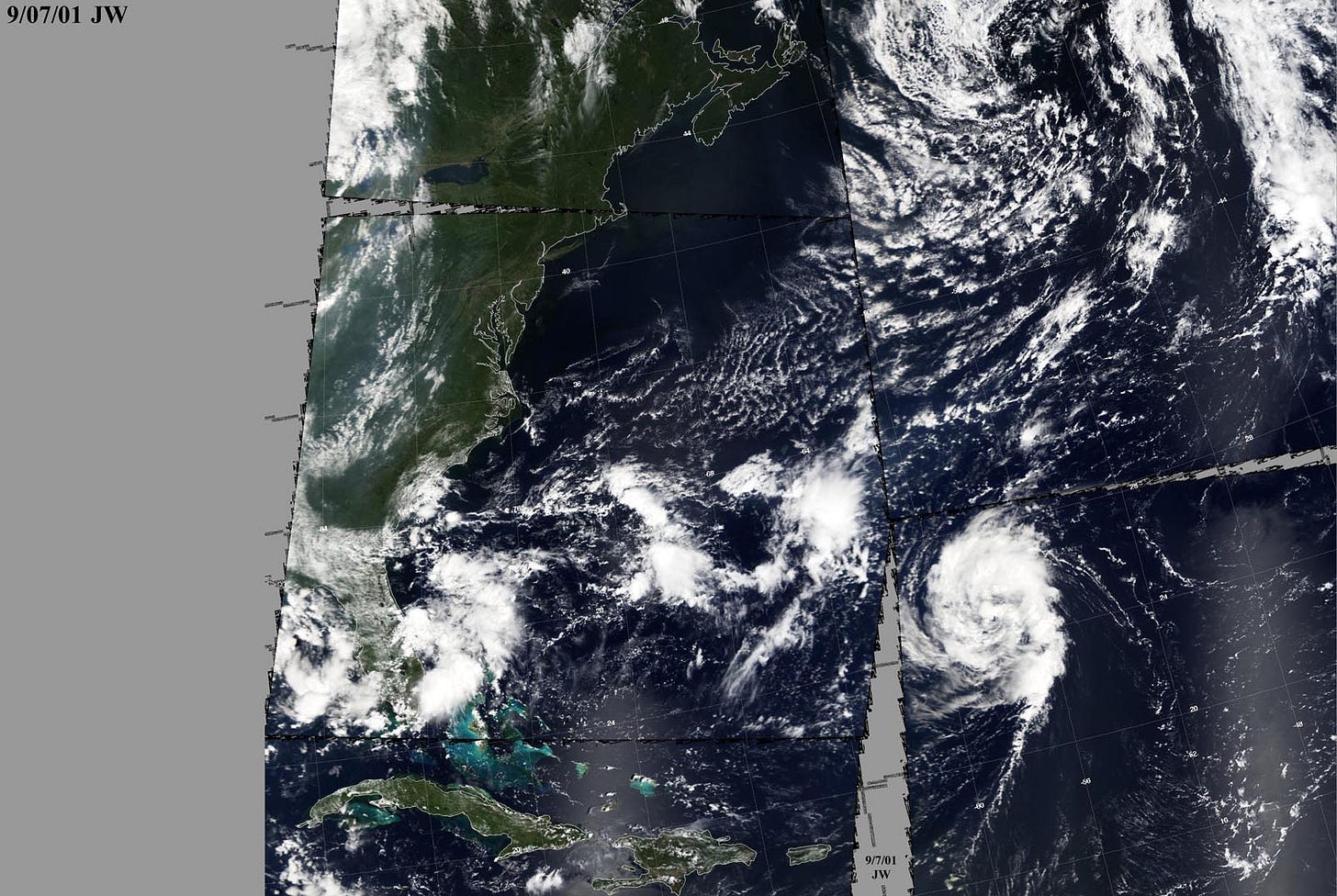
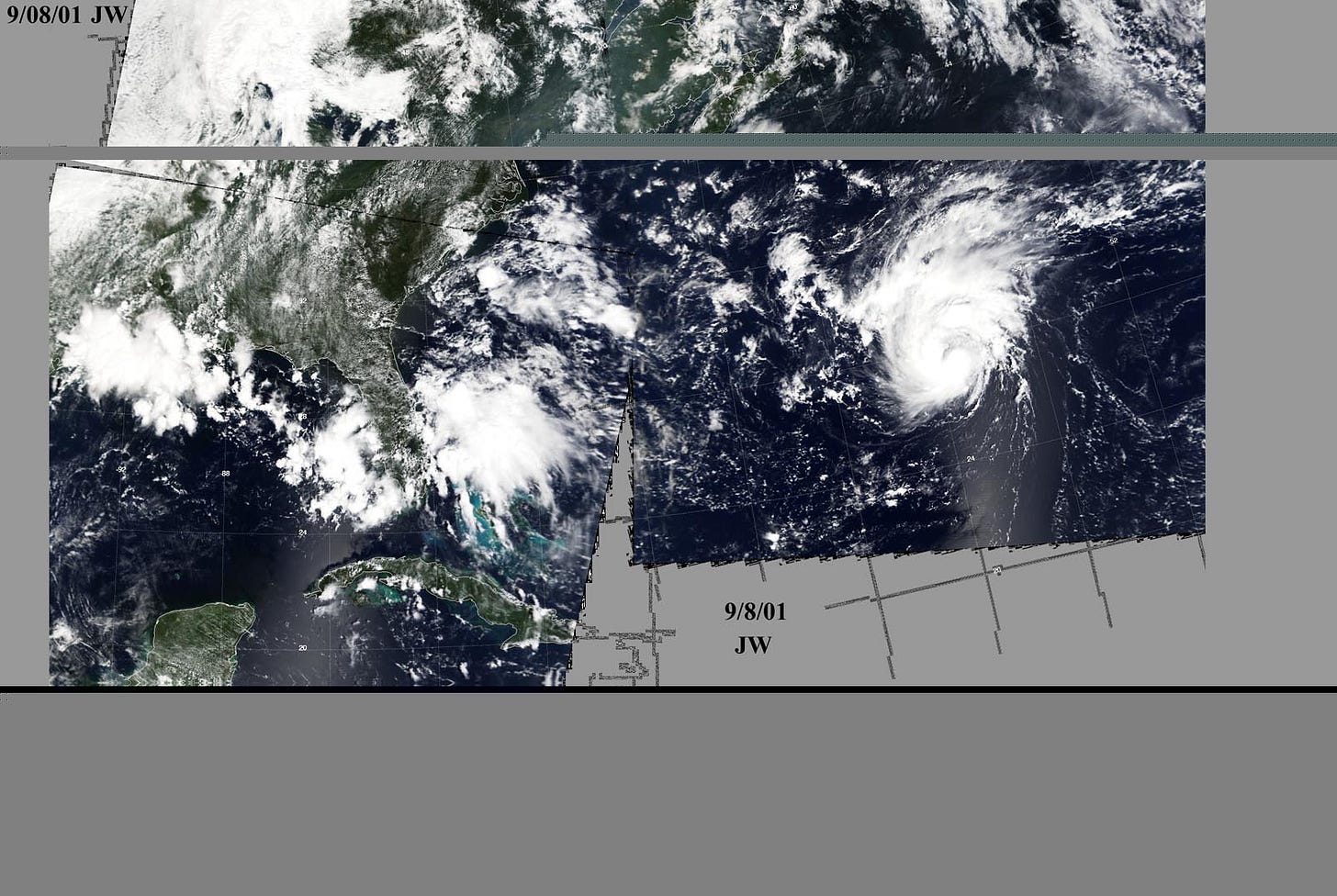
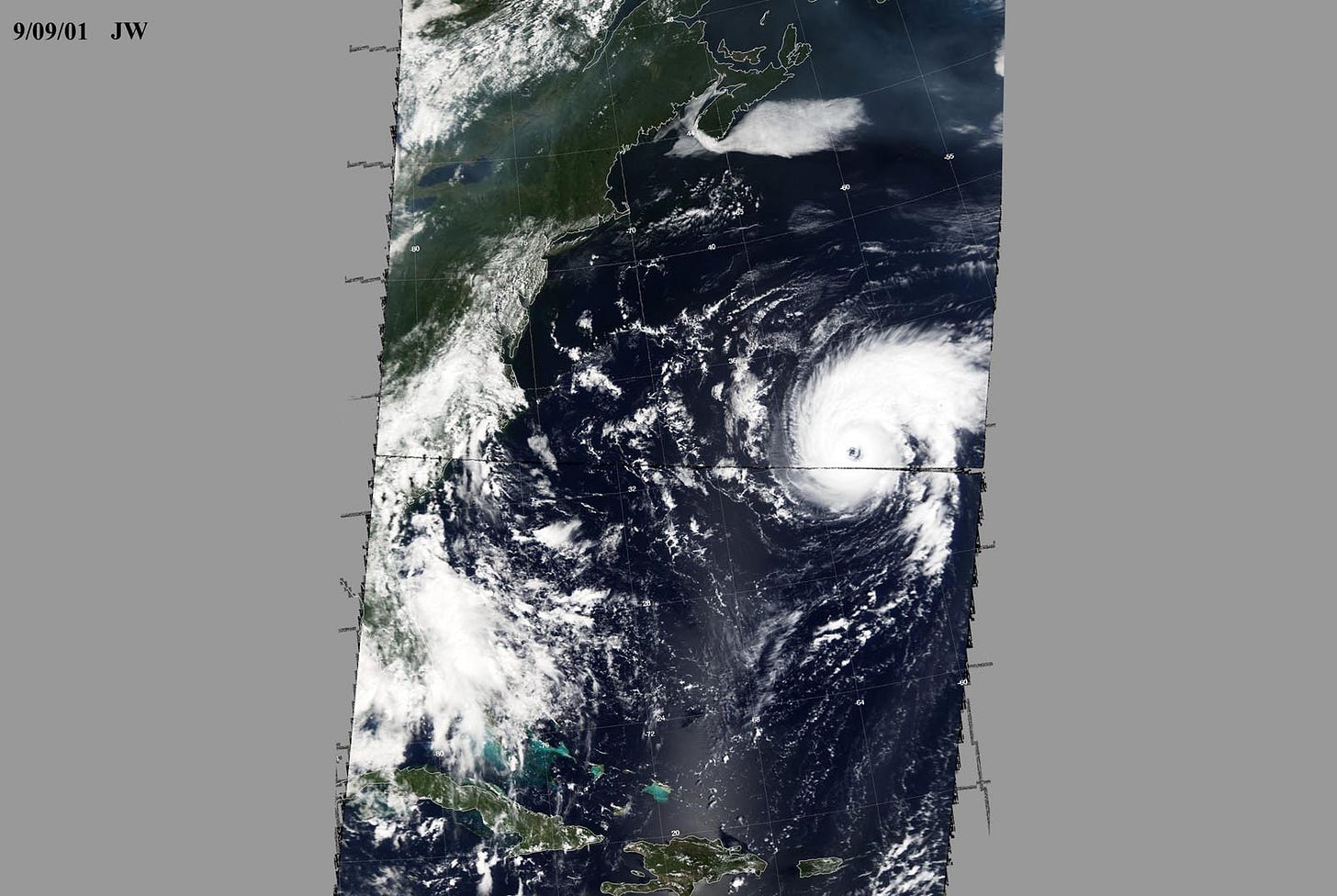
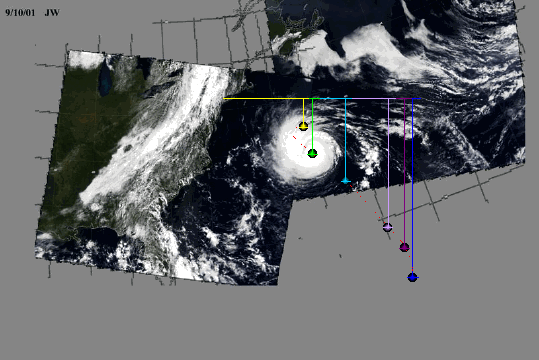
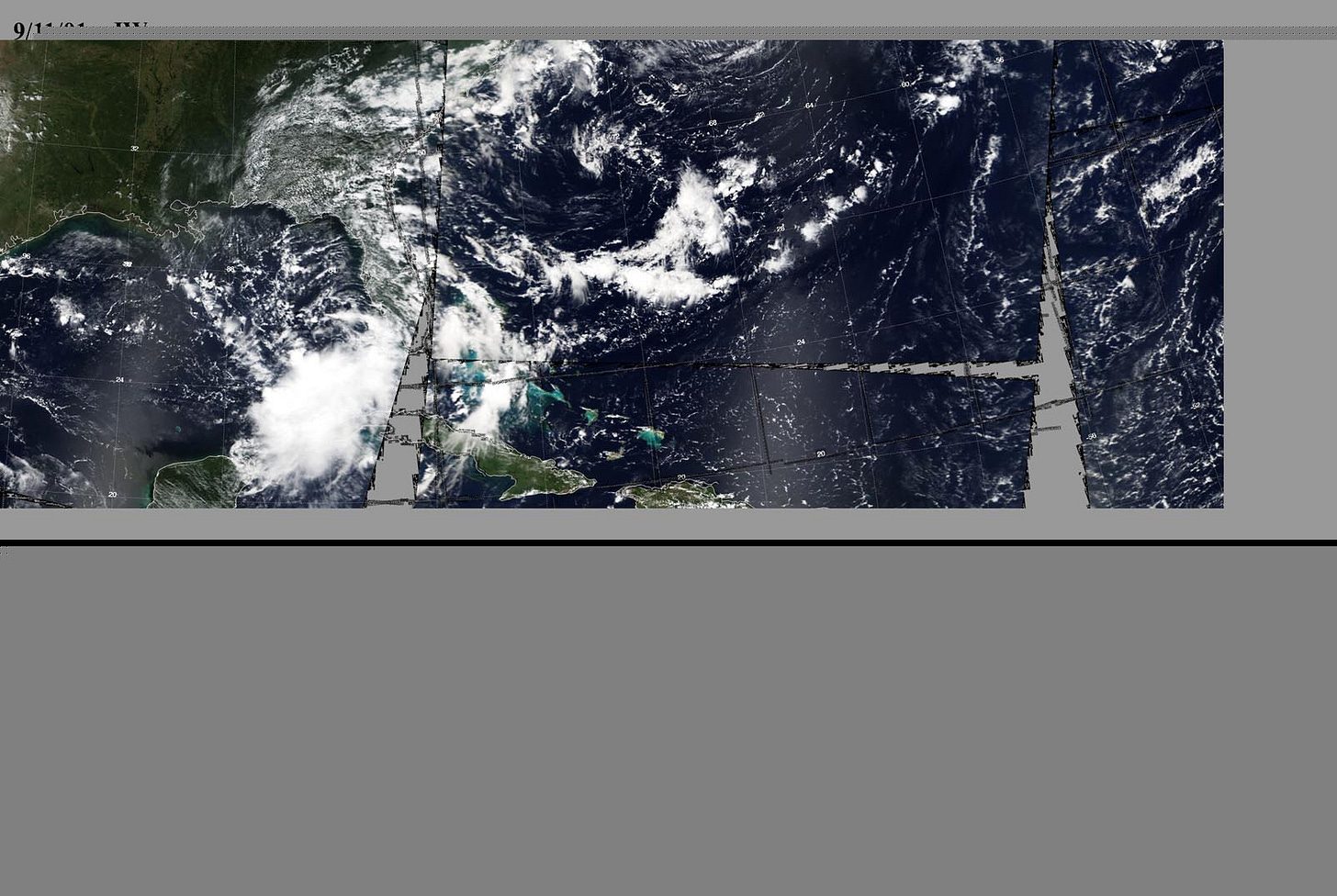
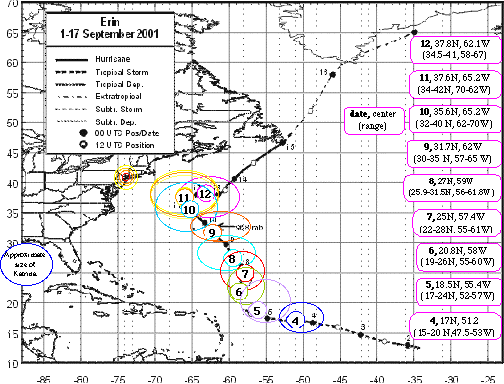
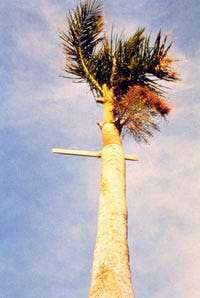






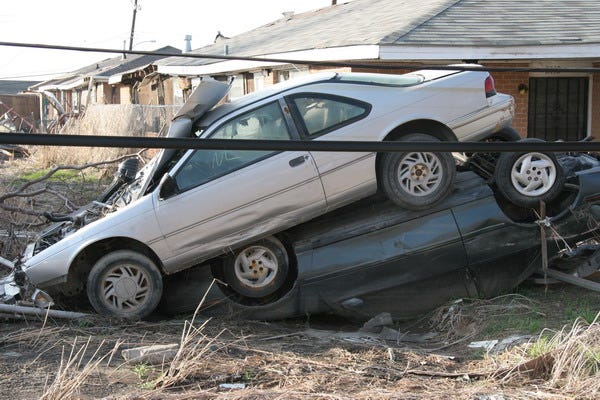


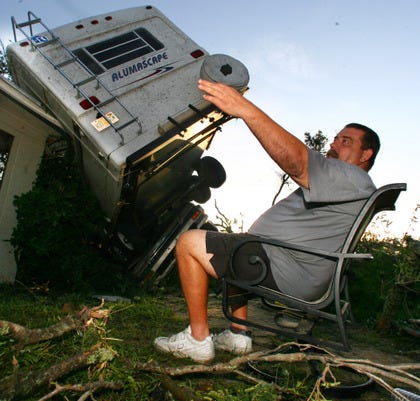
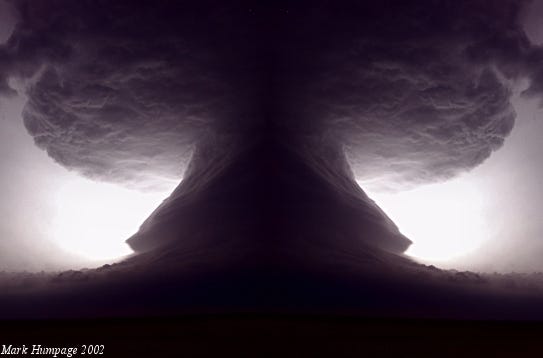


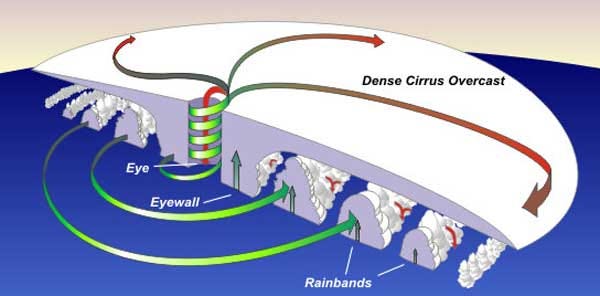


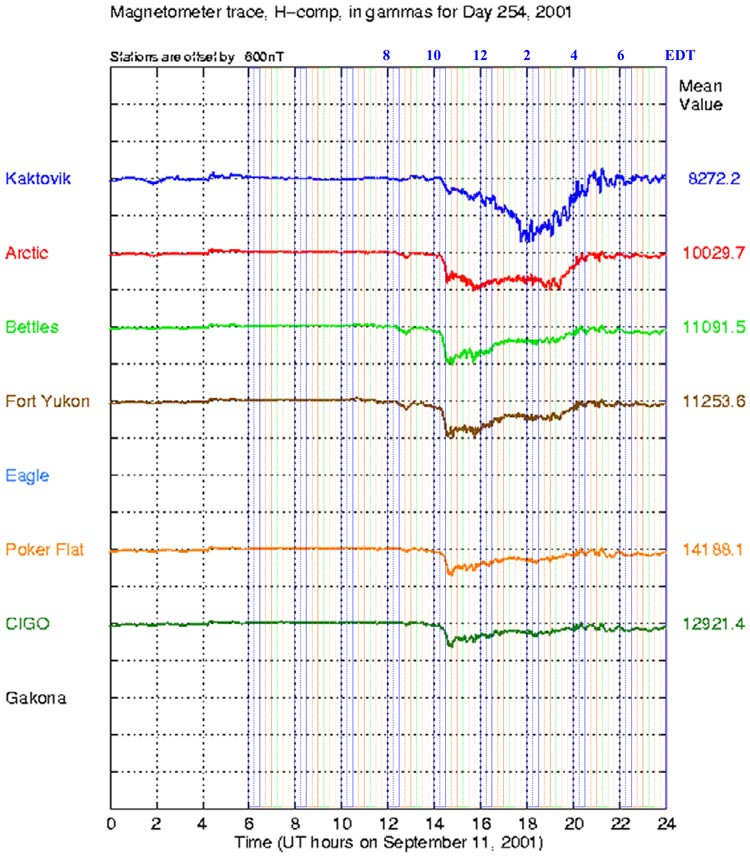
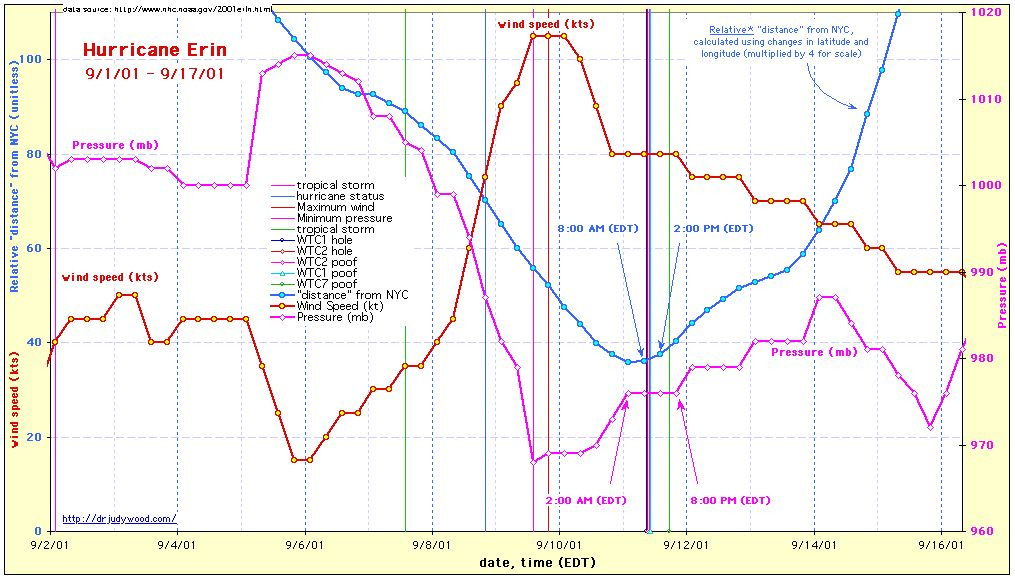




![[Picture+317.jpg] [Picture+317.jpg]](https://substackcdn.com/image/fetch/$s_!xw1_!,w_1456,c_limit,f_auto,q_auto:good,fl_progressive:steep/https%3A%2F%2Fsubstack-post-media.s3.amazonaws.com%2Fpublic%2Fimages%2Fa8a28a12-0036-4135-8a75-bbc8c917f51a_640x480.jpeg)
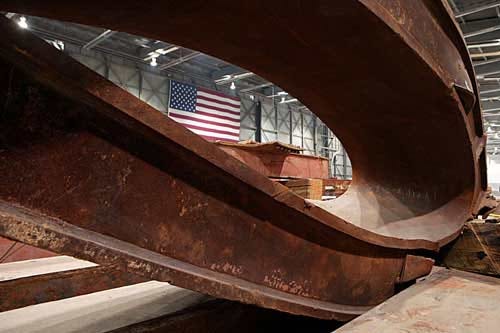
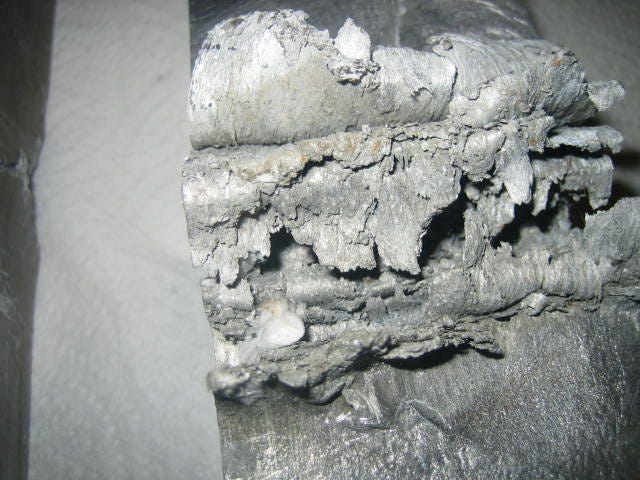
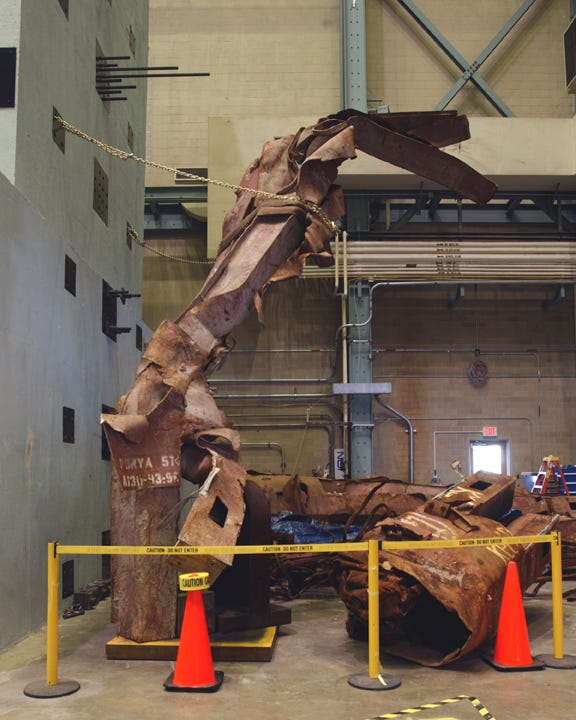

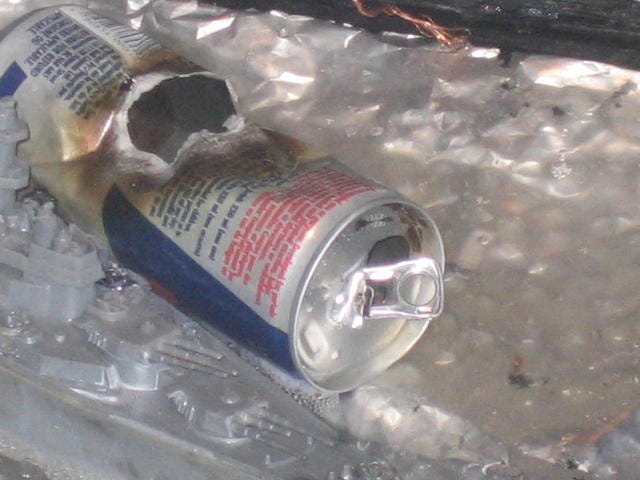

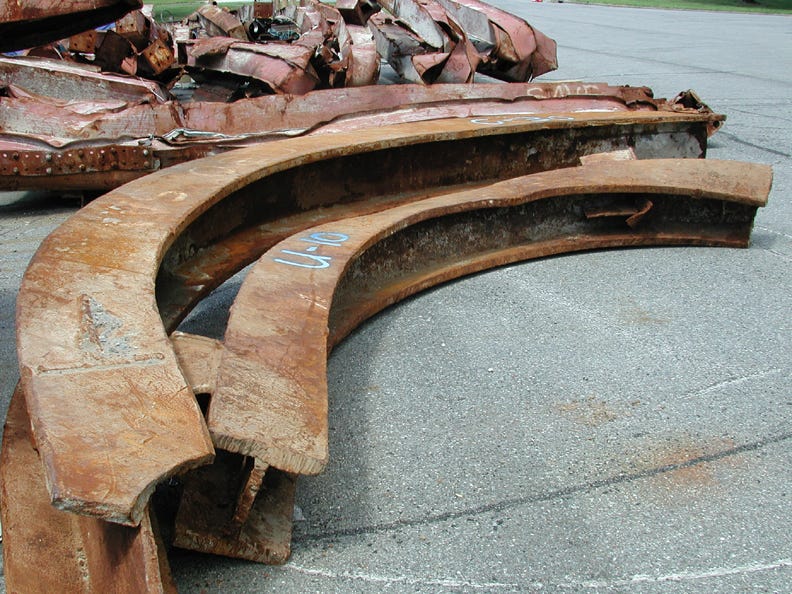
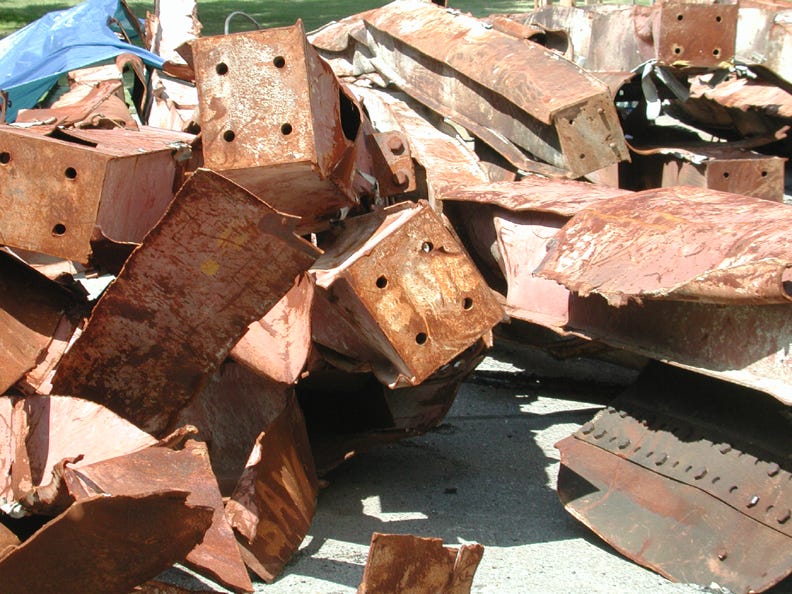
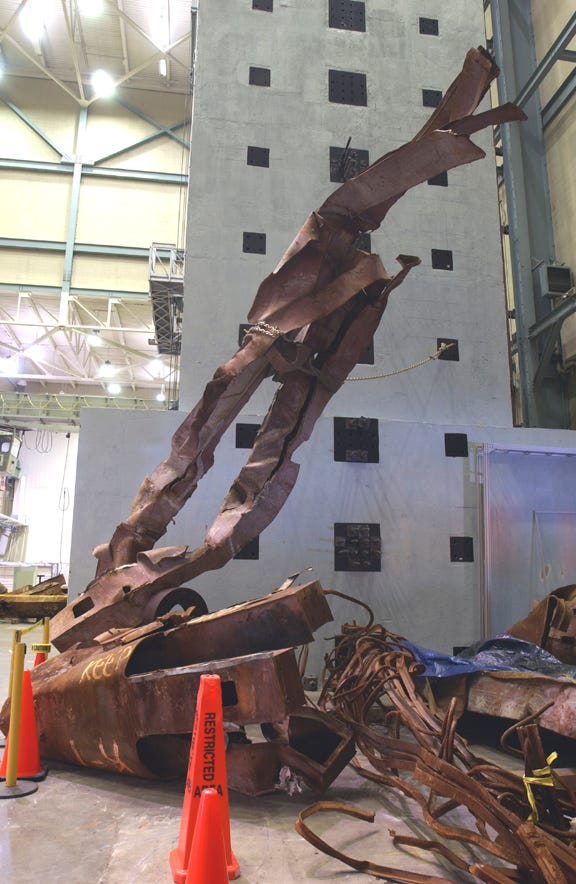
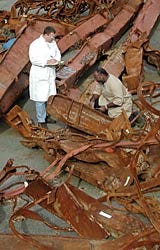


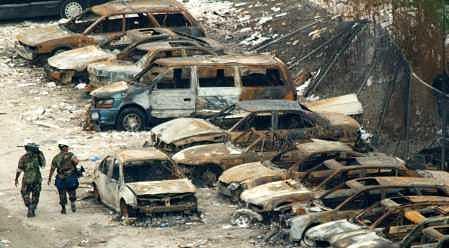

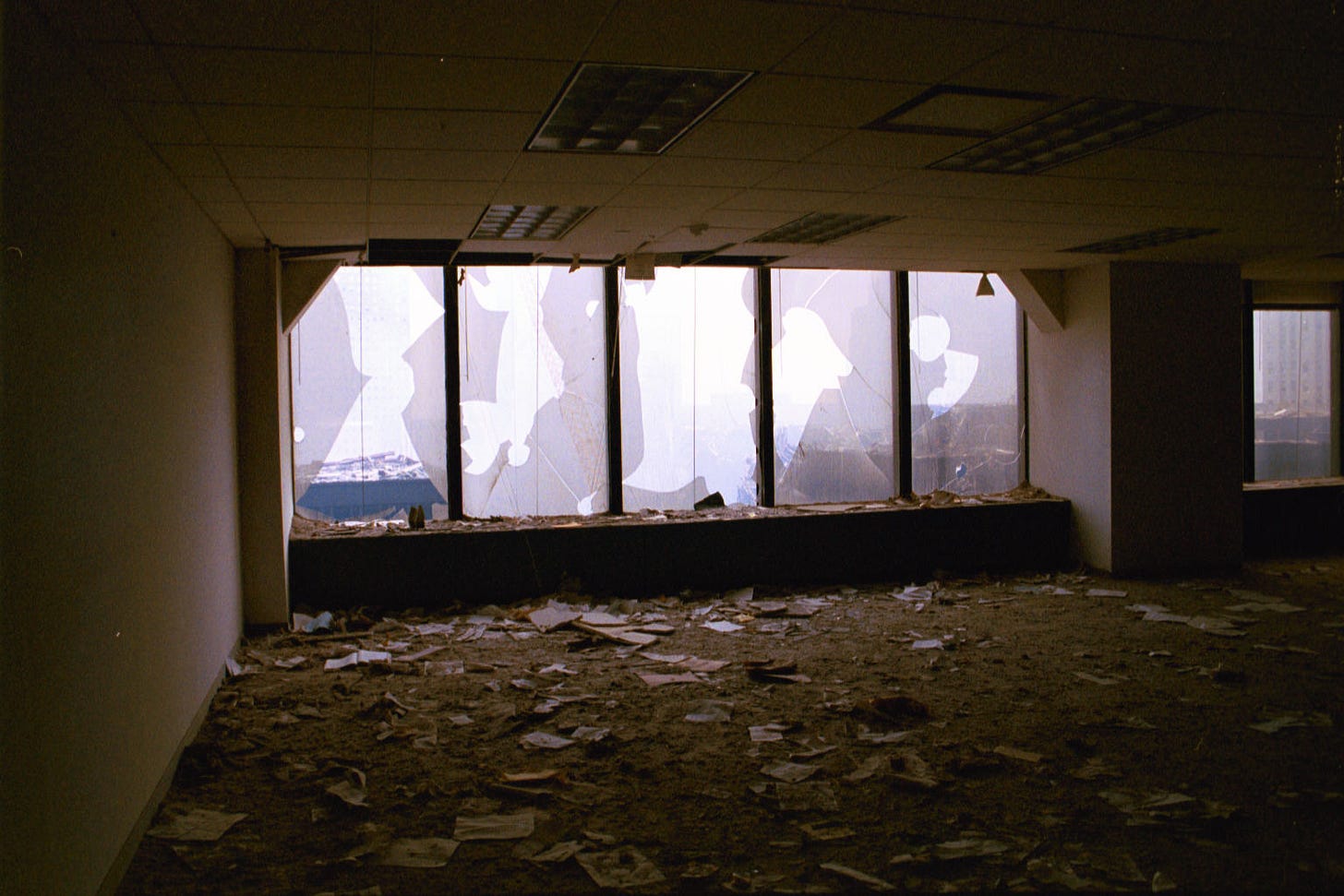
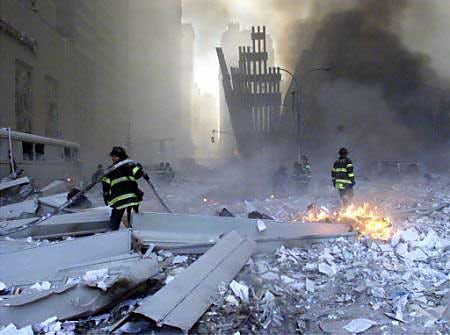
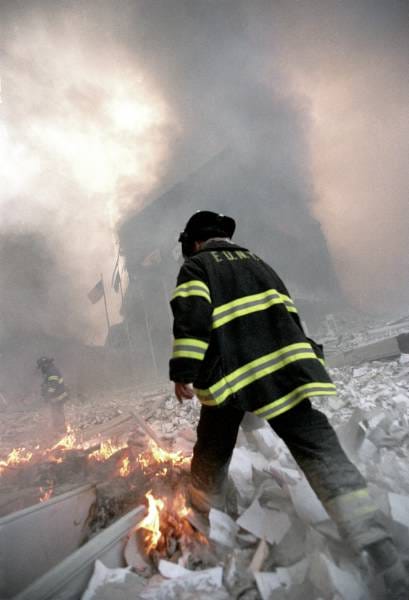
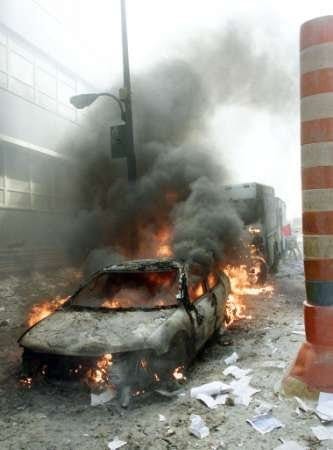

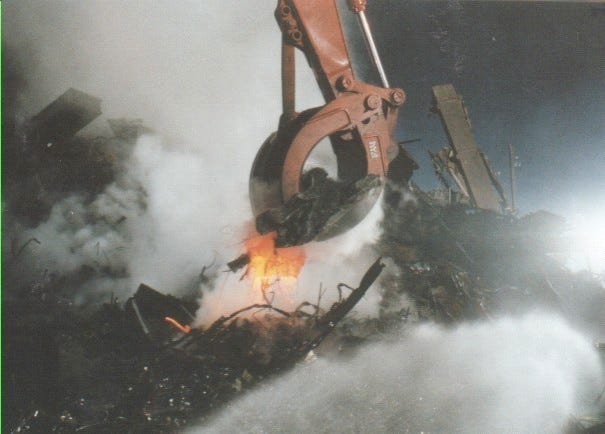
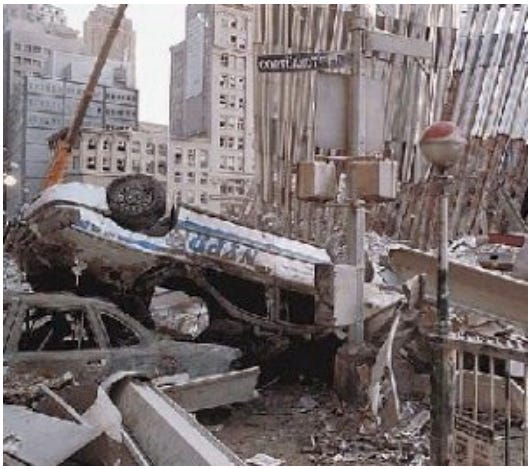
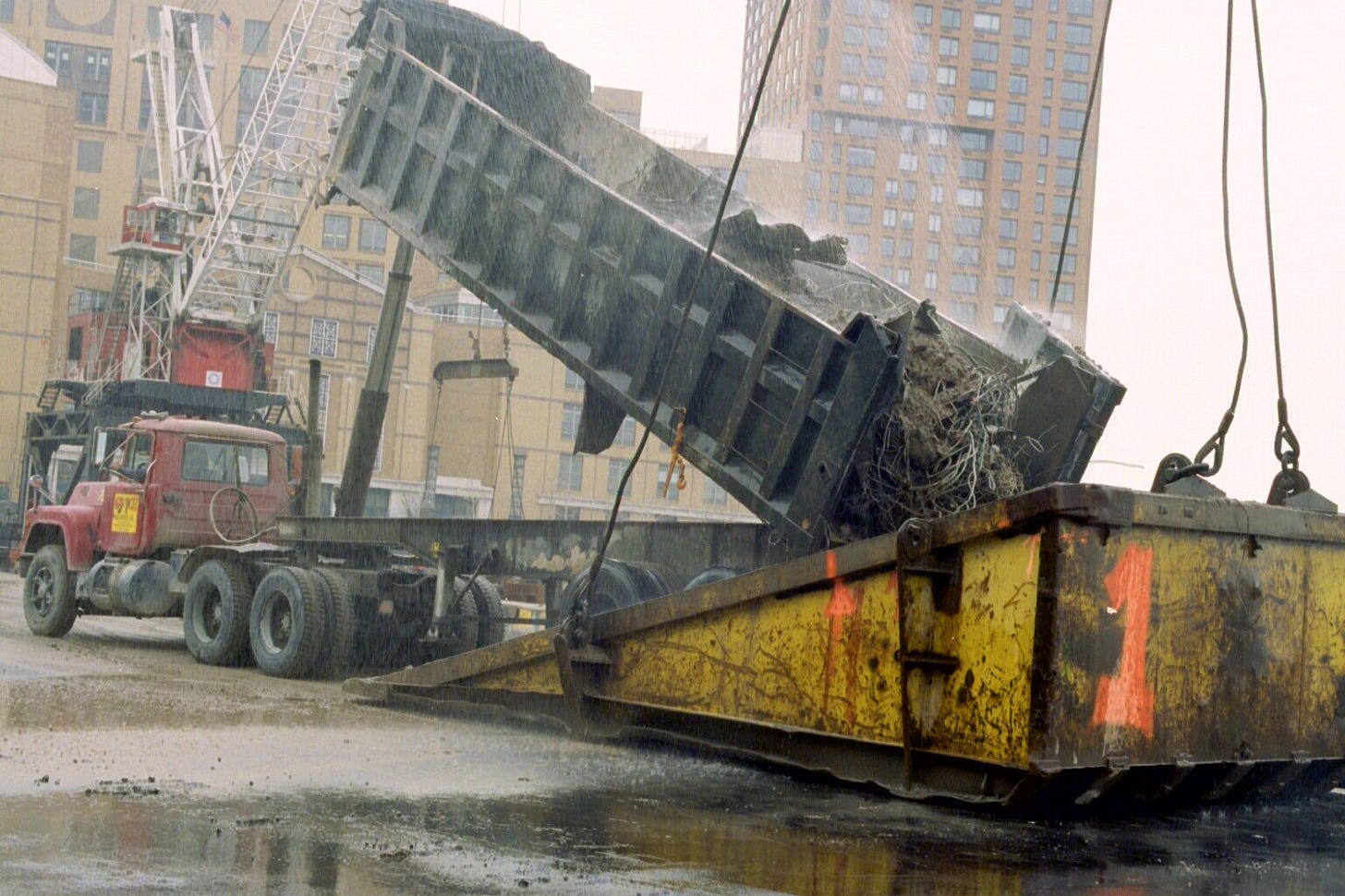
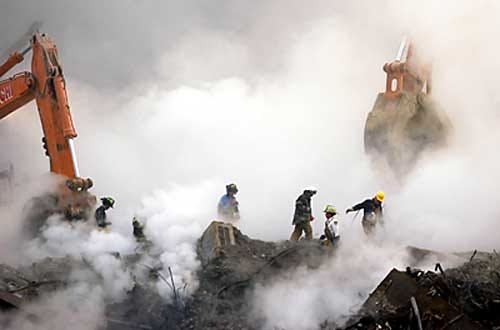
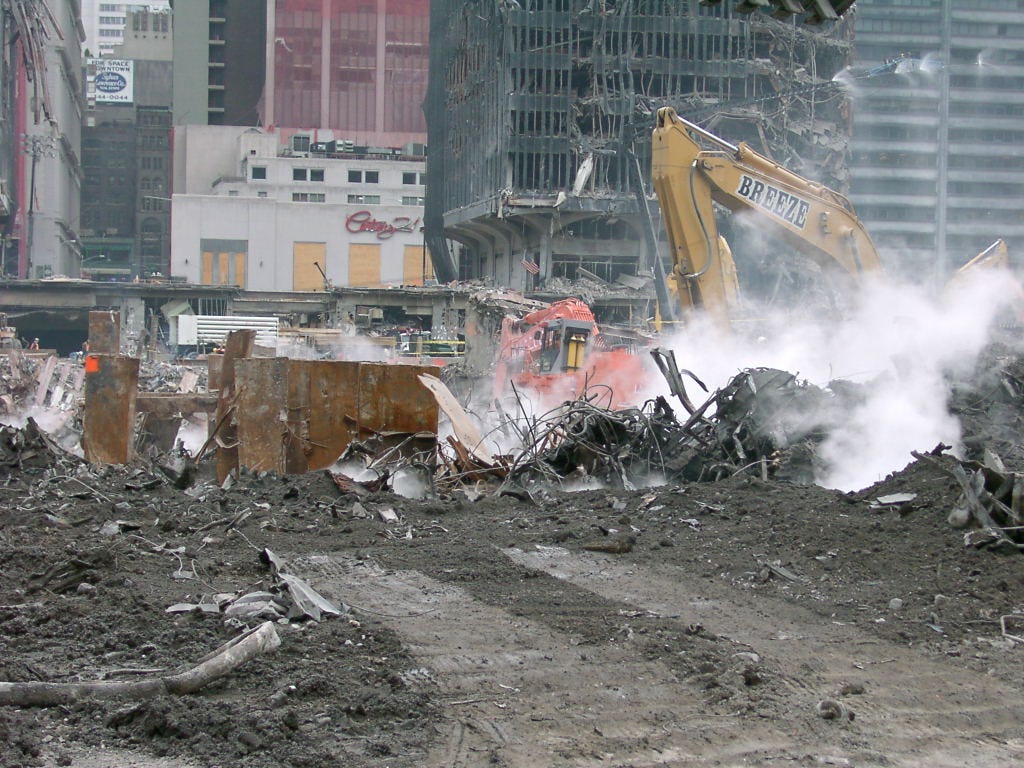
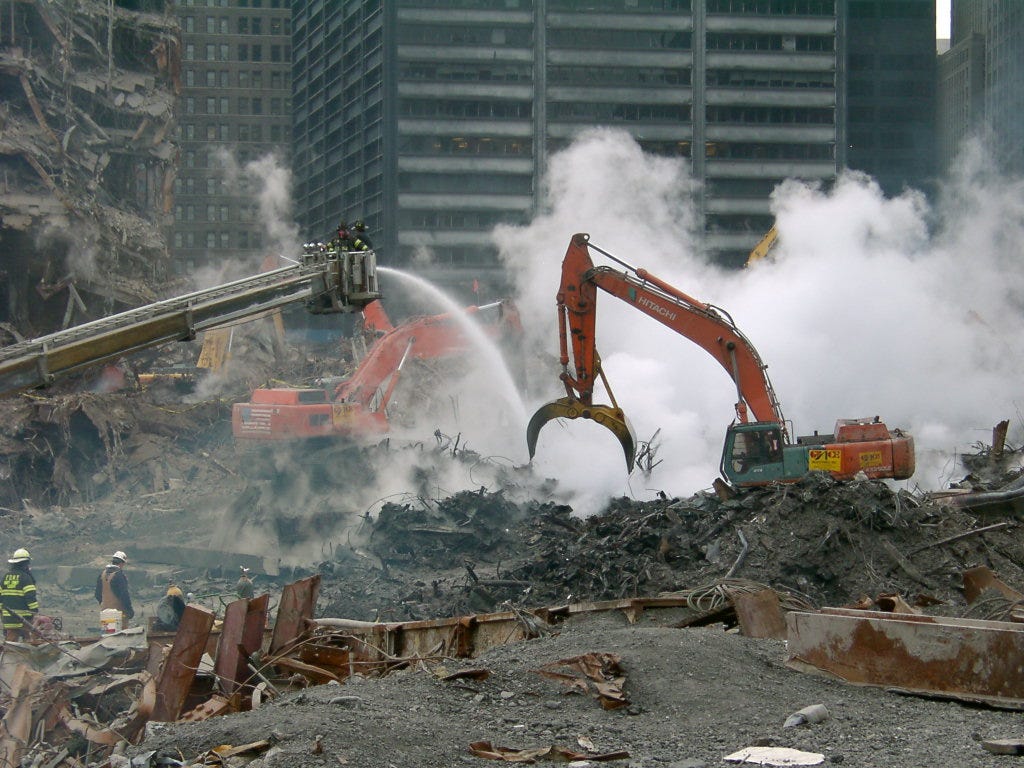
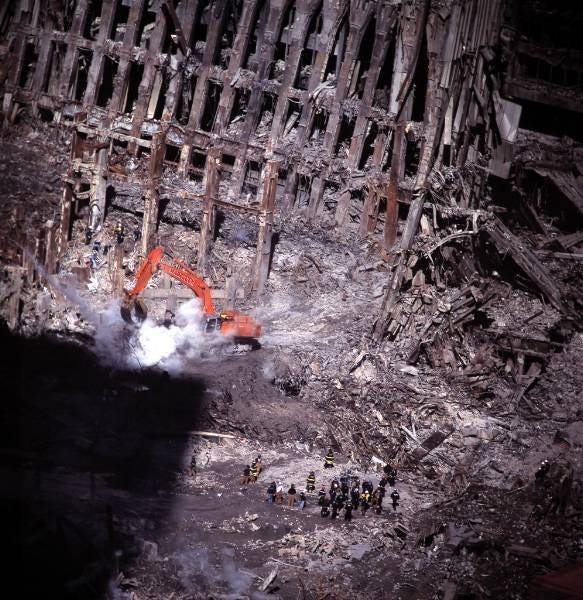
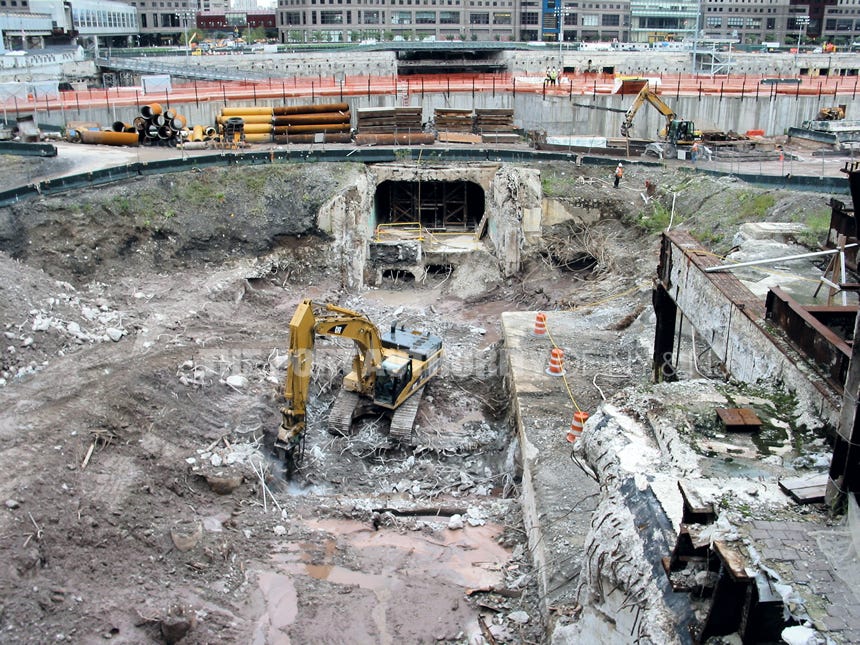
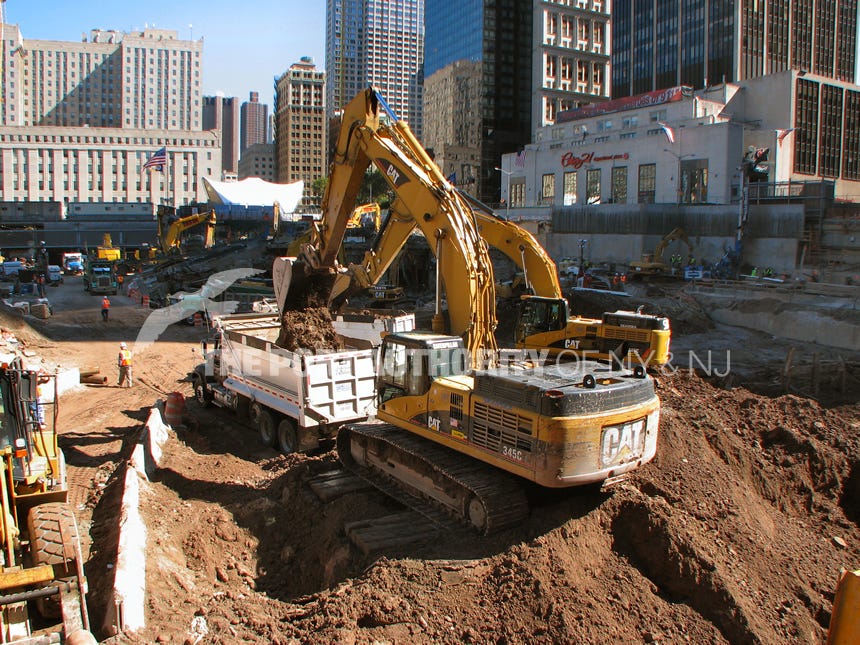
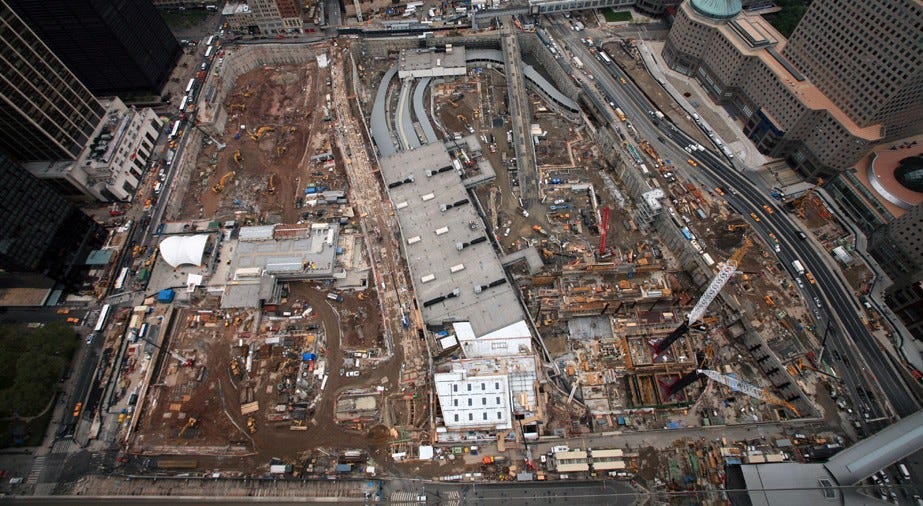


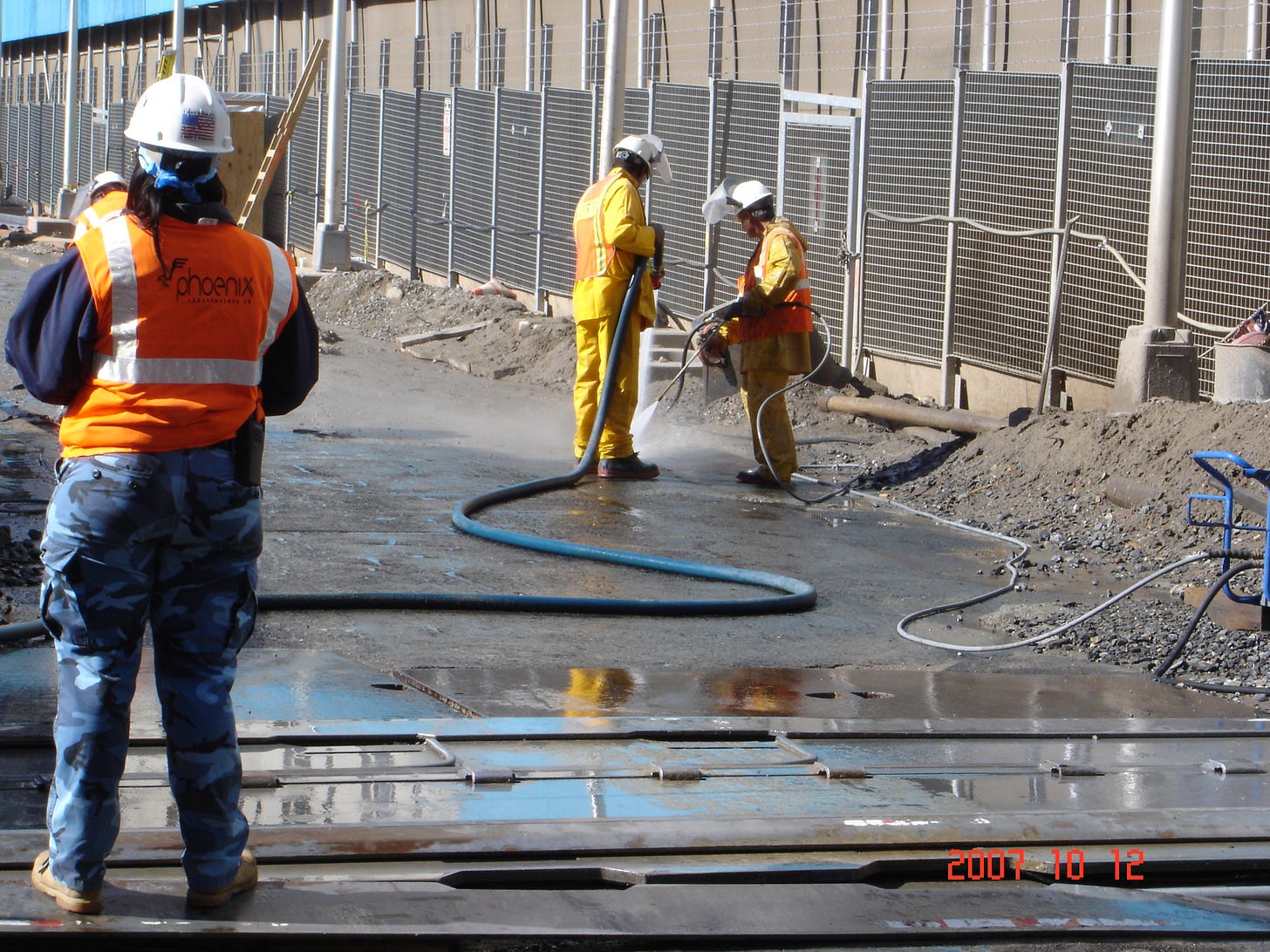
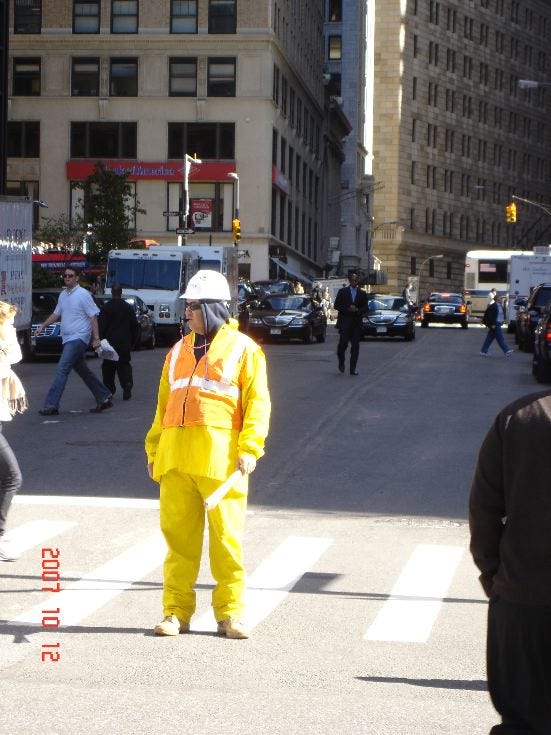


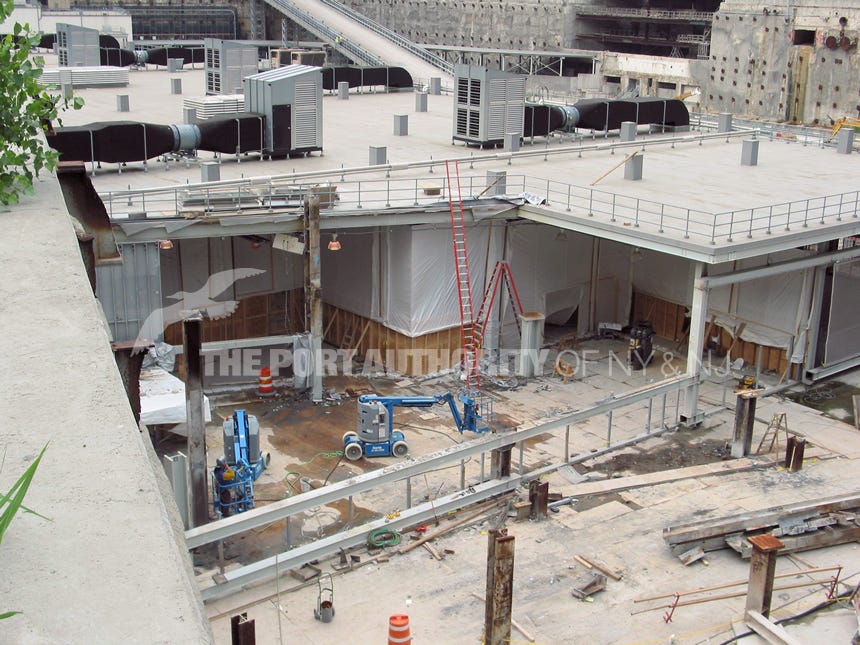

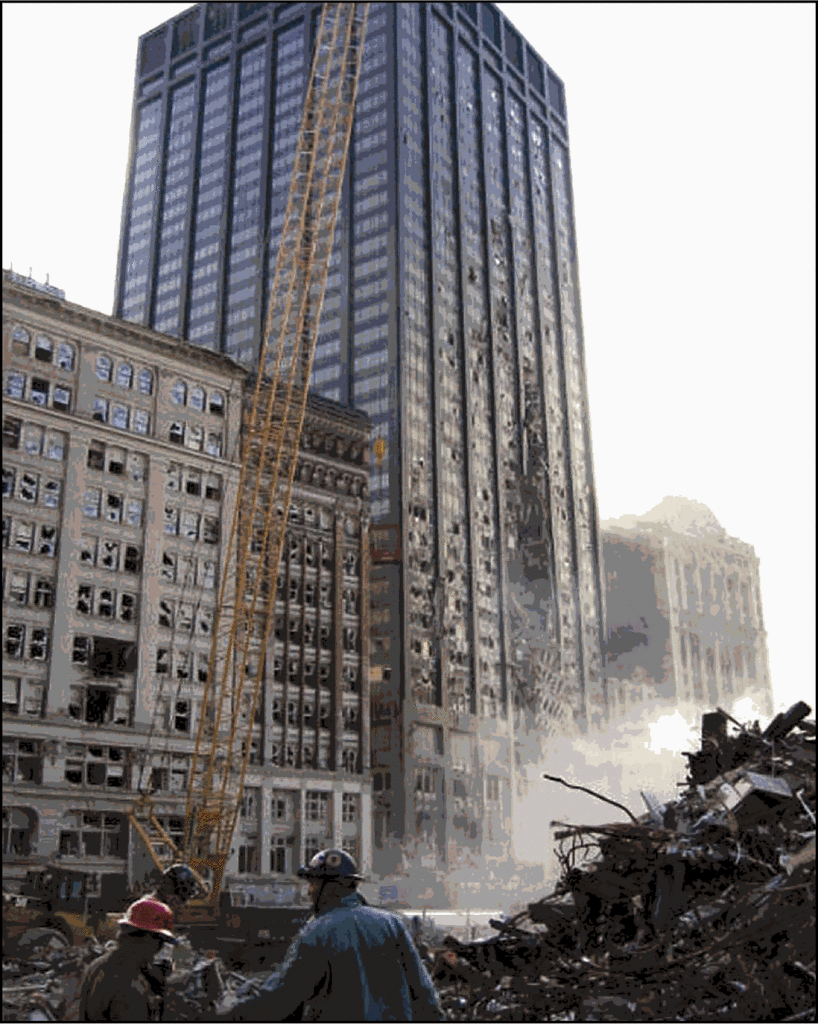
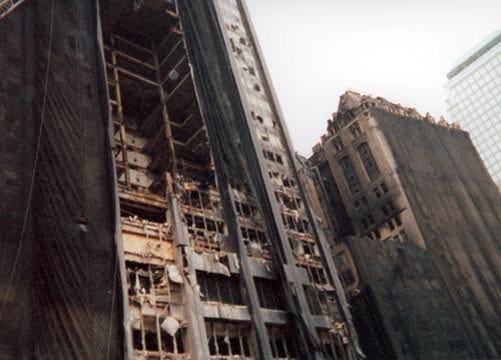
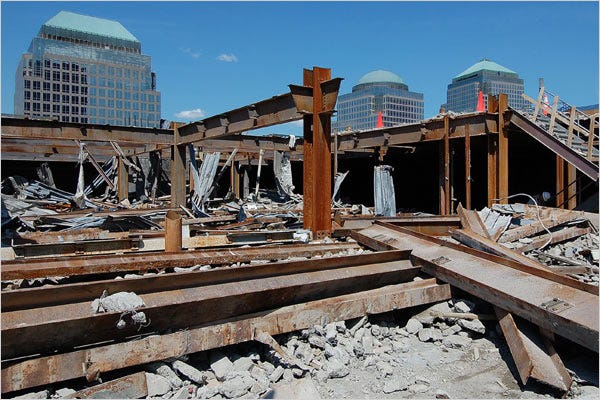
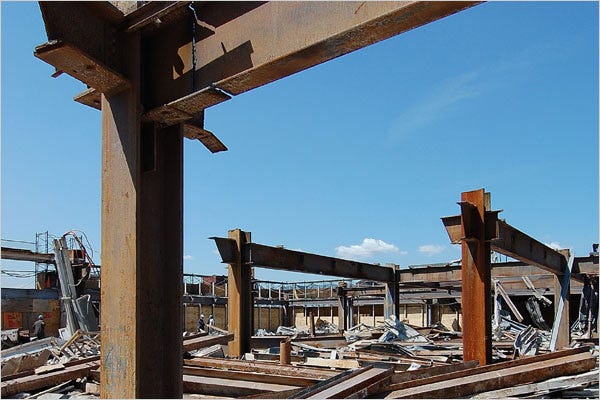


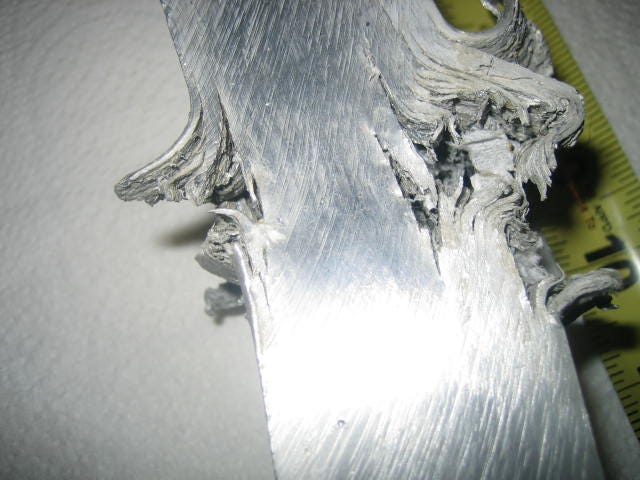
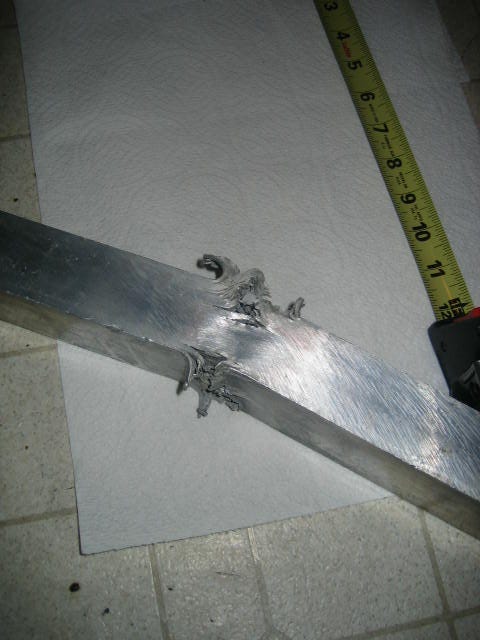


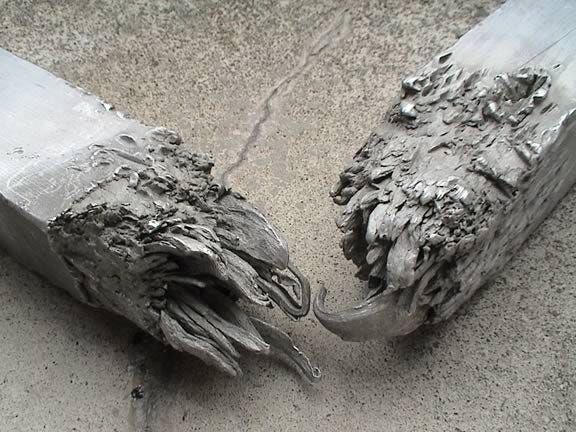
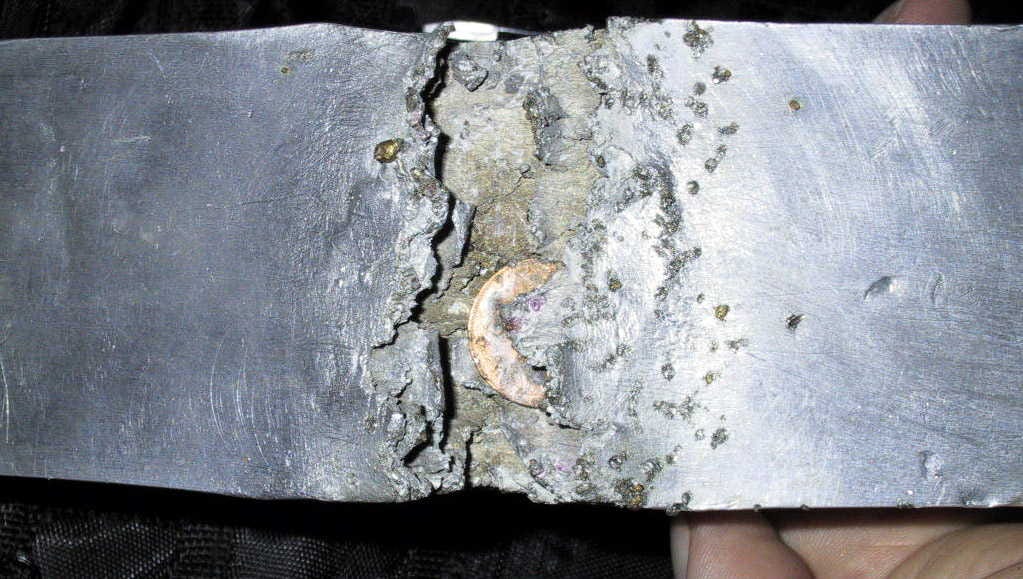
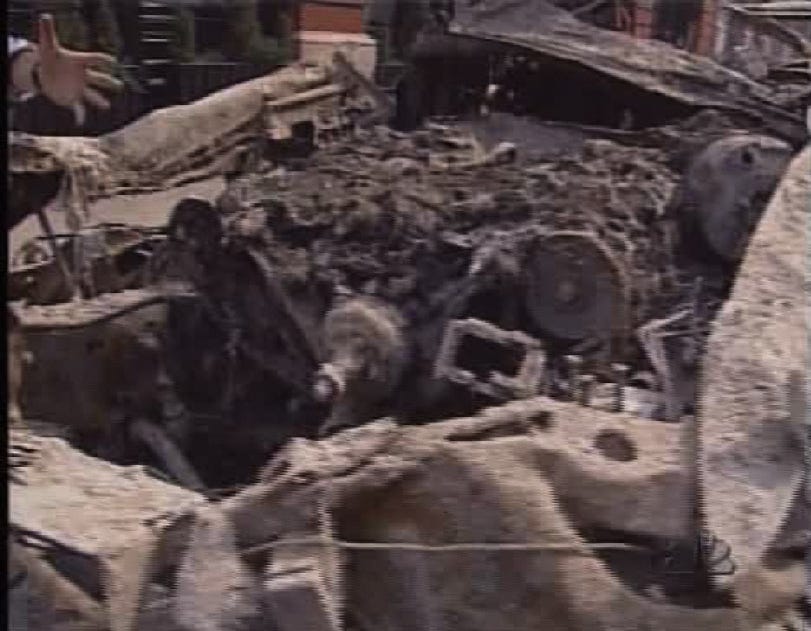
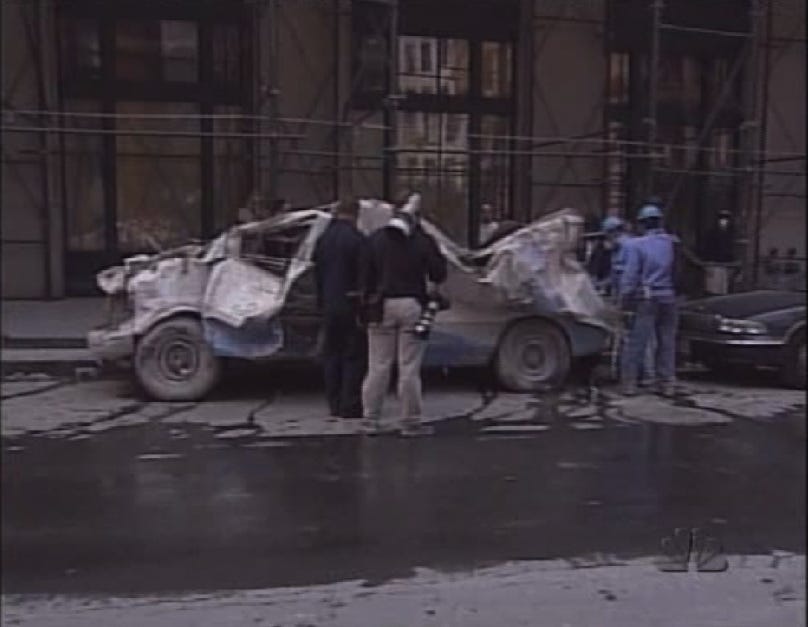
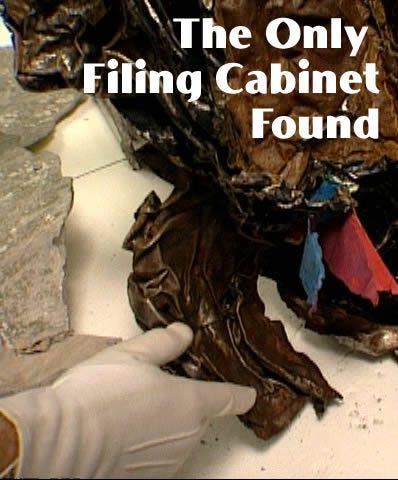

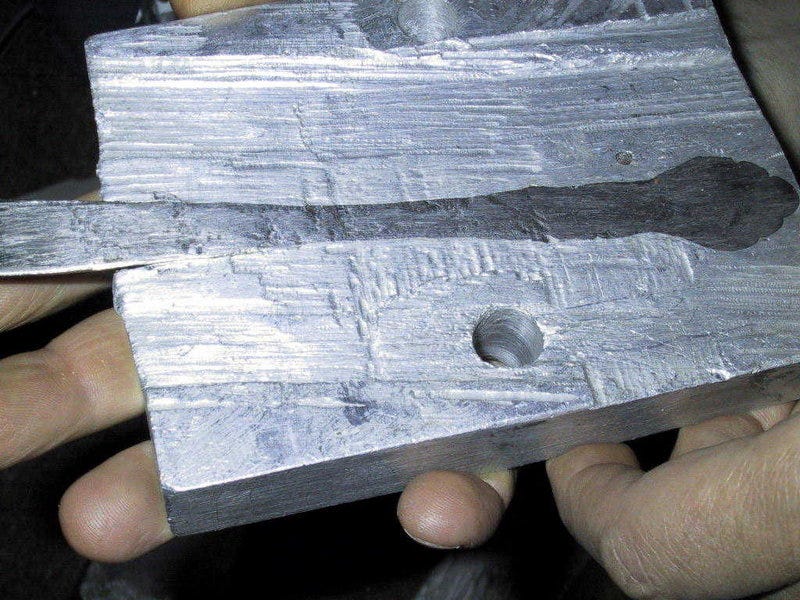

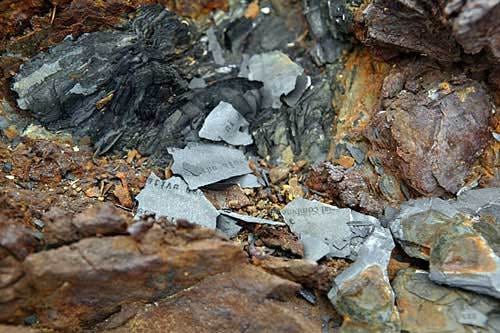
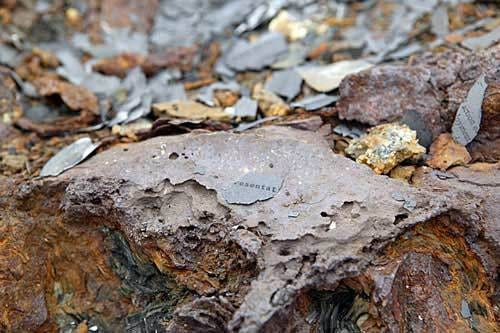
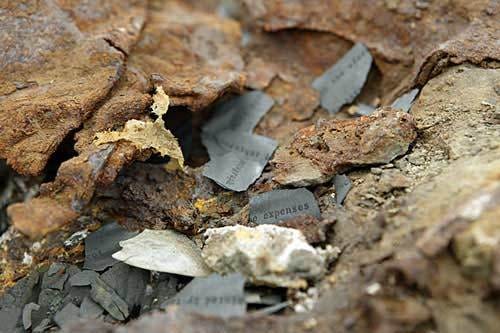

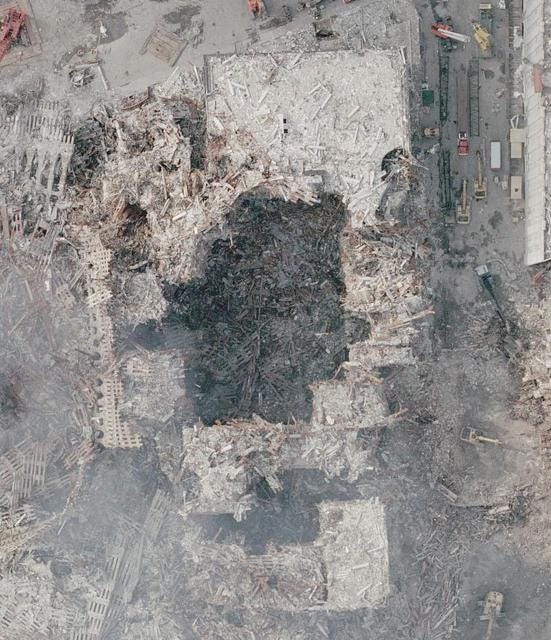
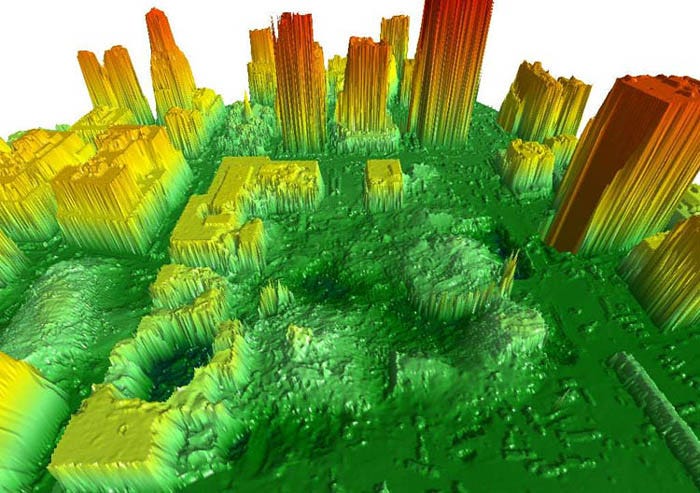
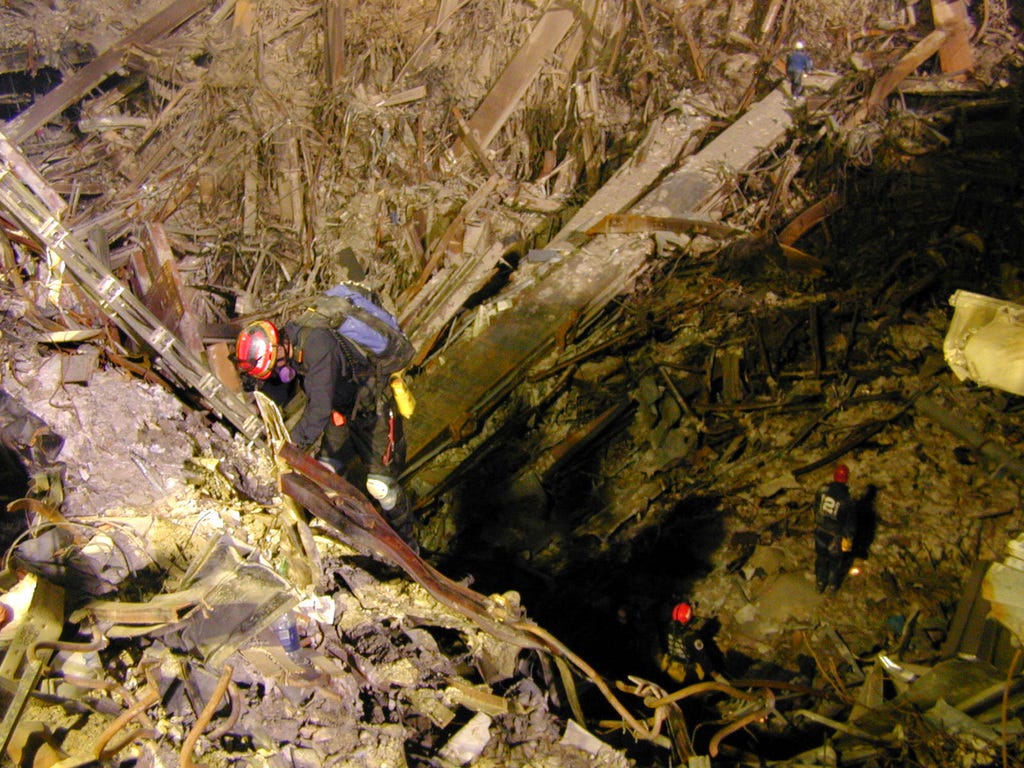
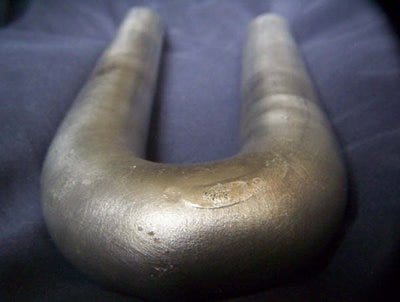

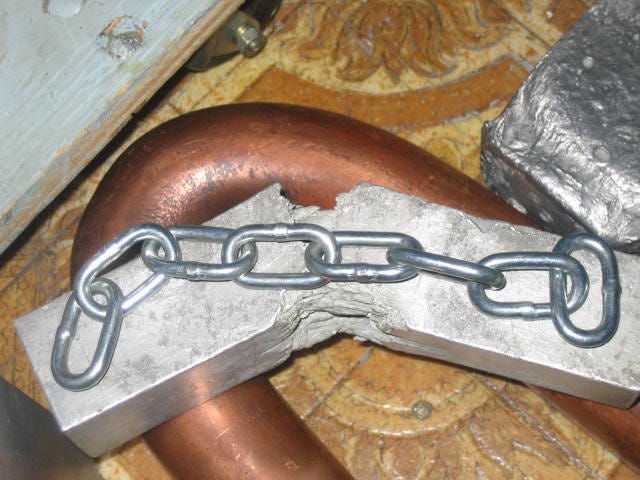
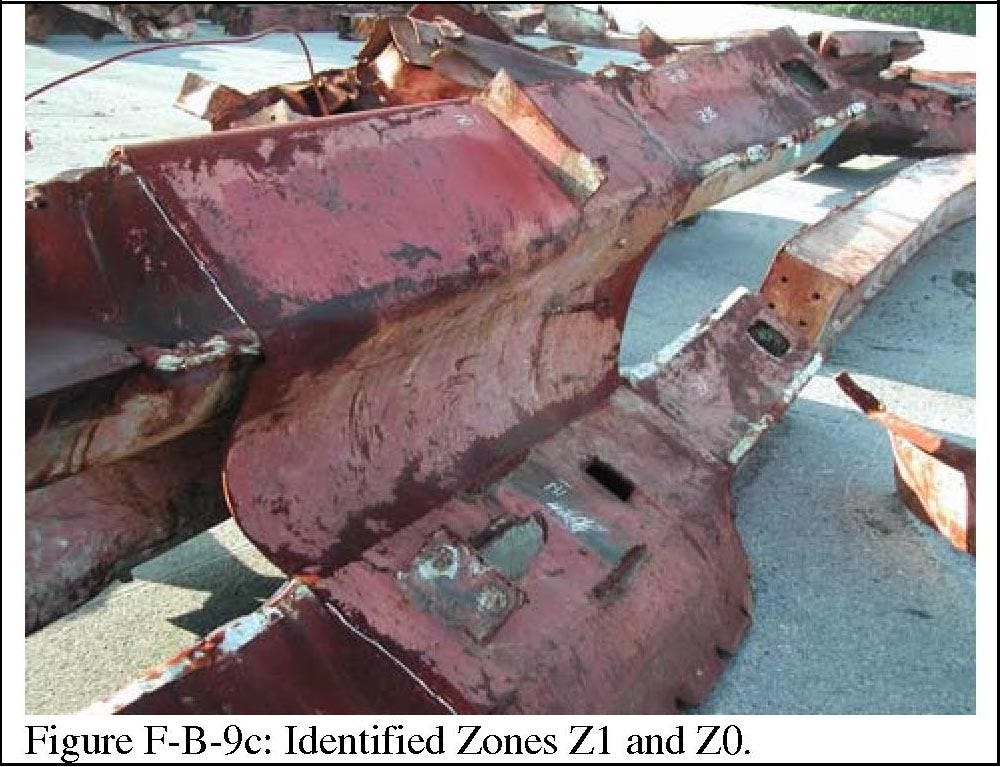
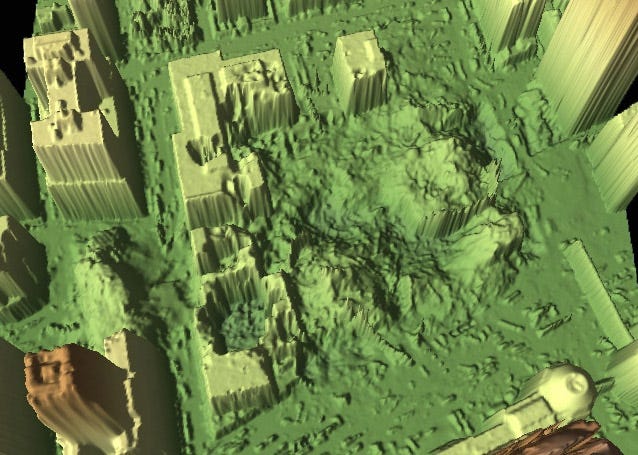
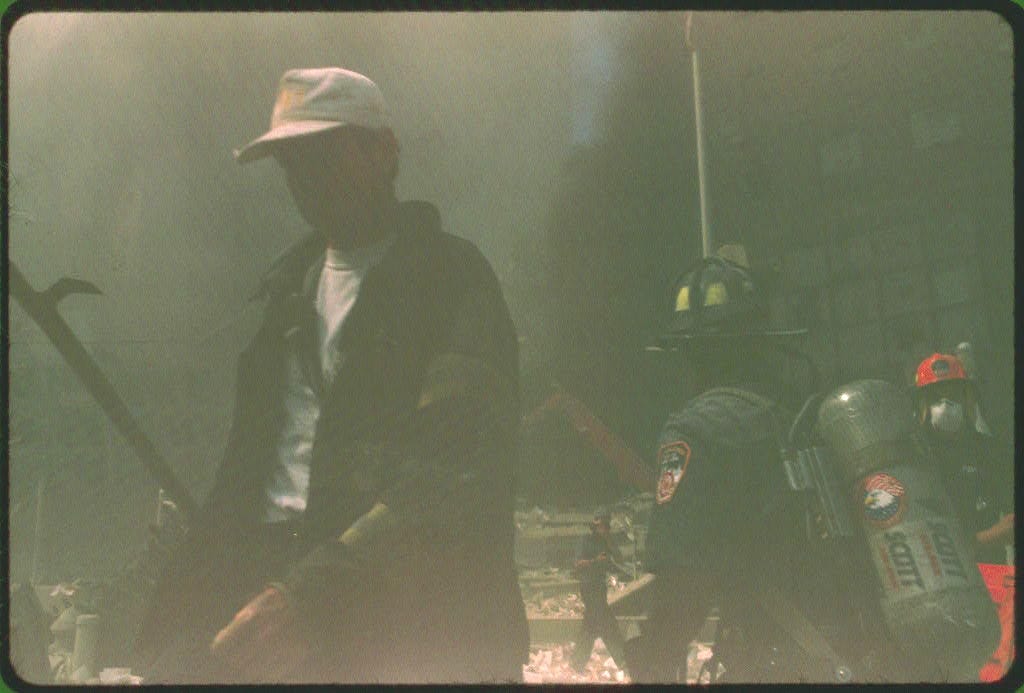
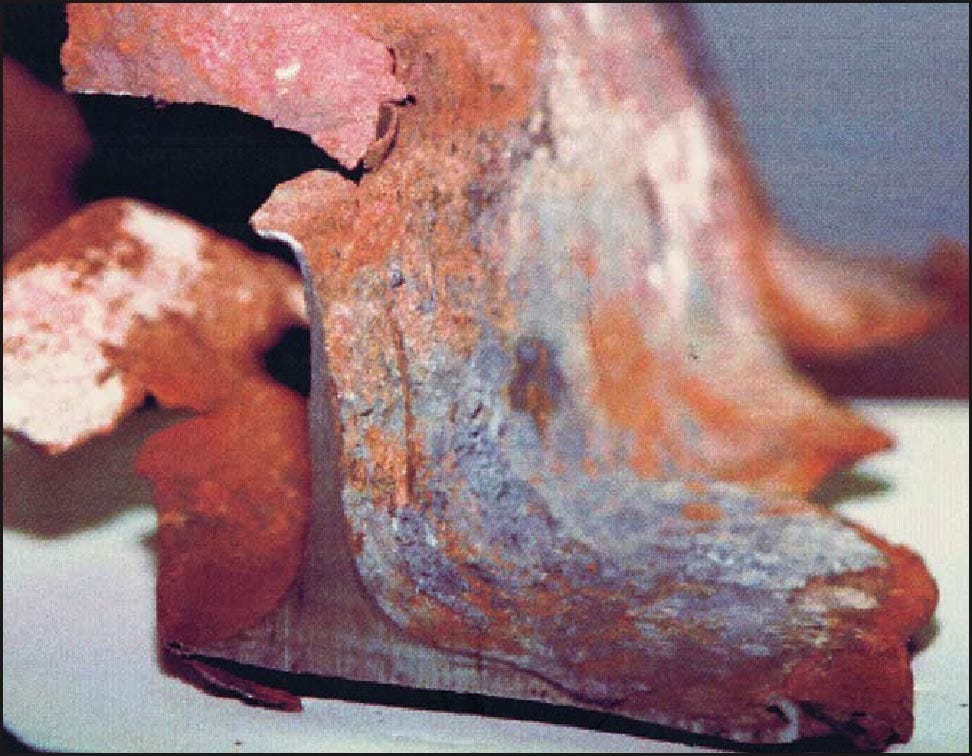

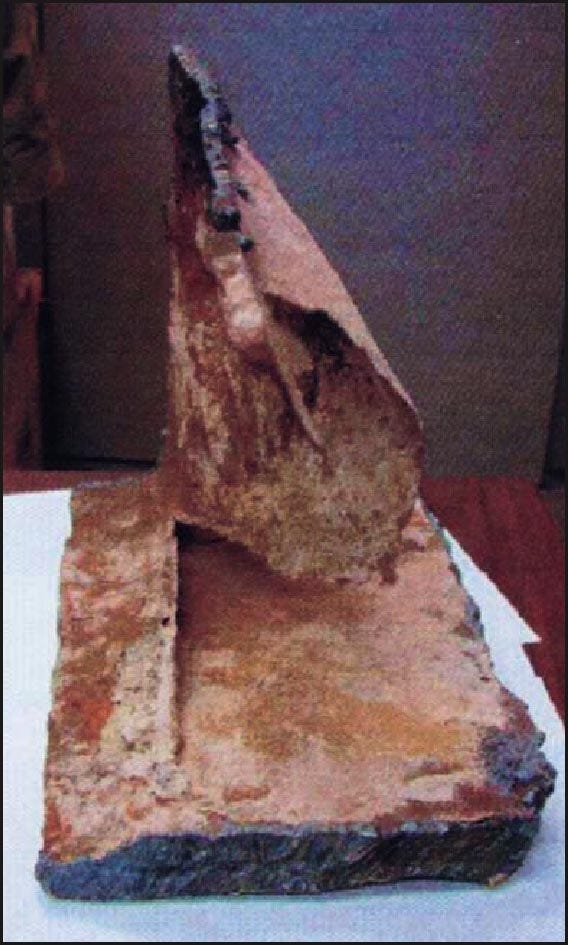
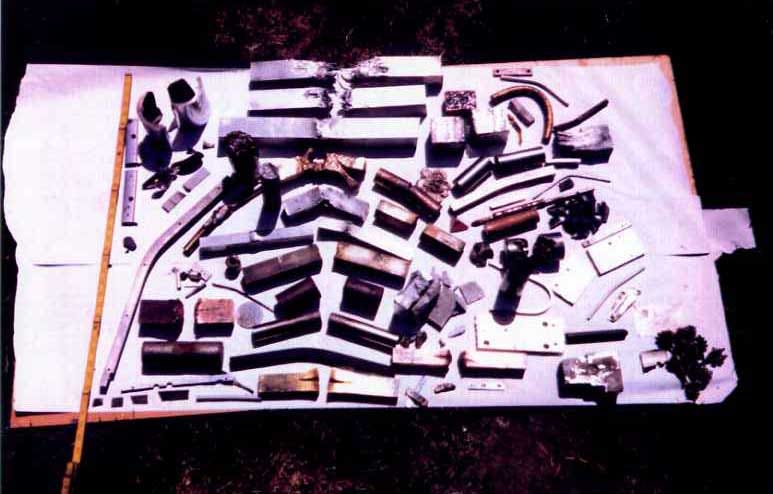
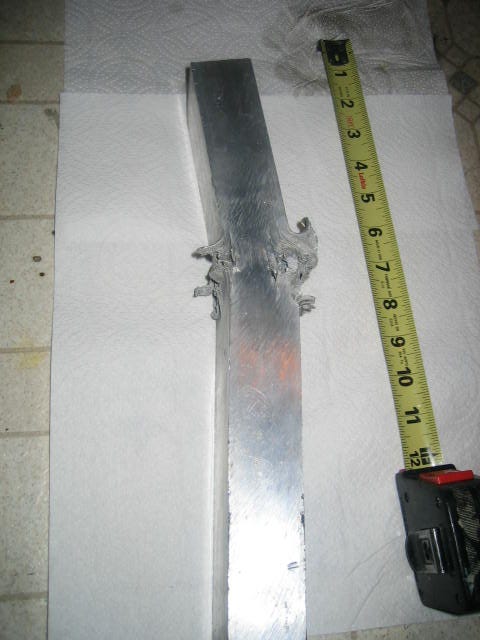
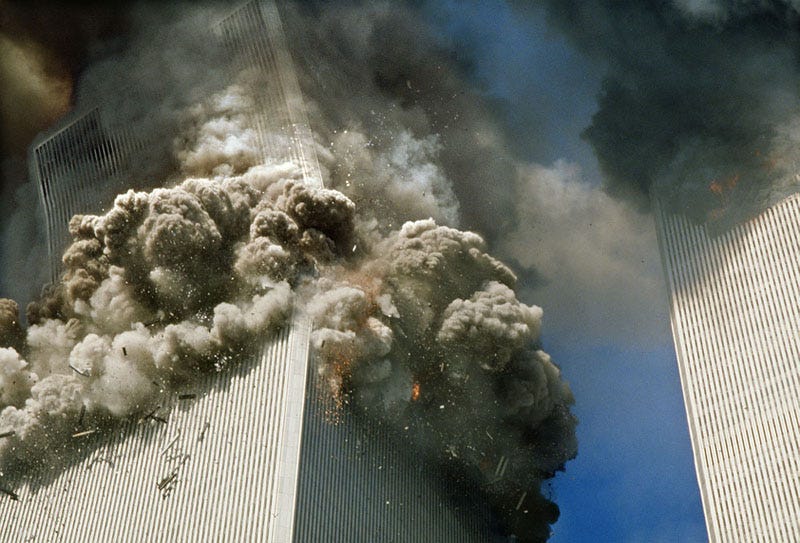



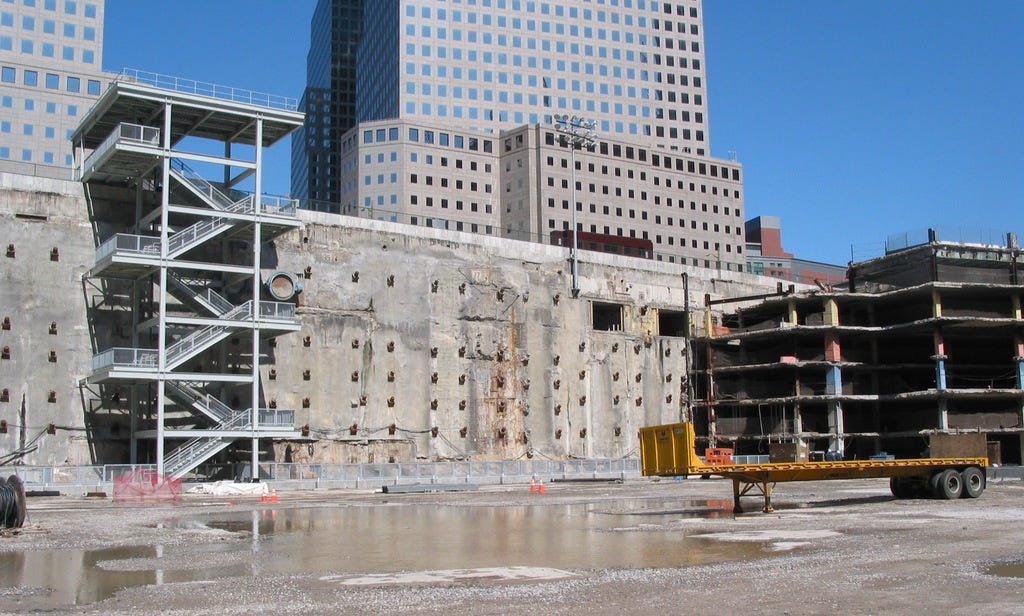

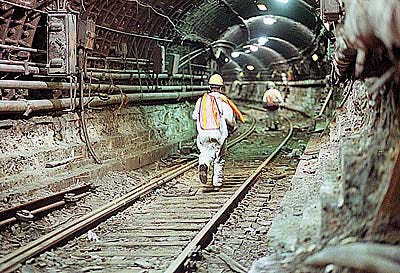
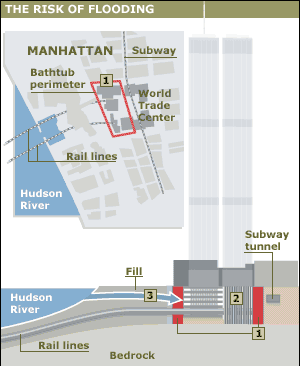
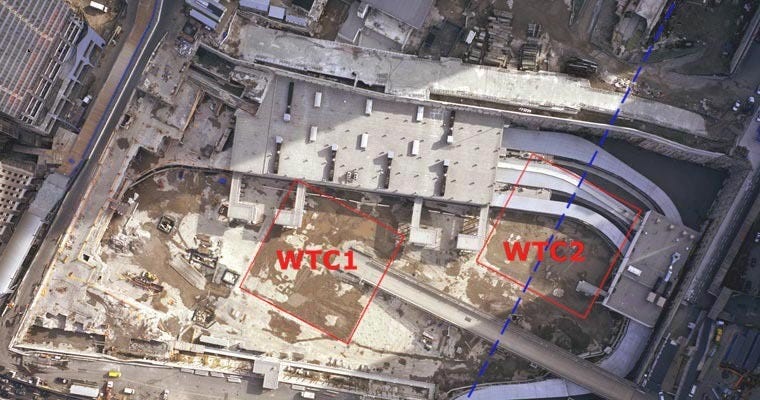
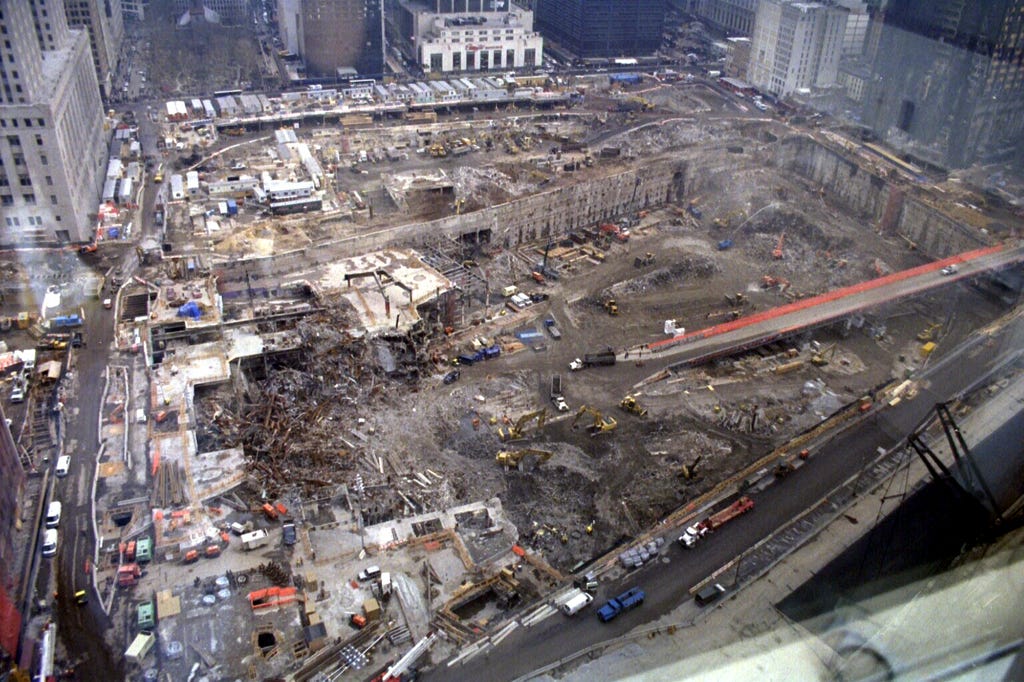
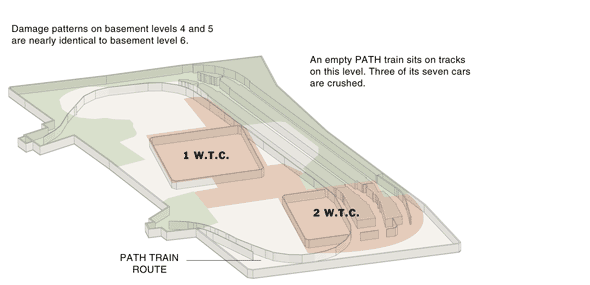
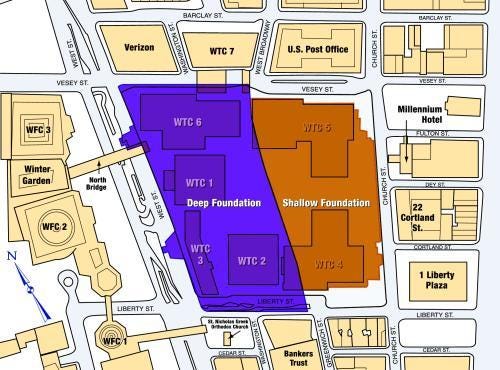
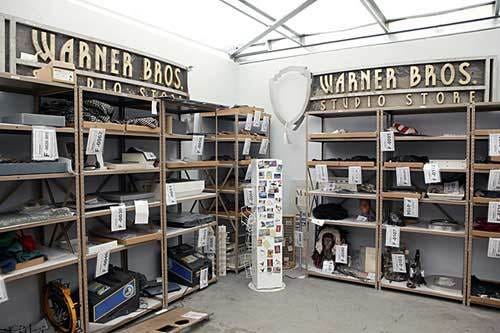

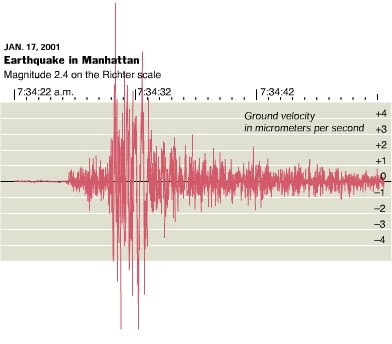
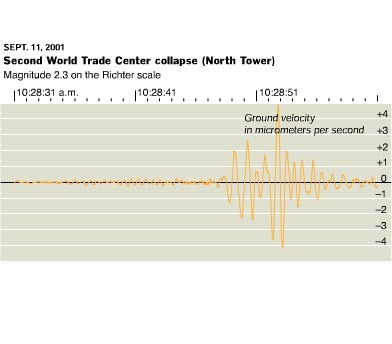
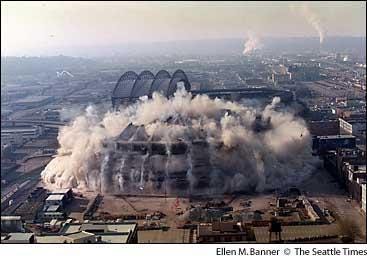
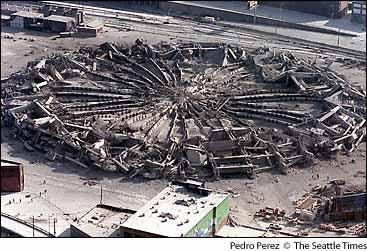

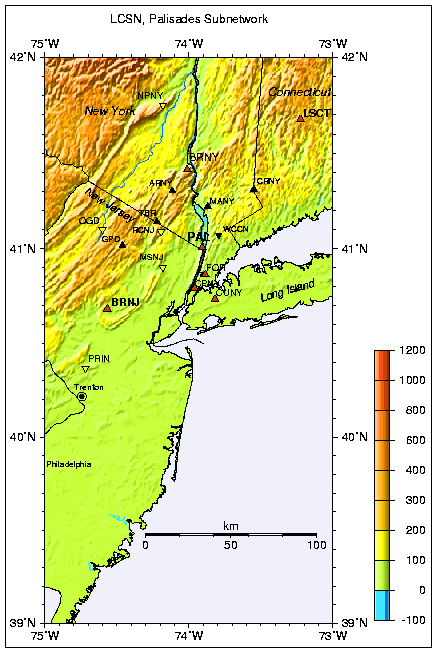
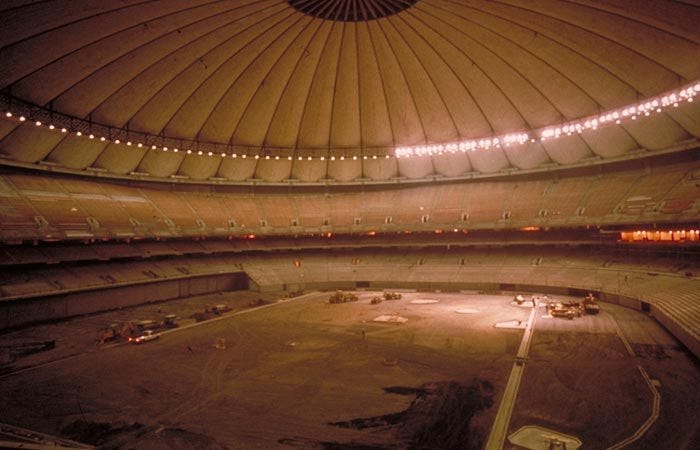

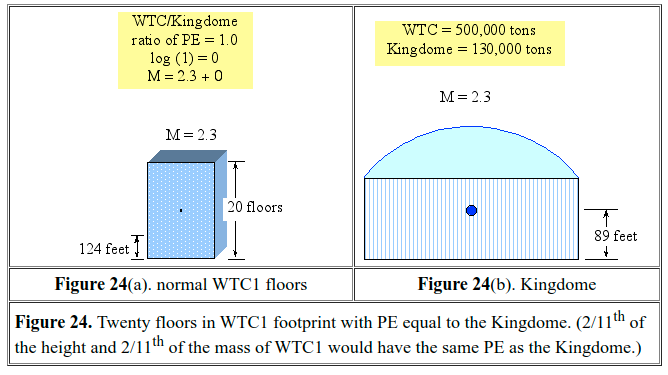

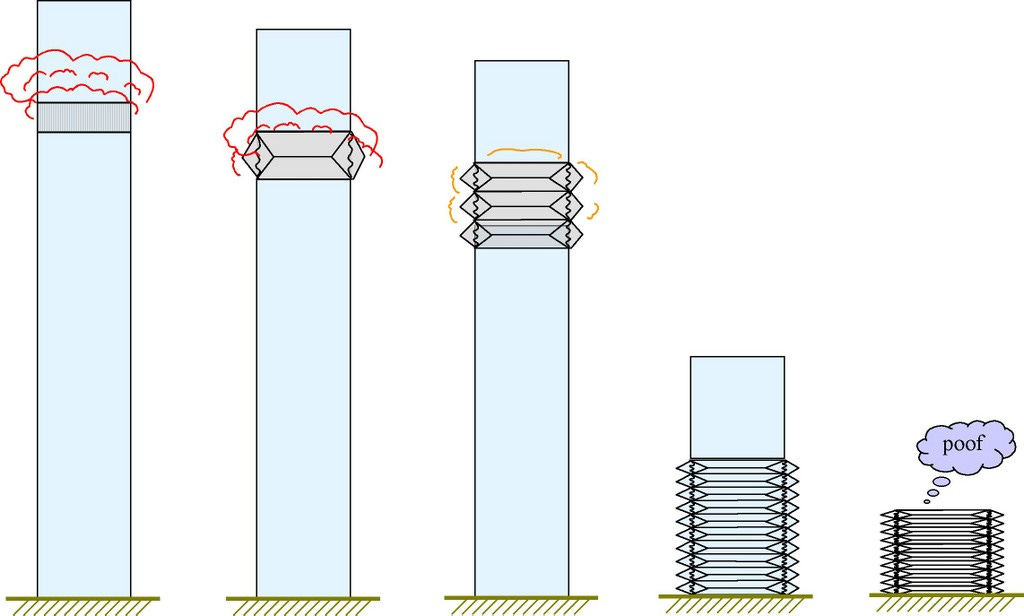



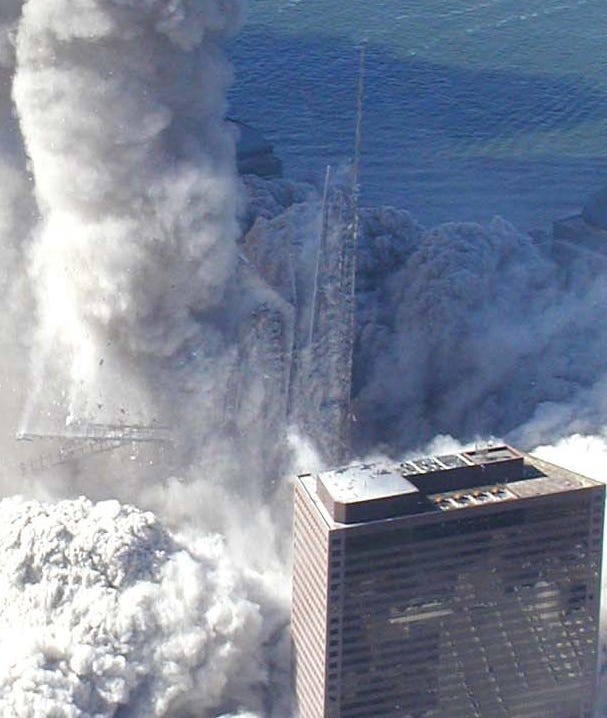

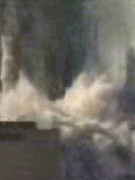

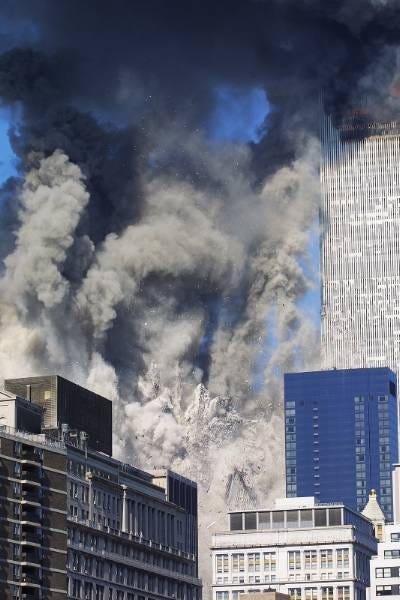
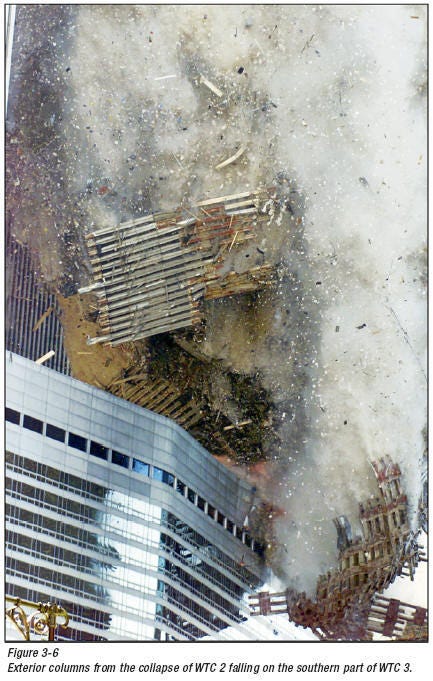



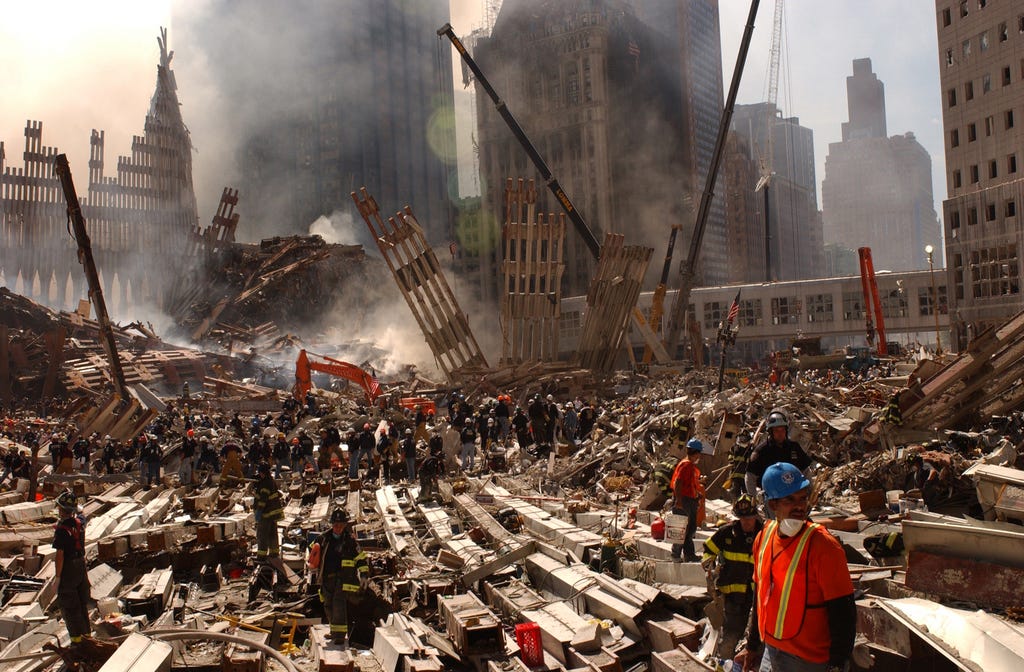


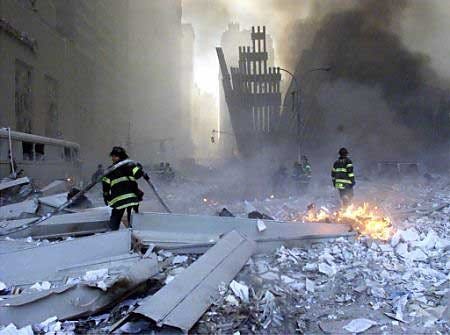
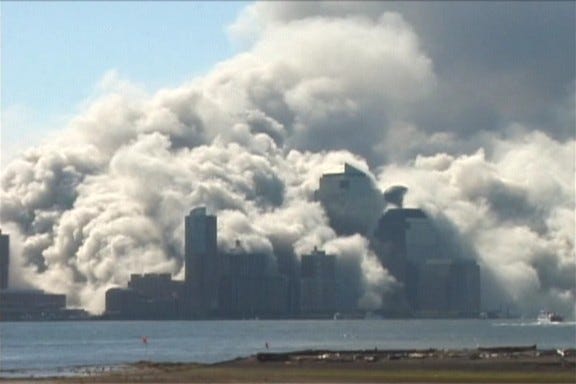
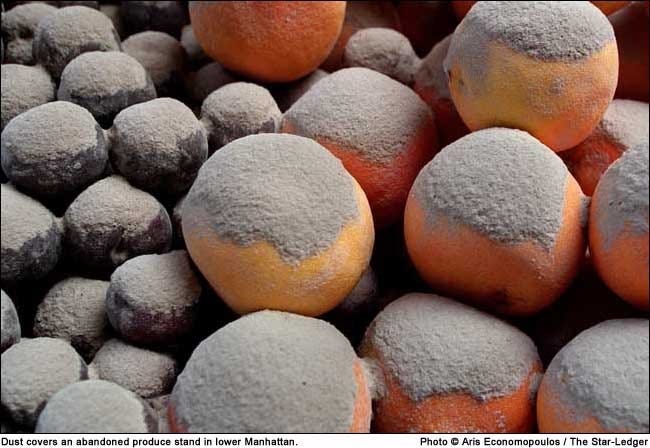
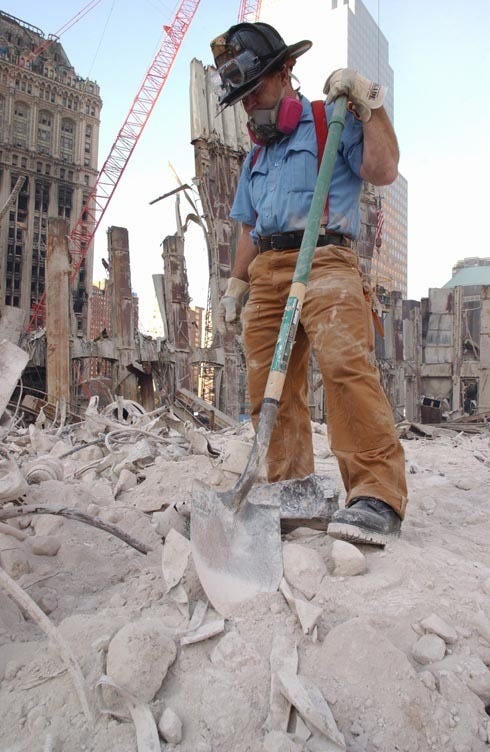
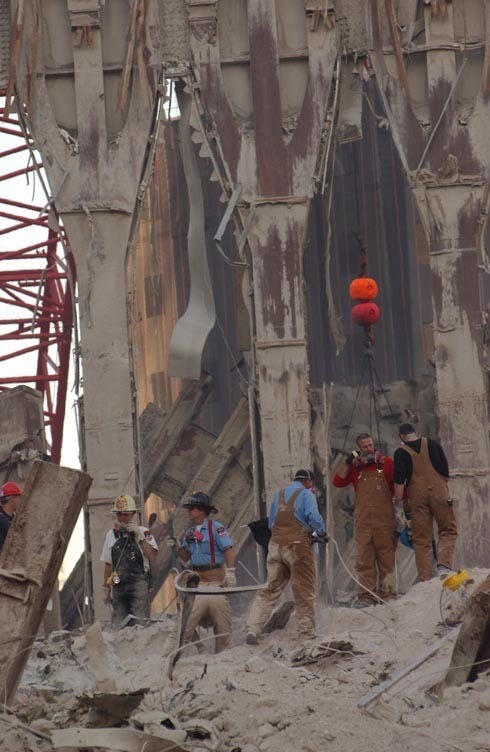


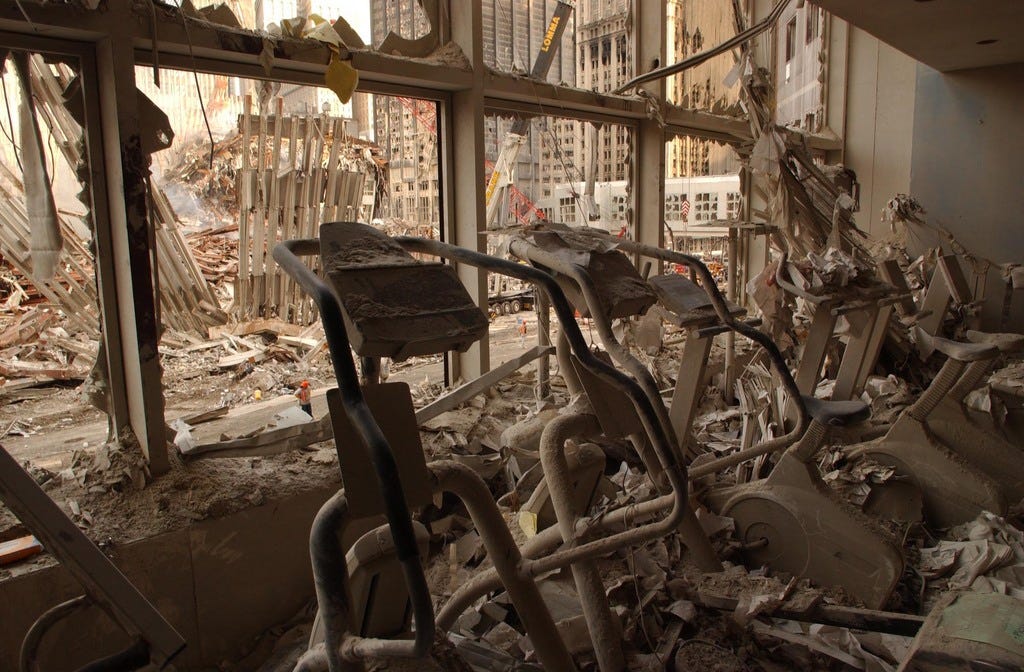
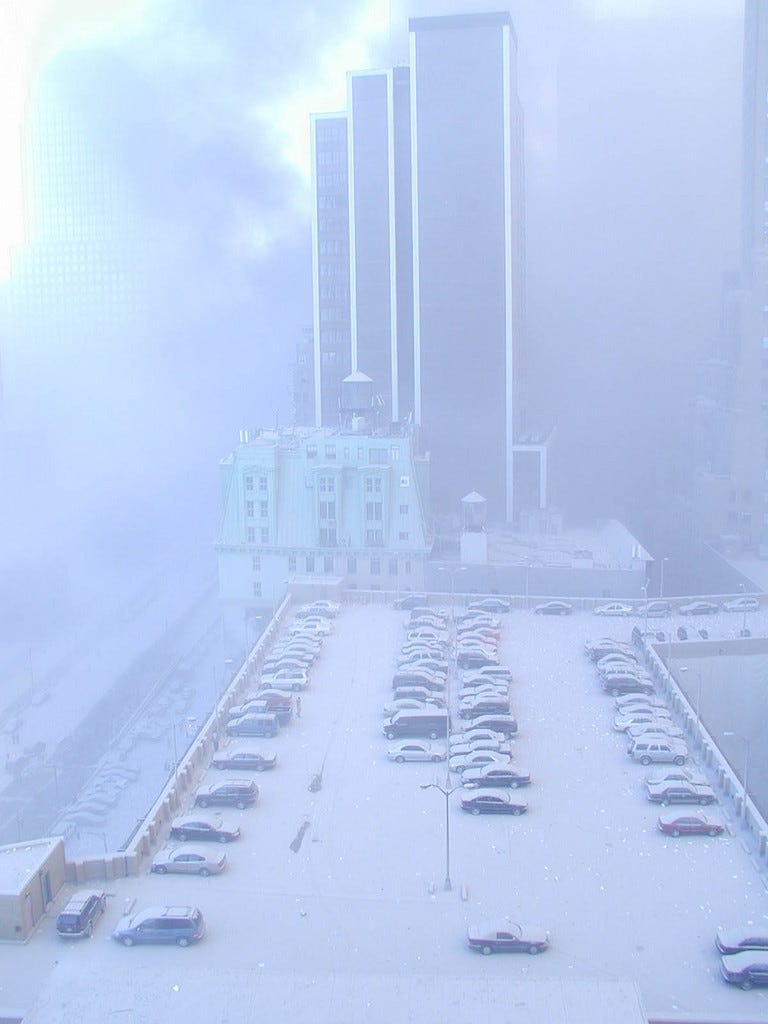
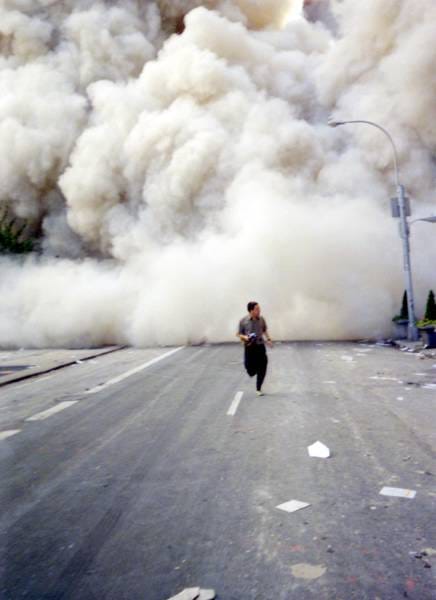
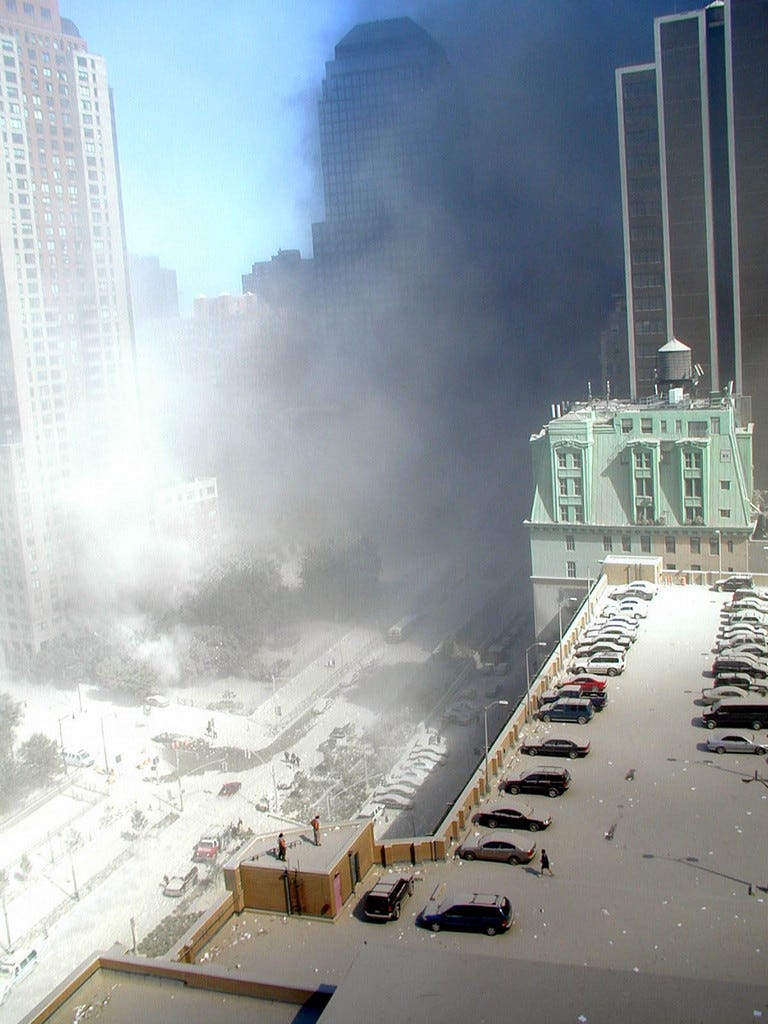

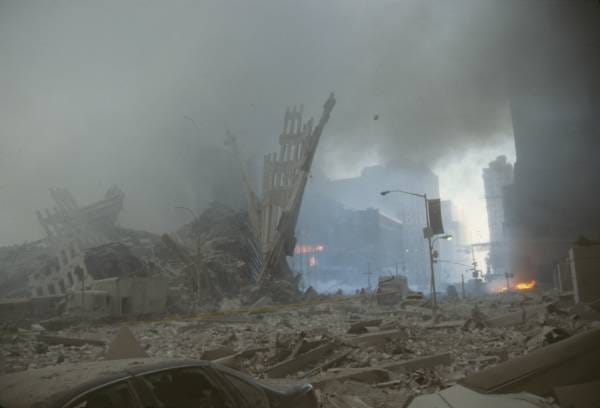

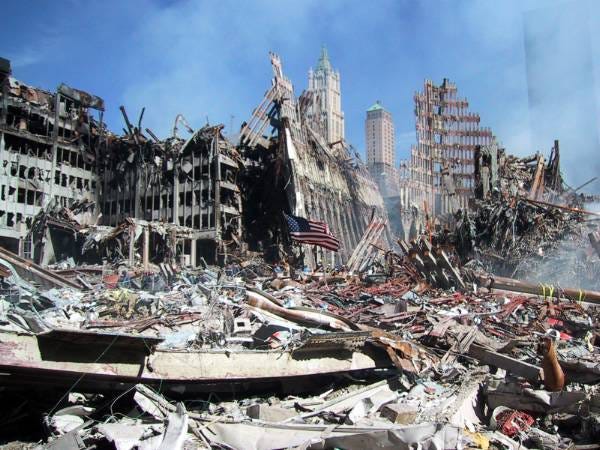
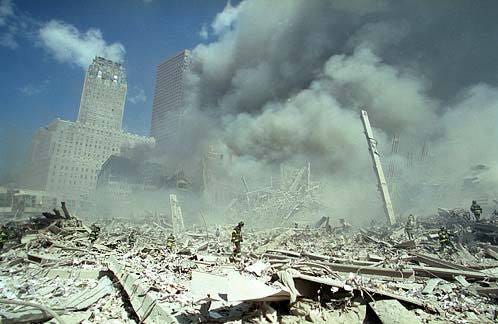
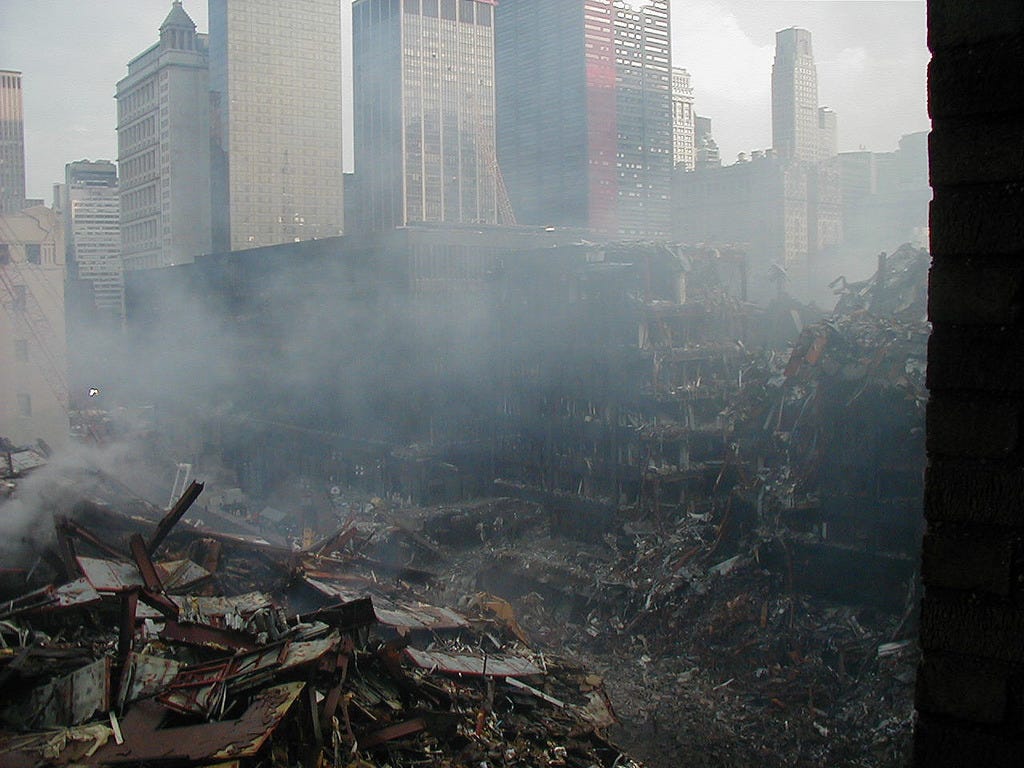
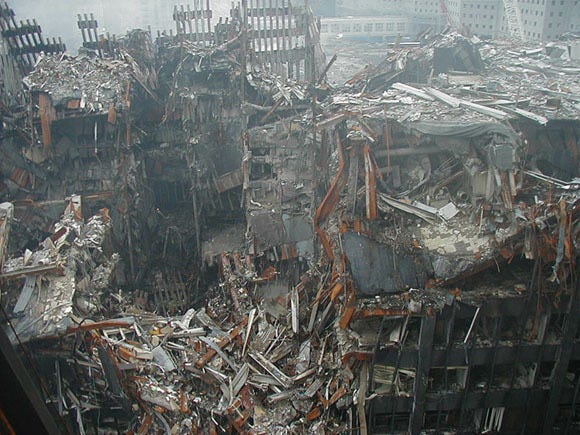
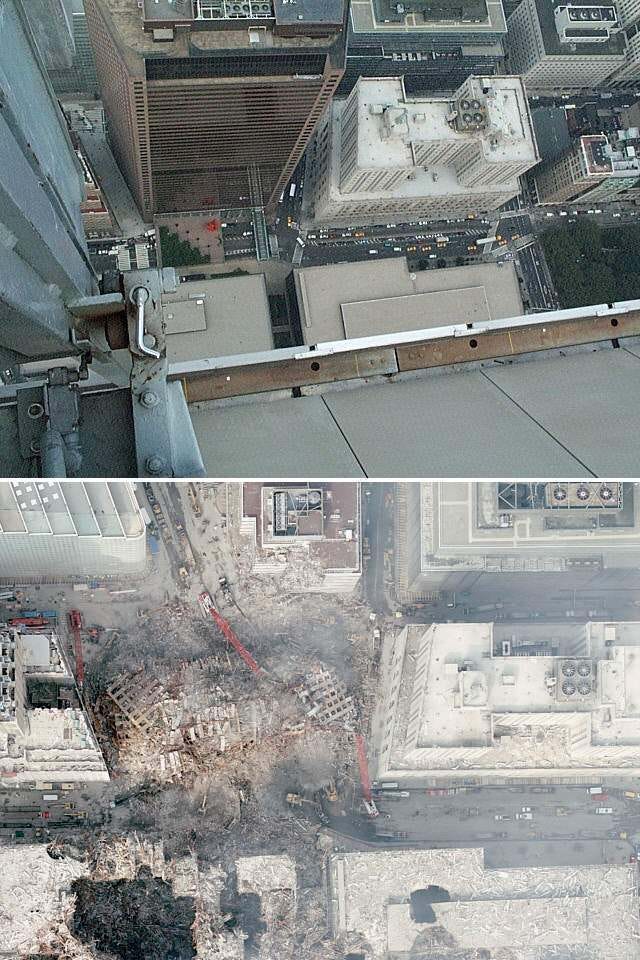



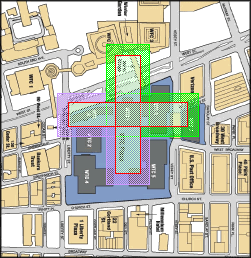
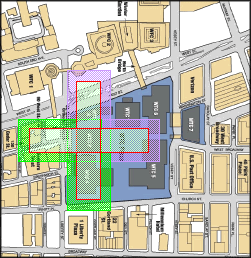

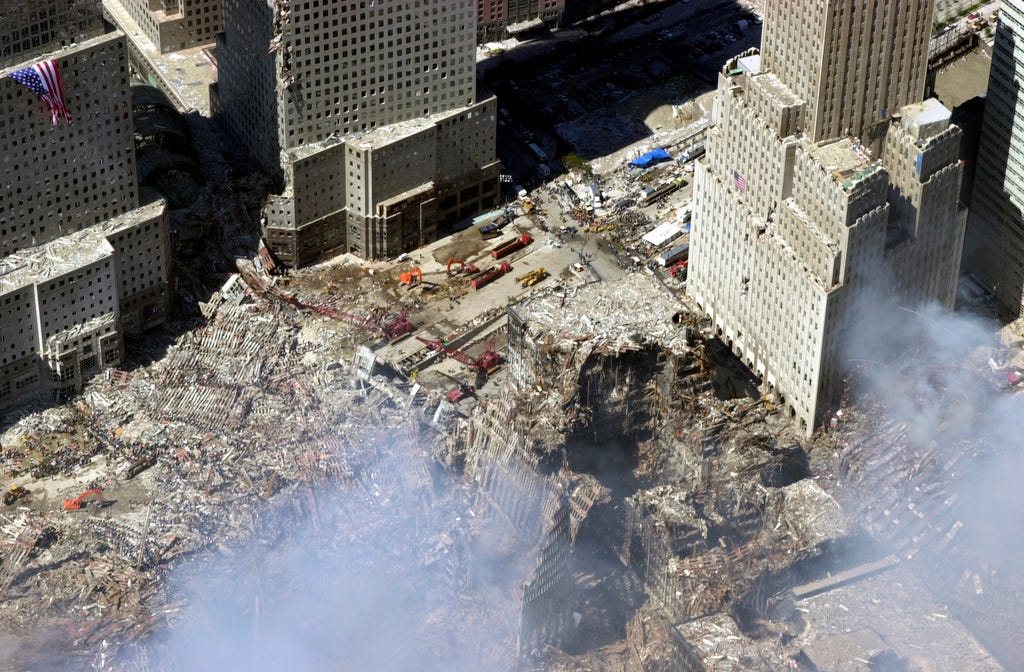
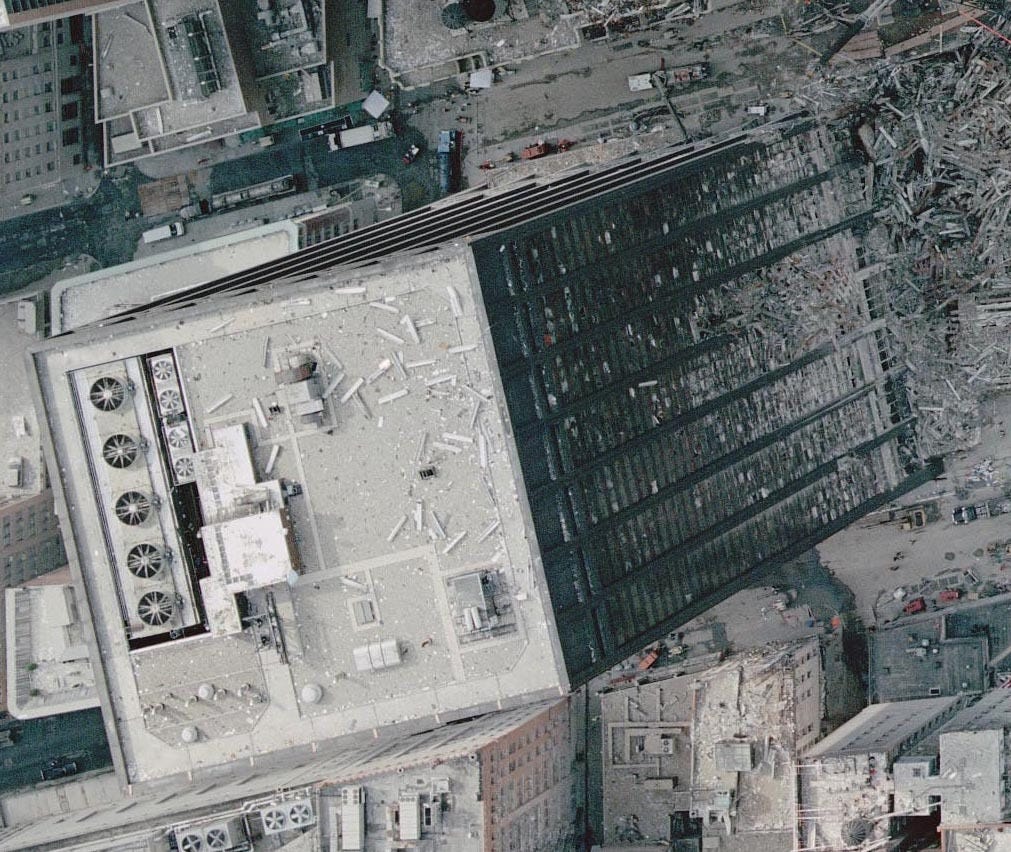

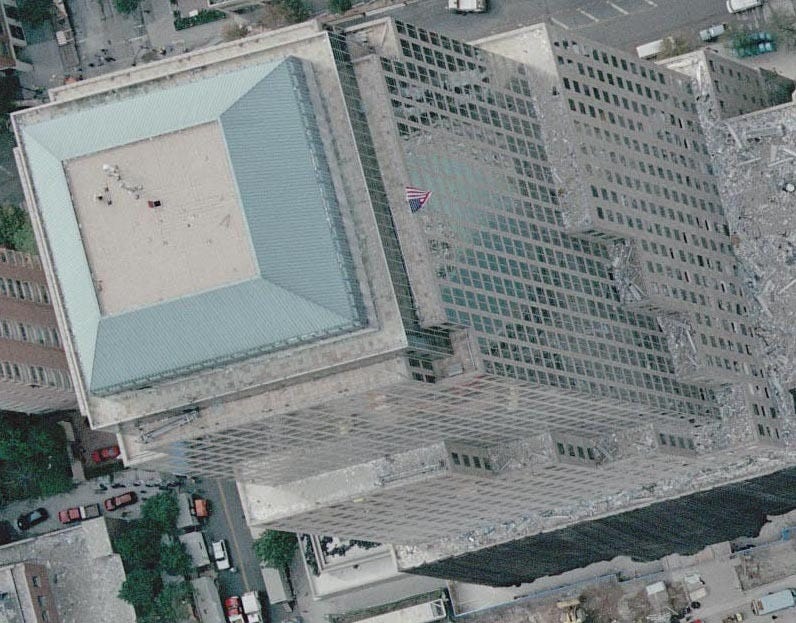


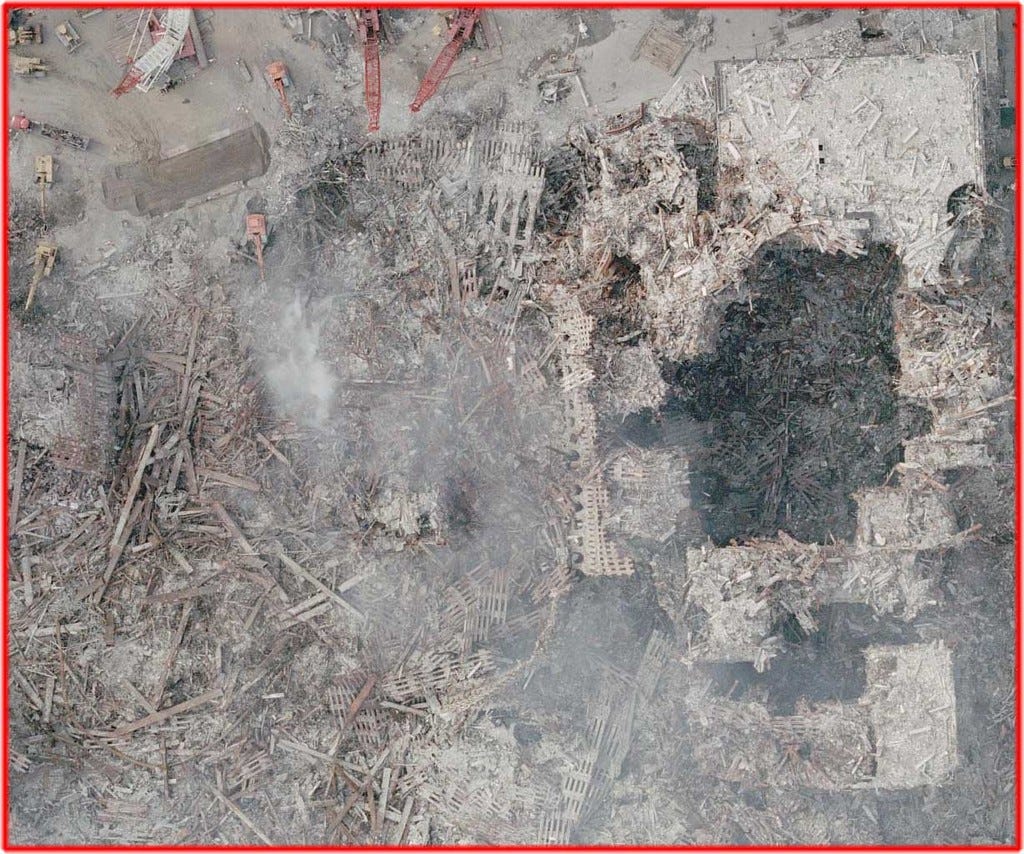
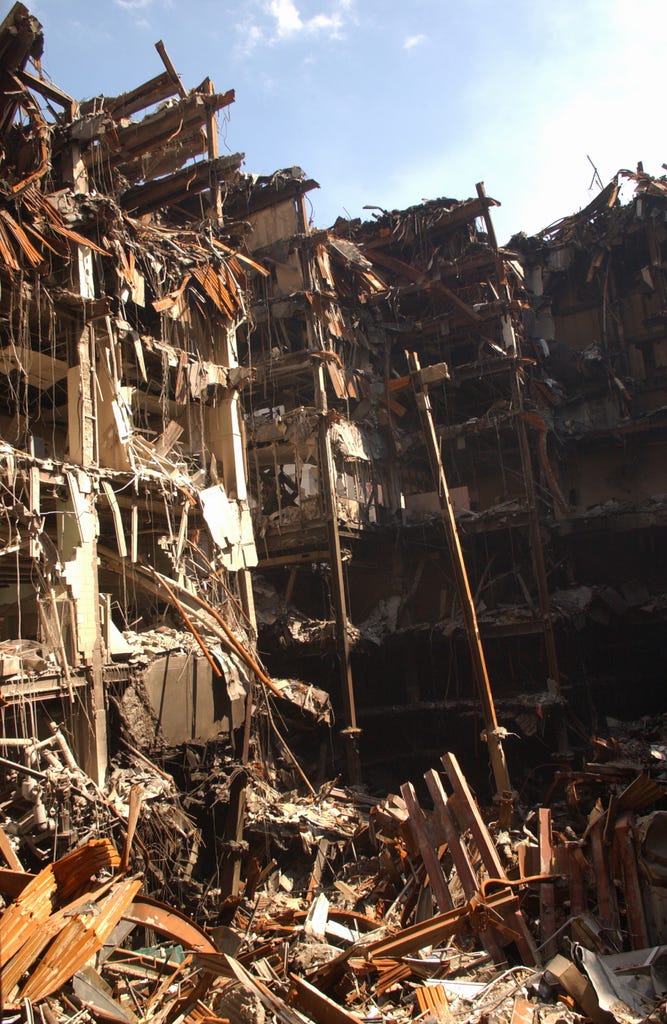
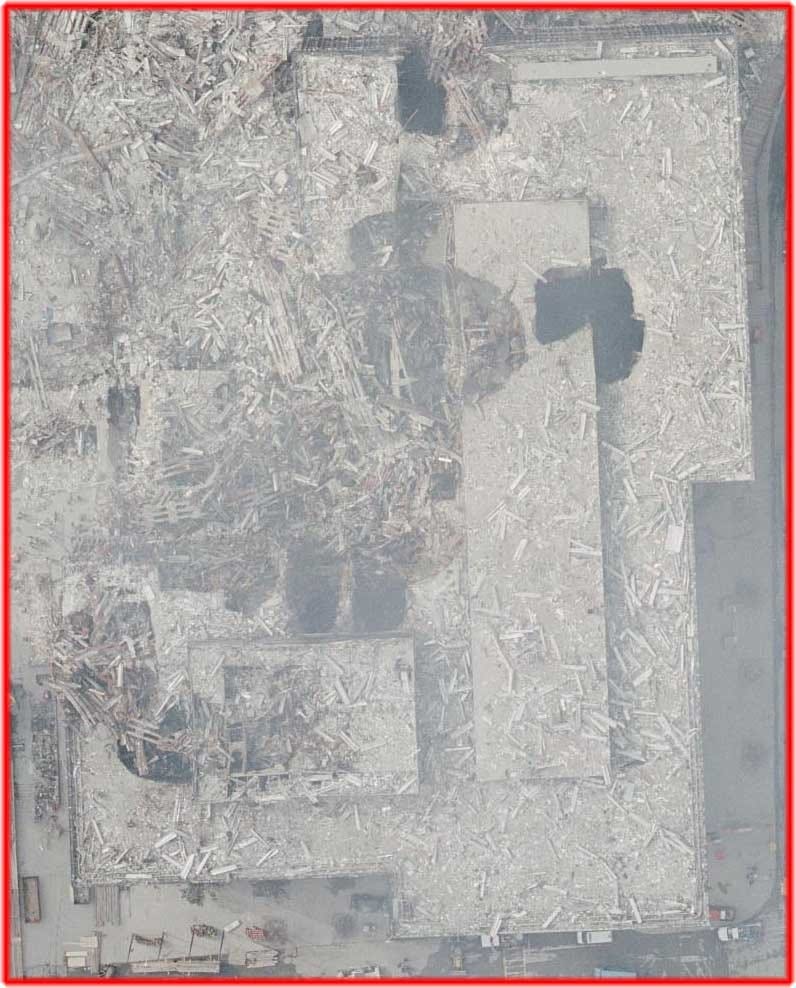

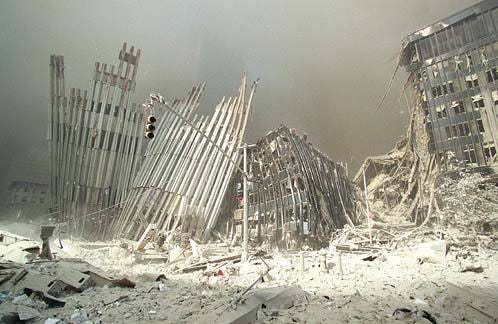

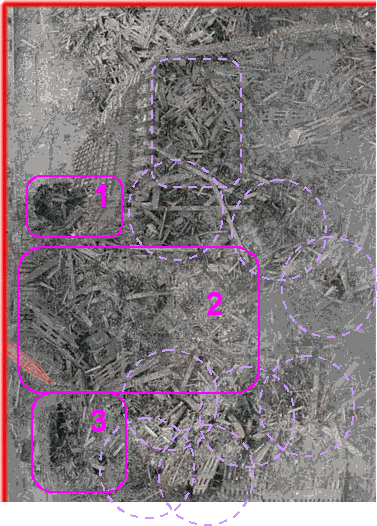
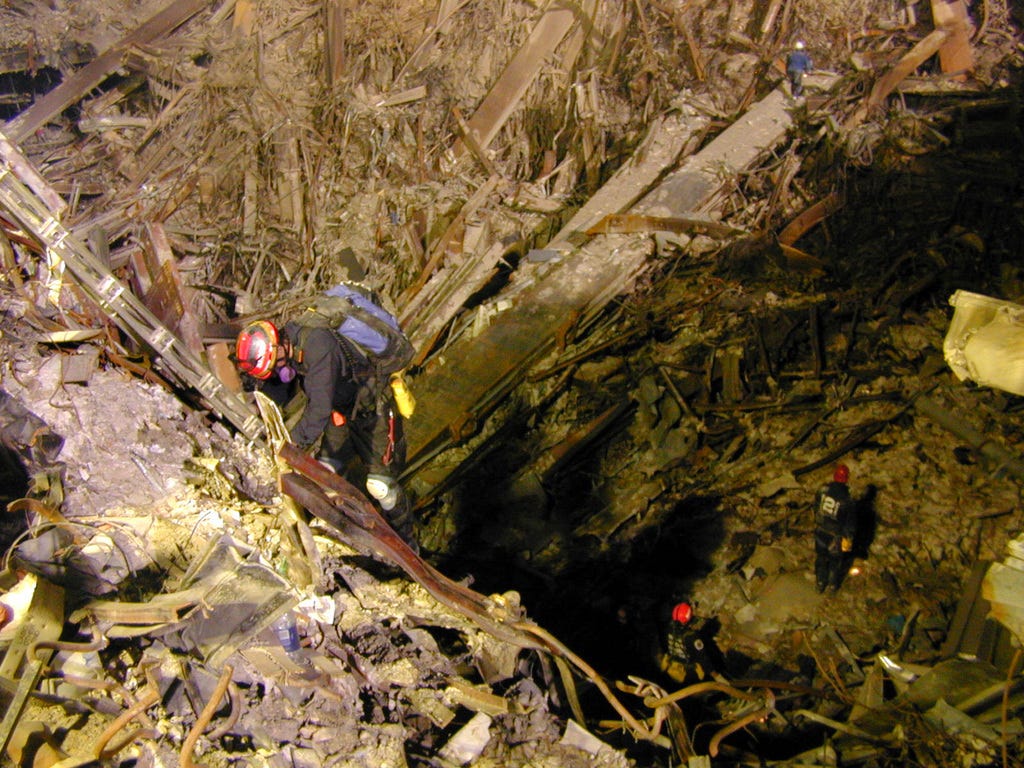

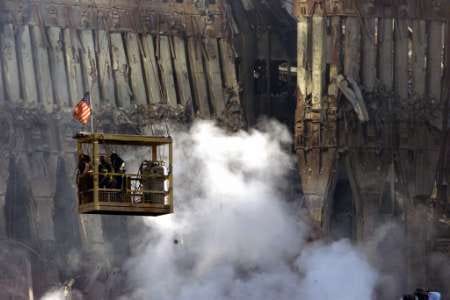
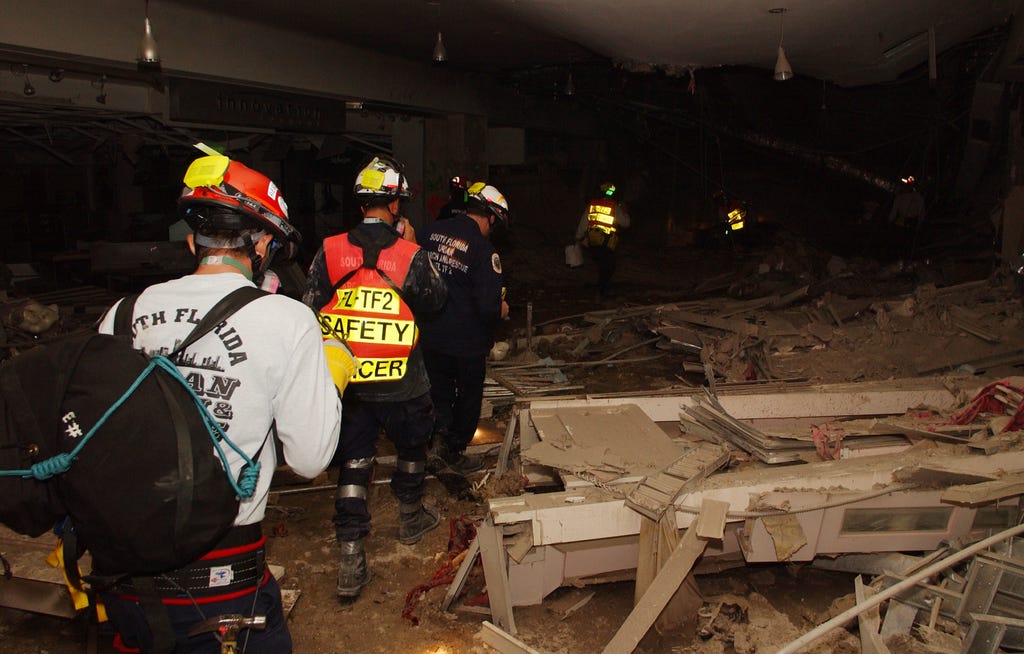
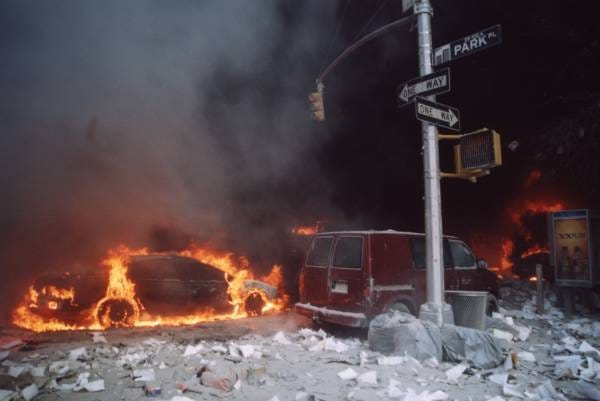
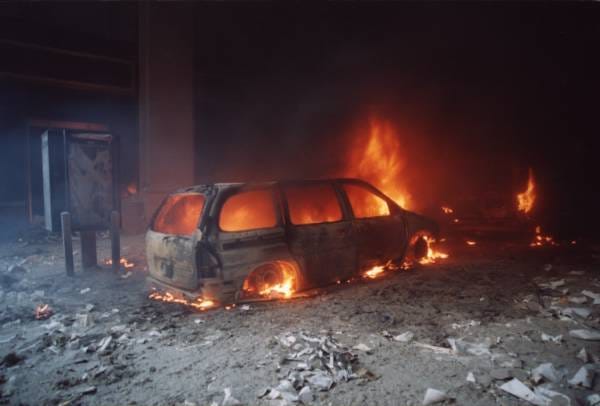
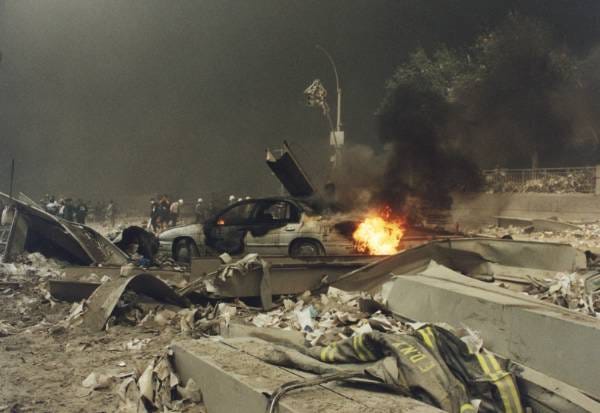

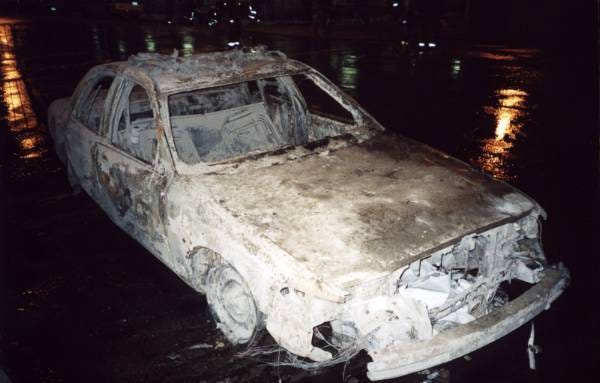

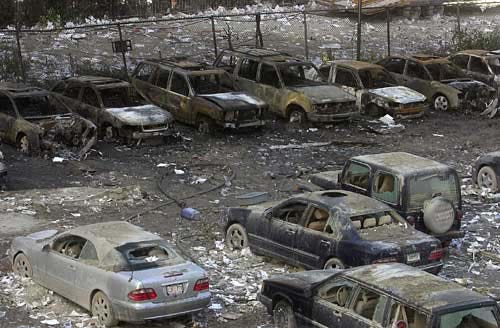
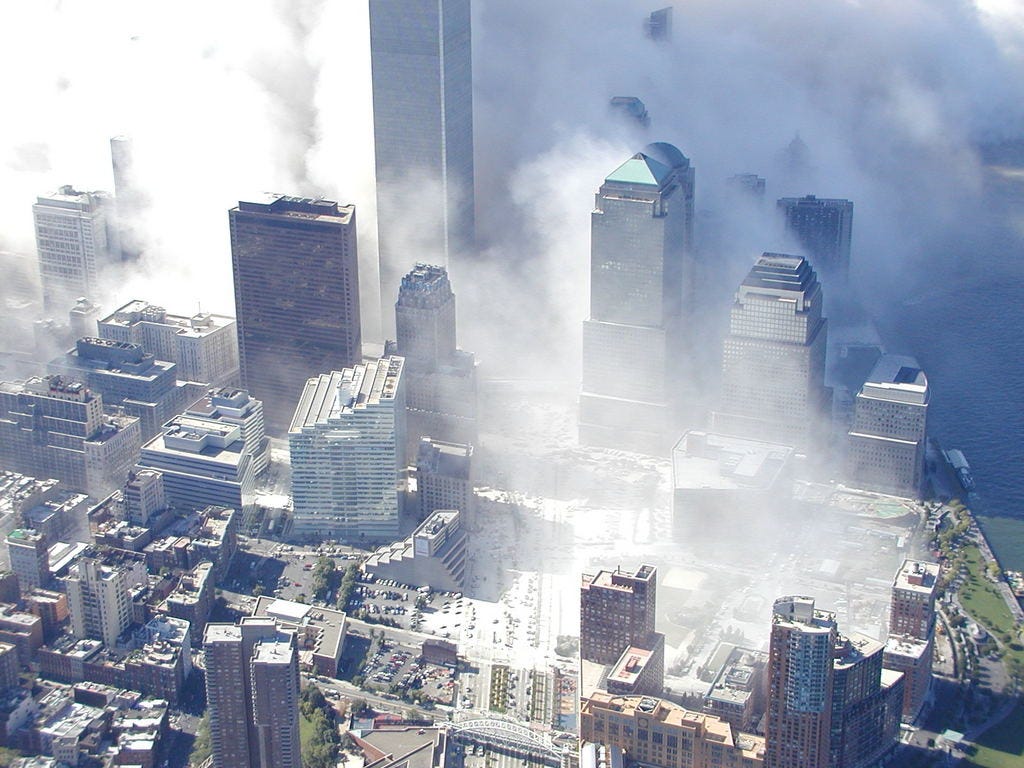

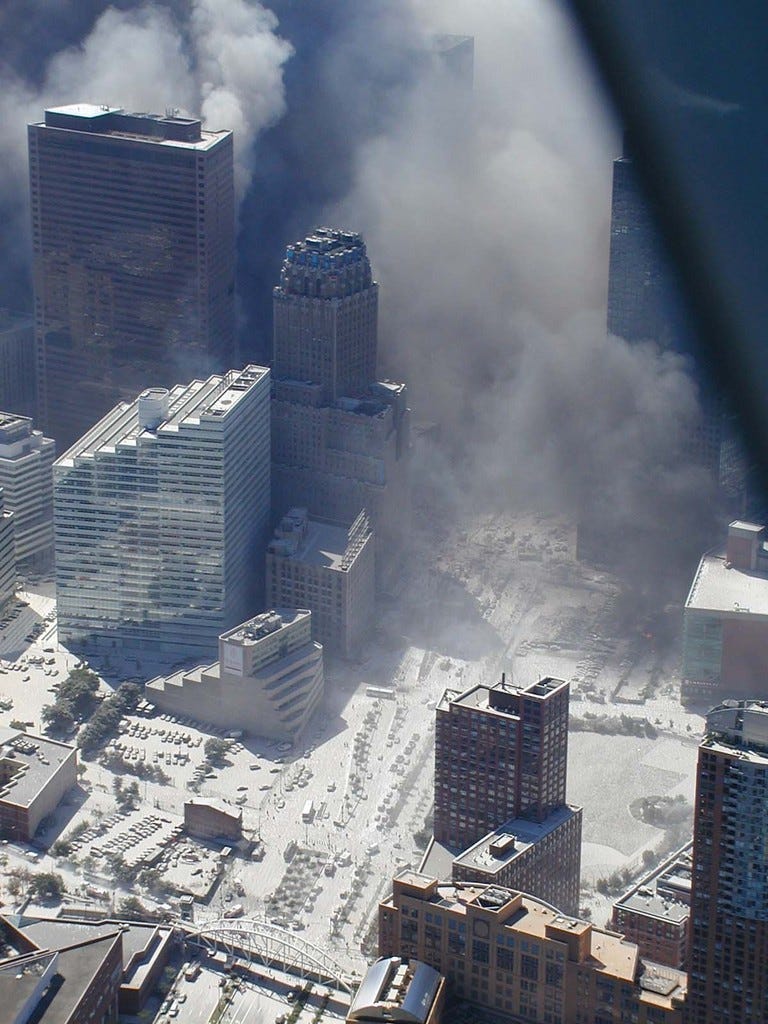
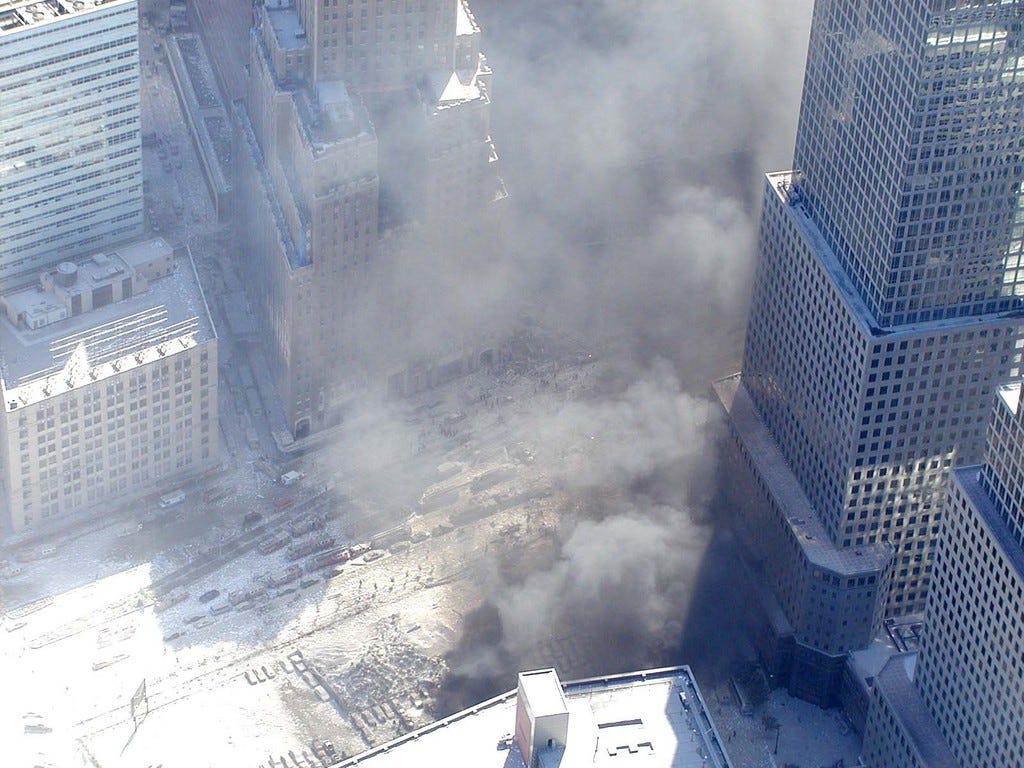


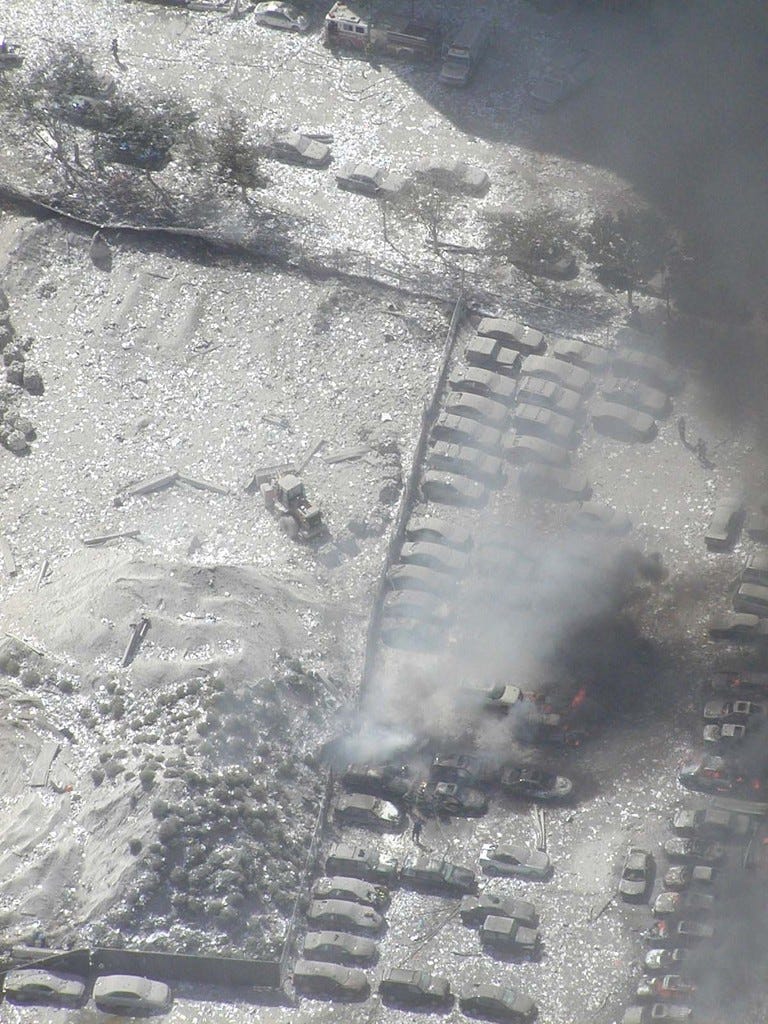
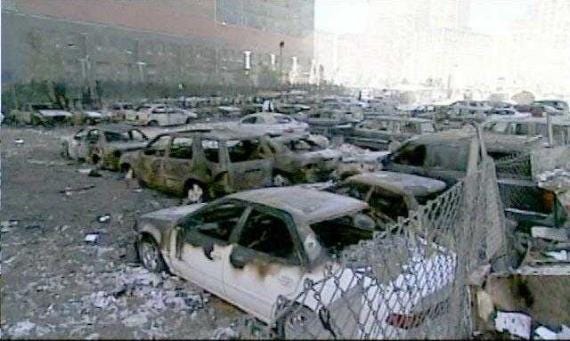

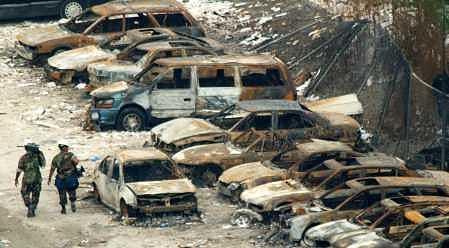

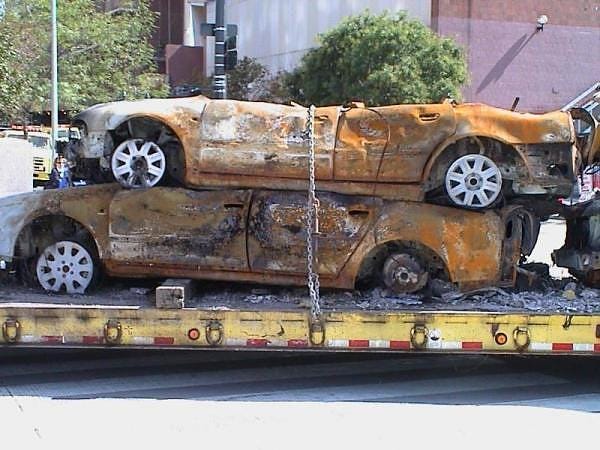
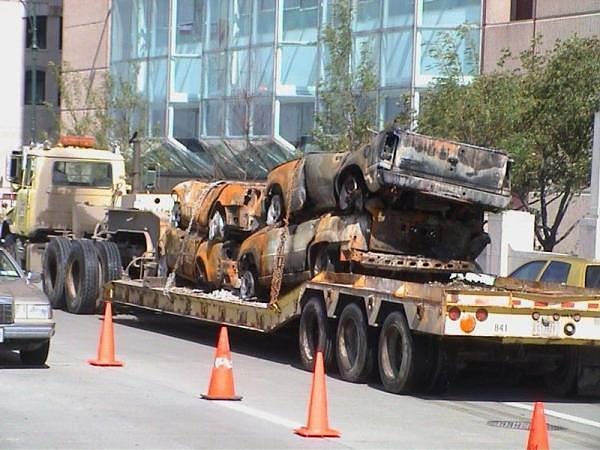
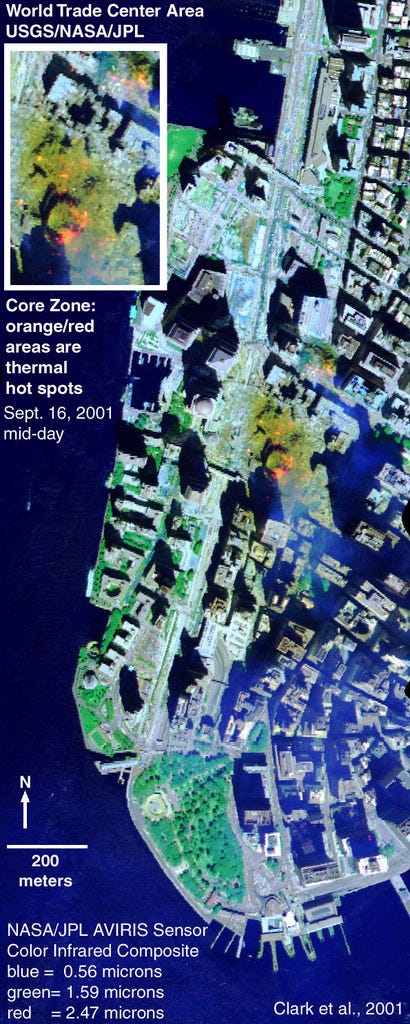
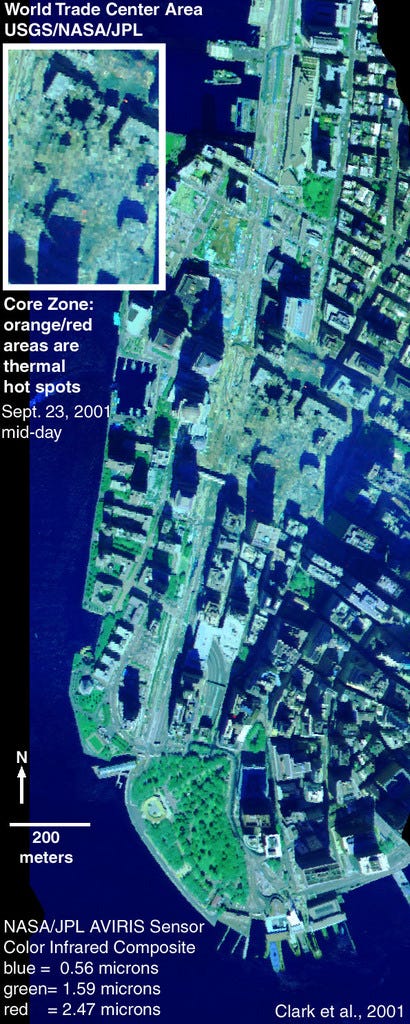
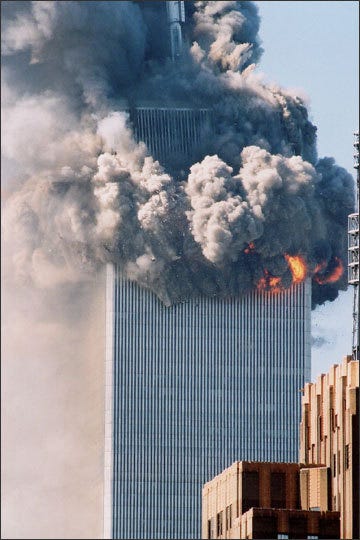
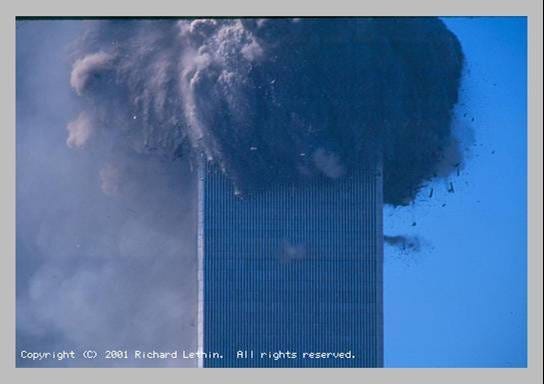

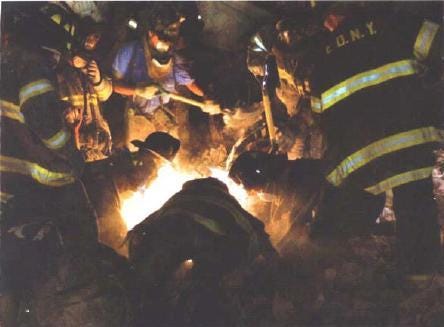

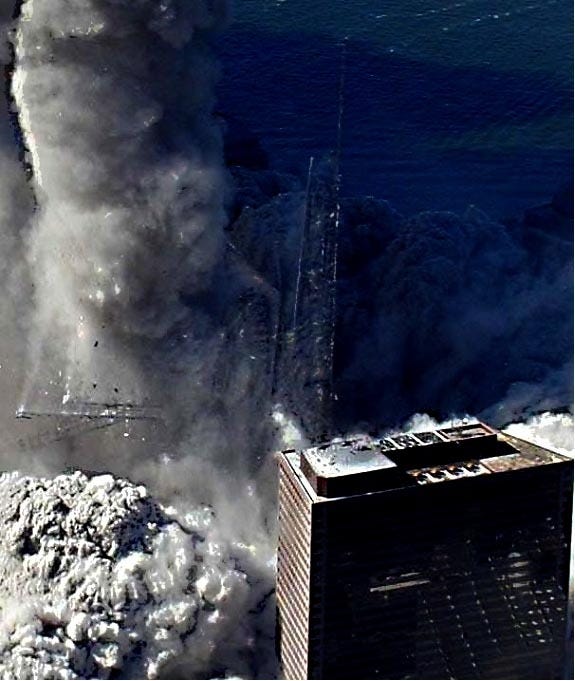
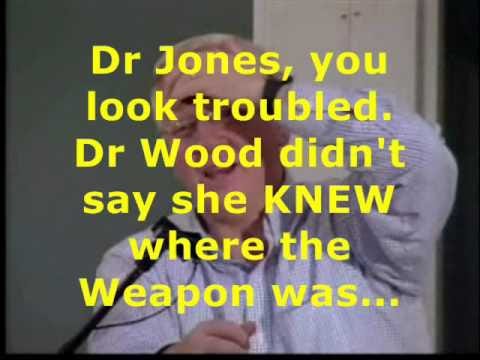

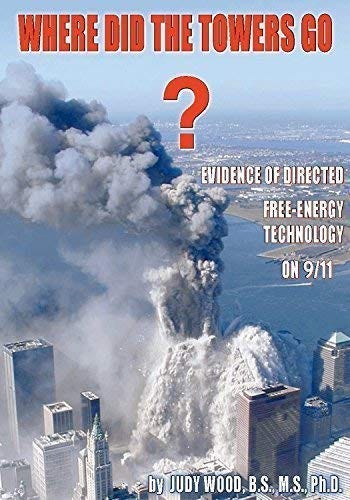
Epic post! Thanks for putting this all together.
Very well done! Anyone interested in what happened that day should read Judy Wood’s book. She lays out the evidence chapter by chapter and anyone can grasp the facts. Most mind-blowing to me is Hurricane Erin. Long Islander’s are always alert for the next “big one.” On that morning I was getting ready to go to a golf outing. The cat 3 hurricane sitting off the coast of LI was not mentioned on local news! Why is that? All these years later I didn’t know about that massive storm until I read the book two weeks ago! We have been betrayed by the people running things and it is our duty to not look away from the truth and maybe help others along. Thank you for taking the time to write this post.